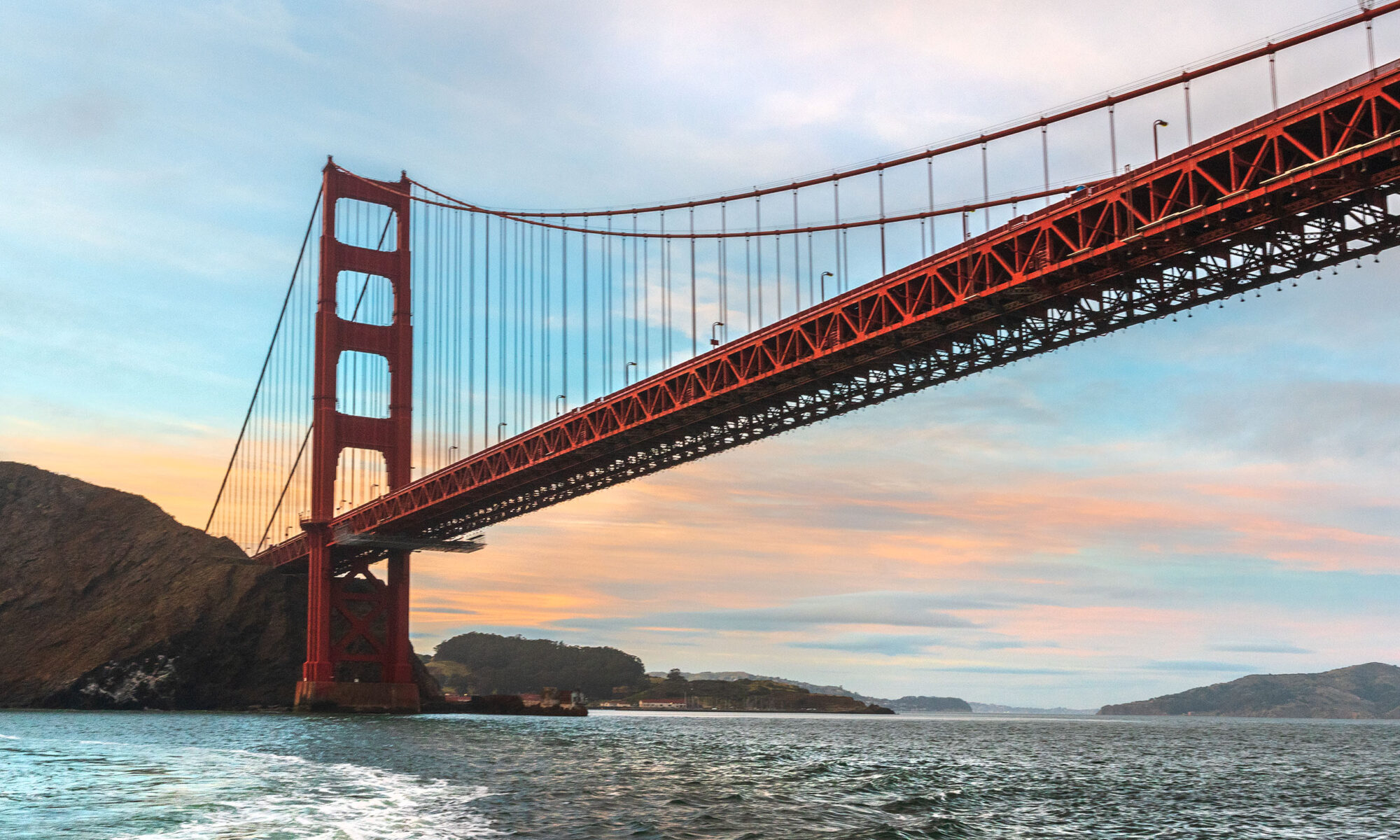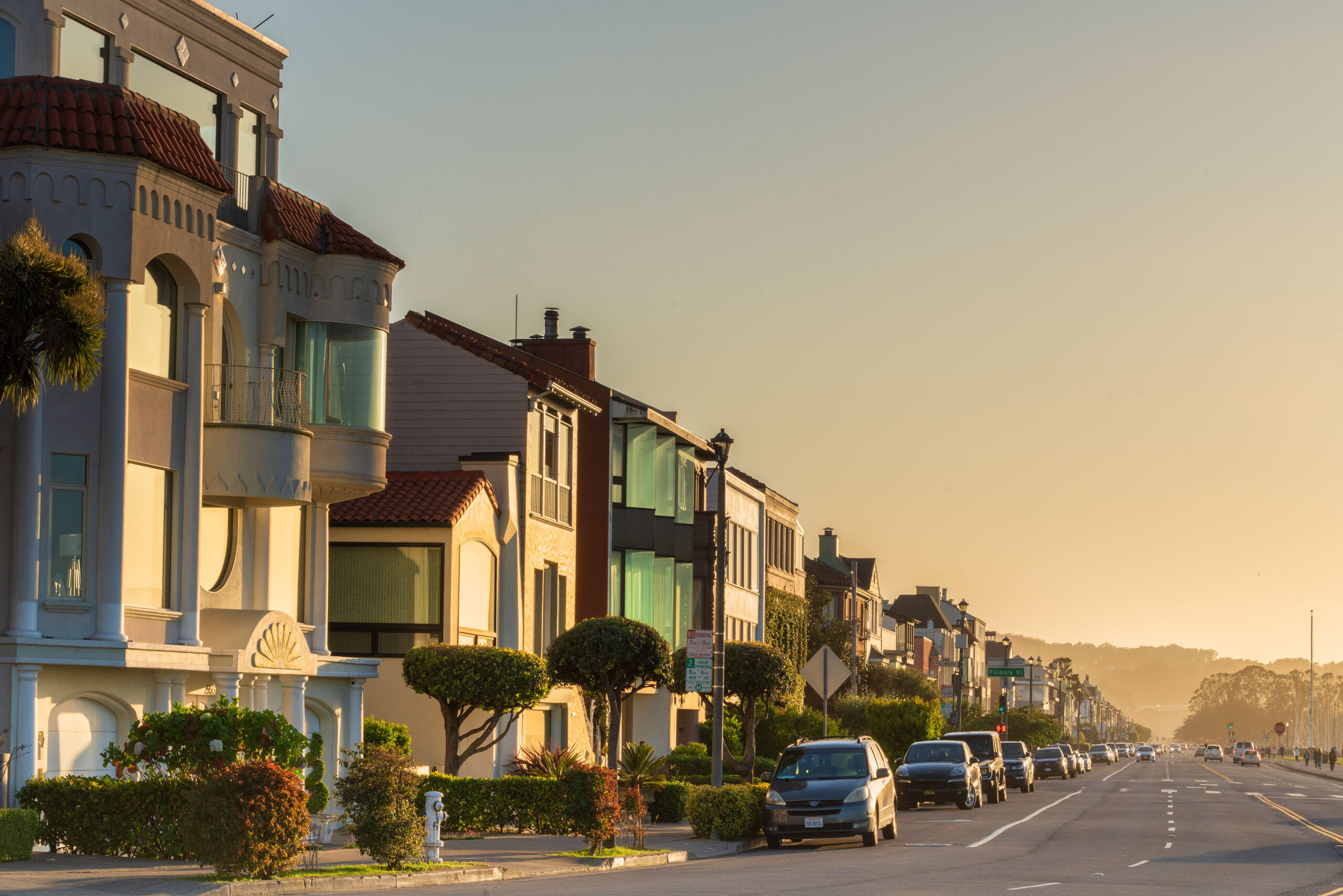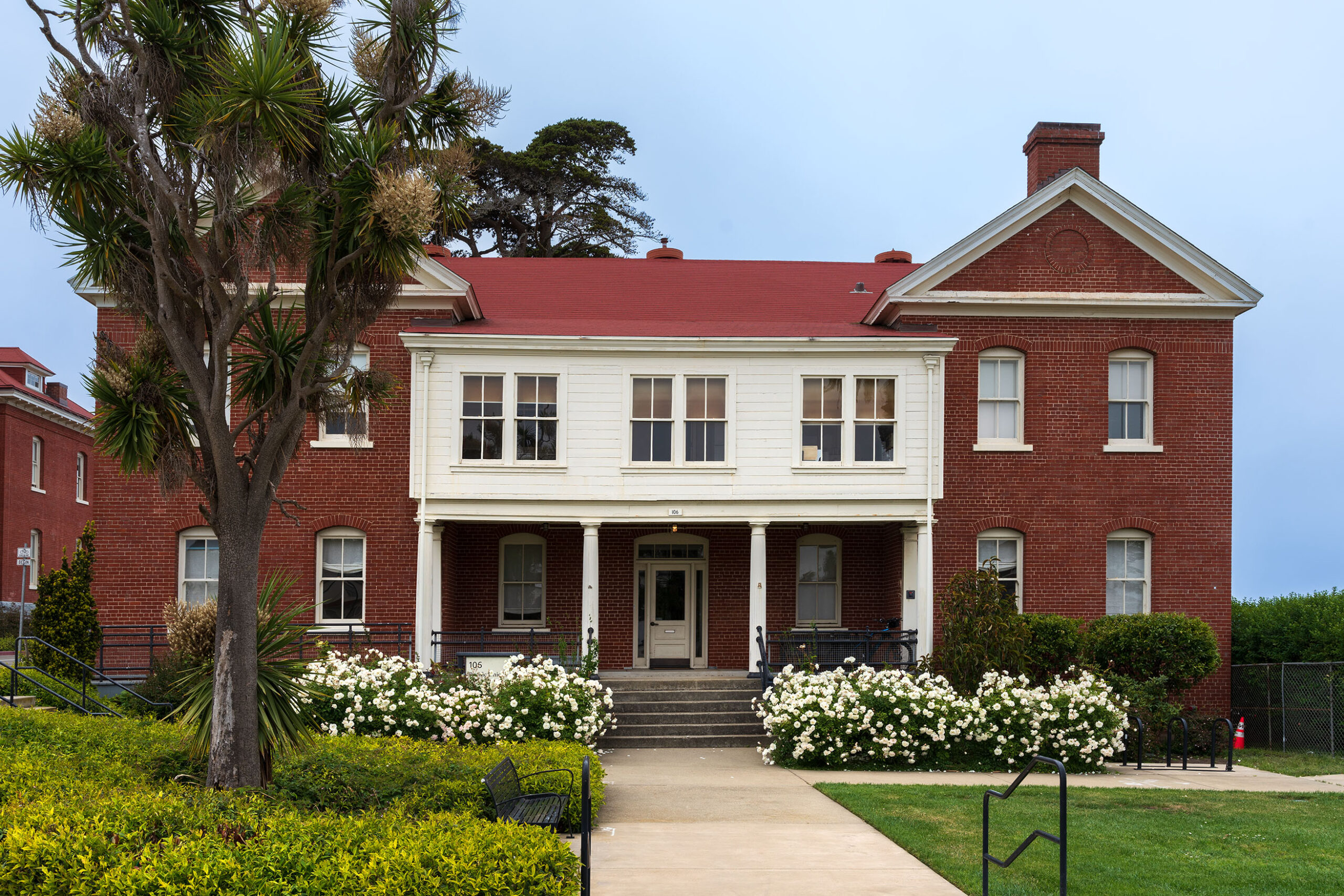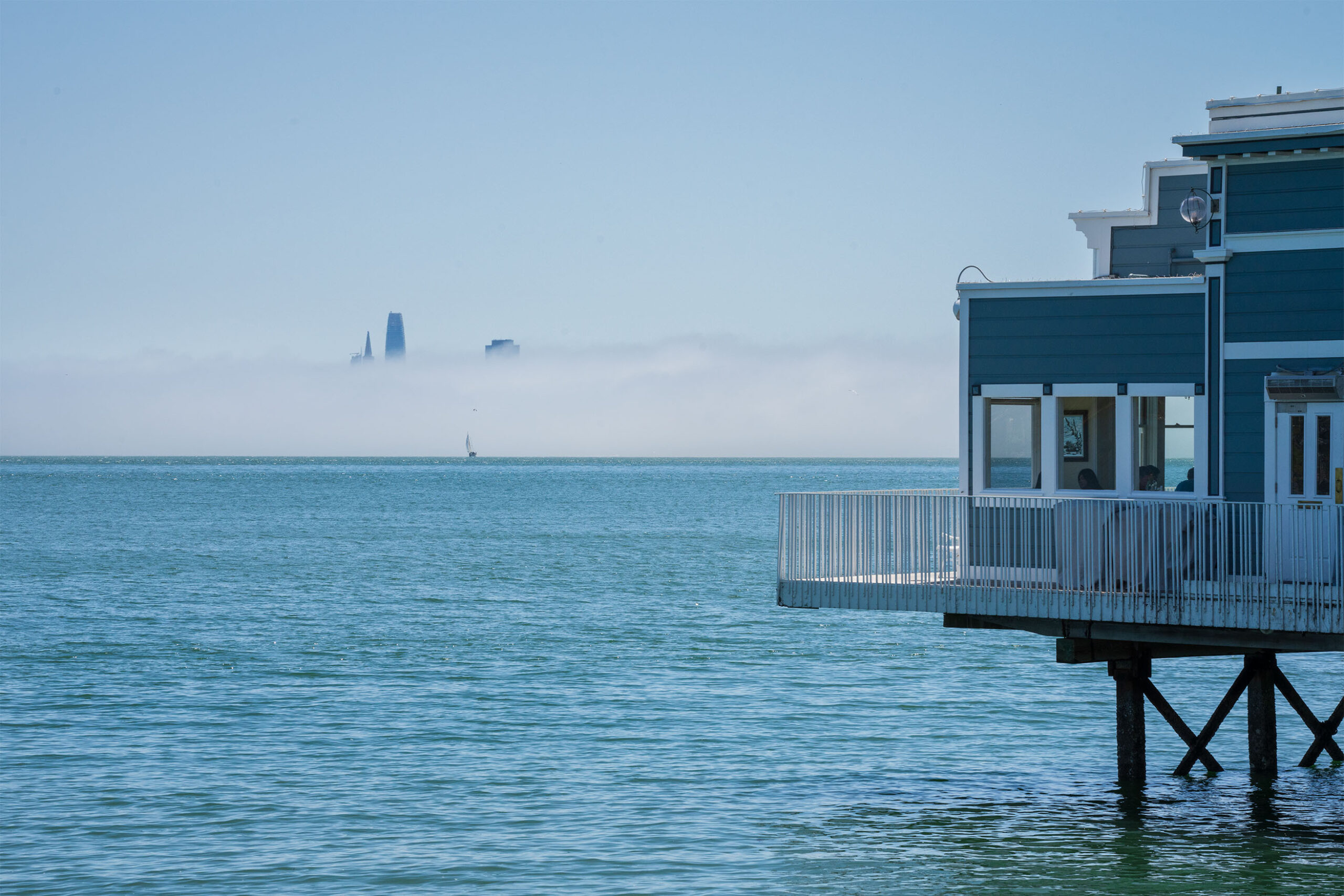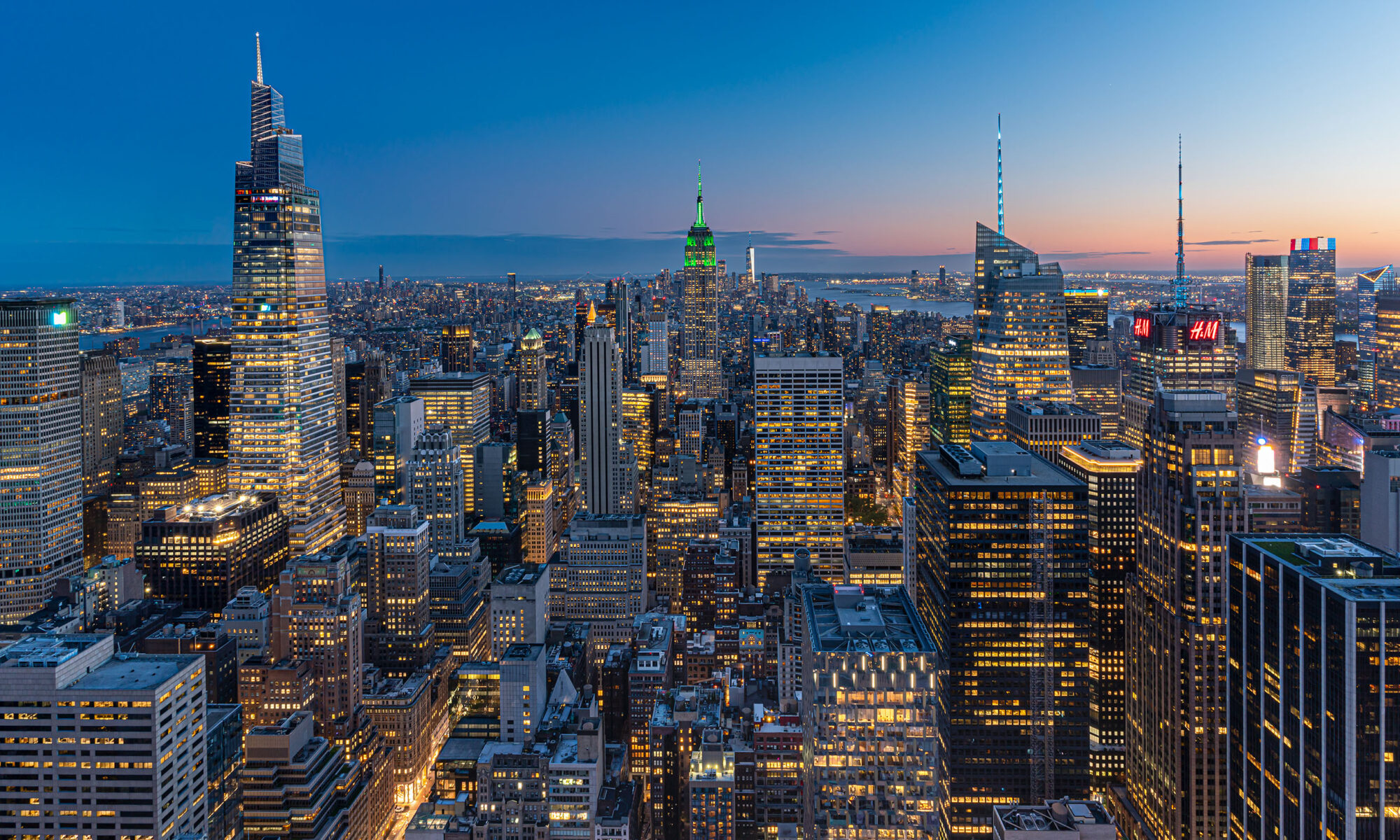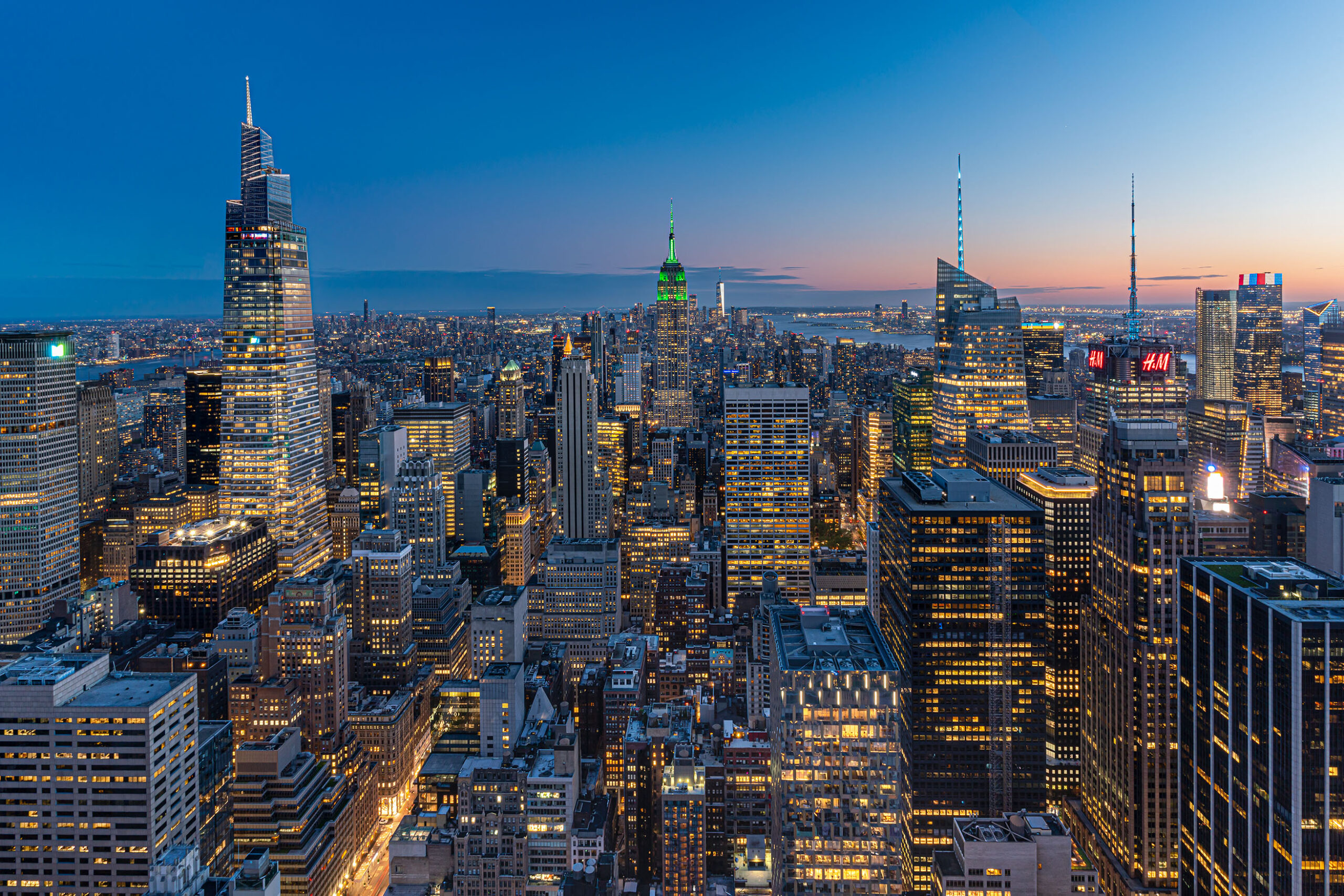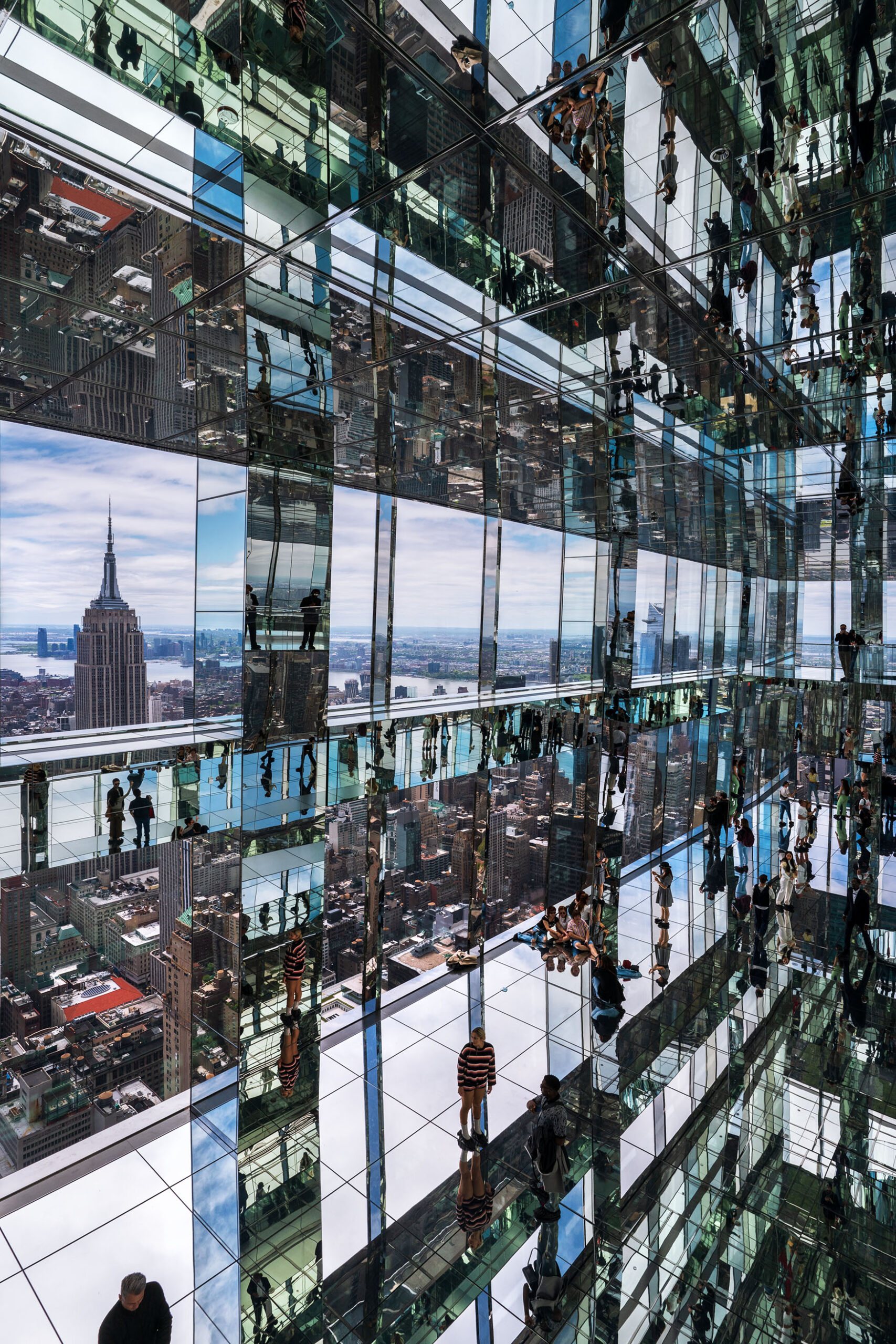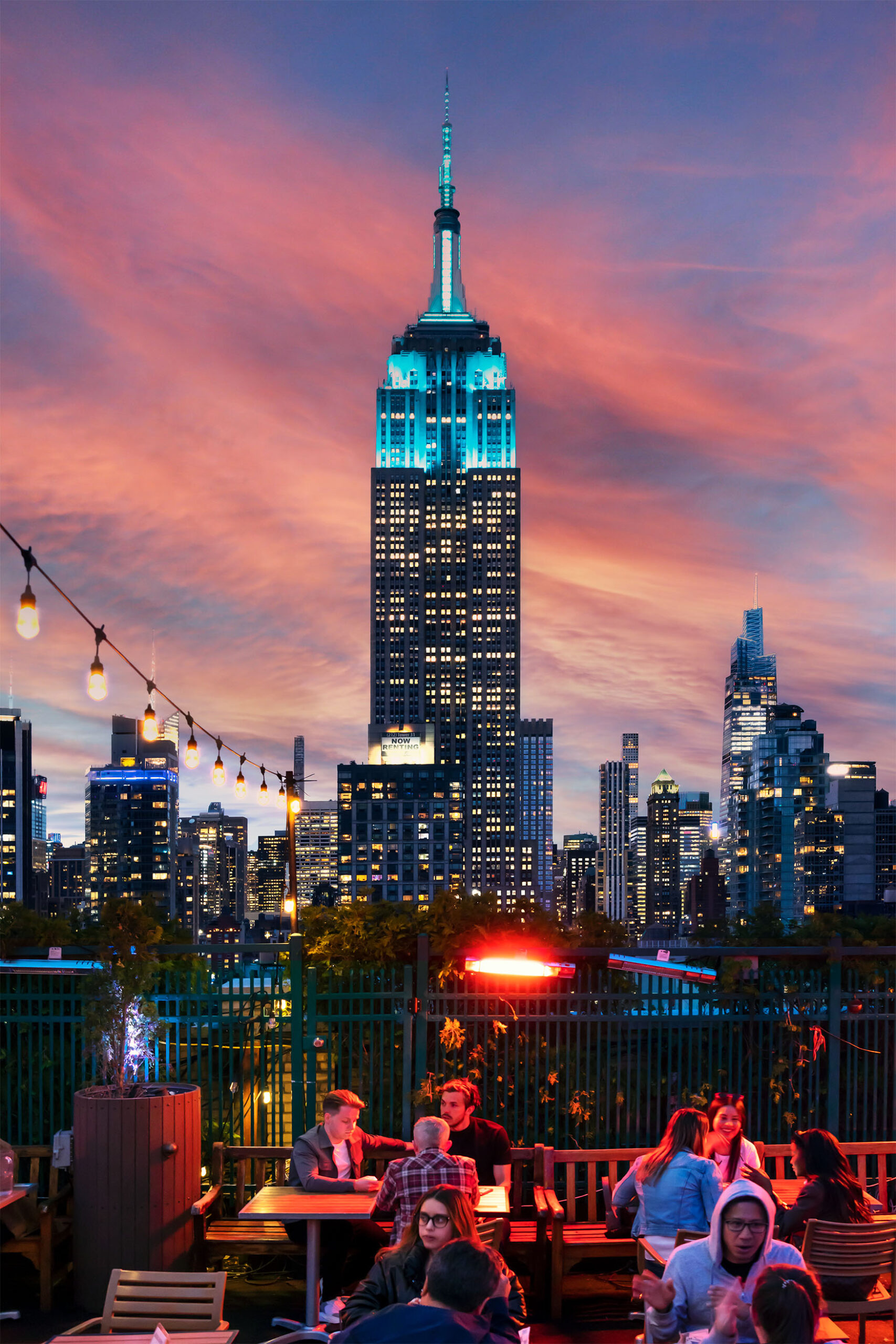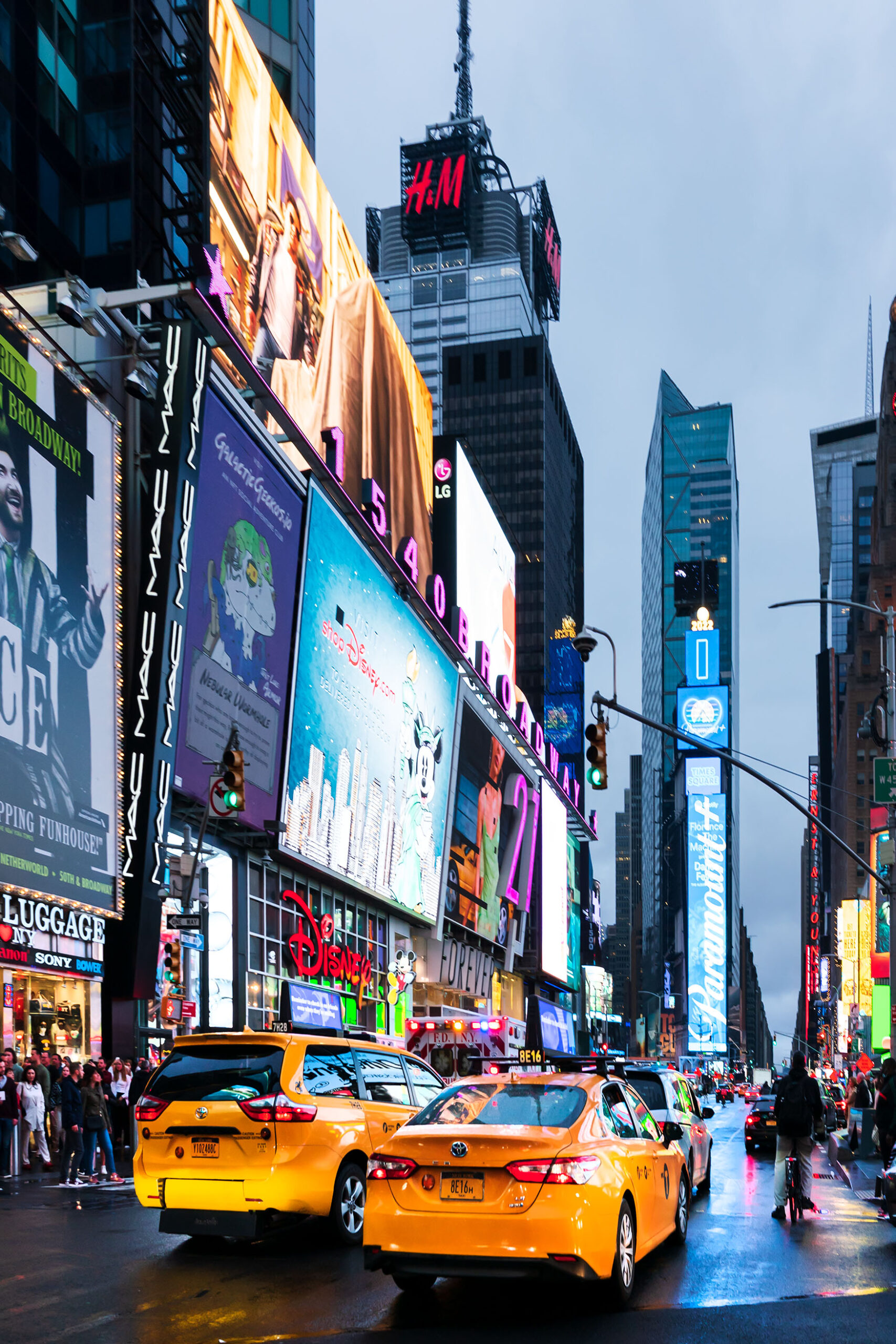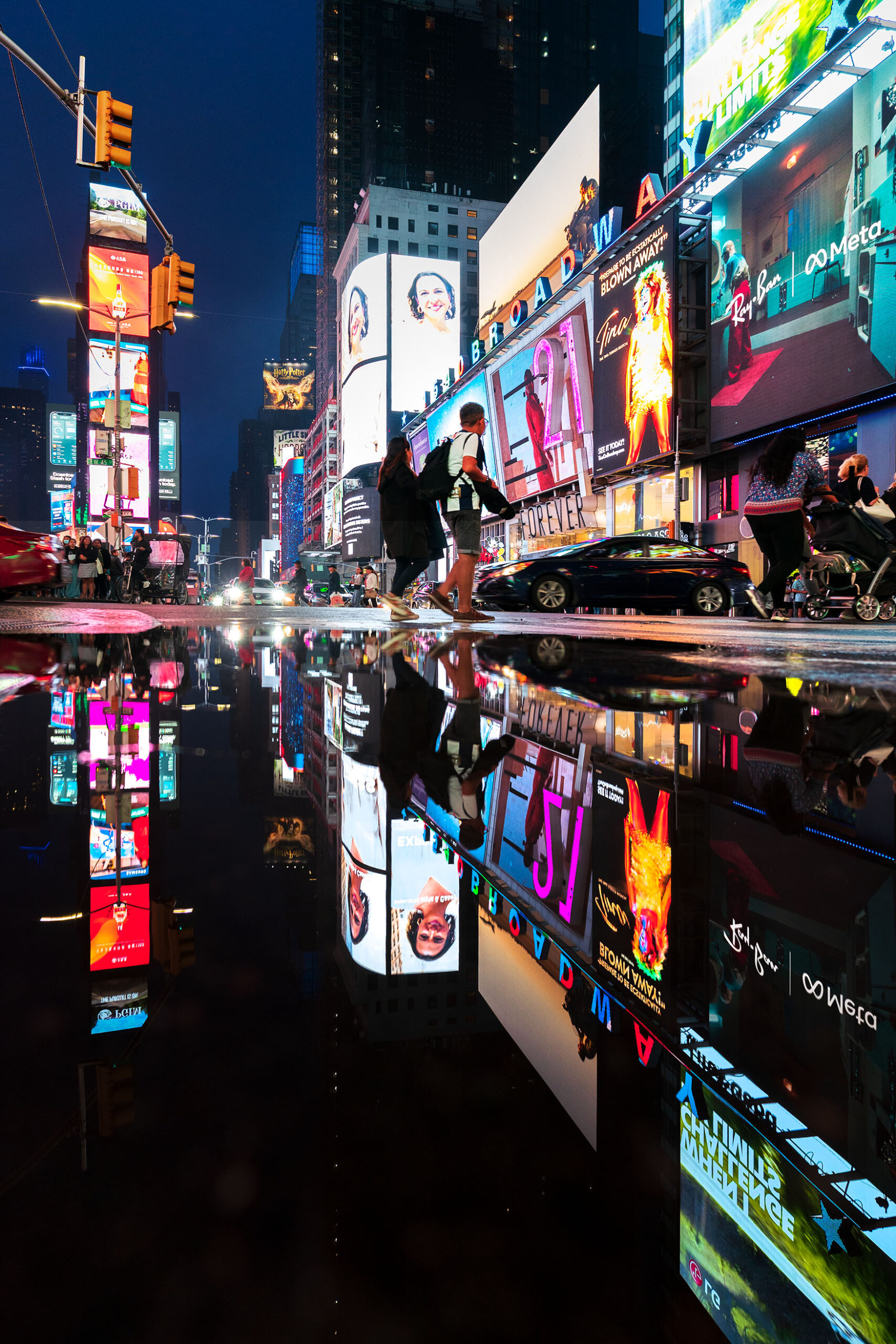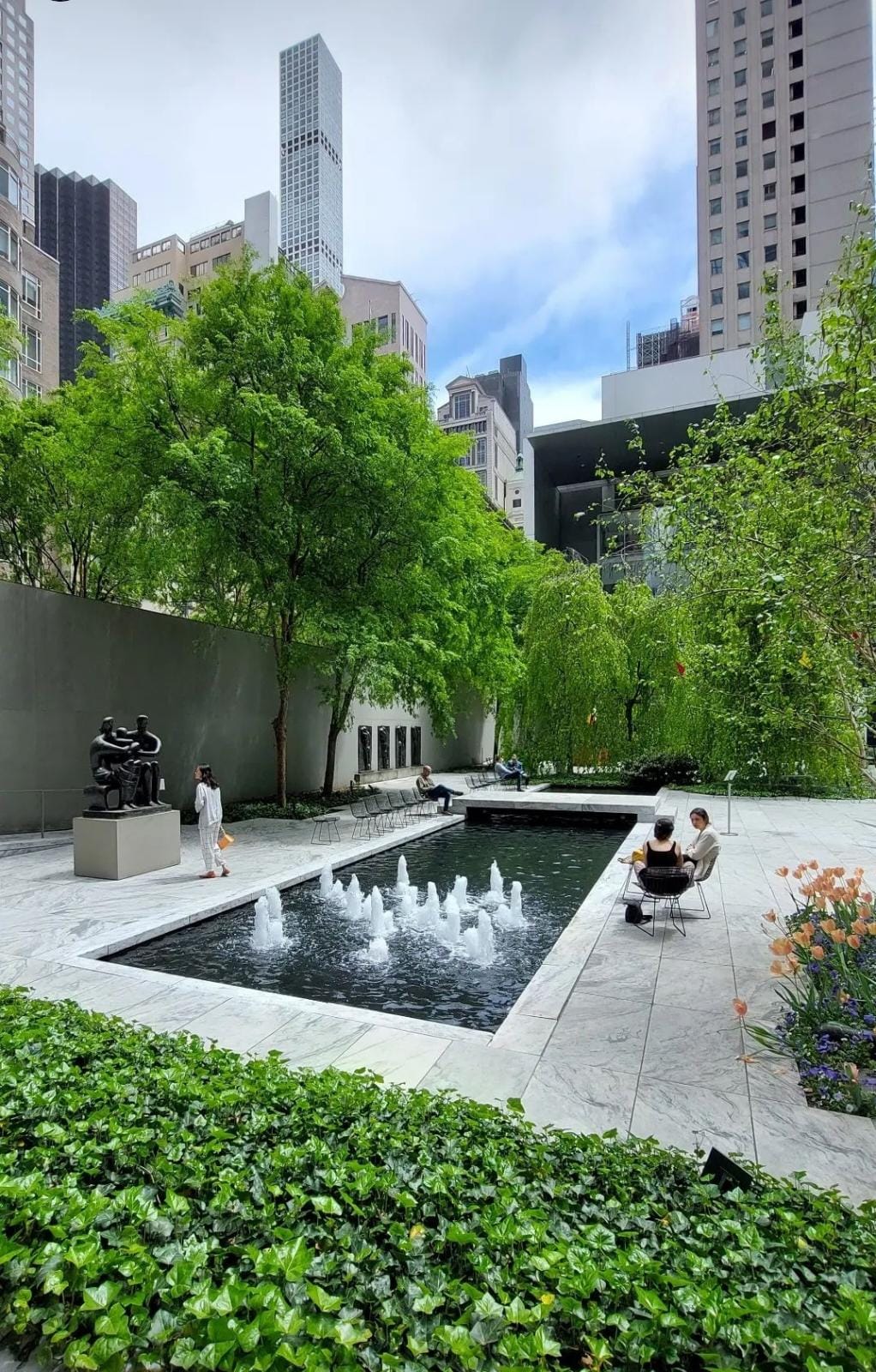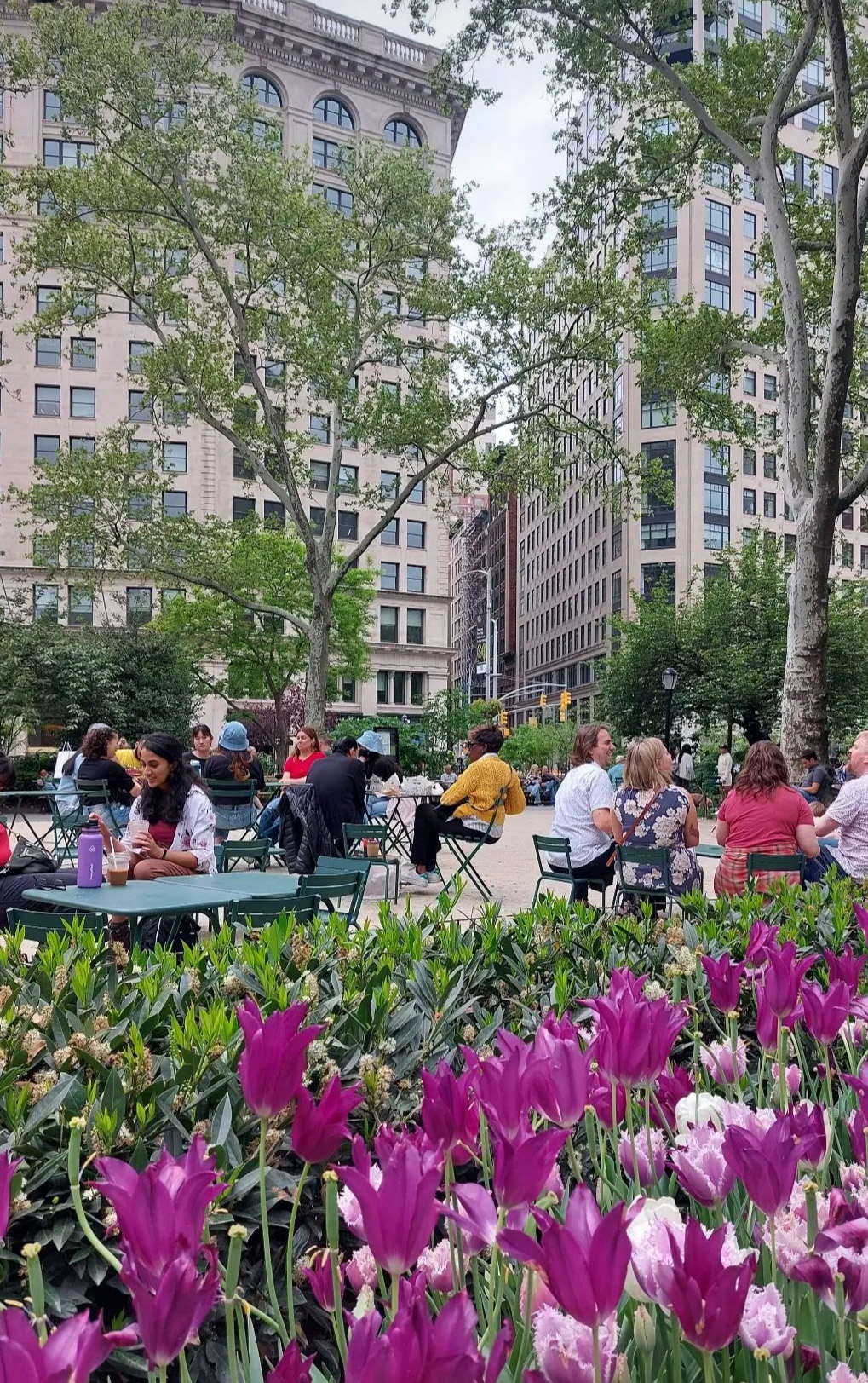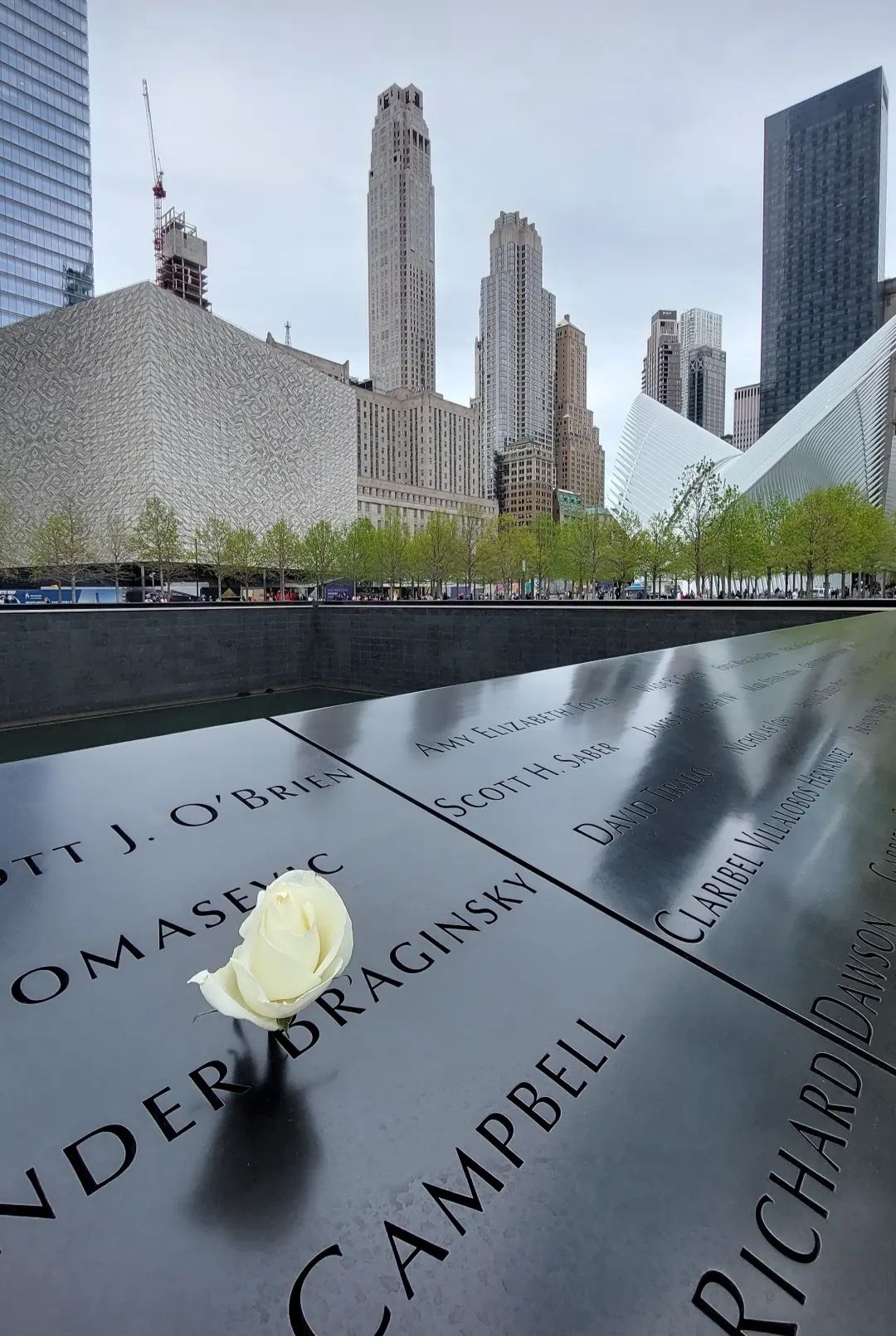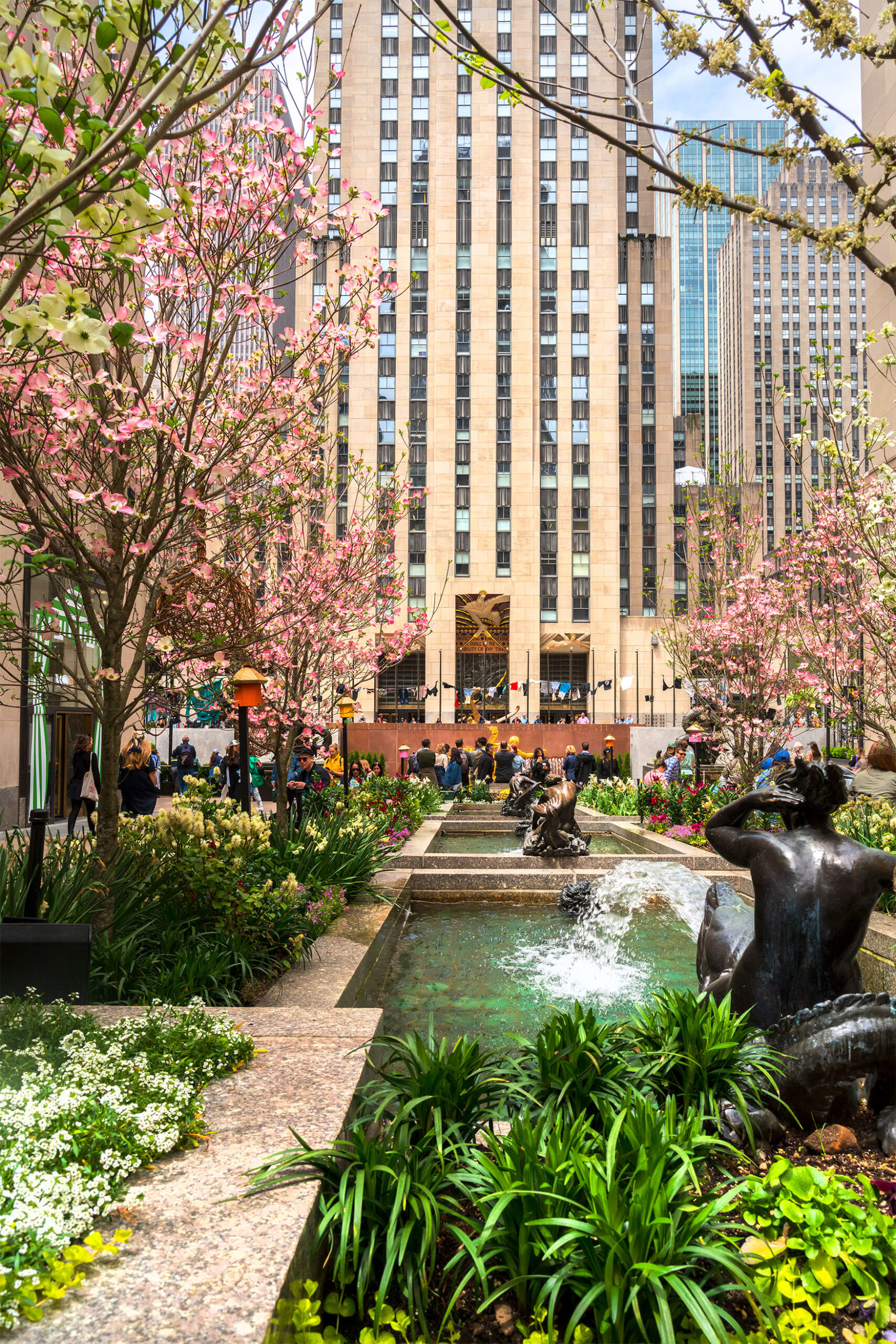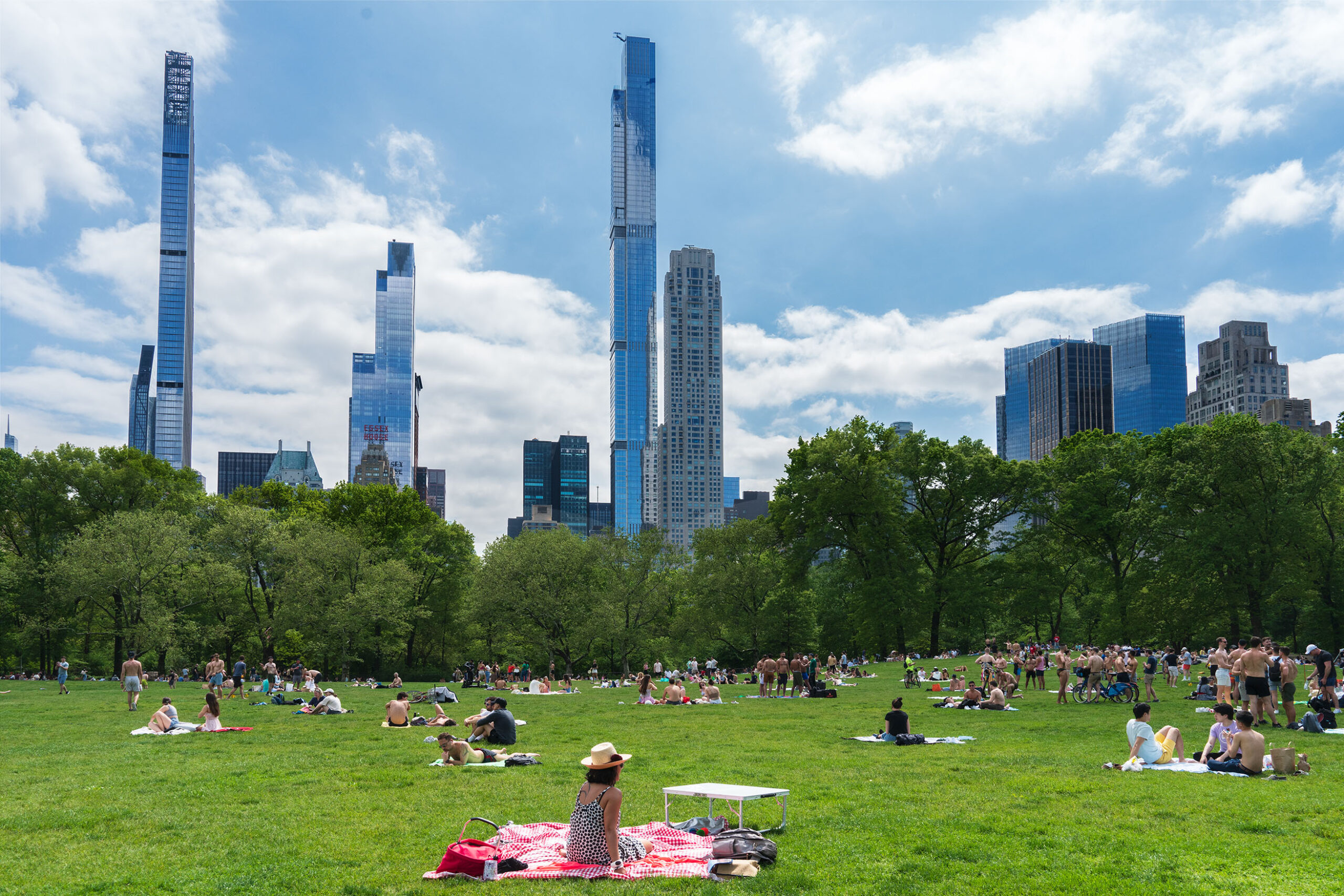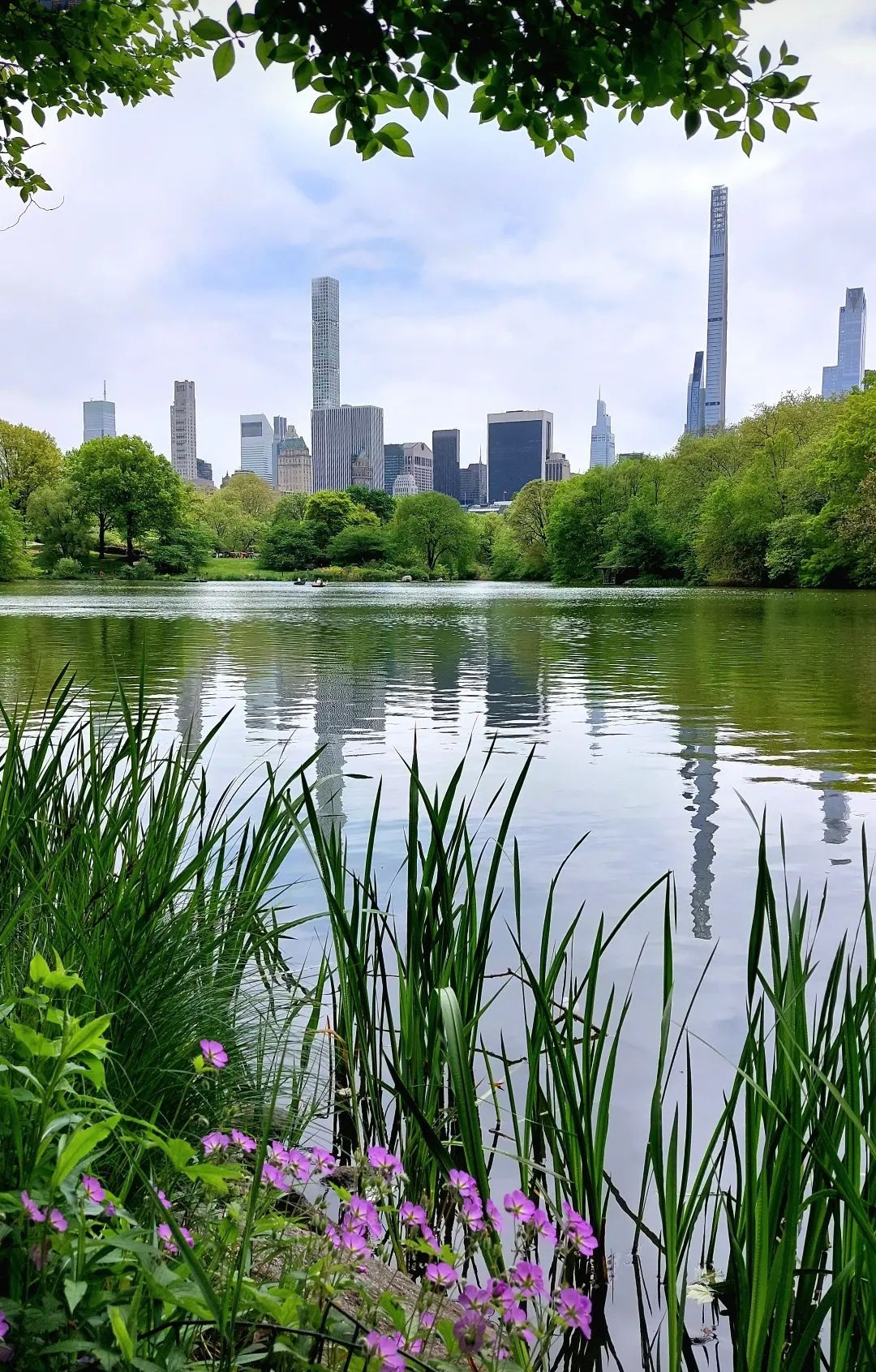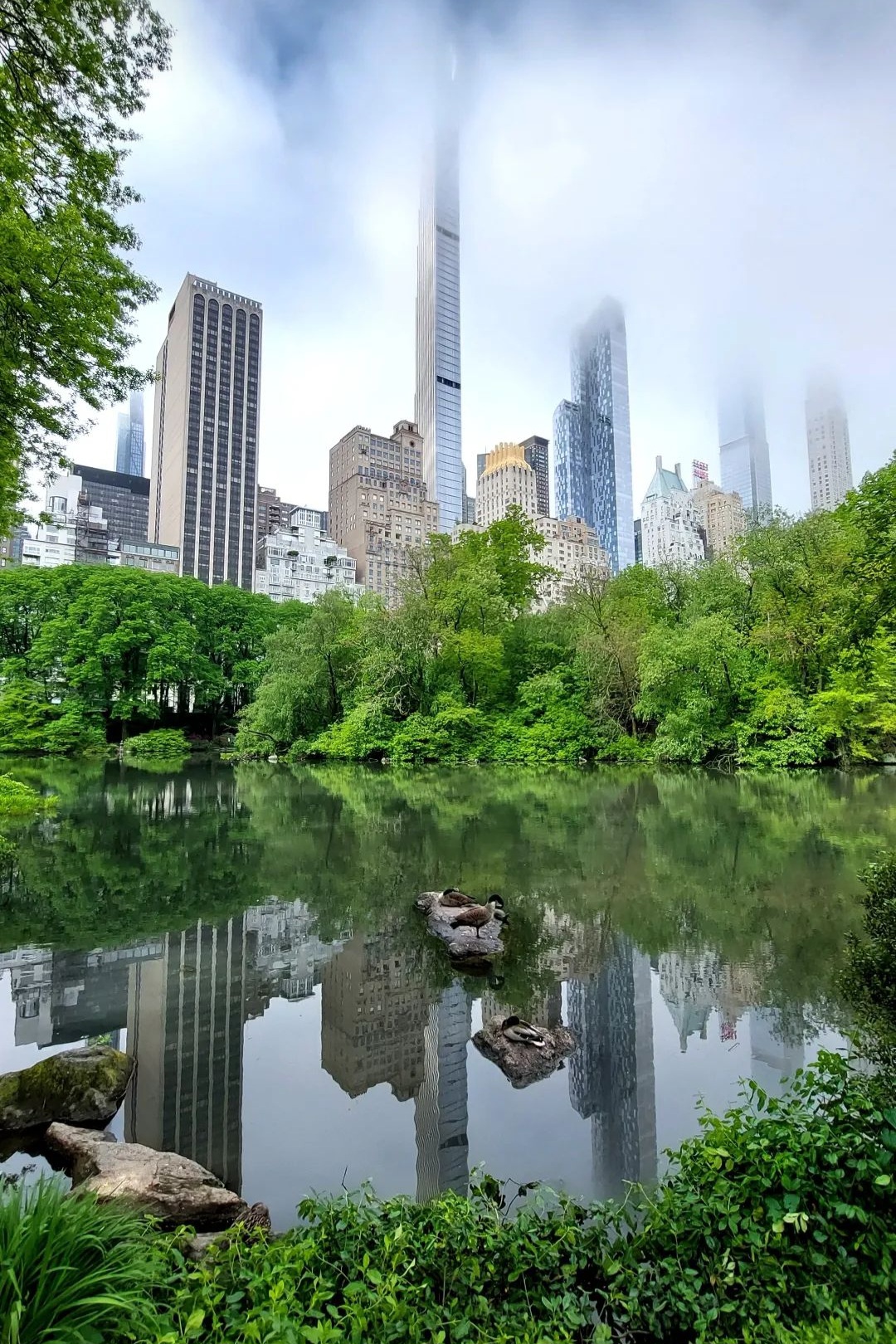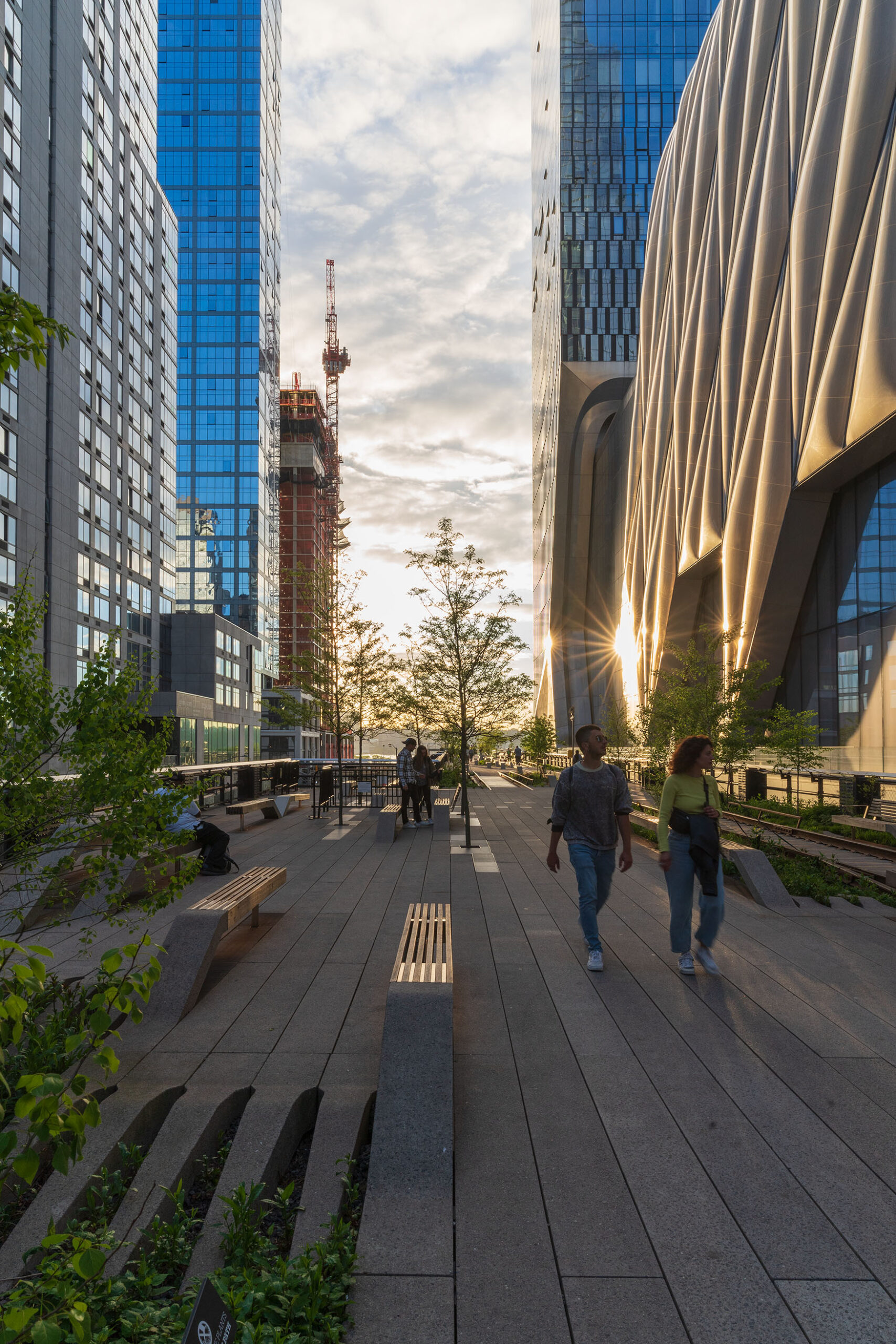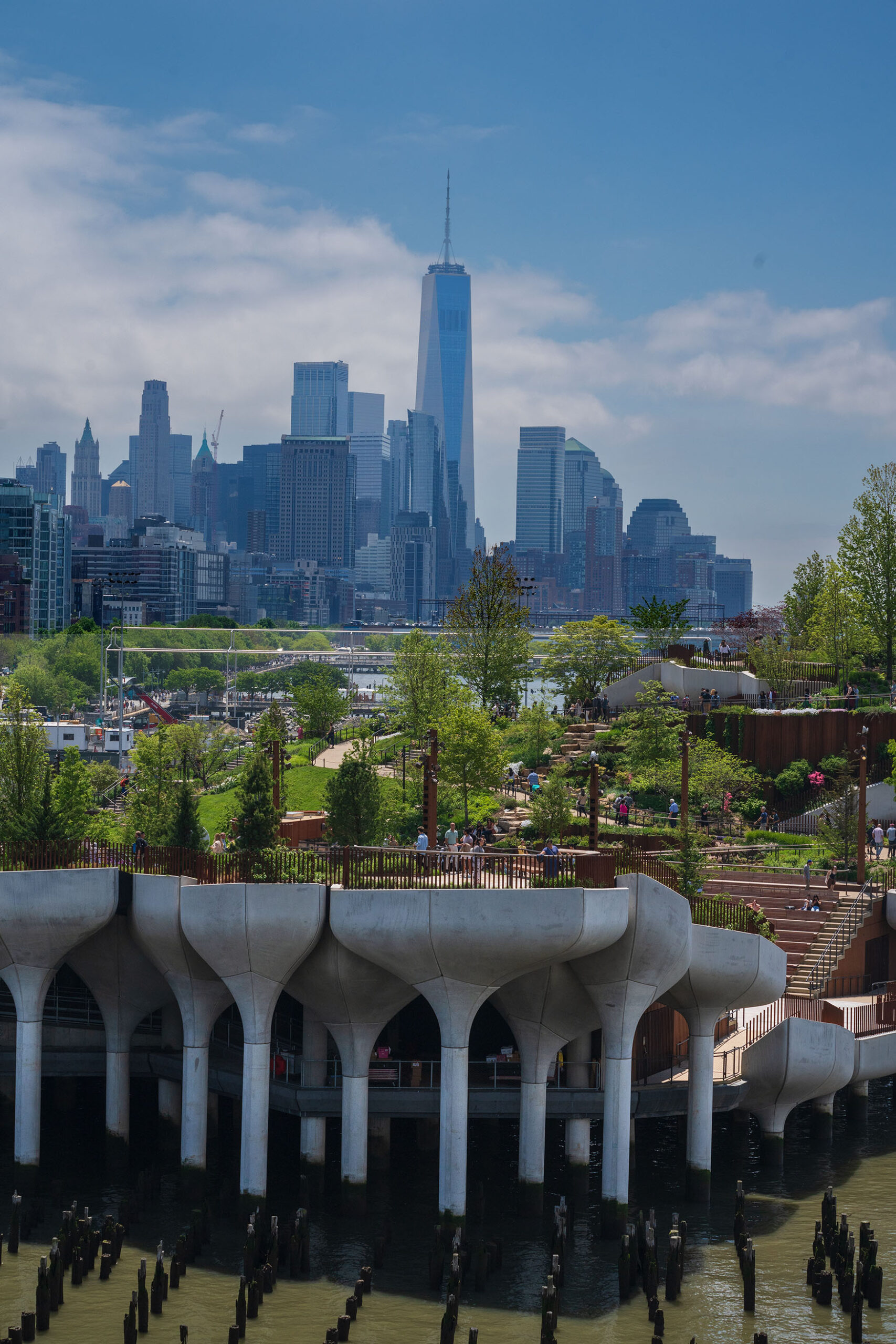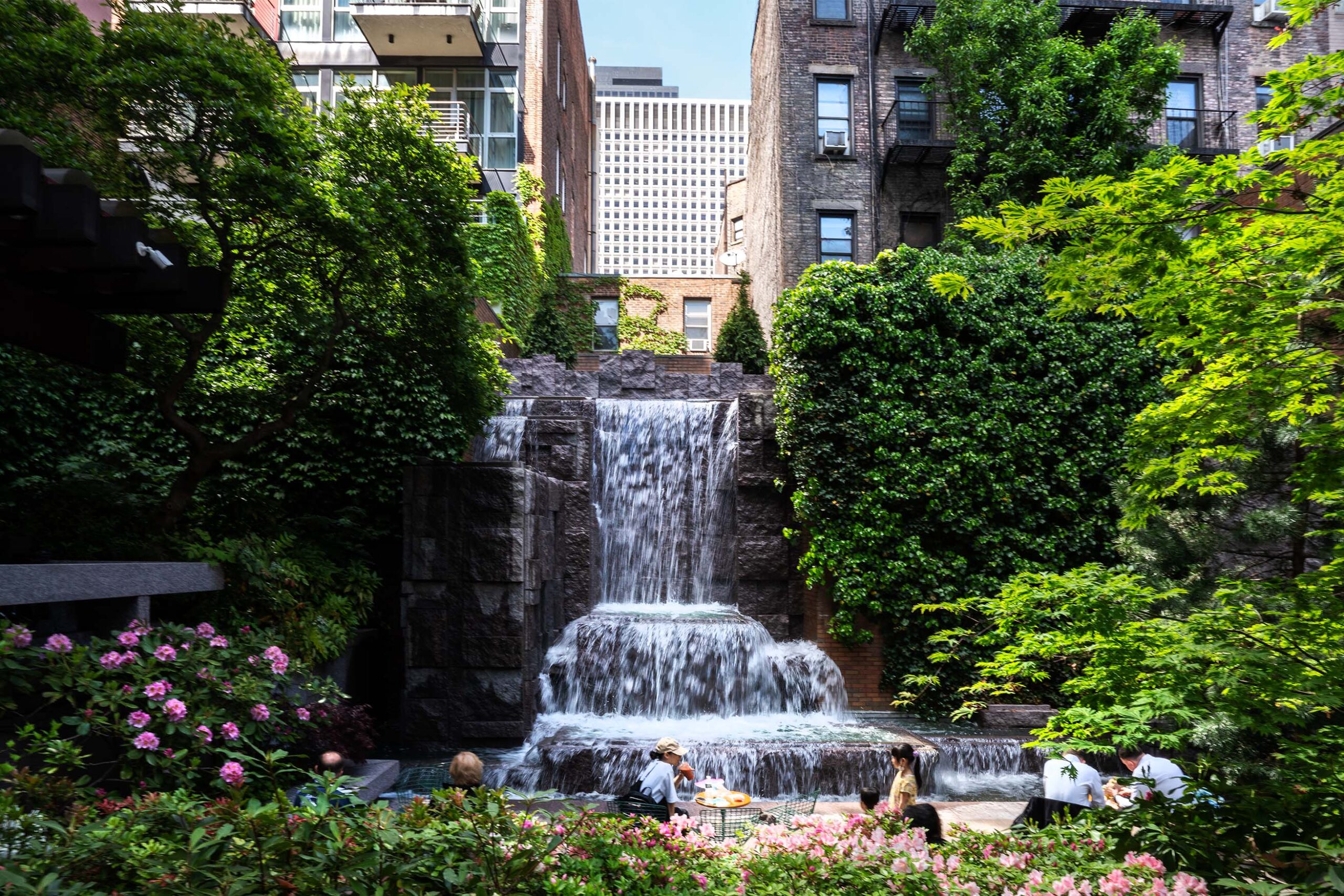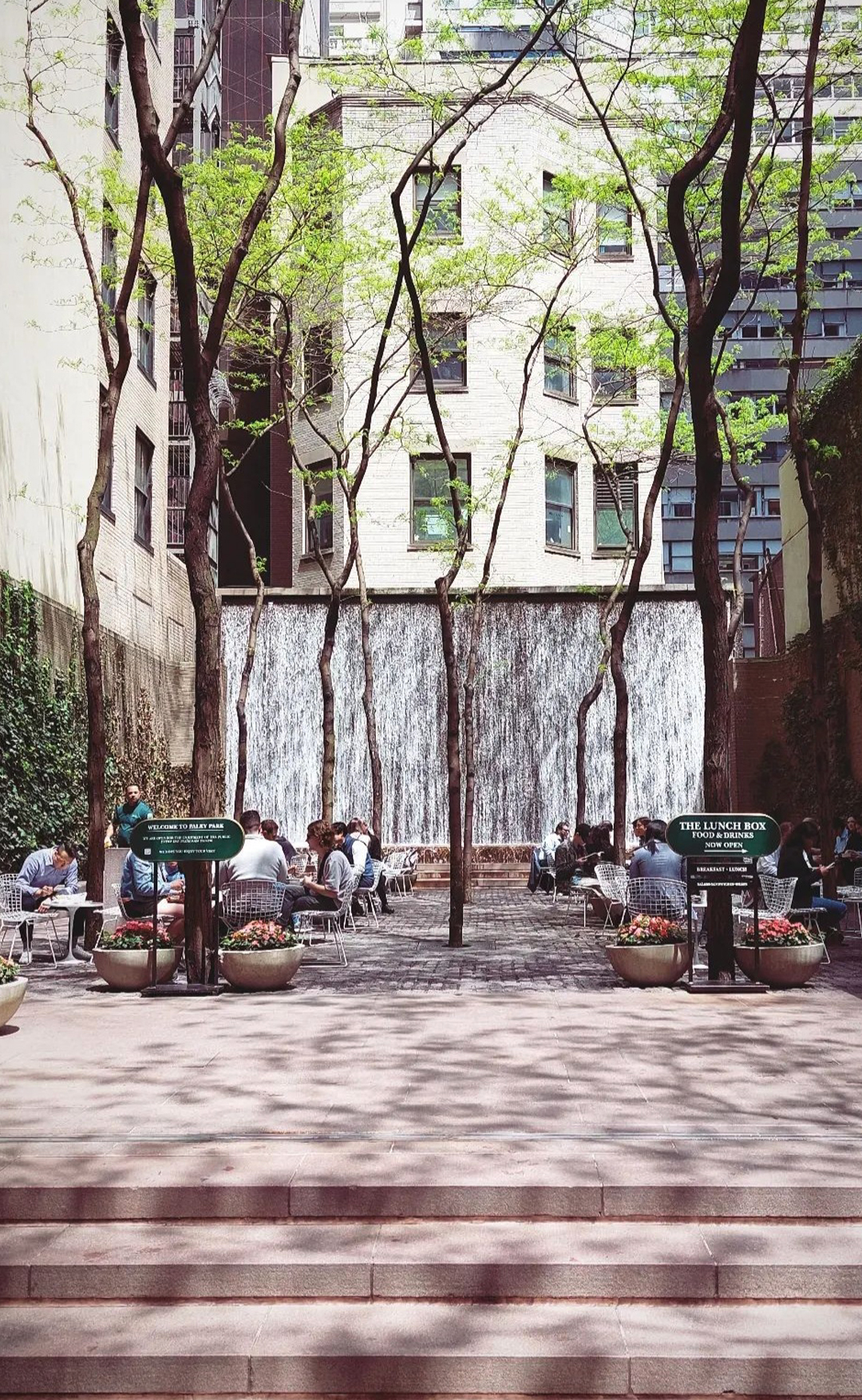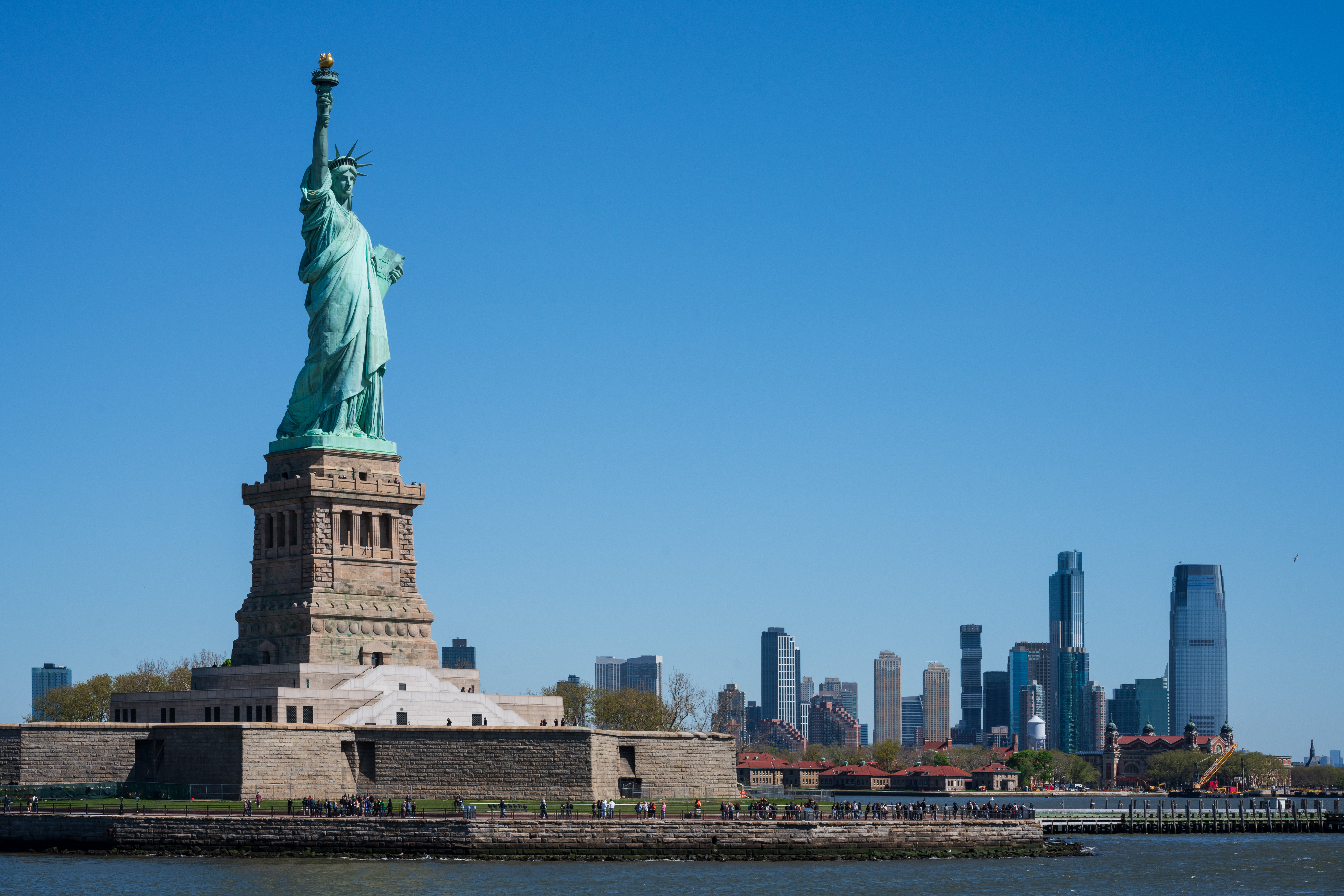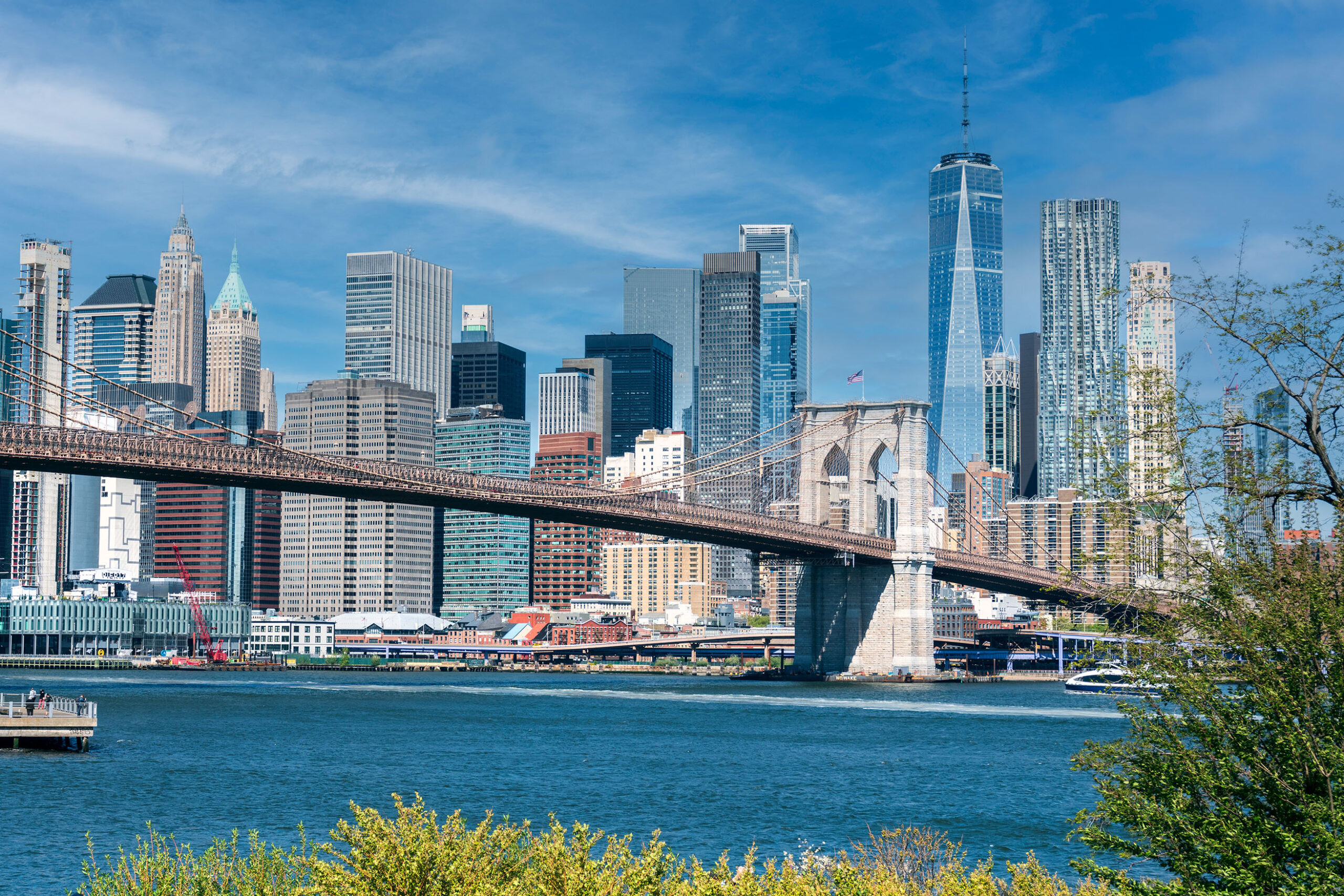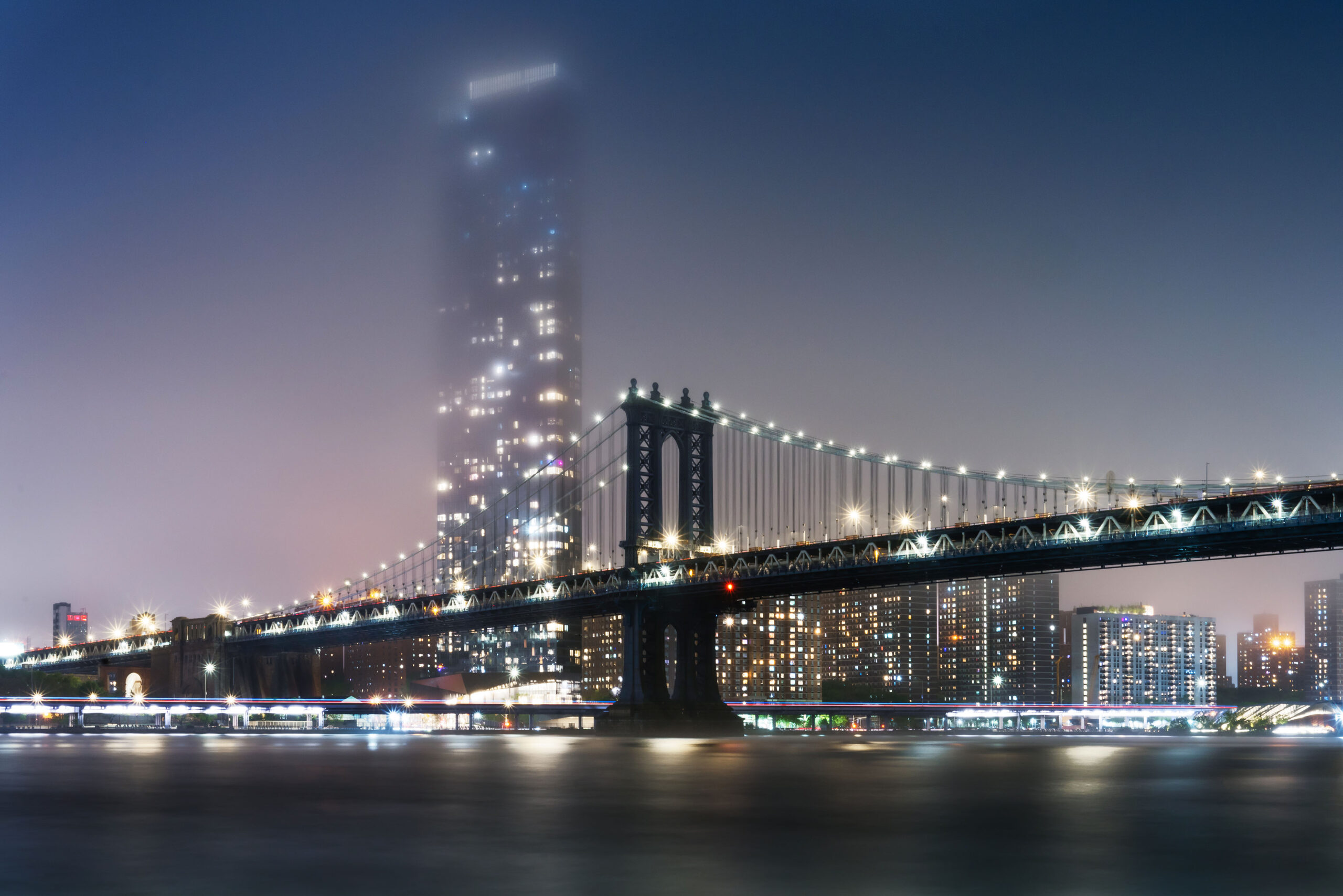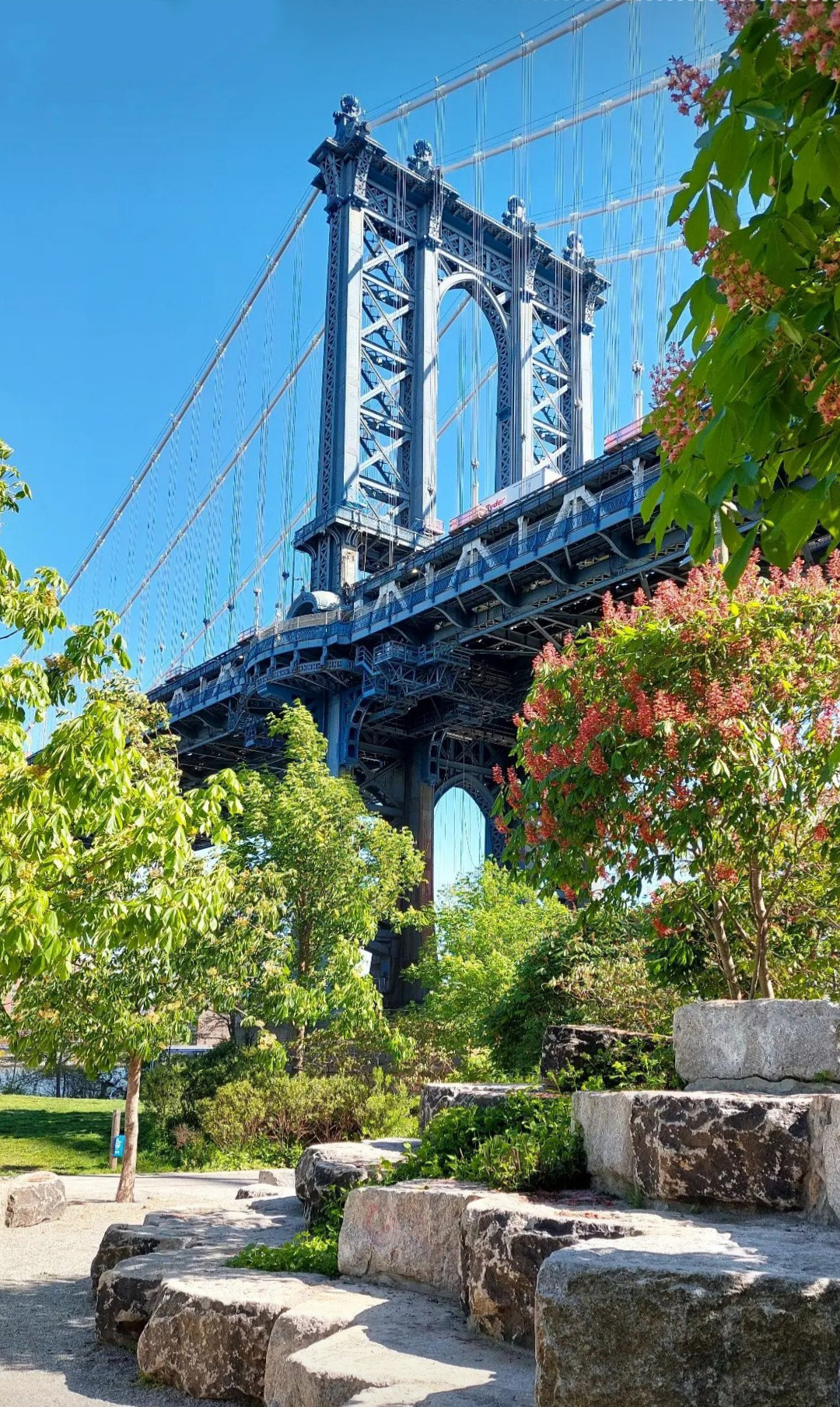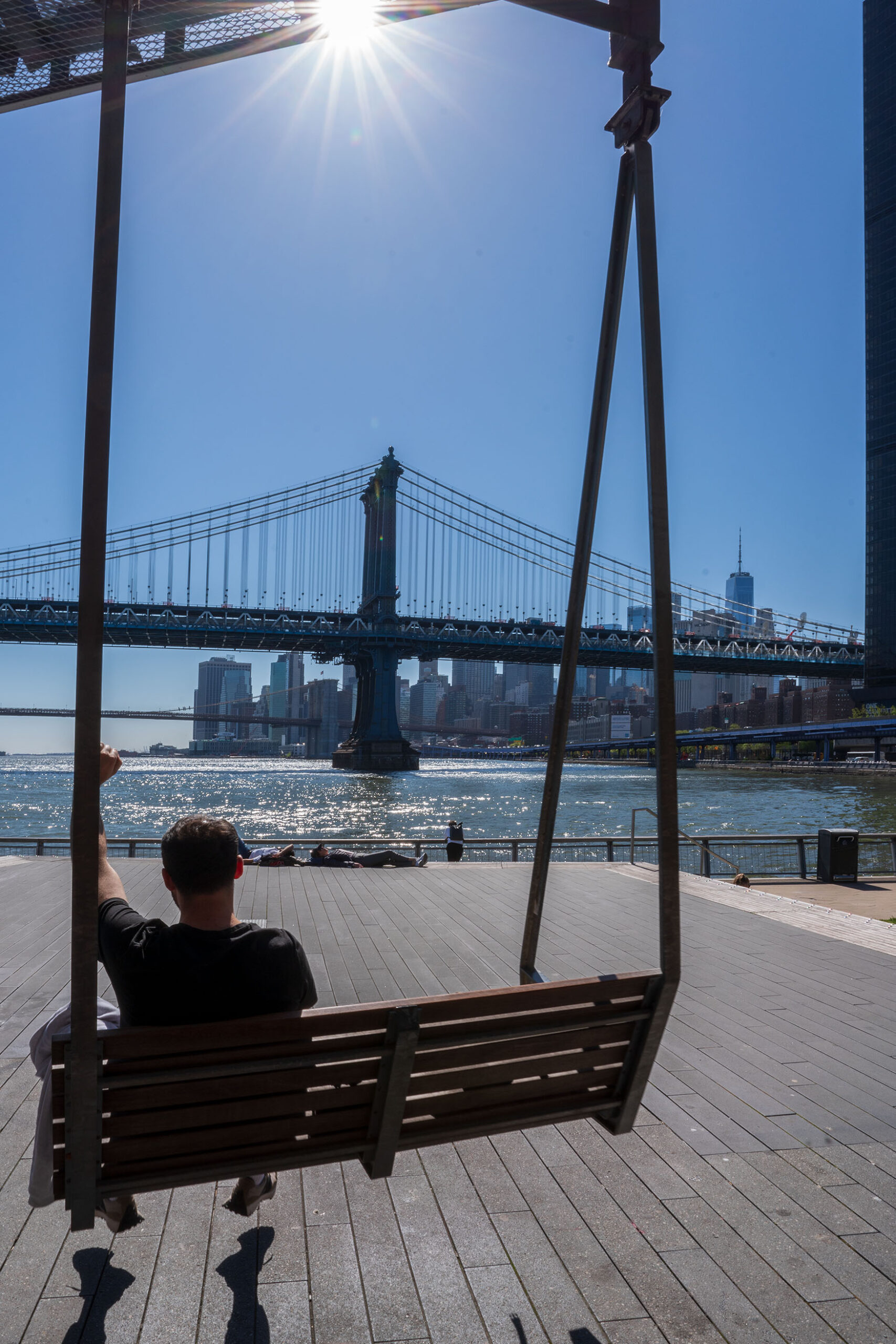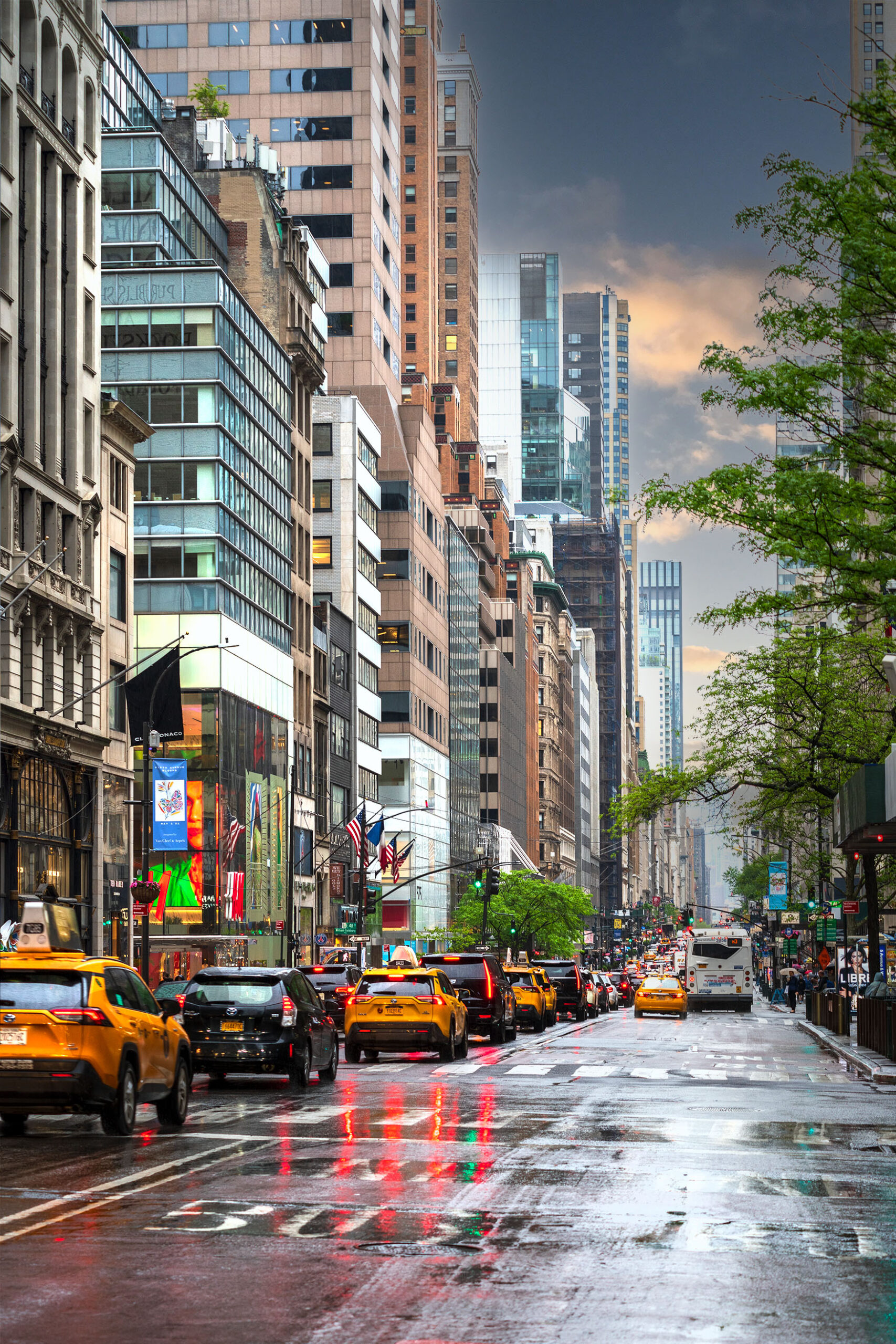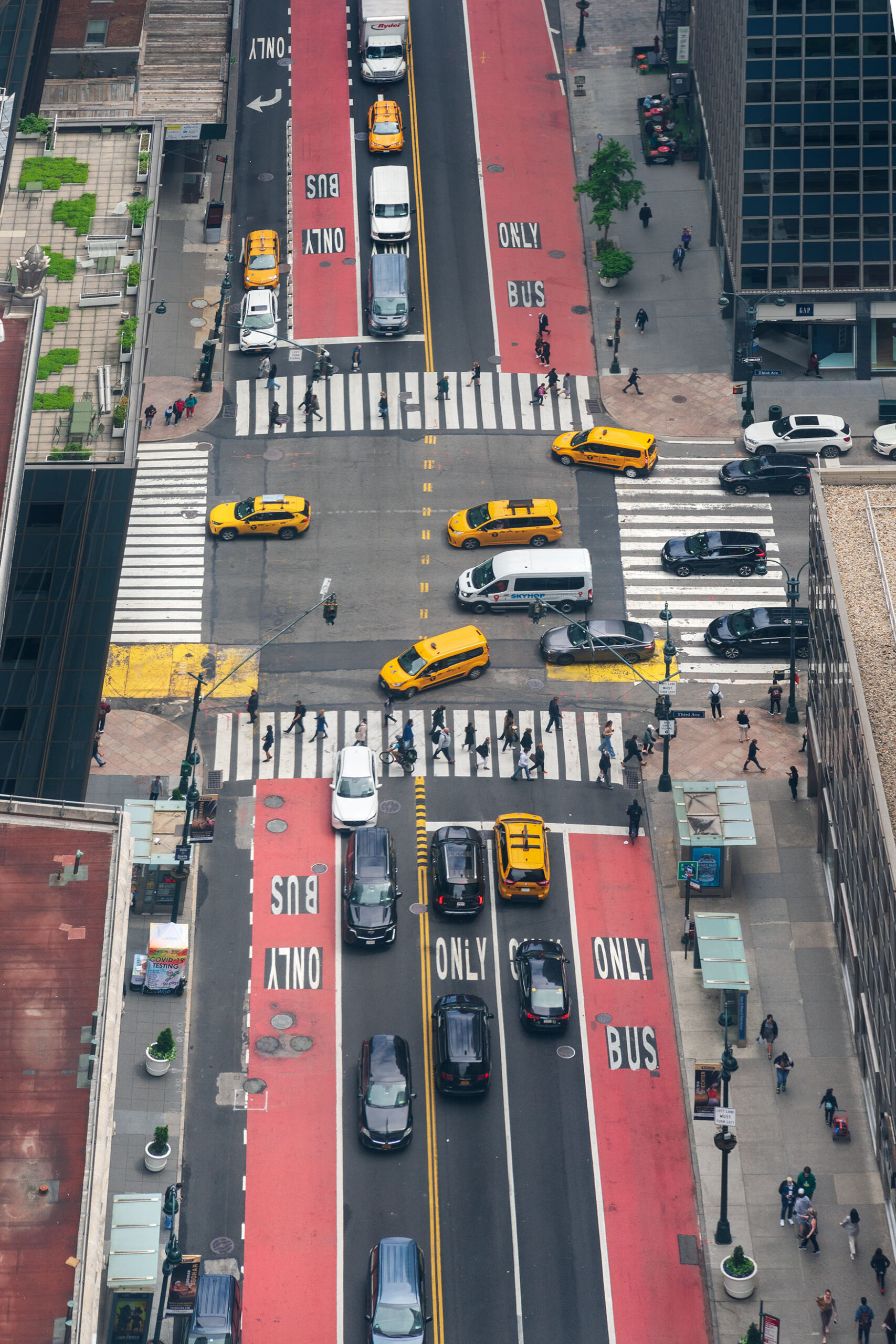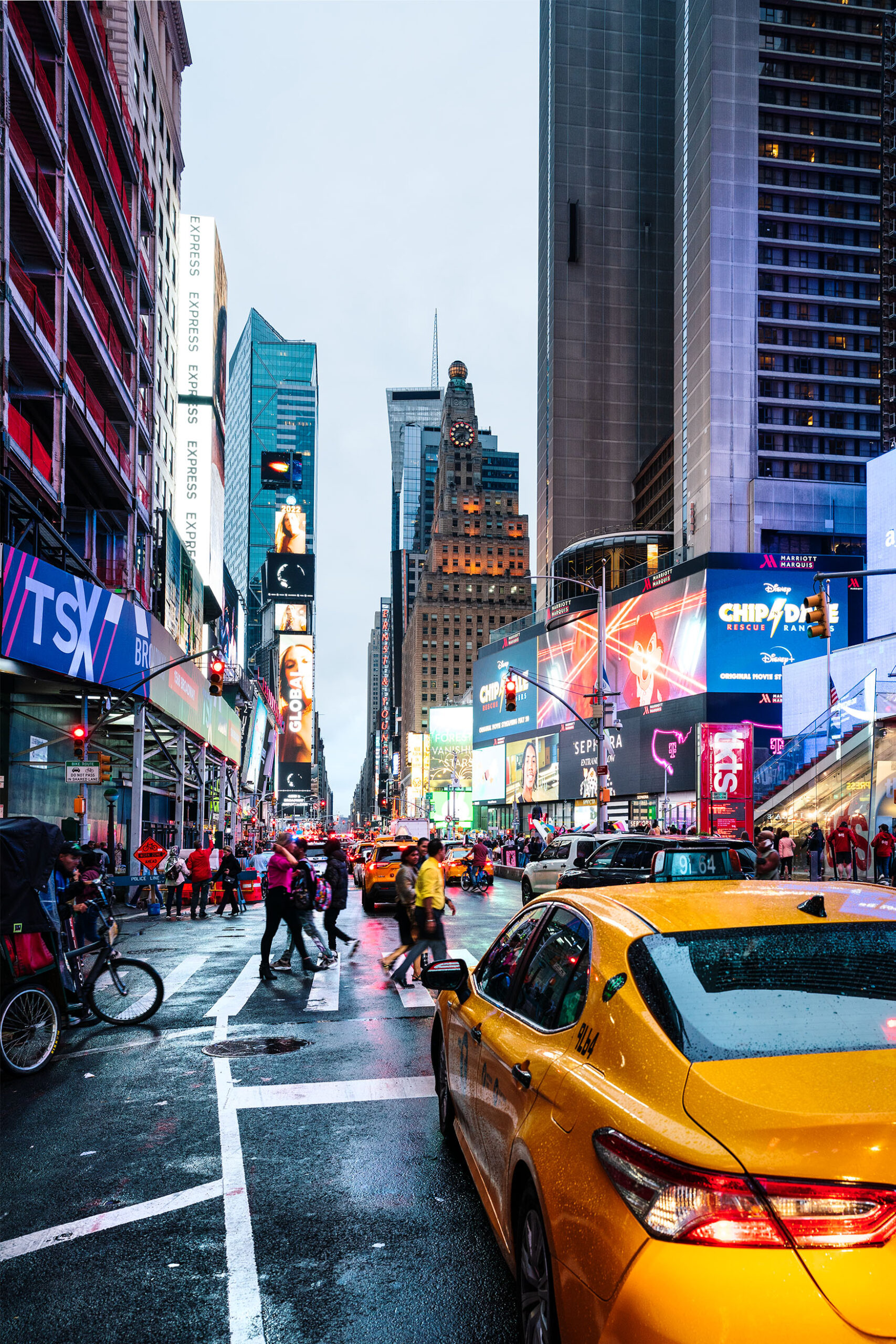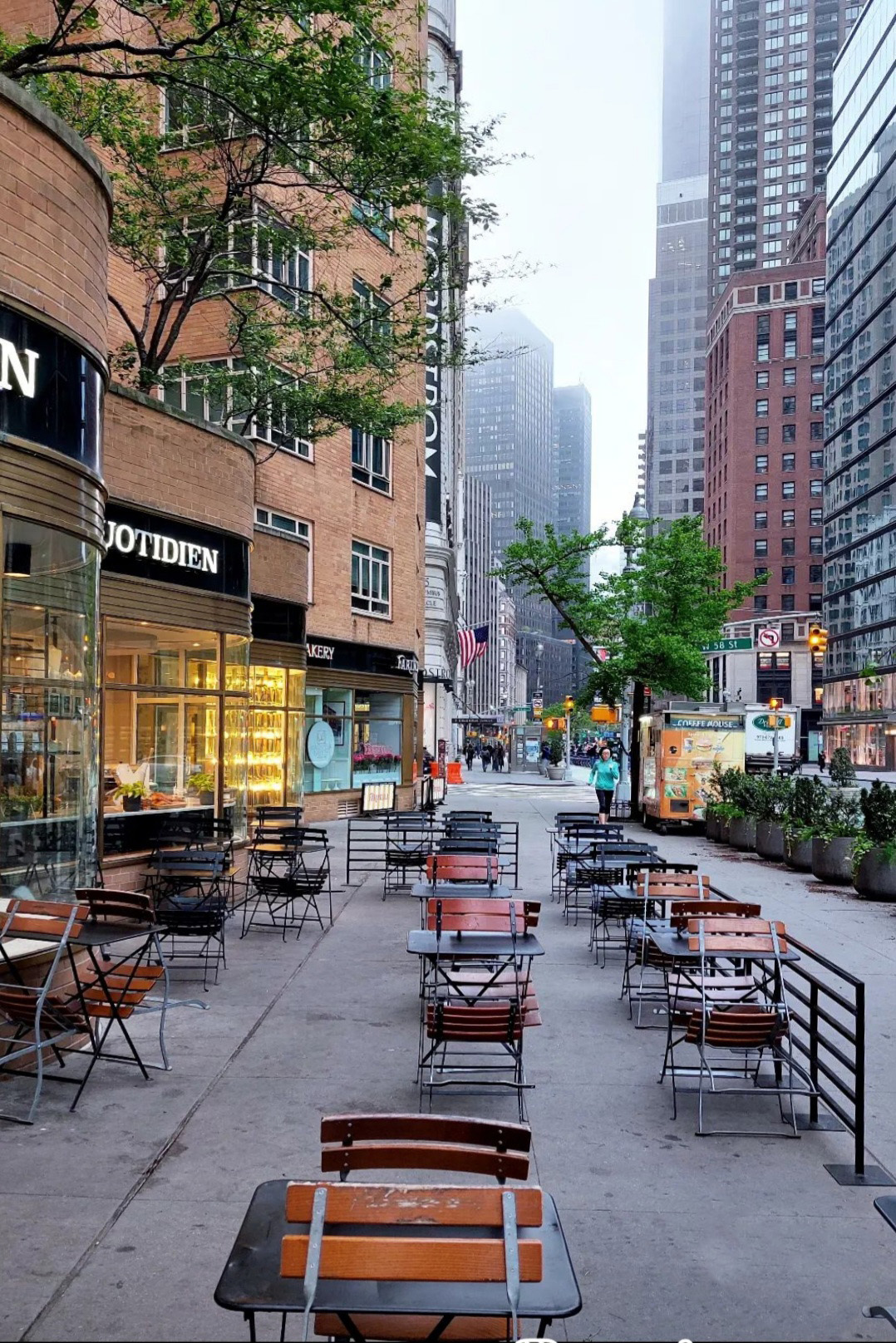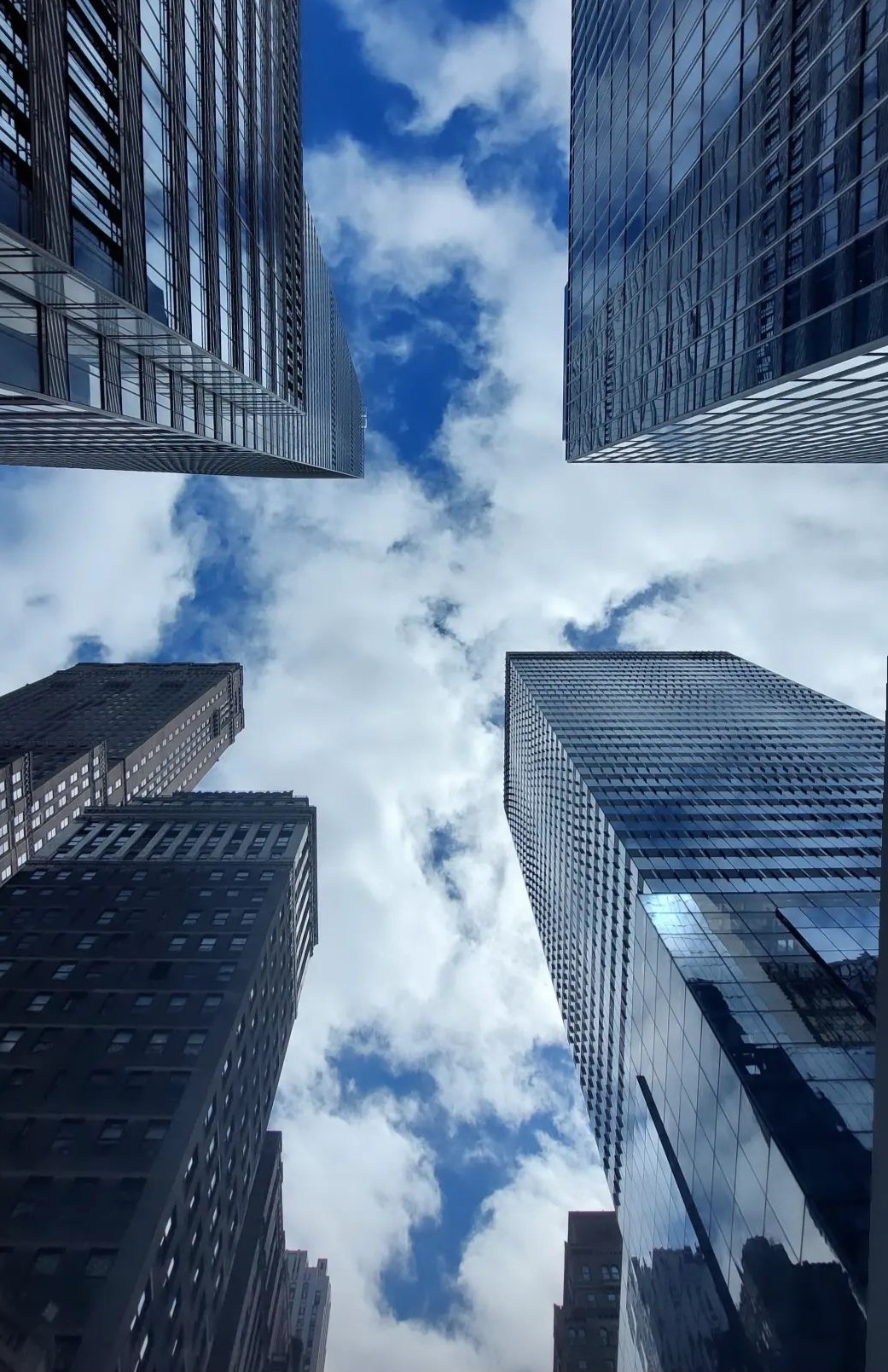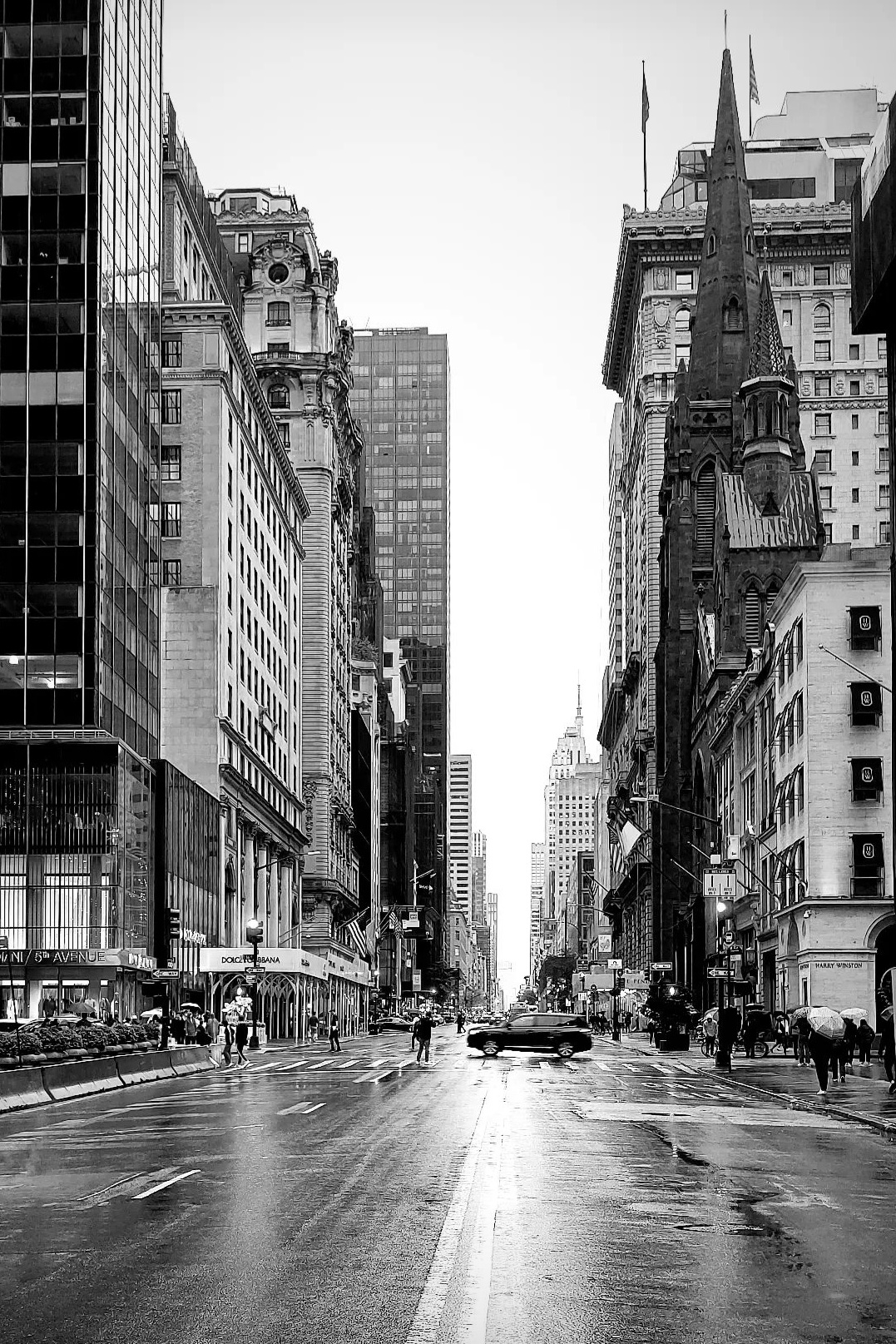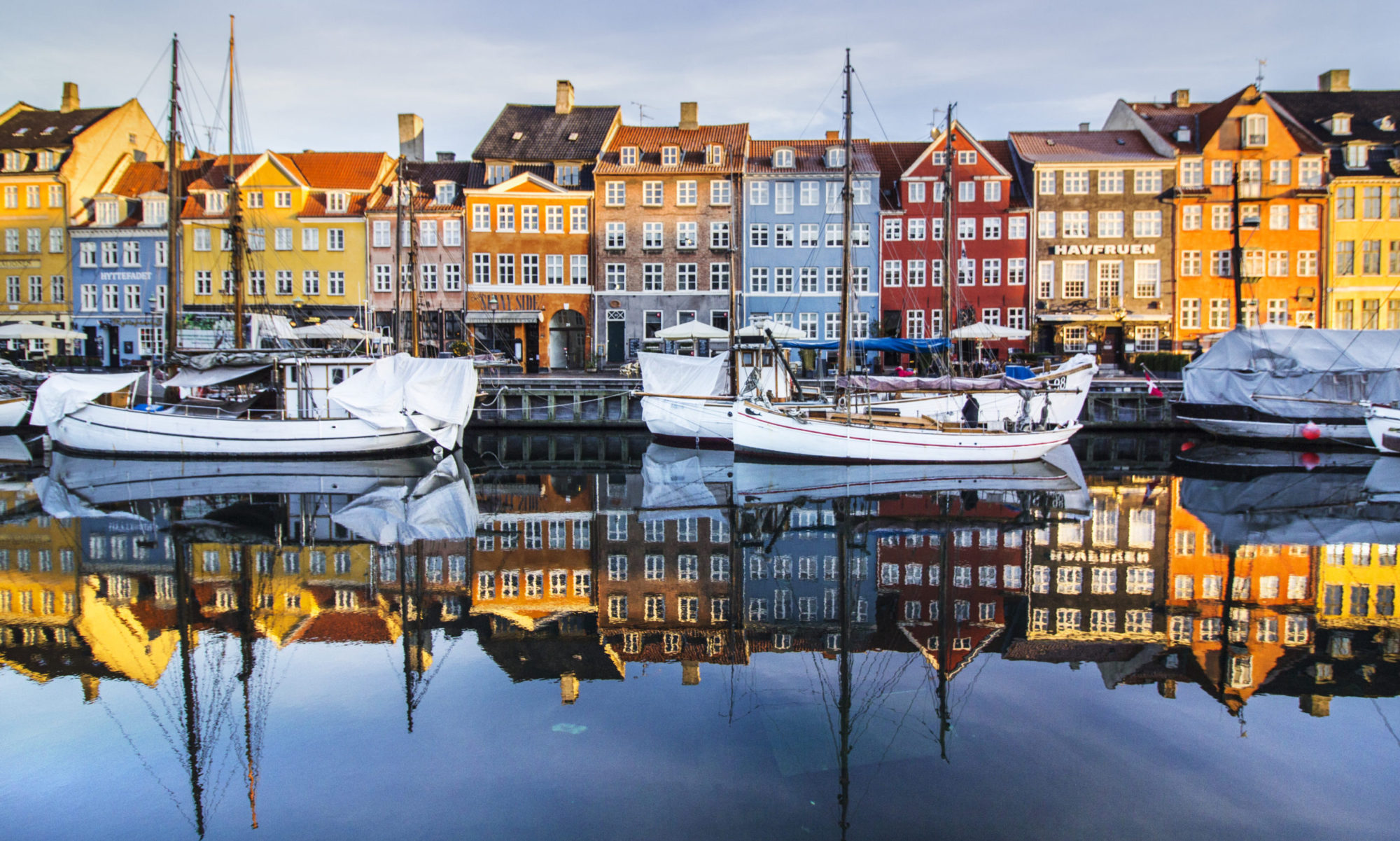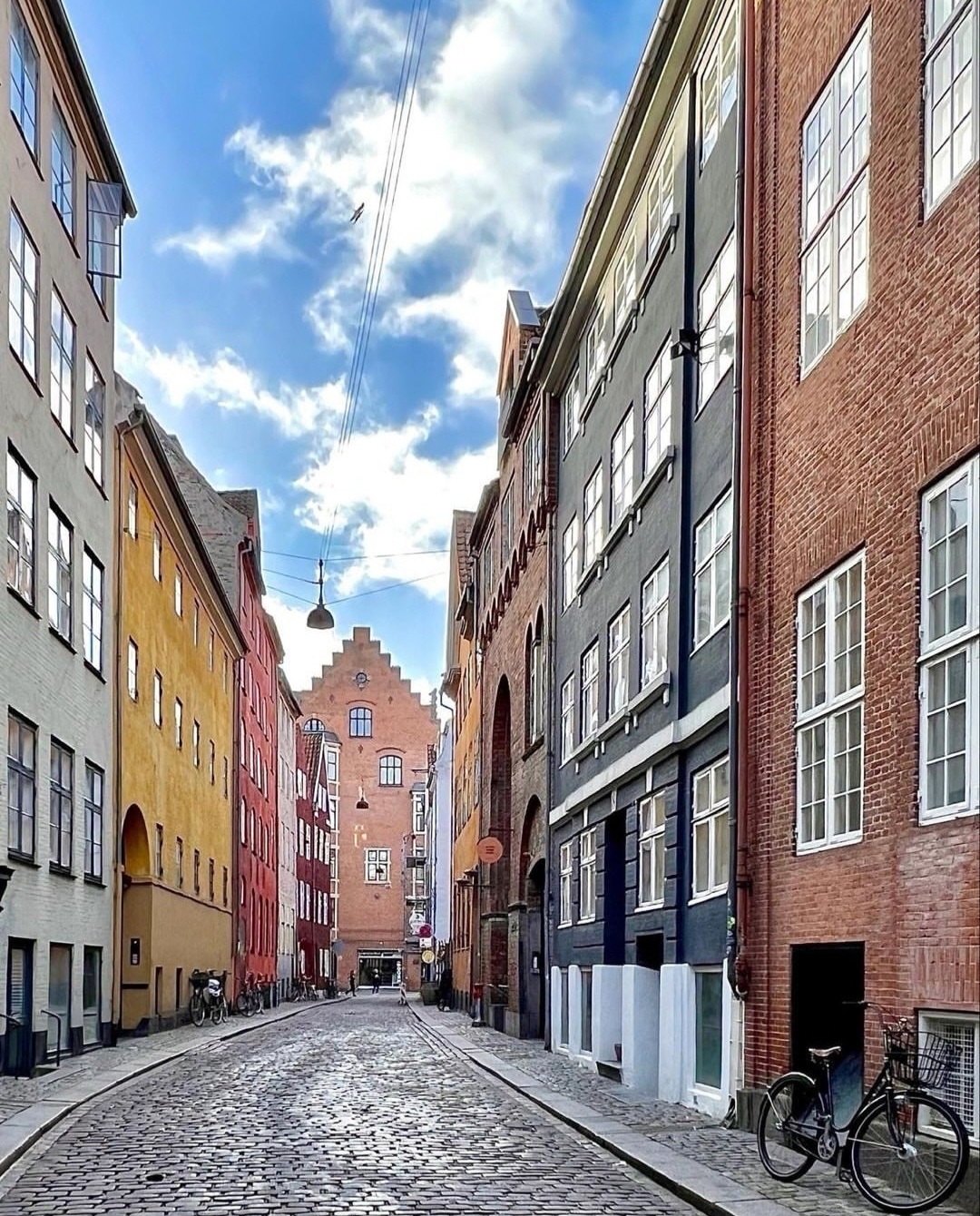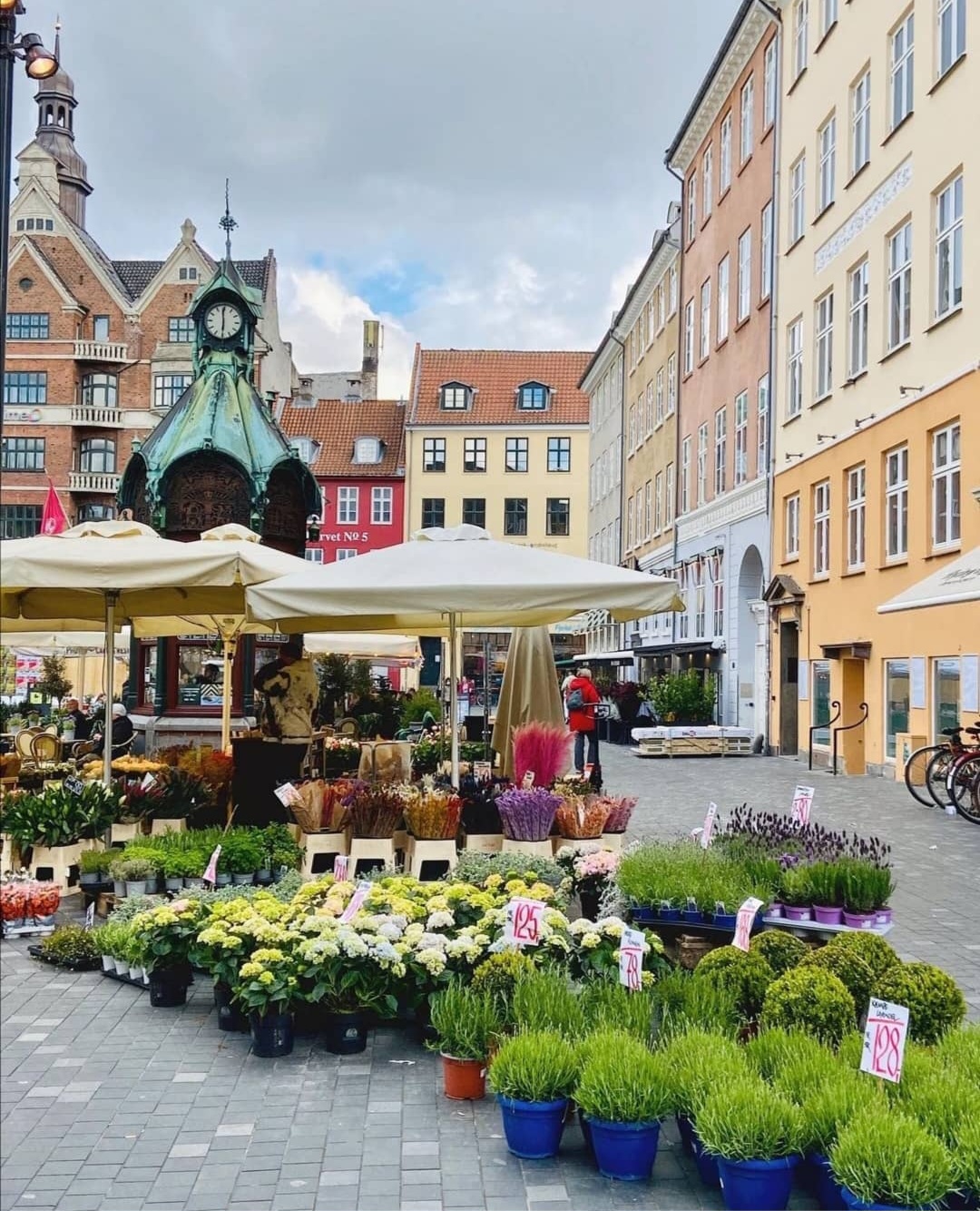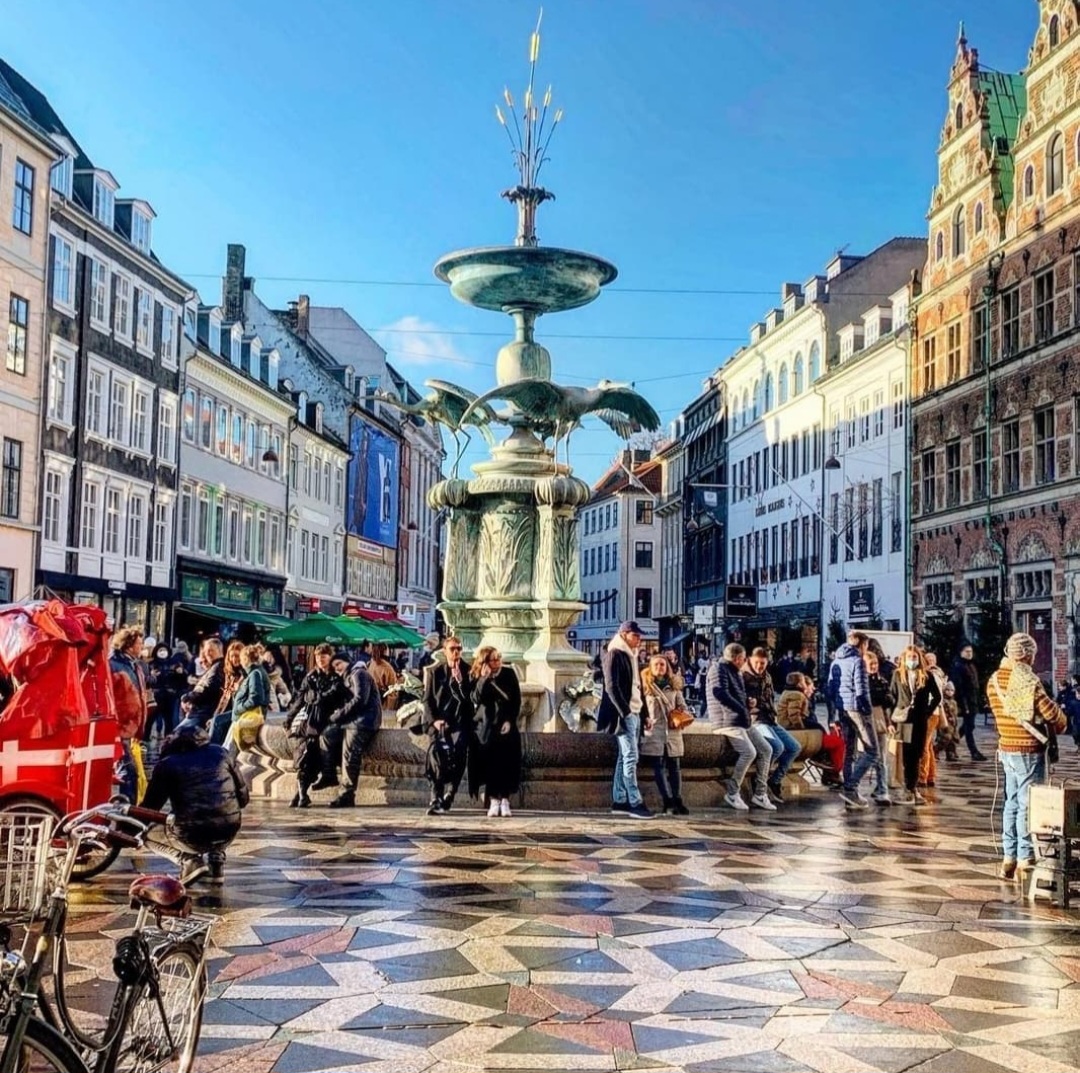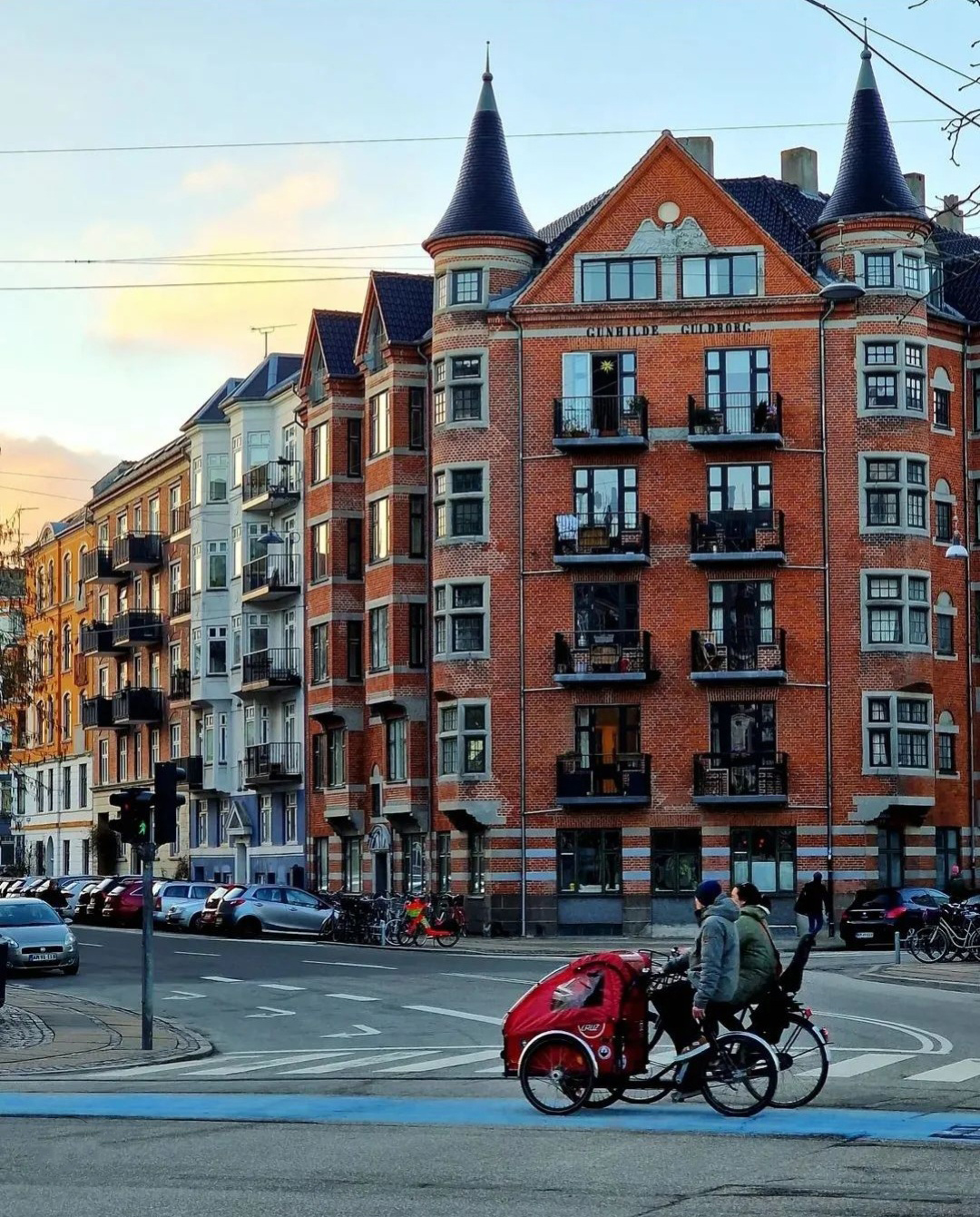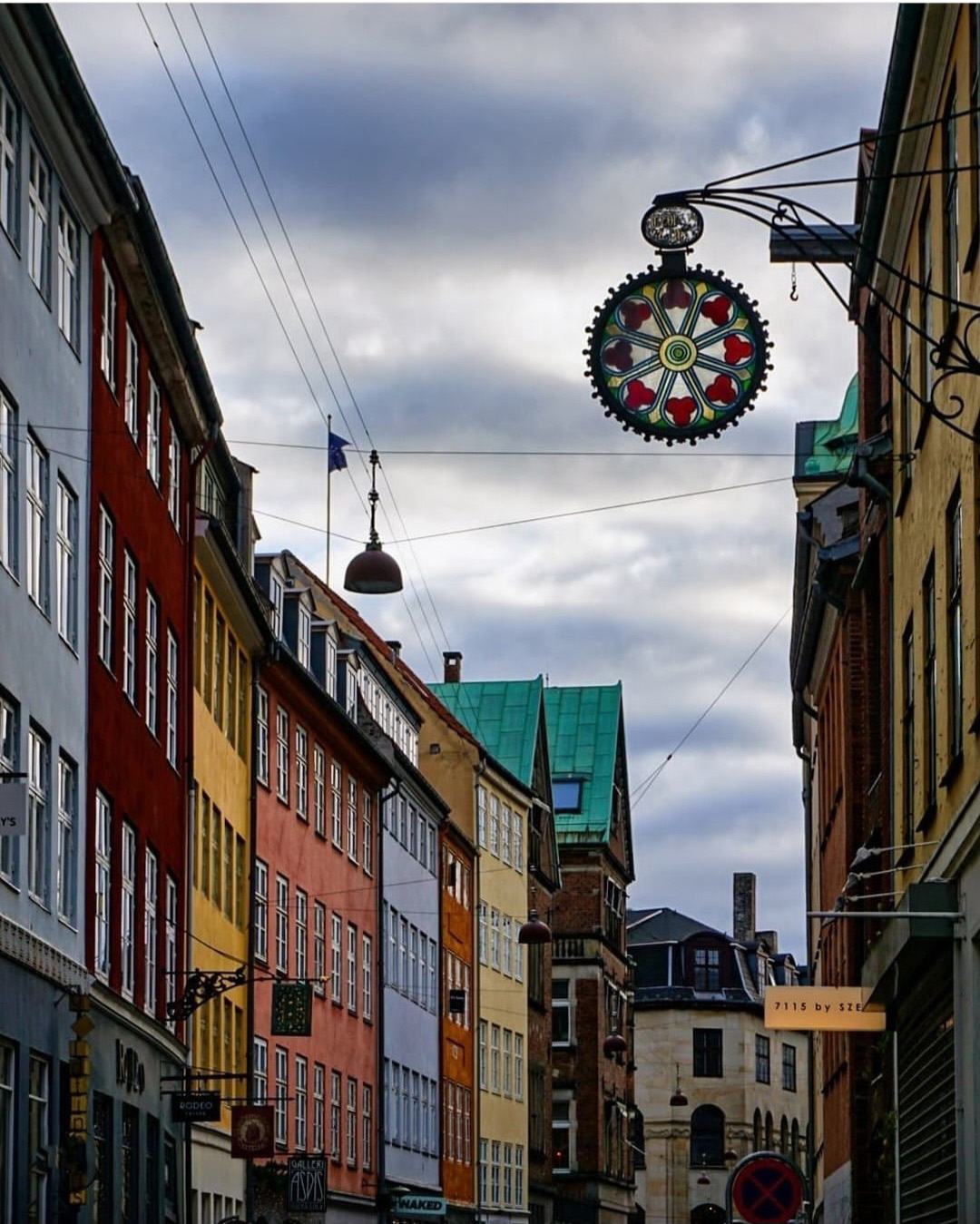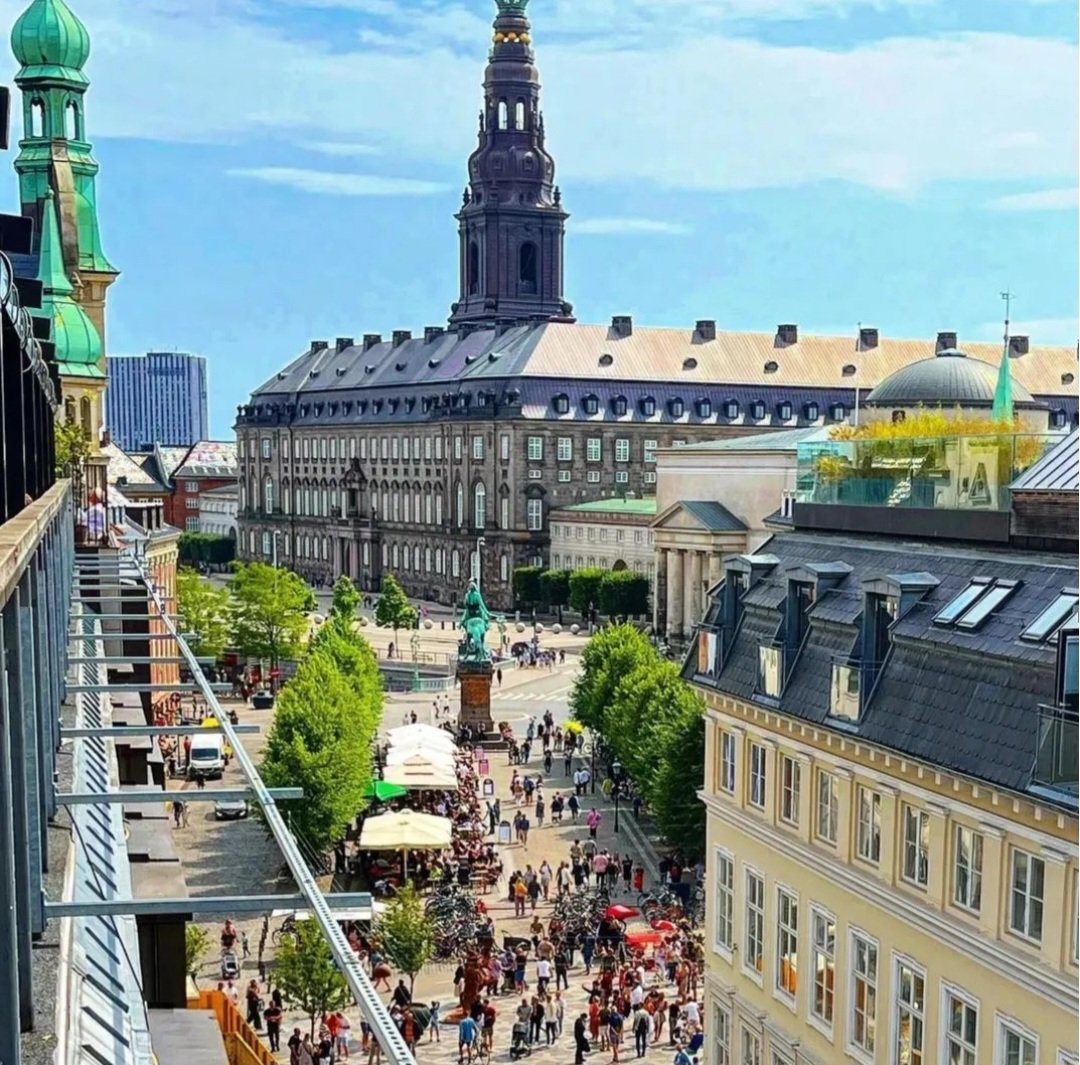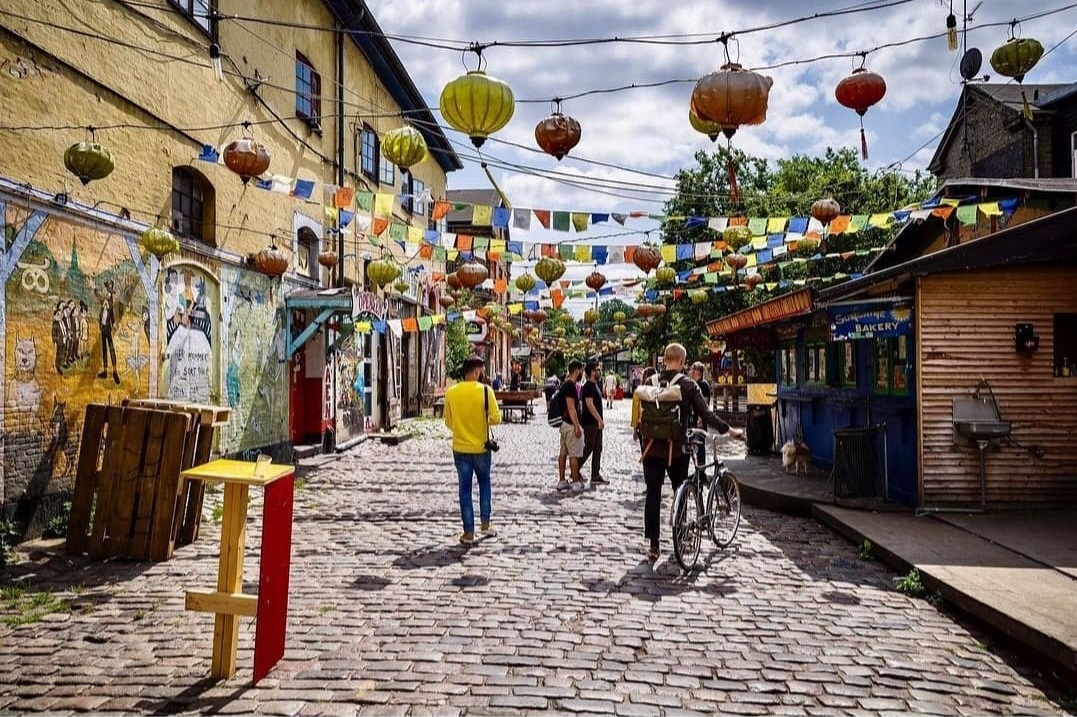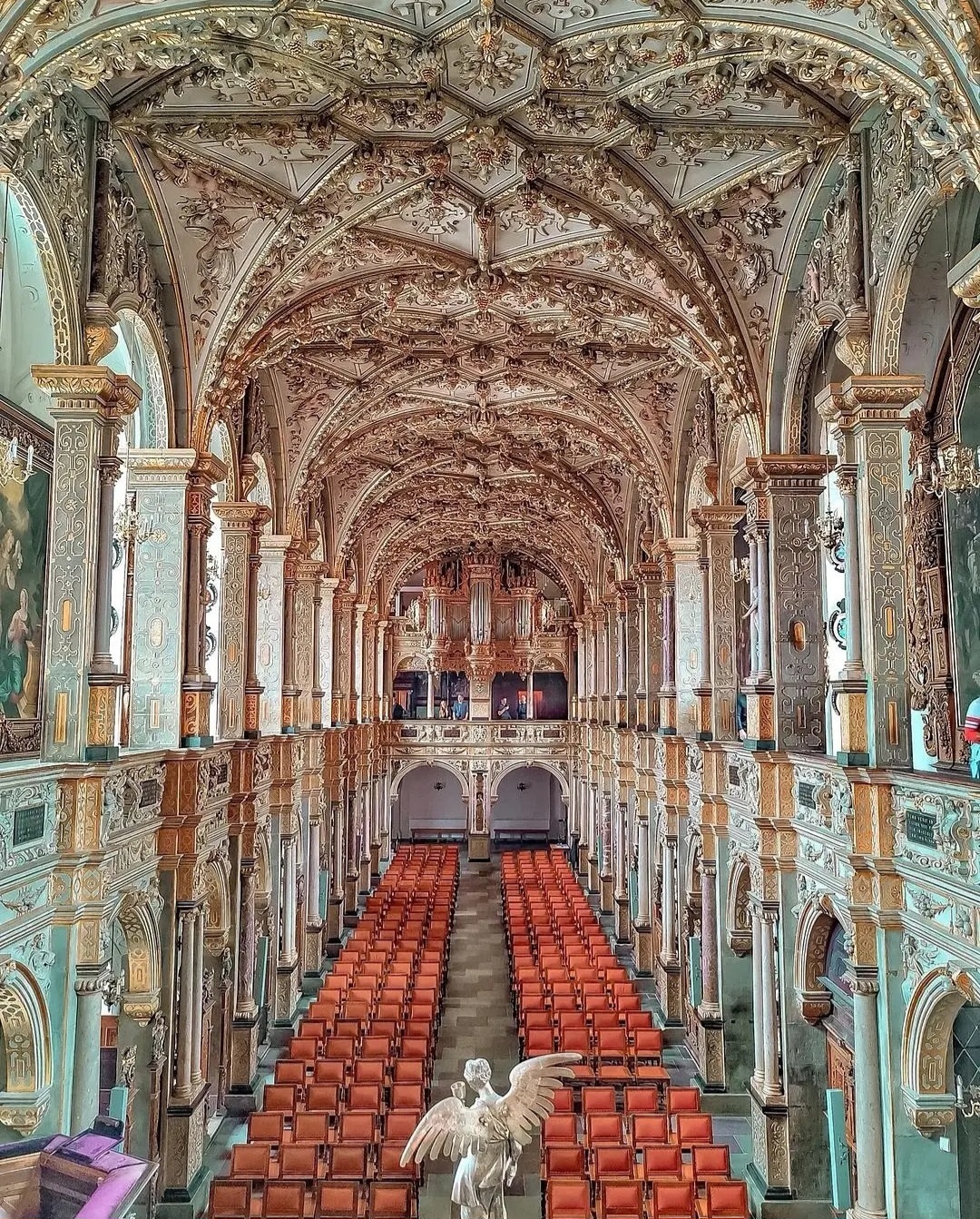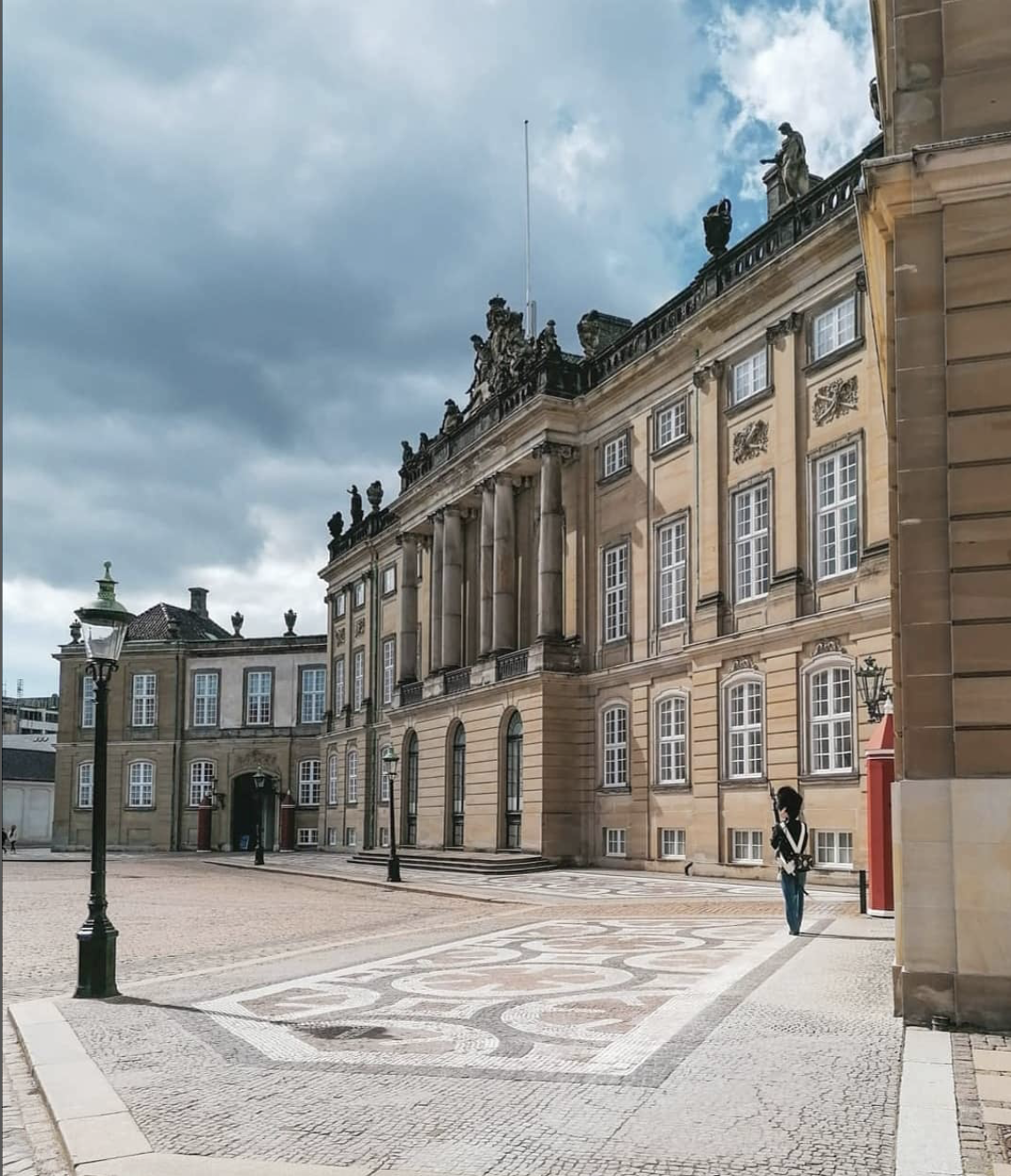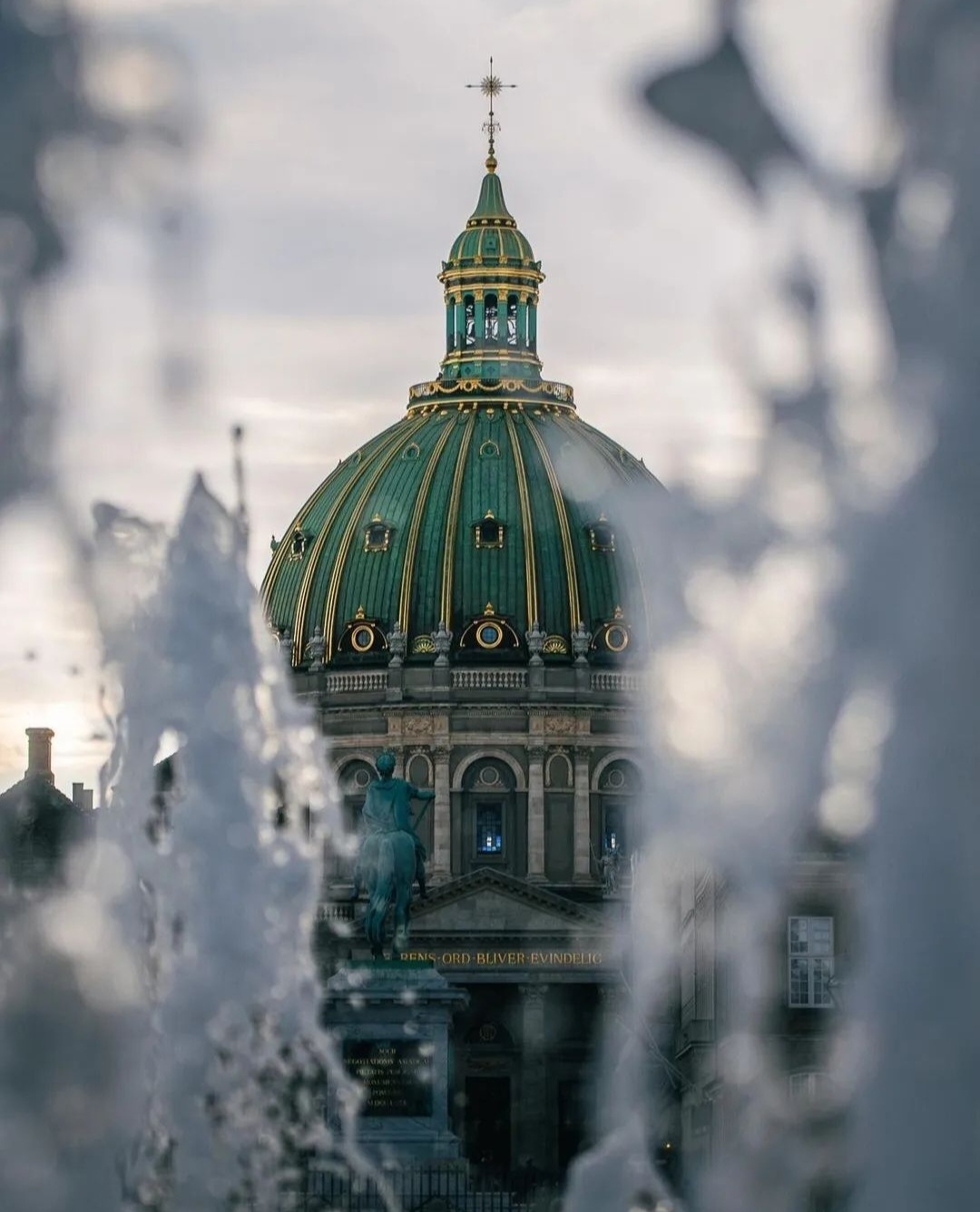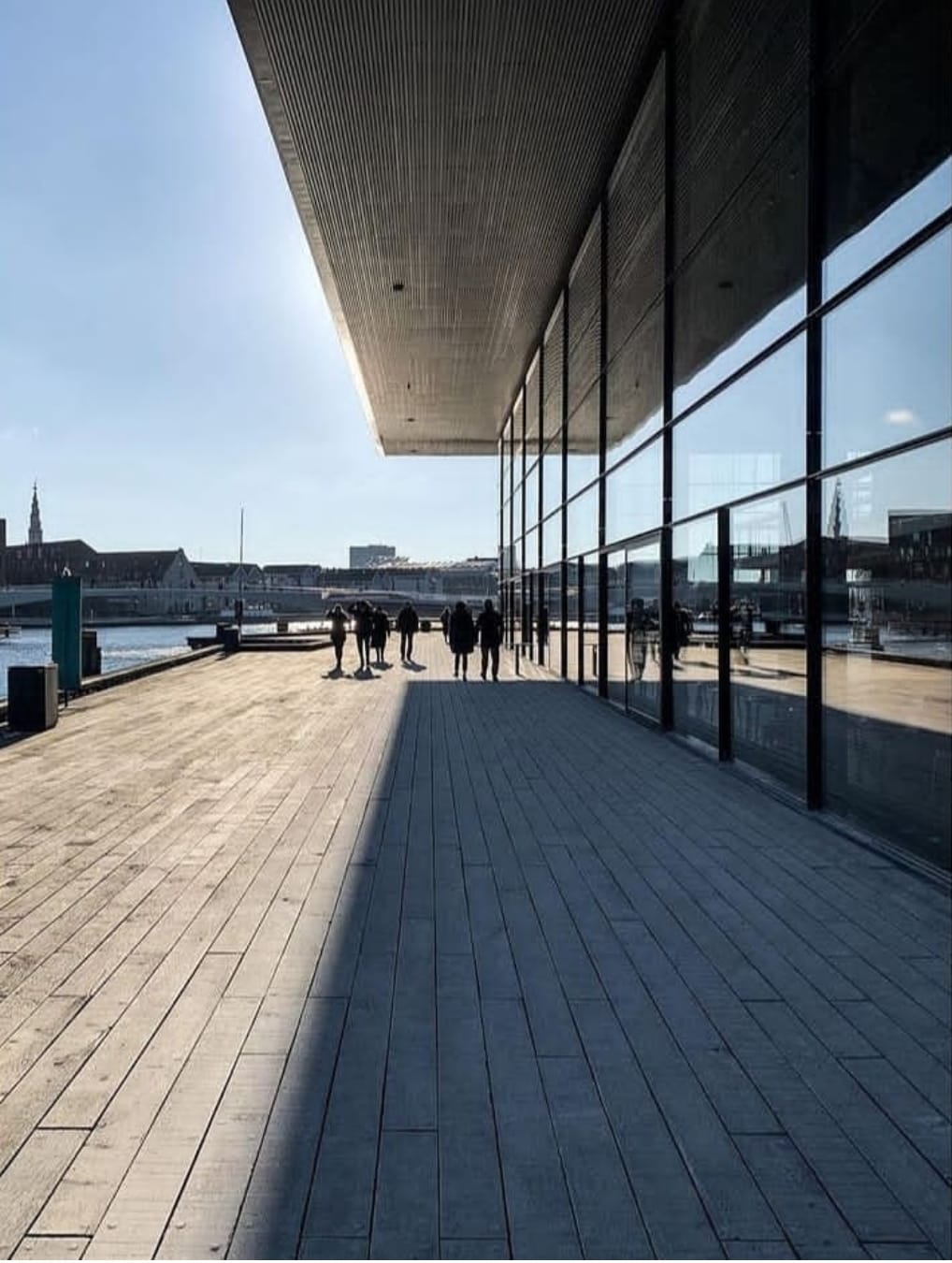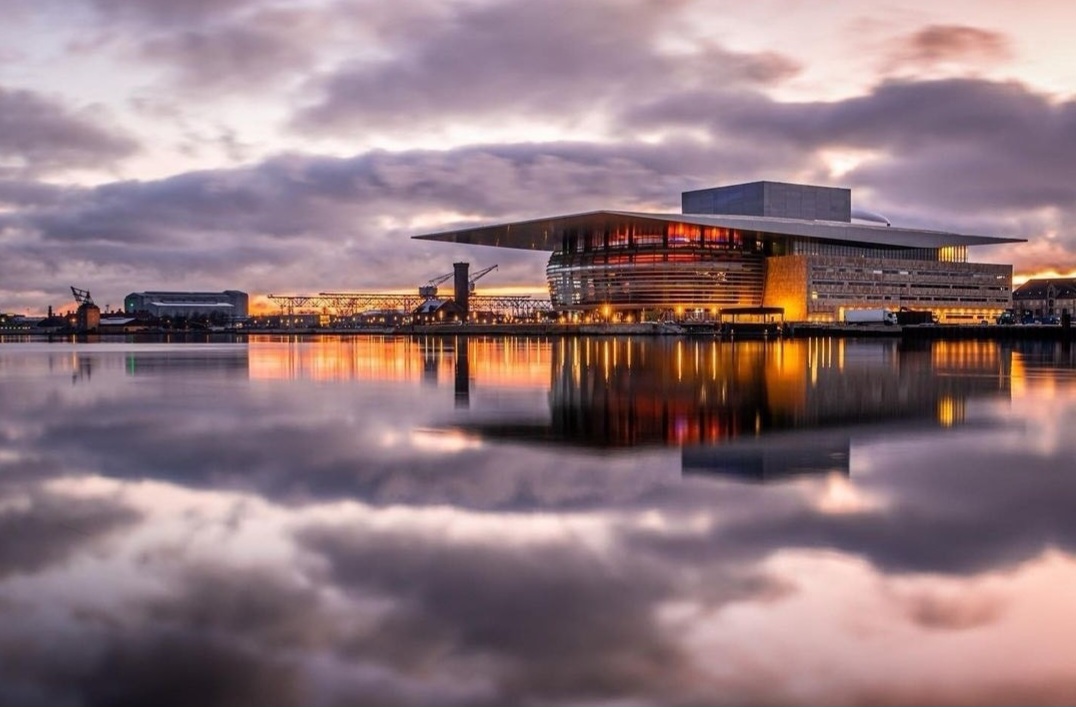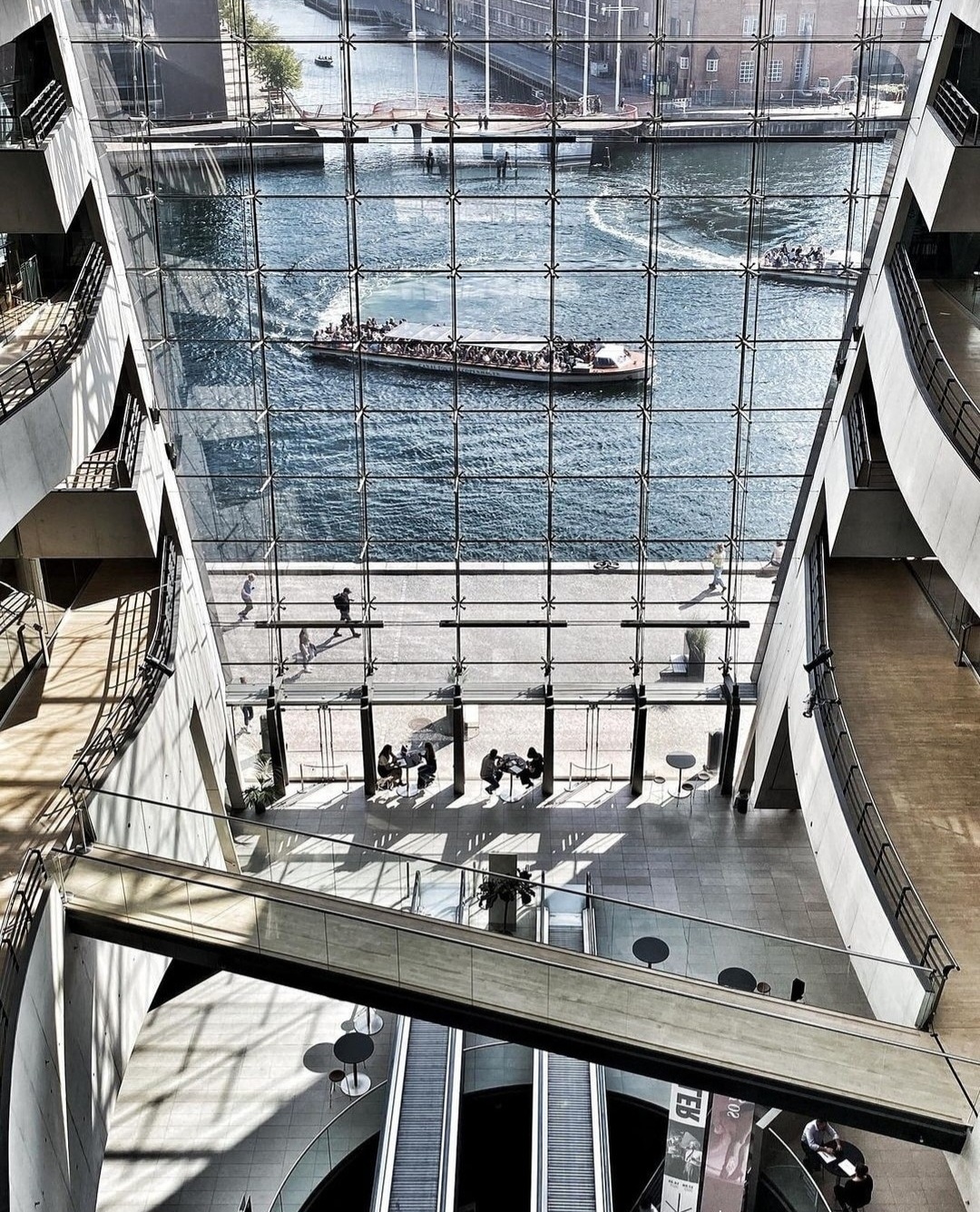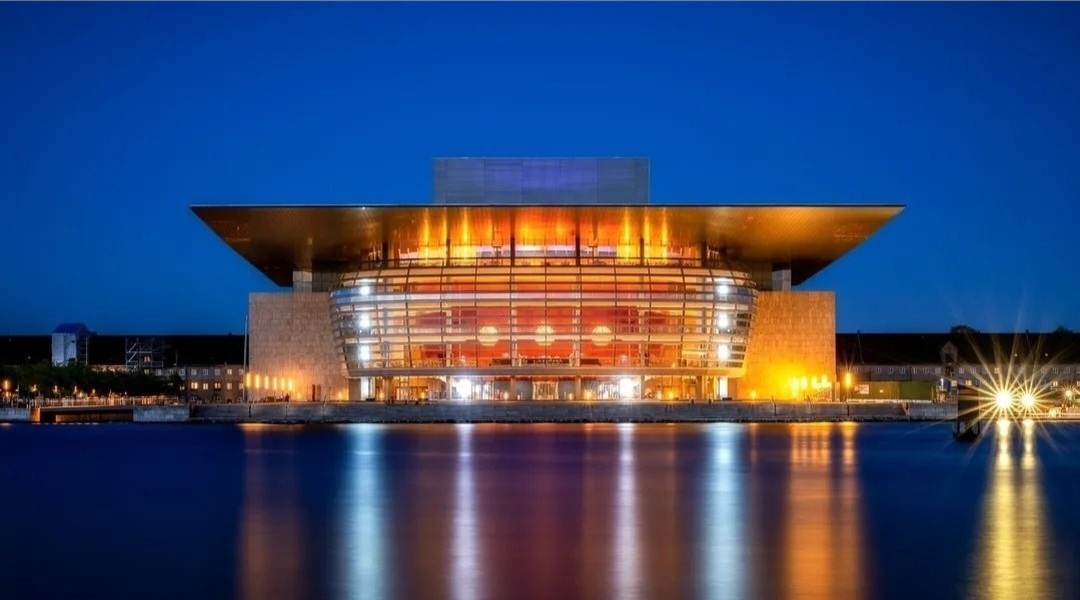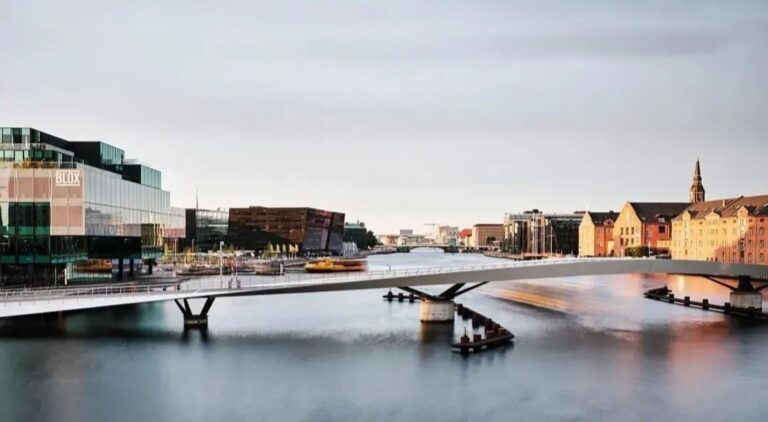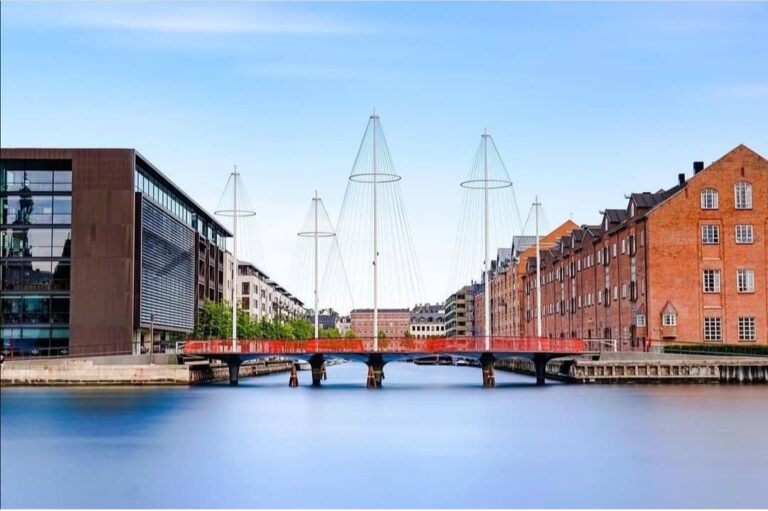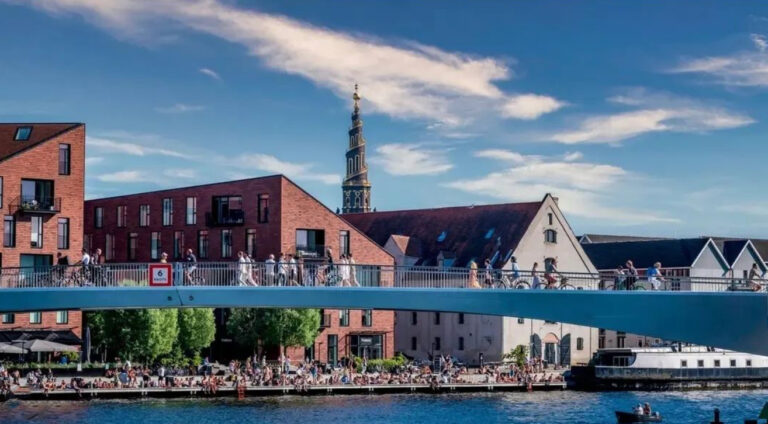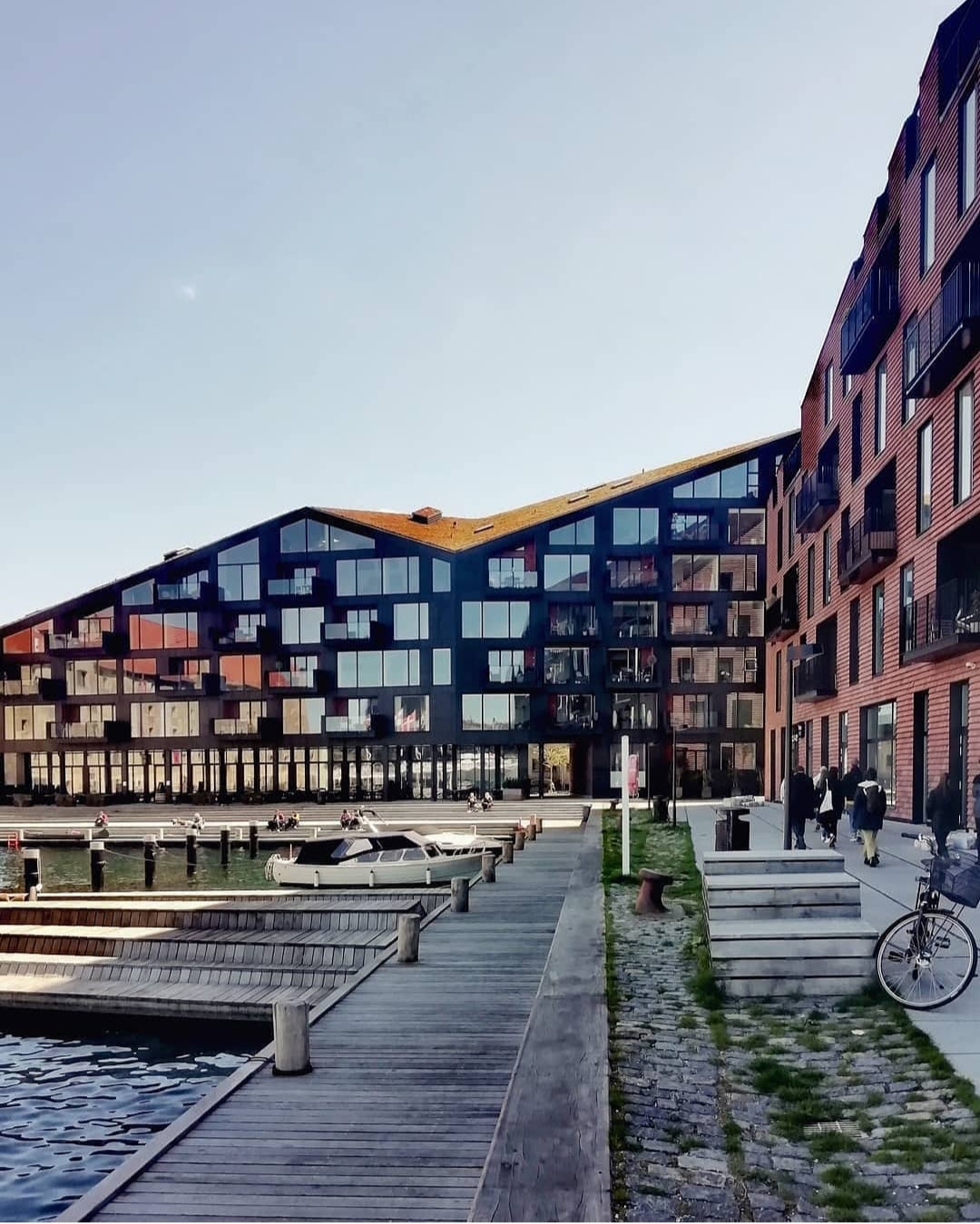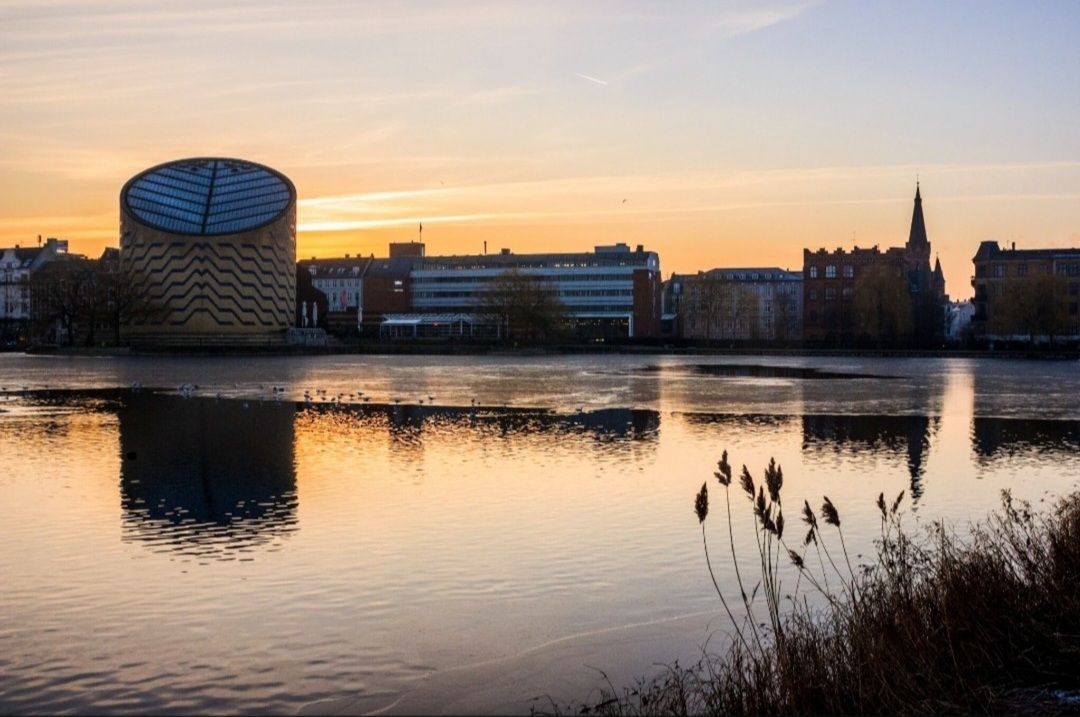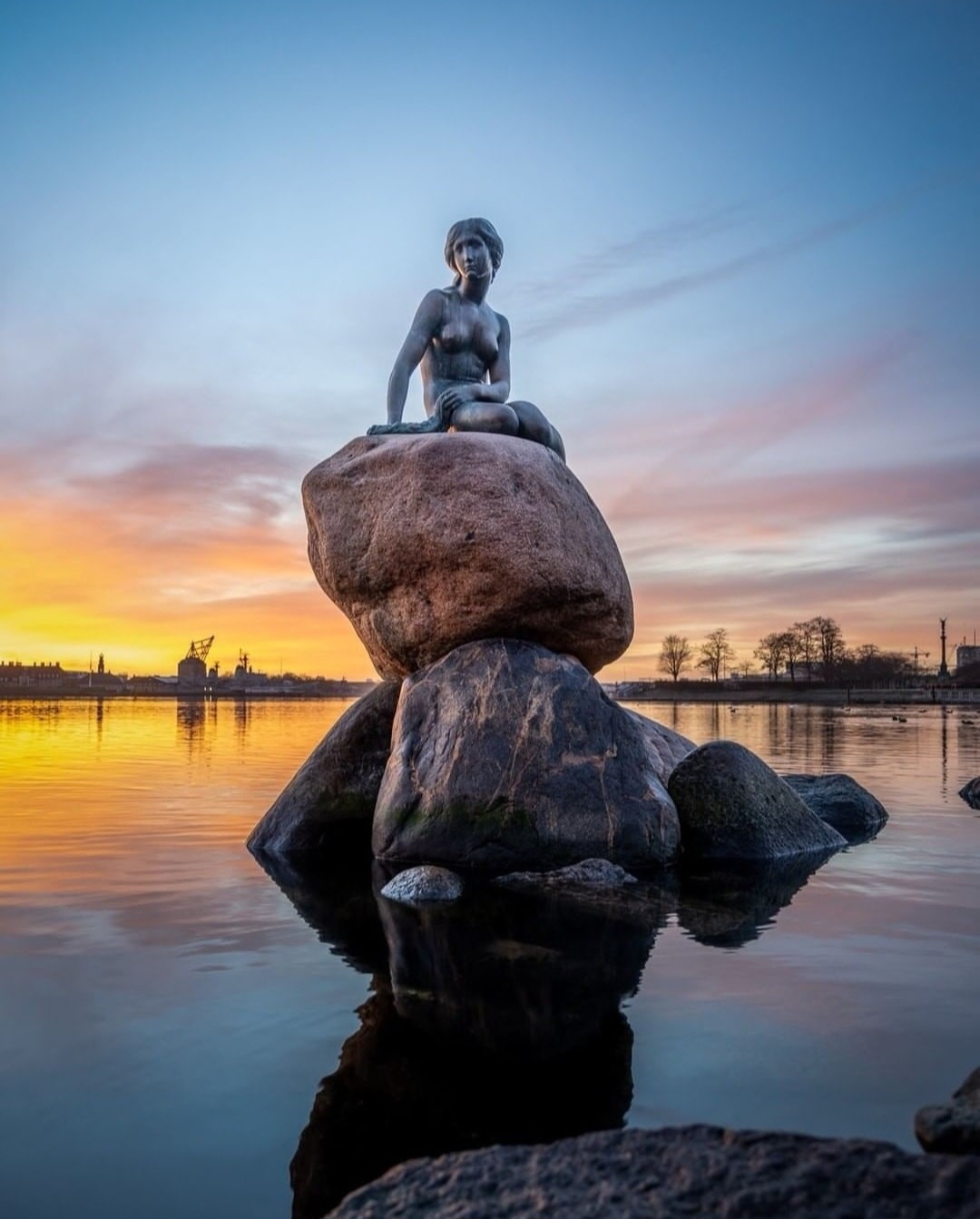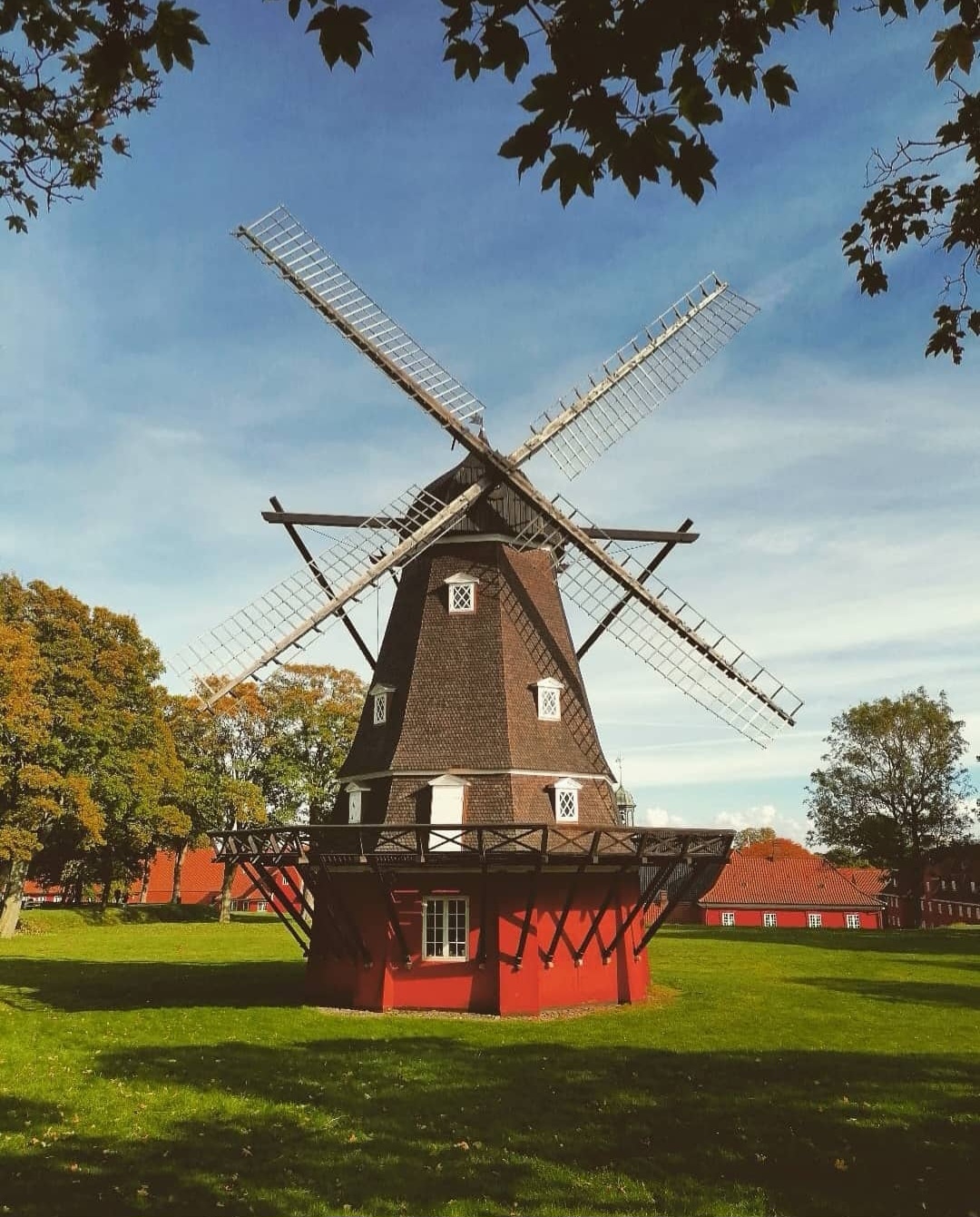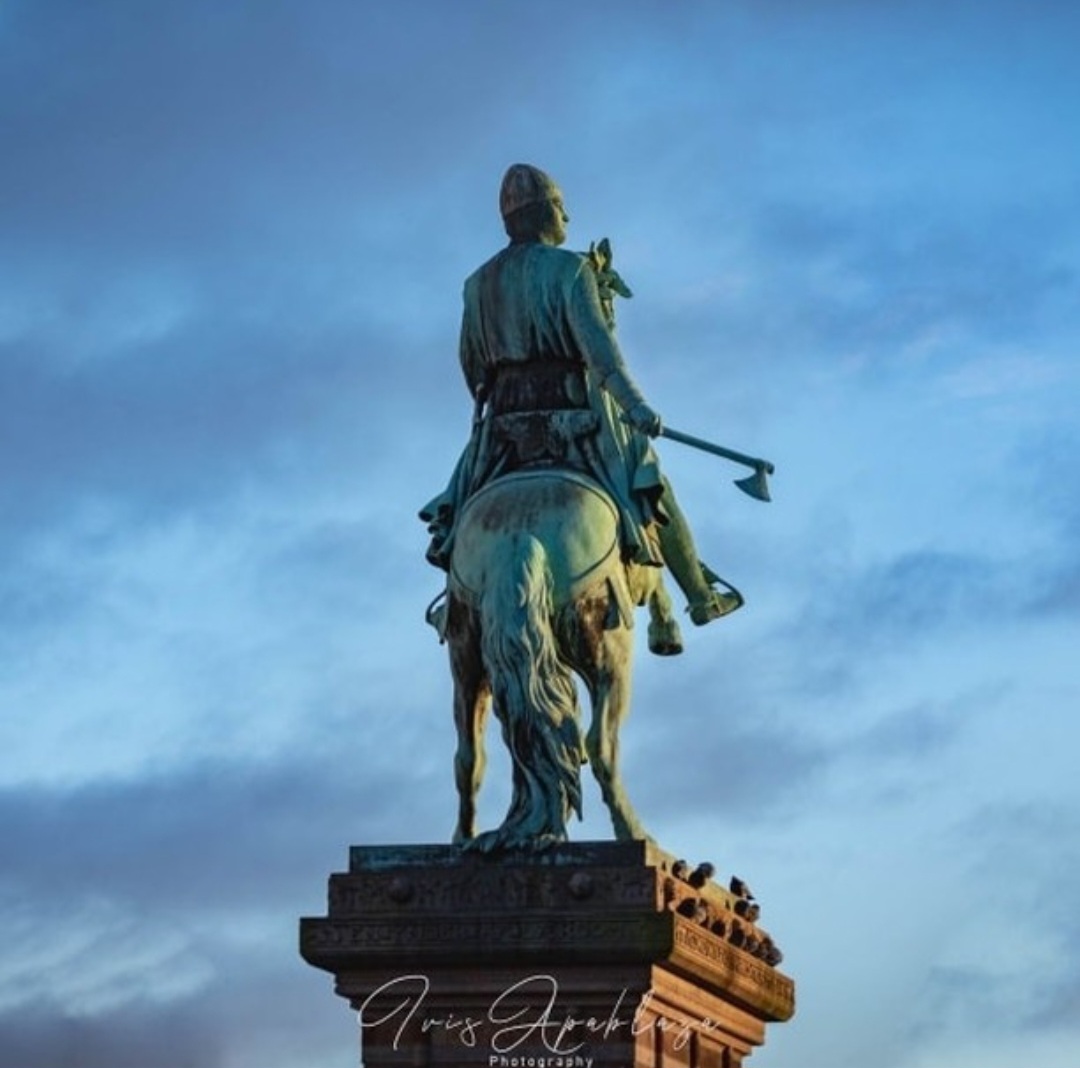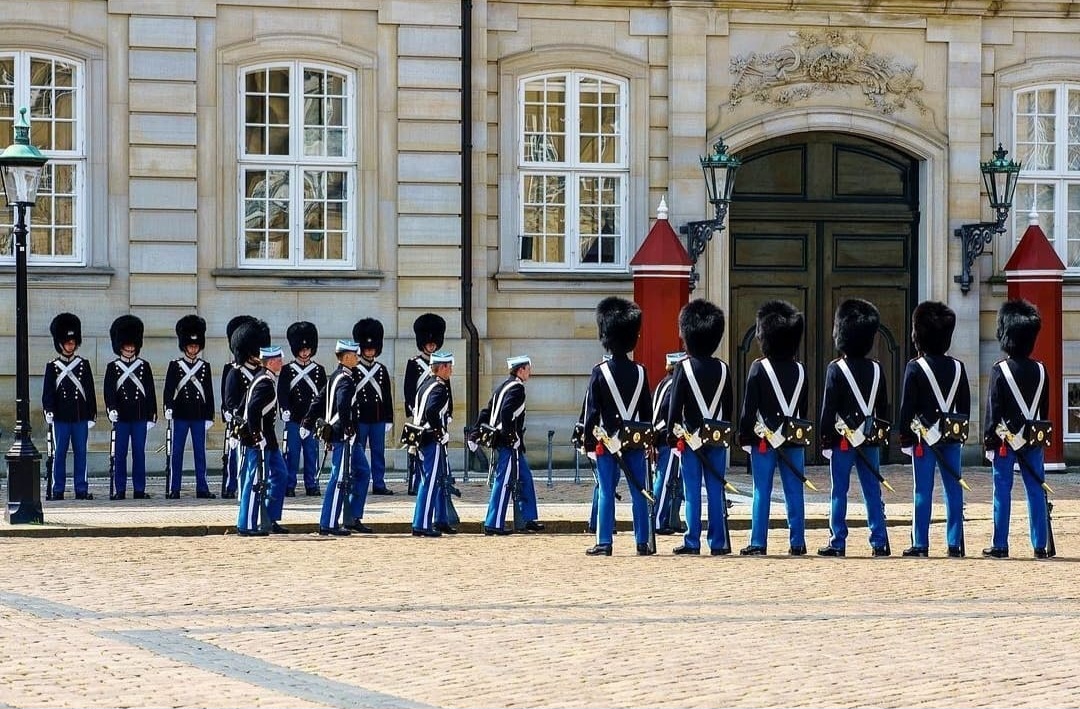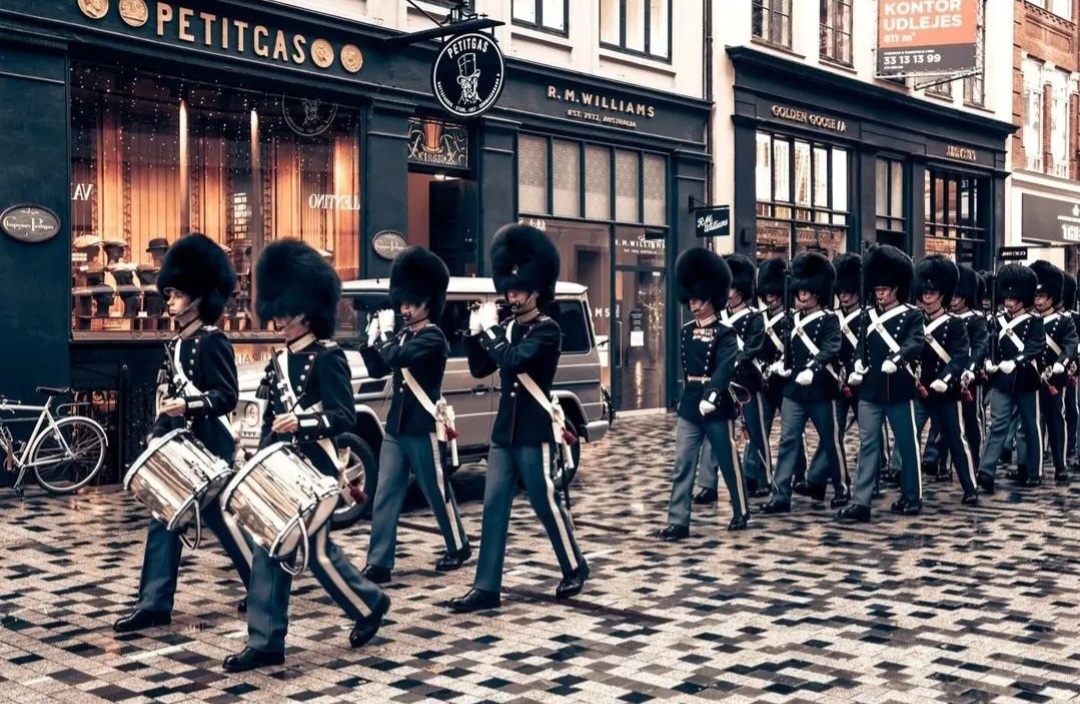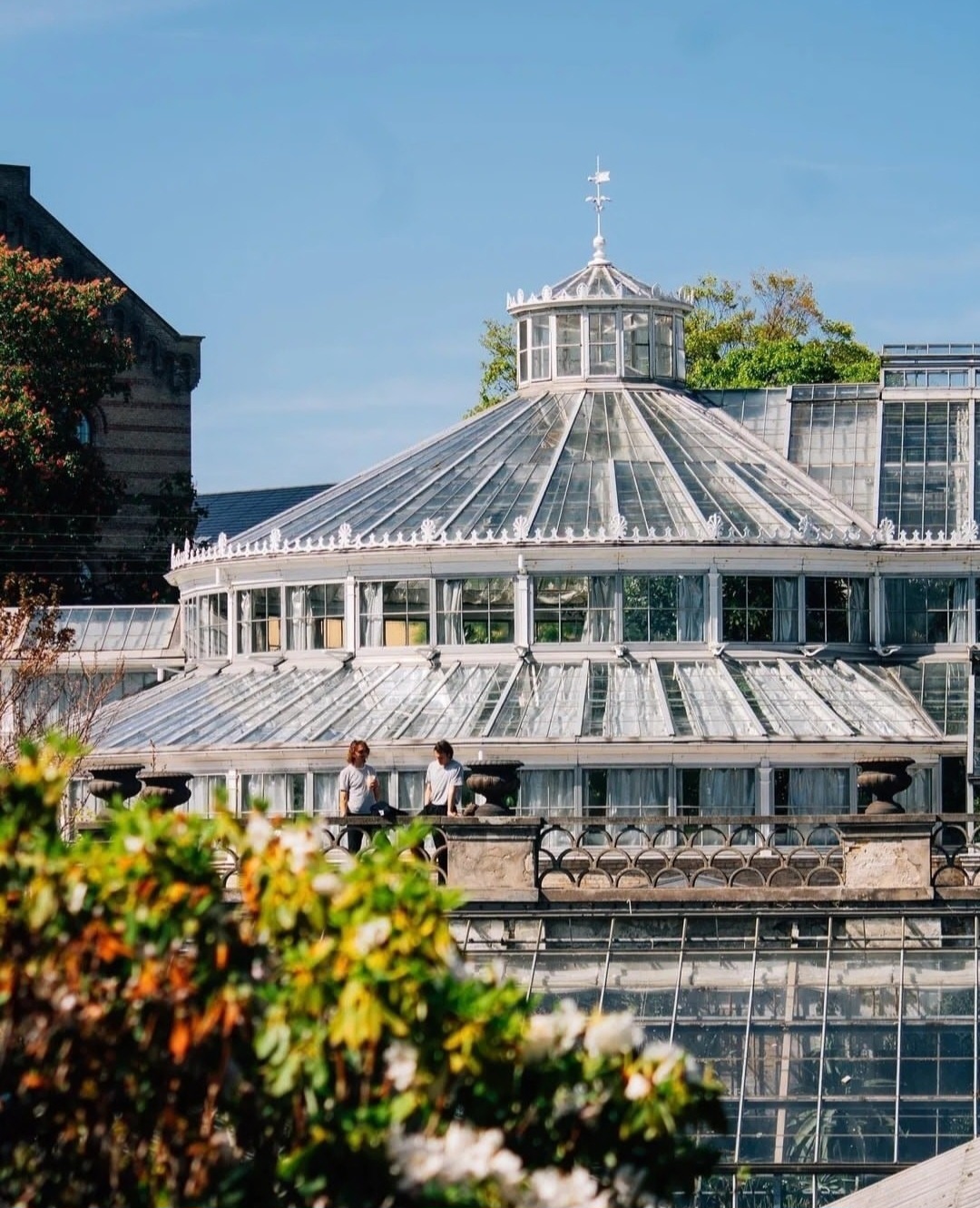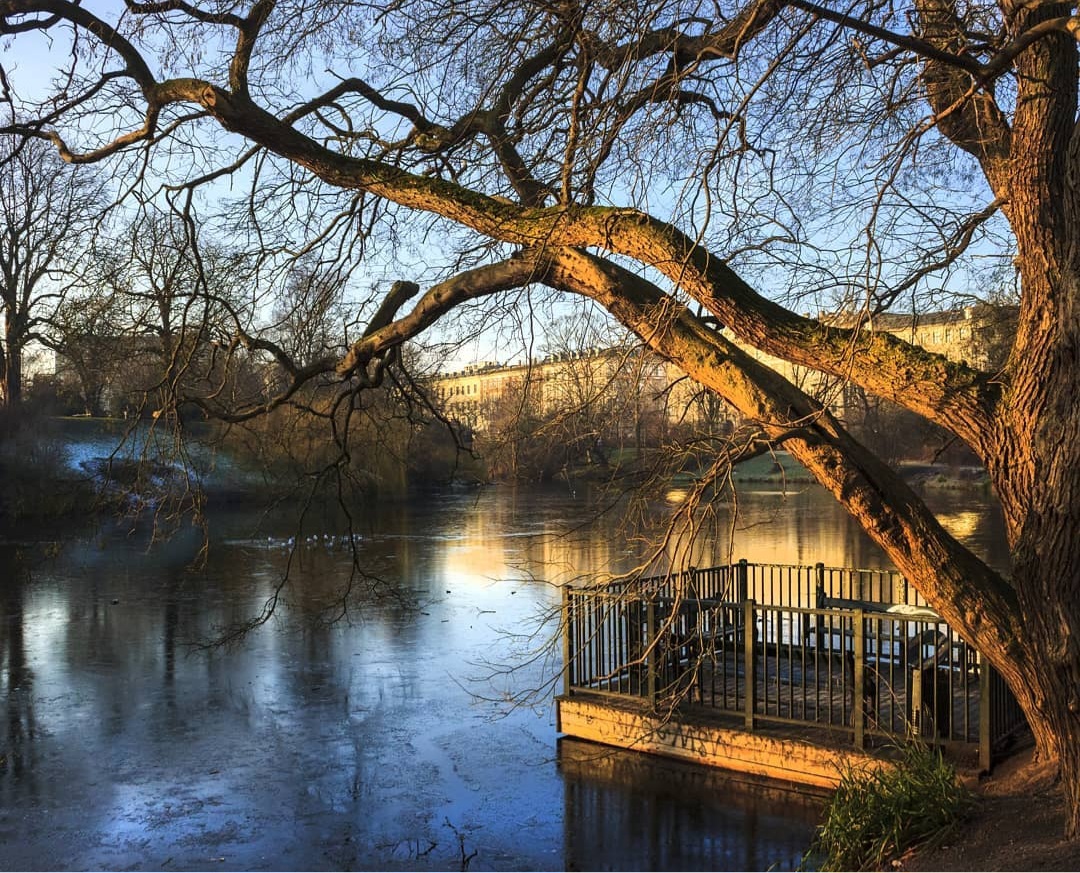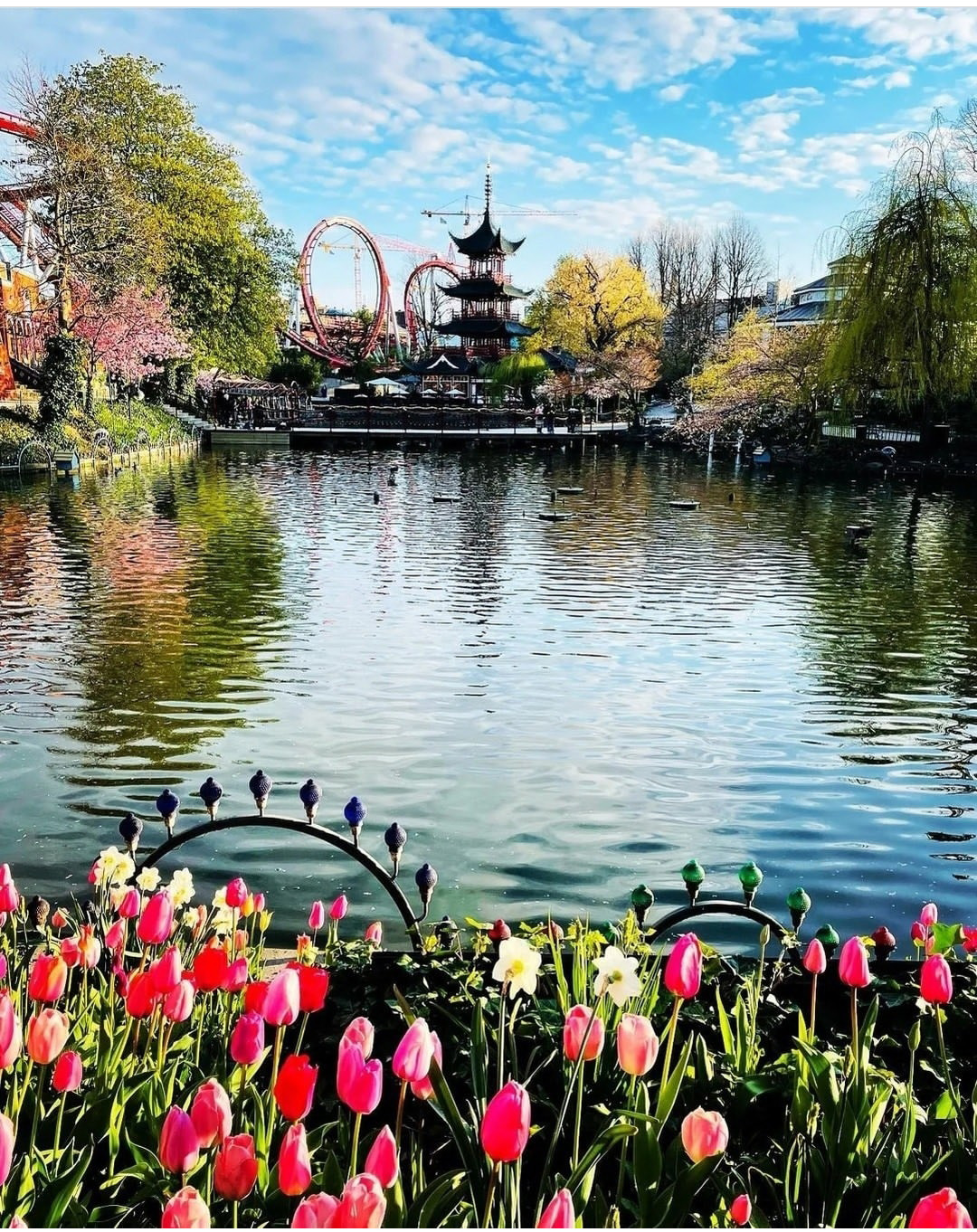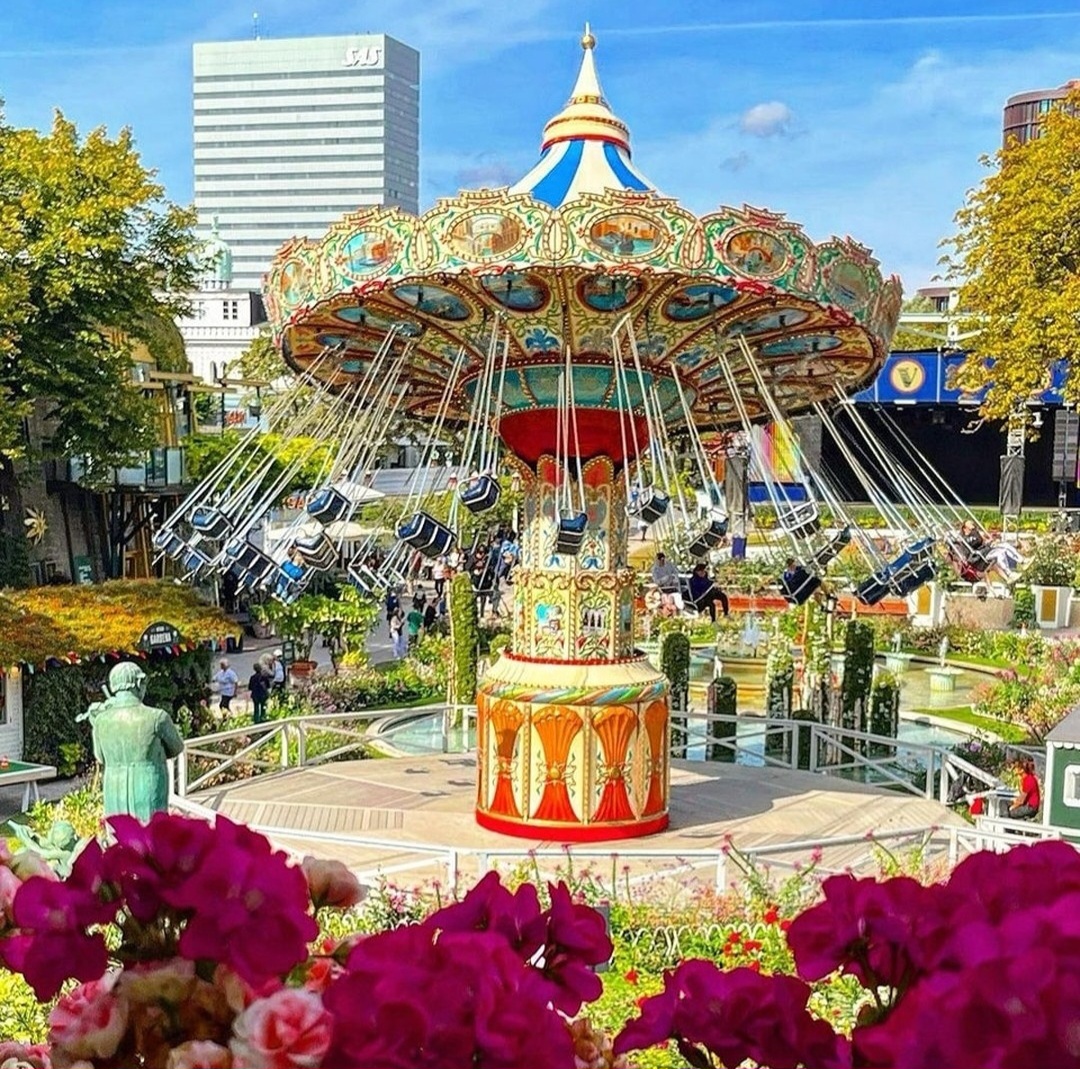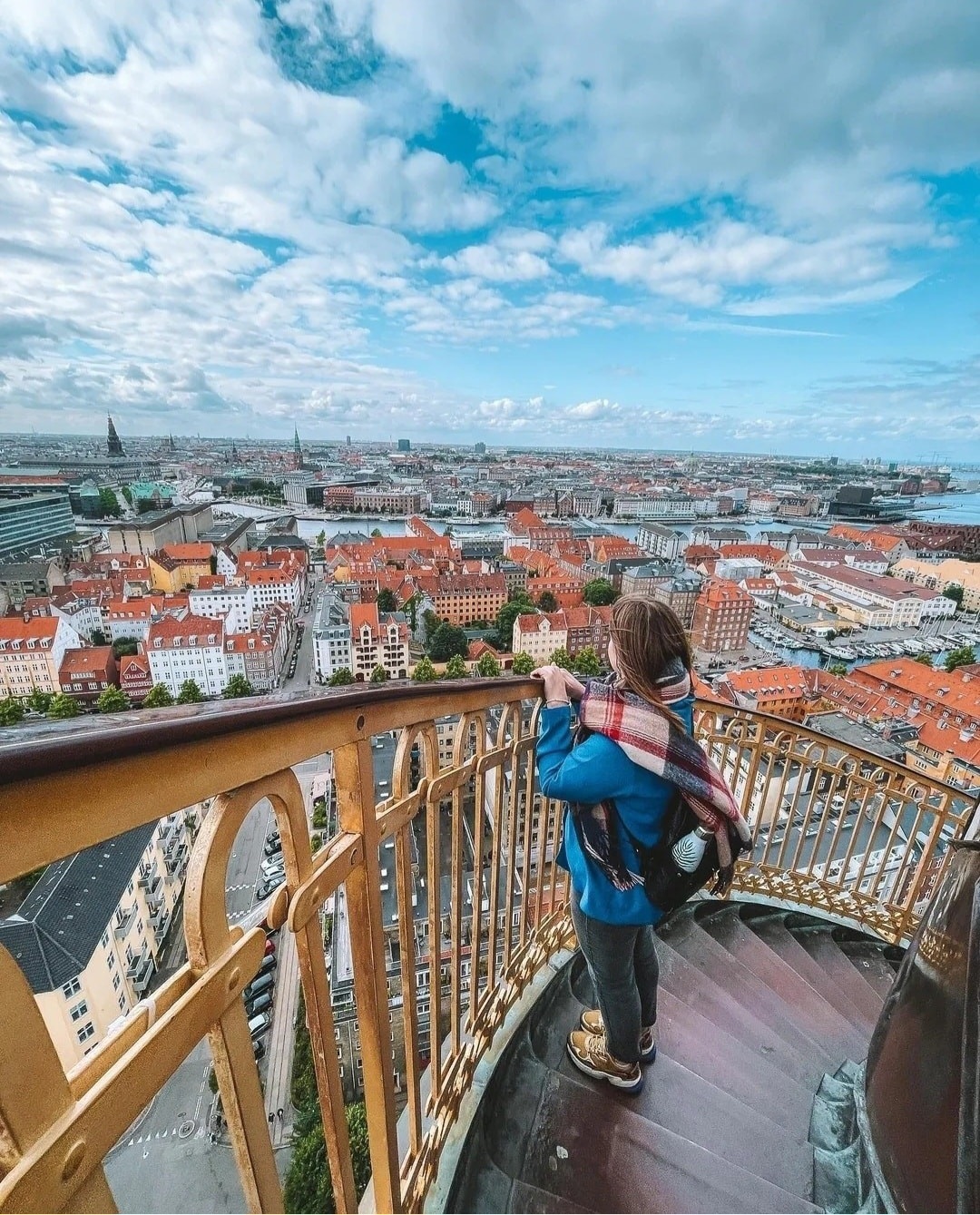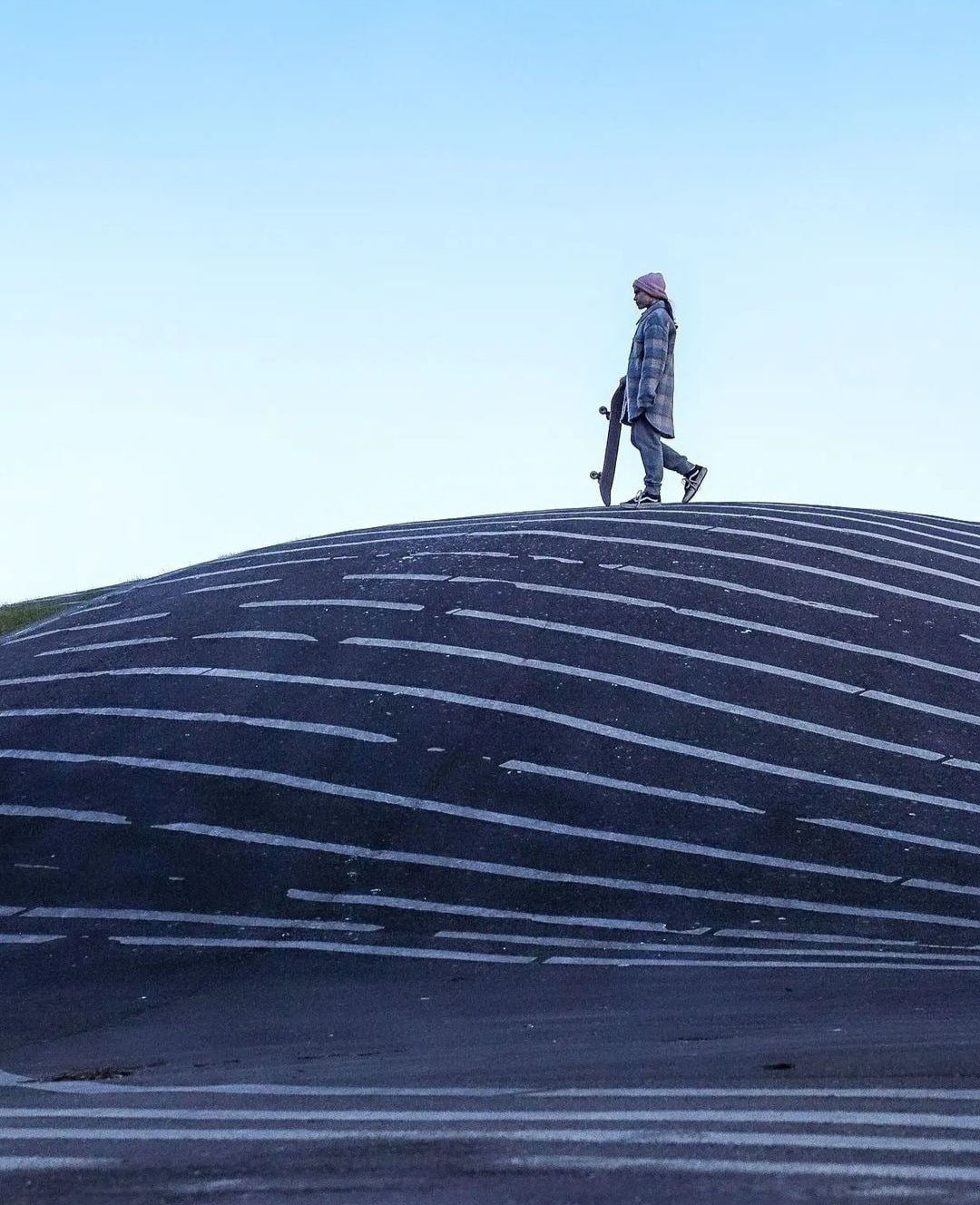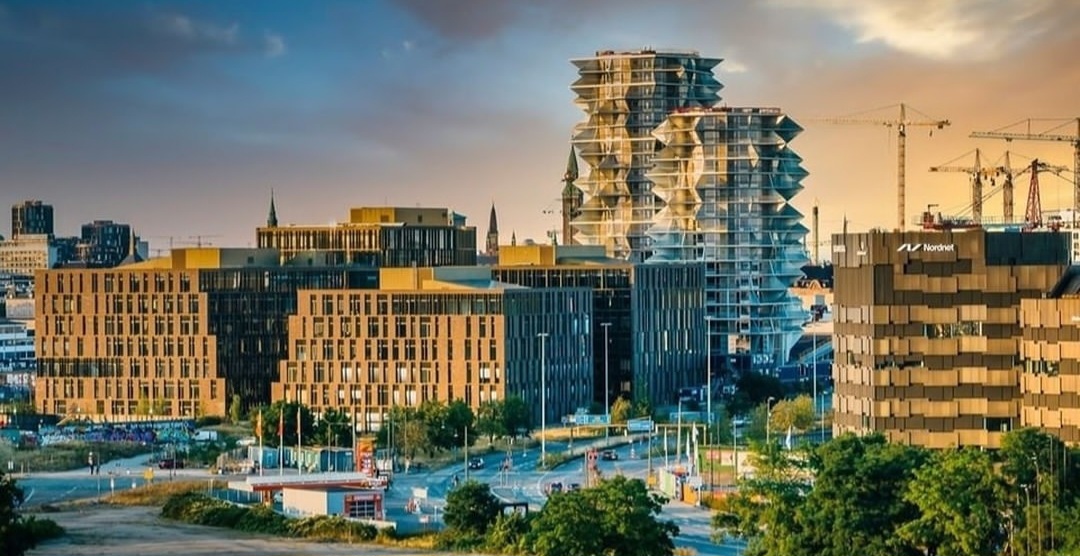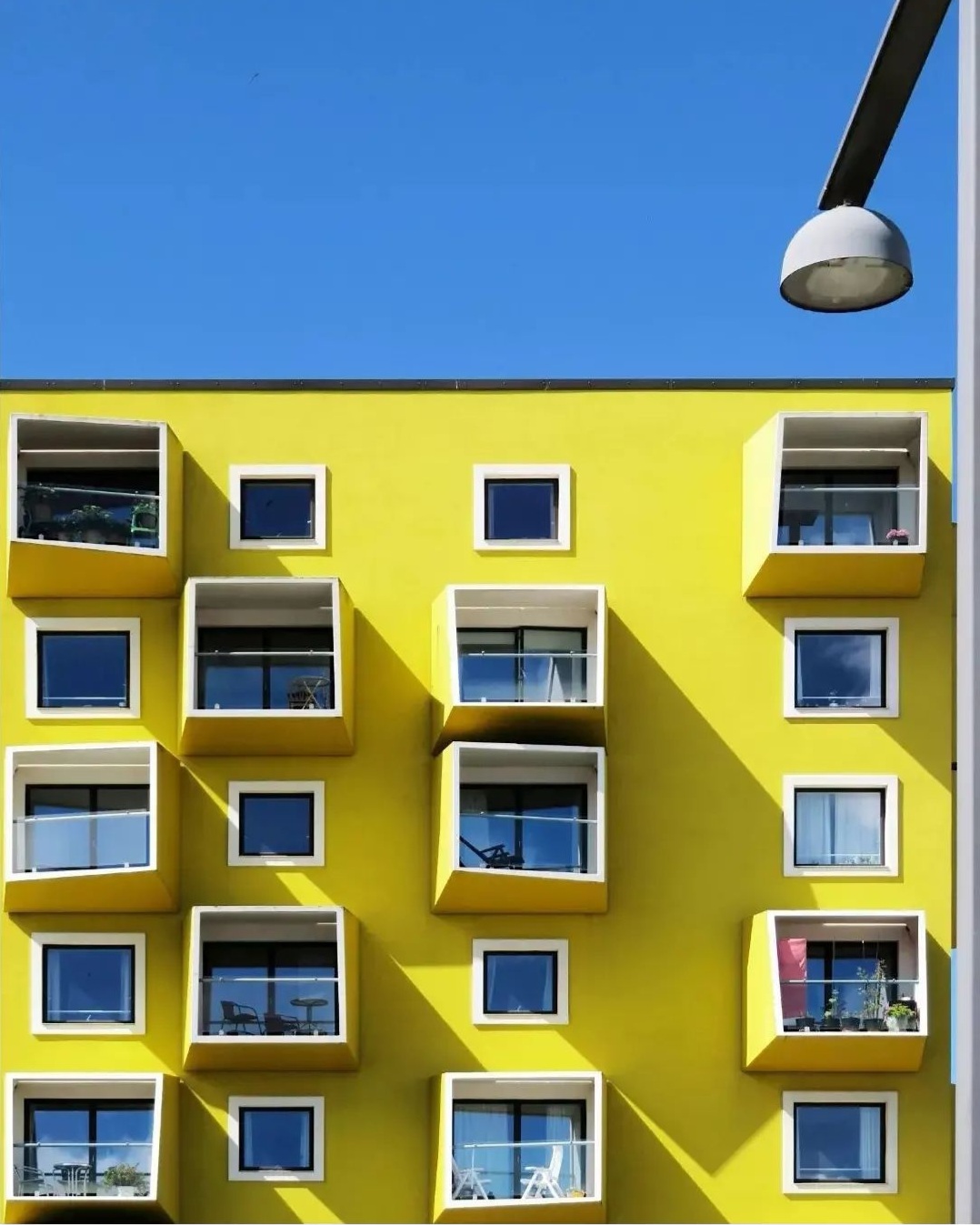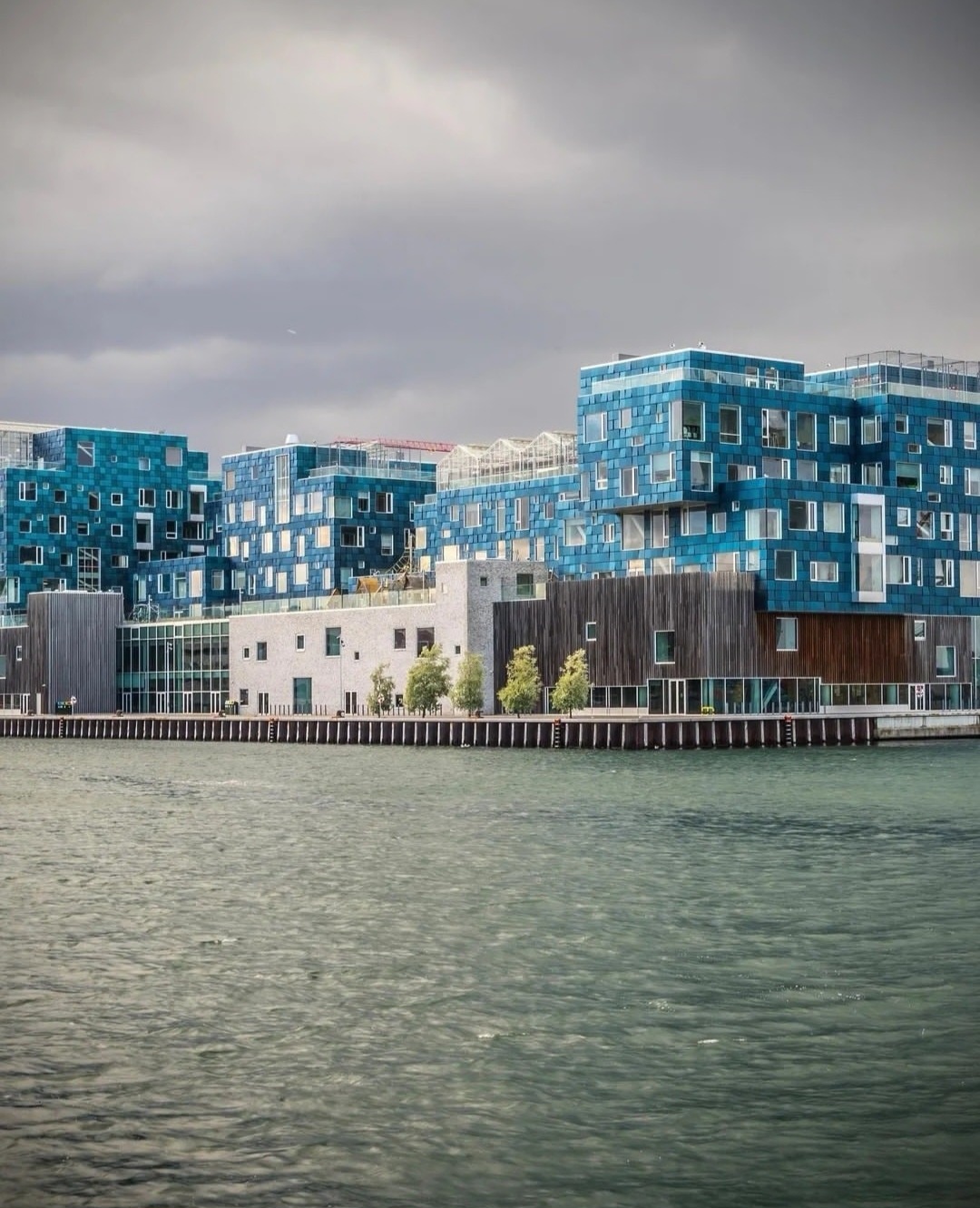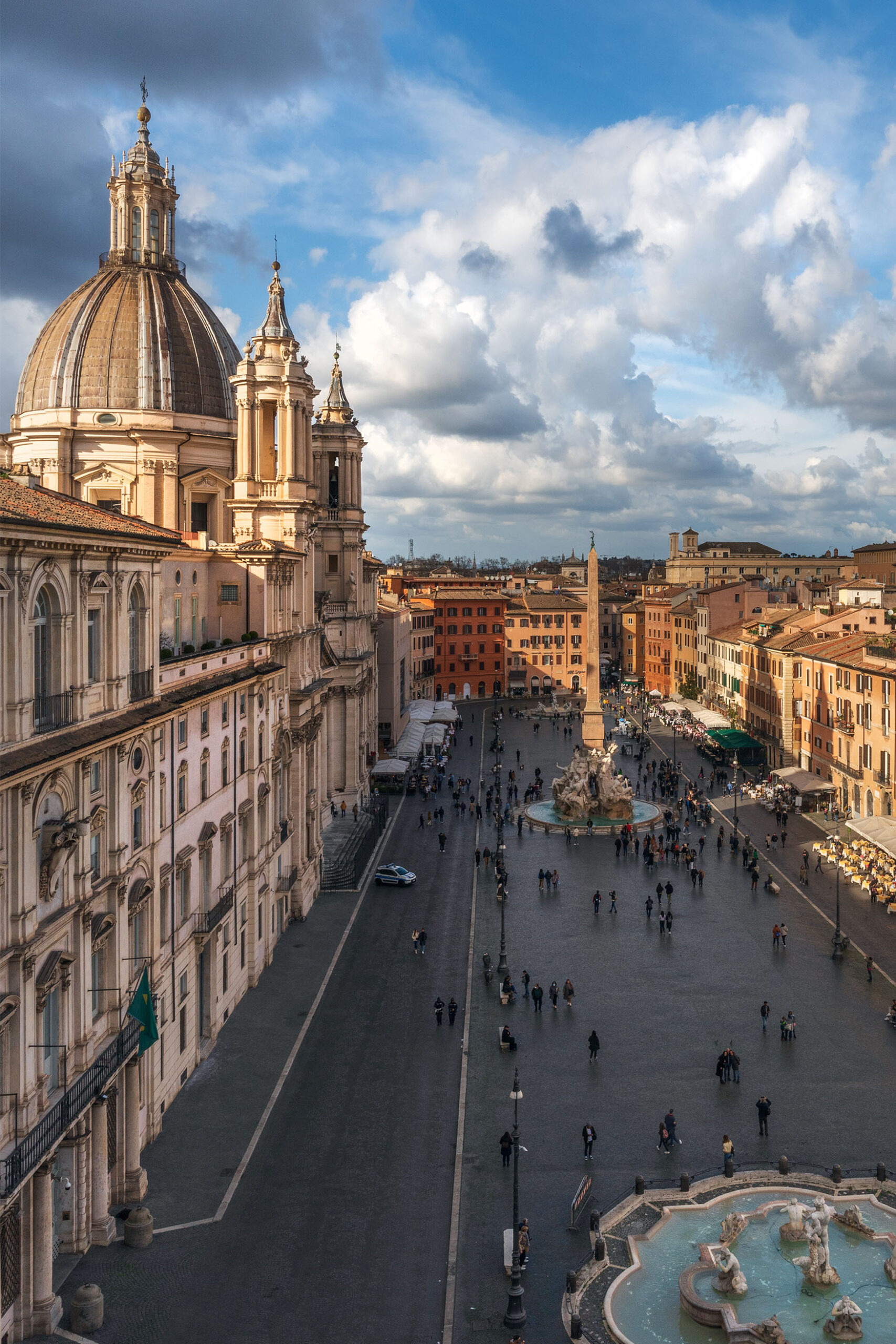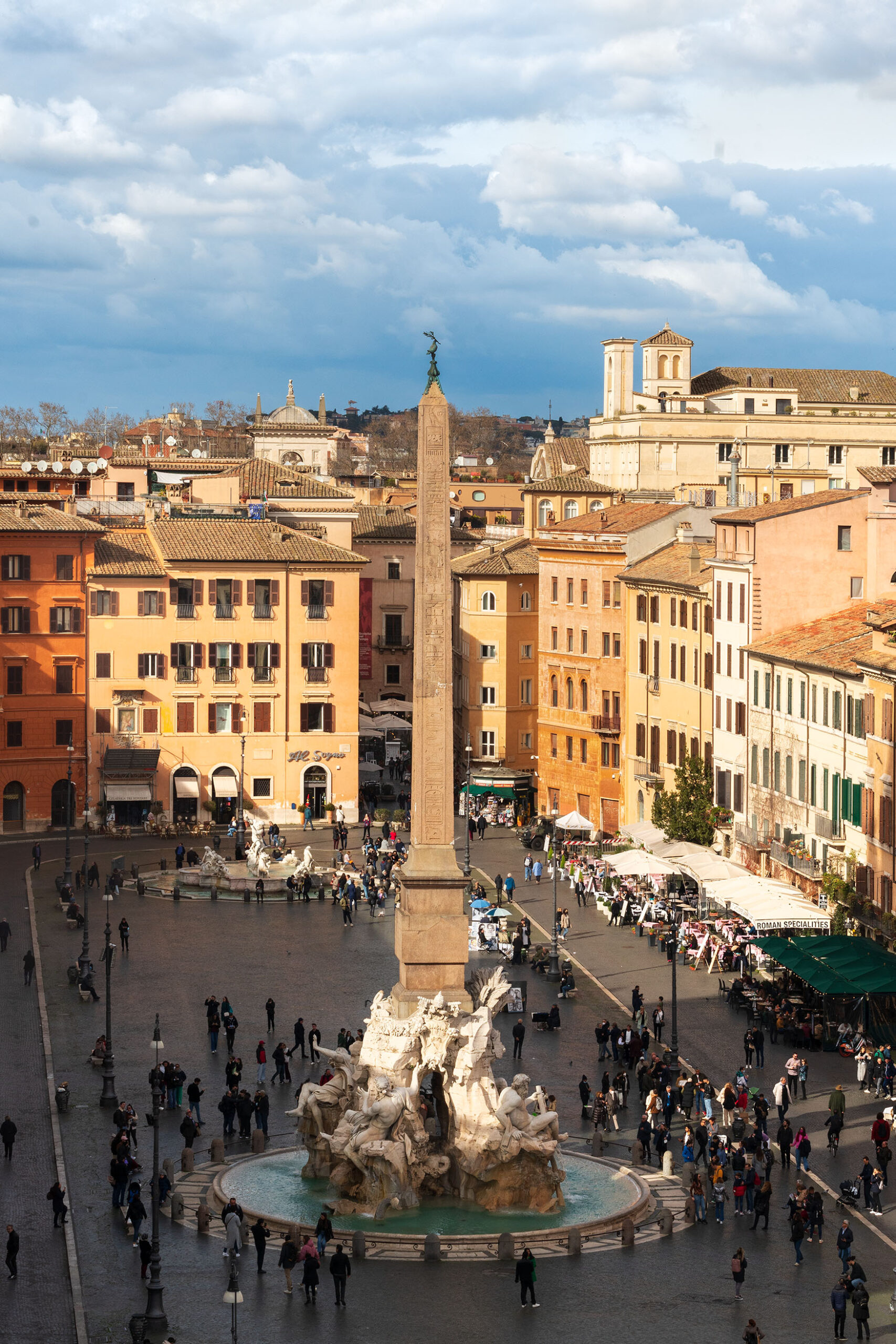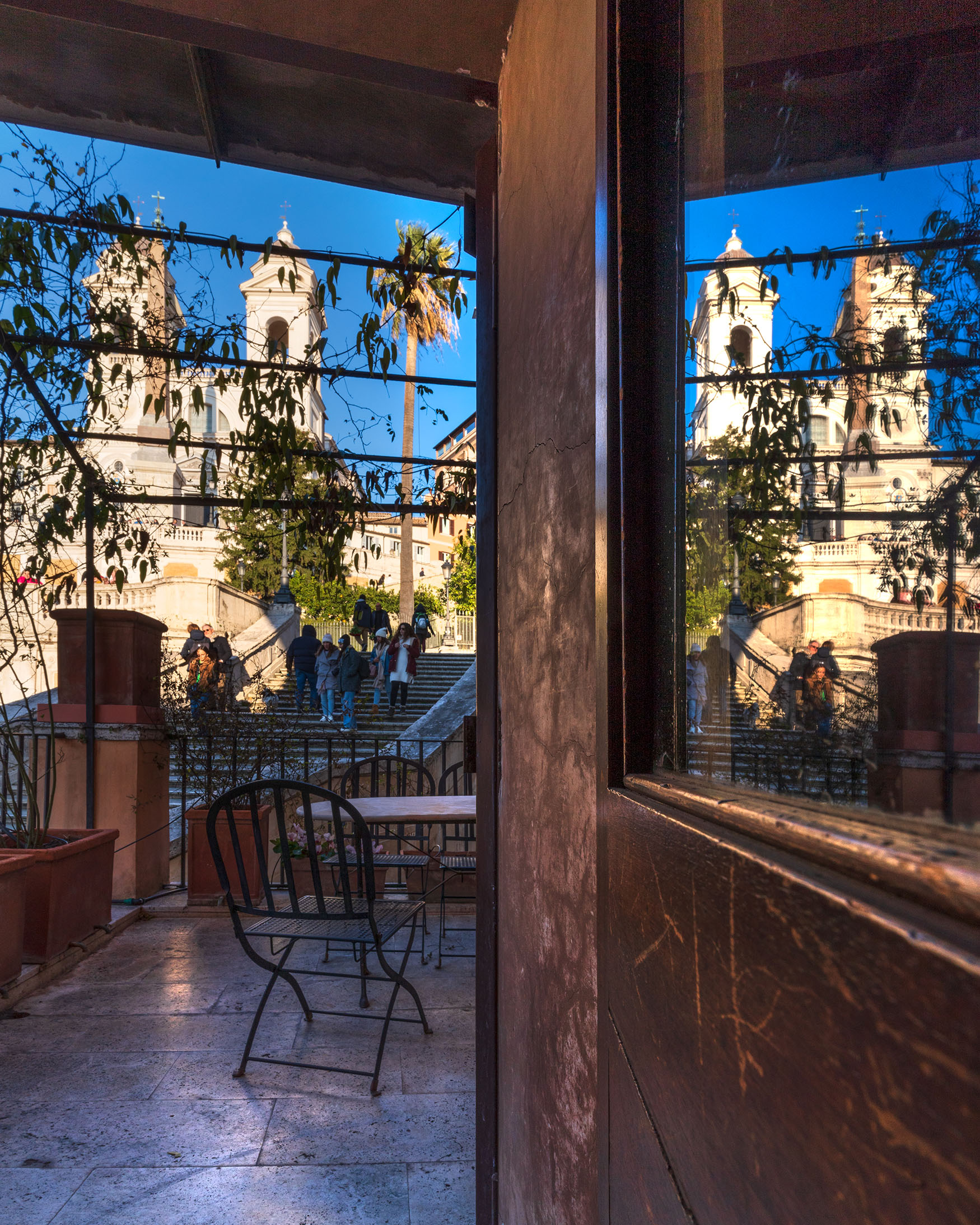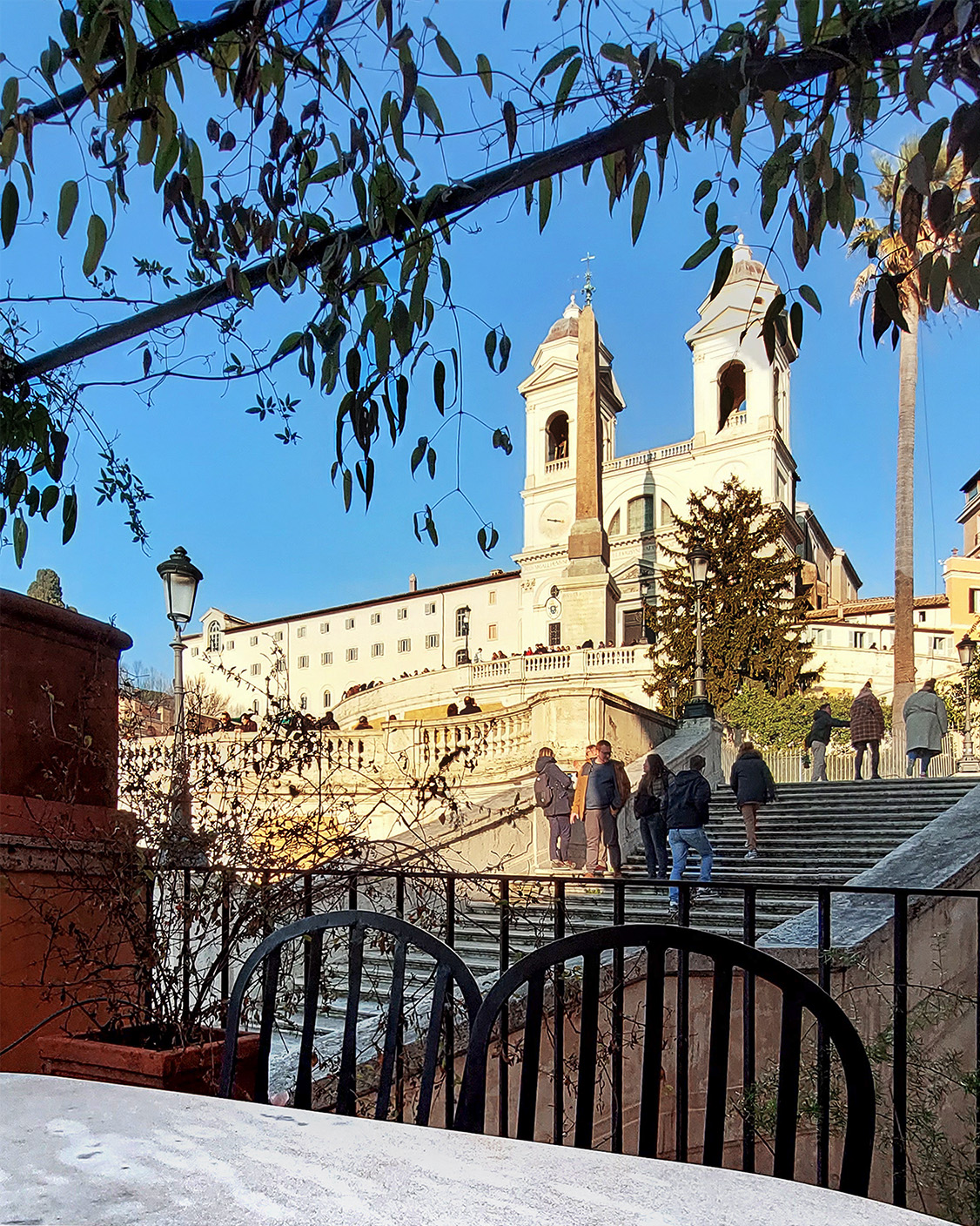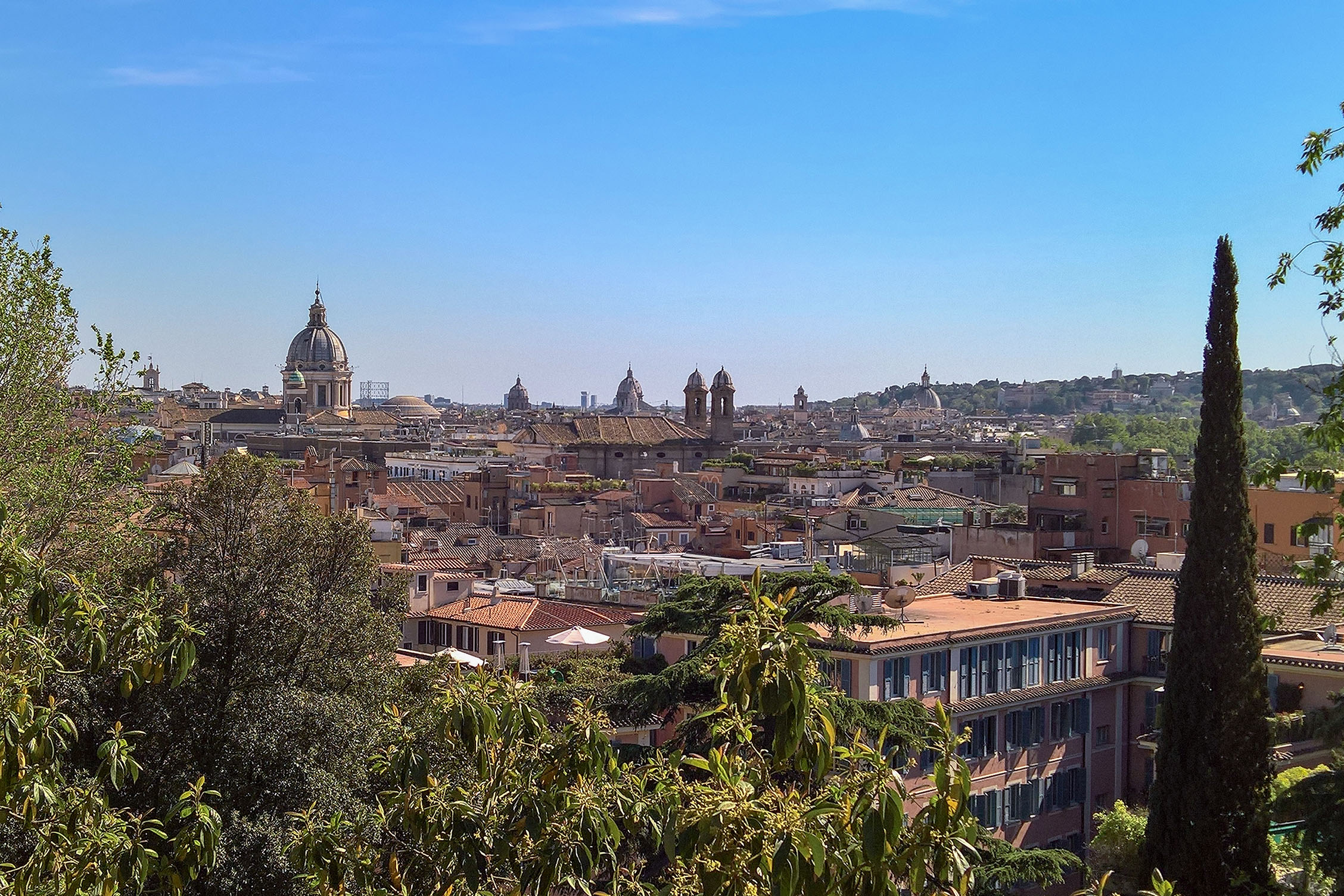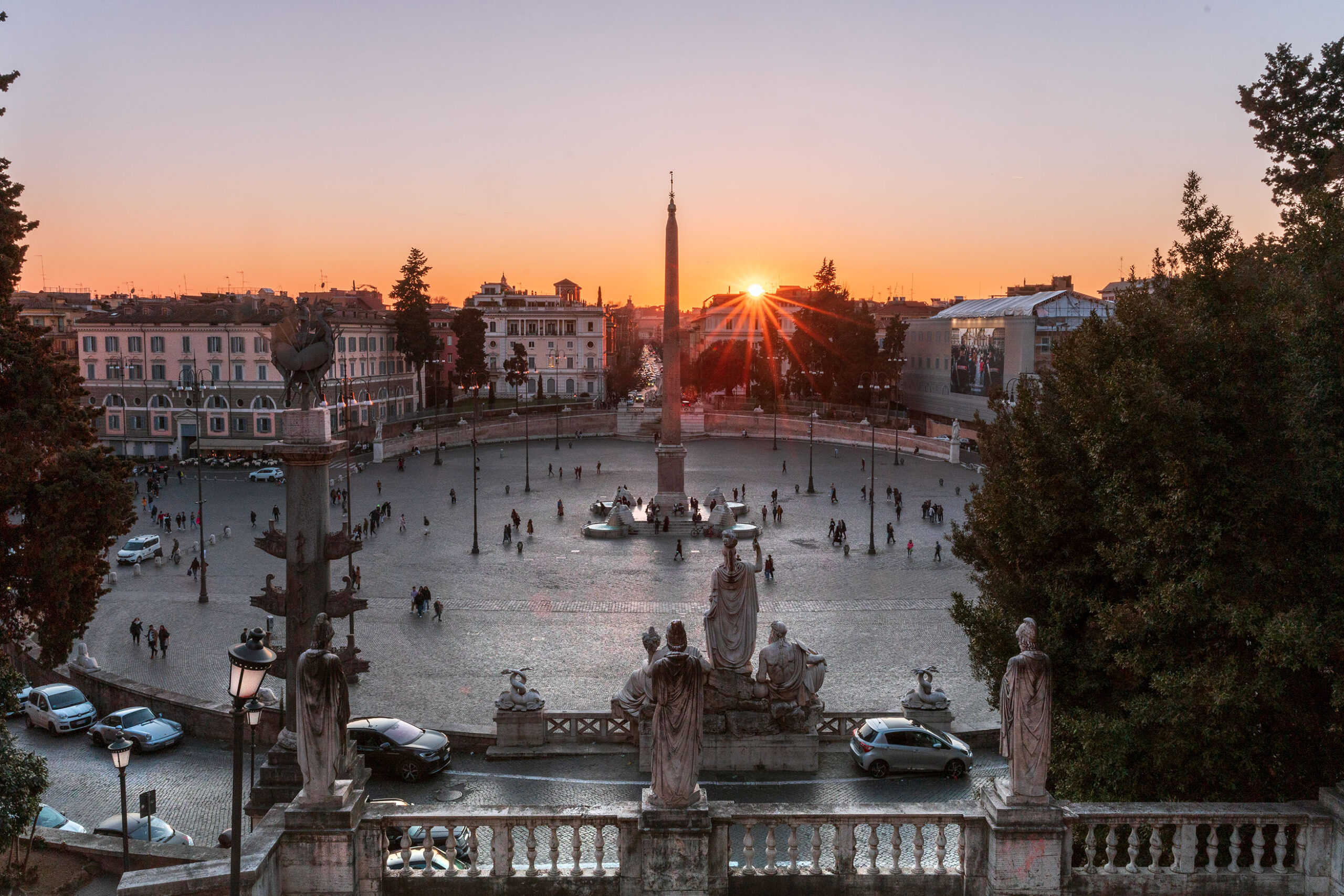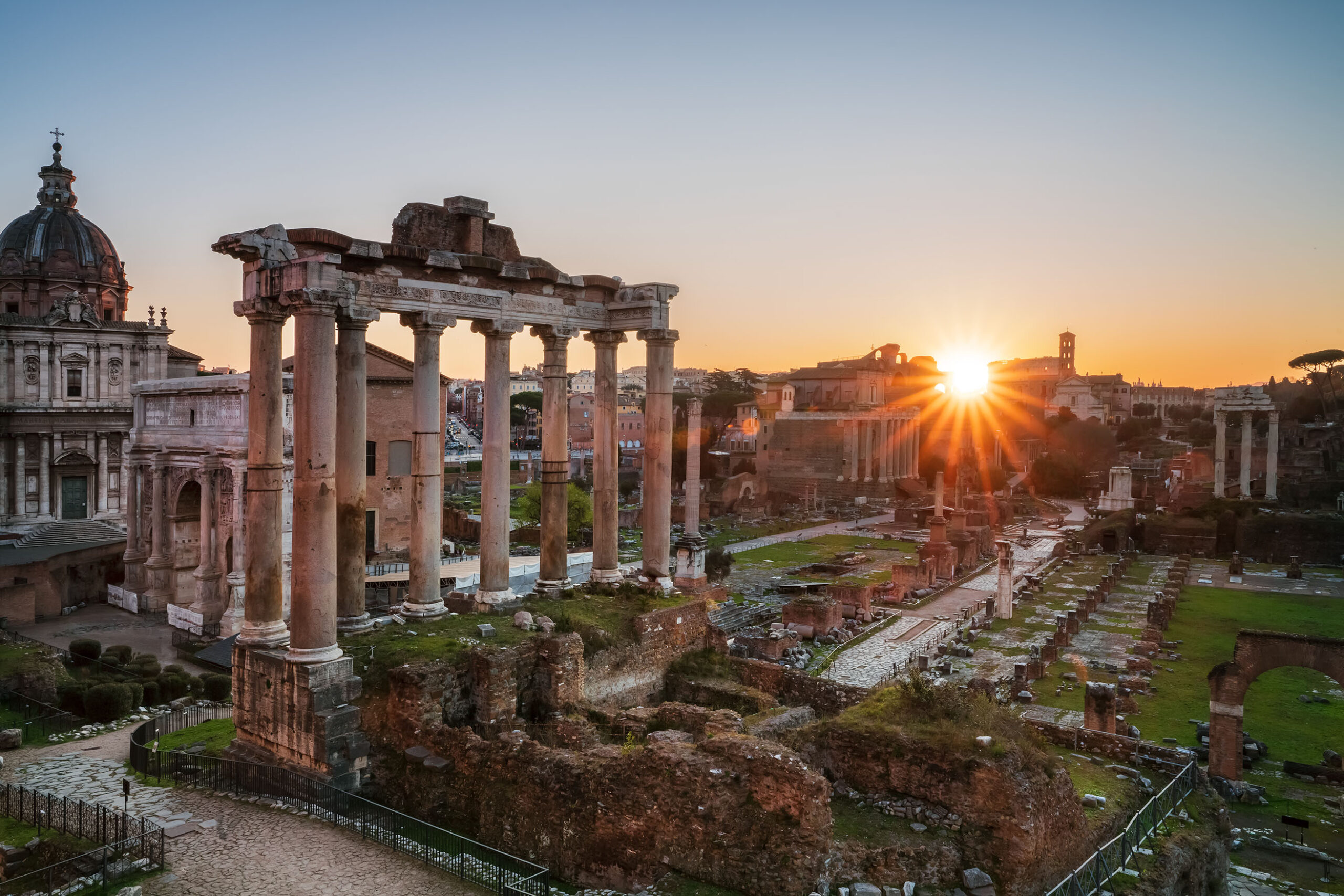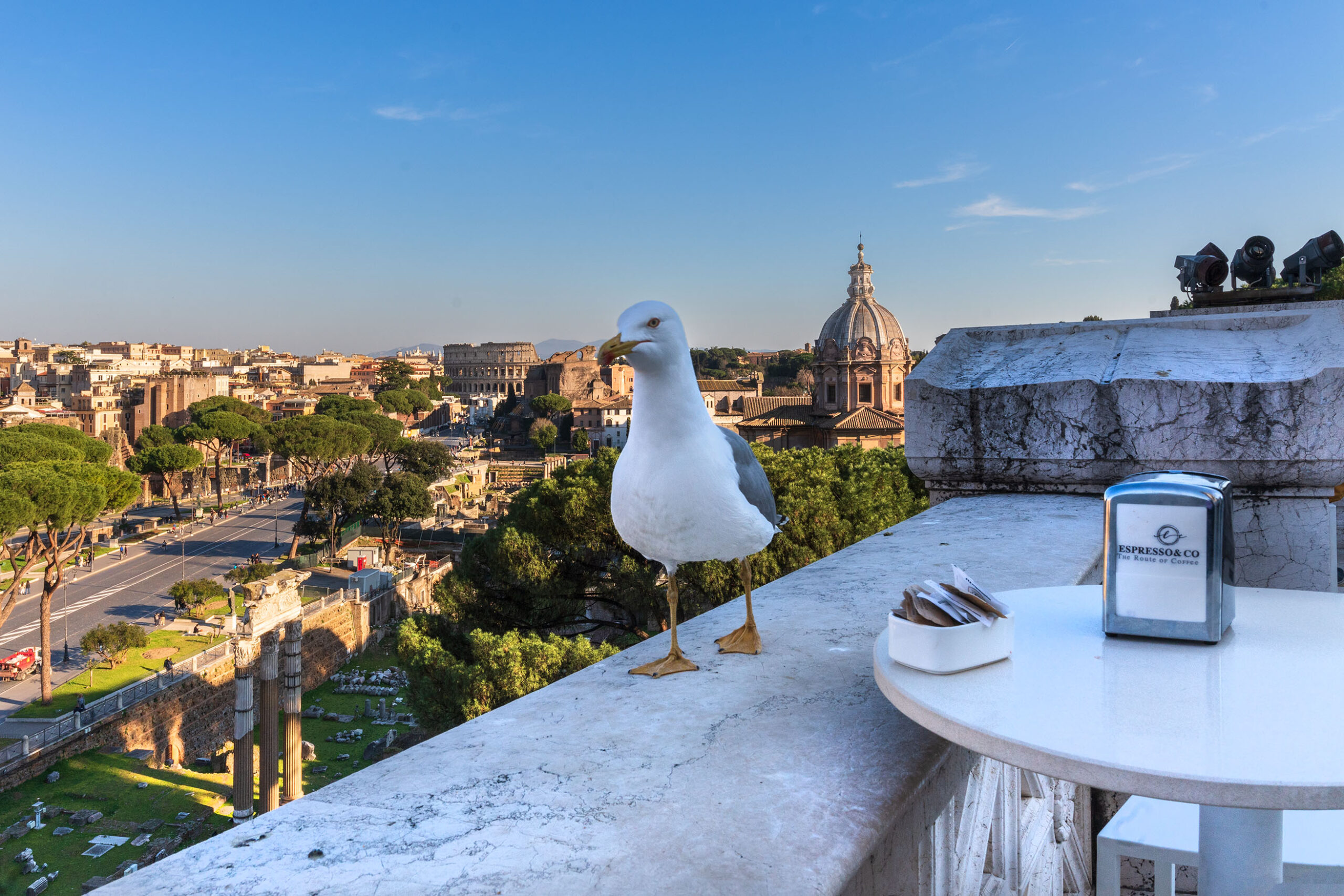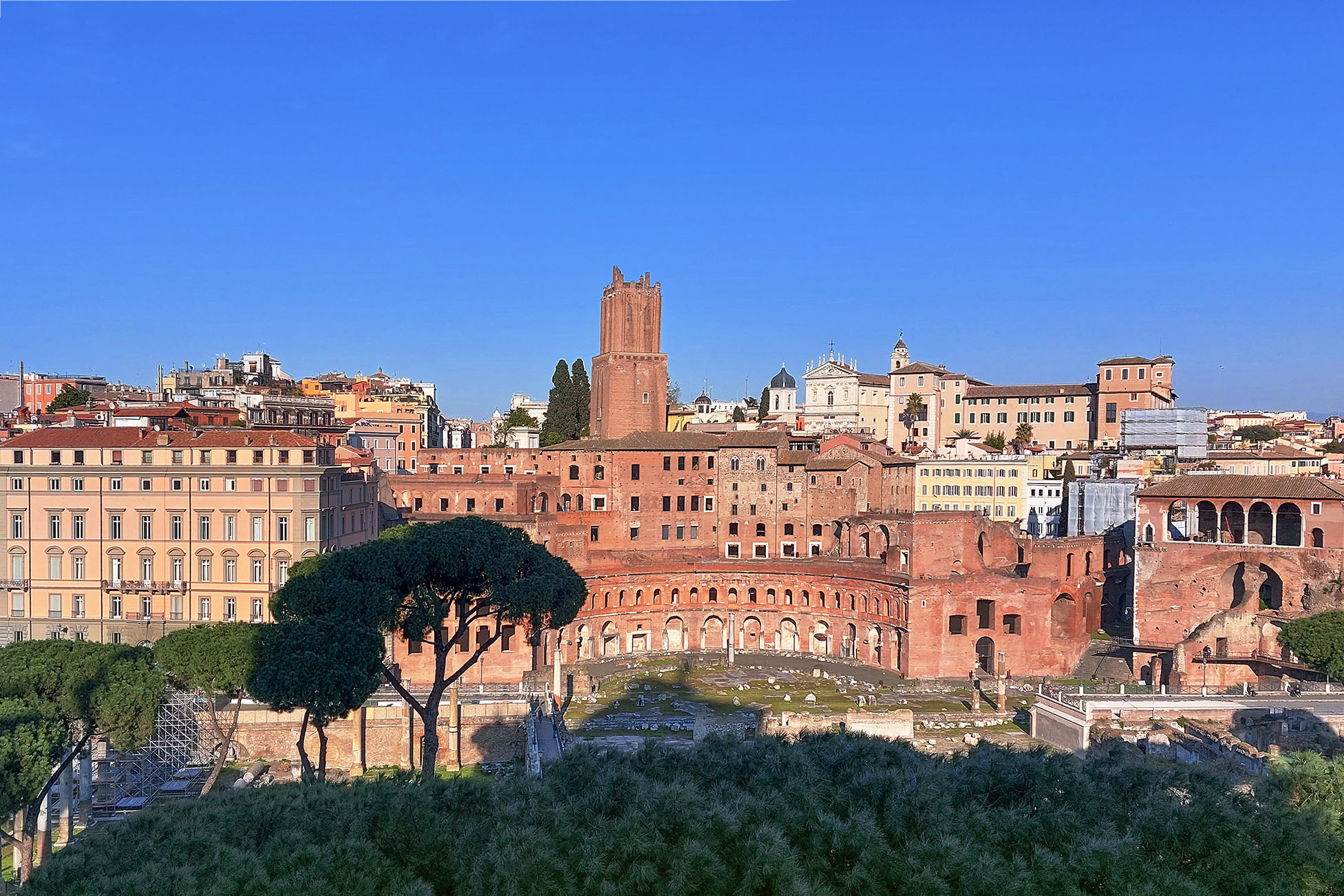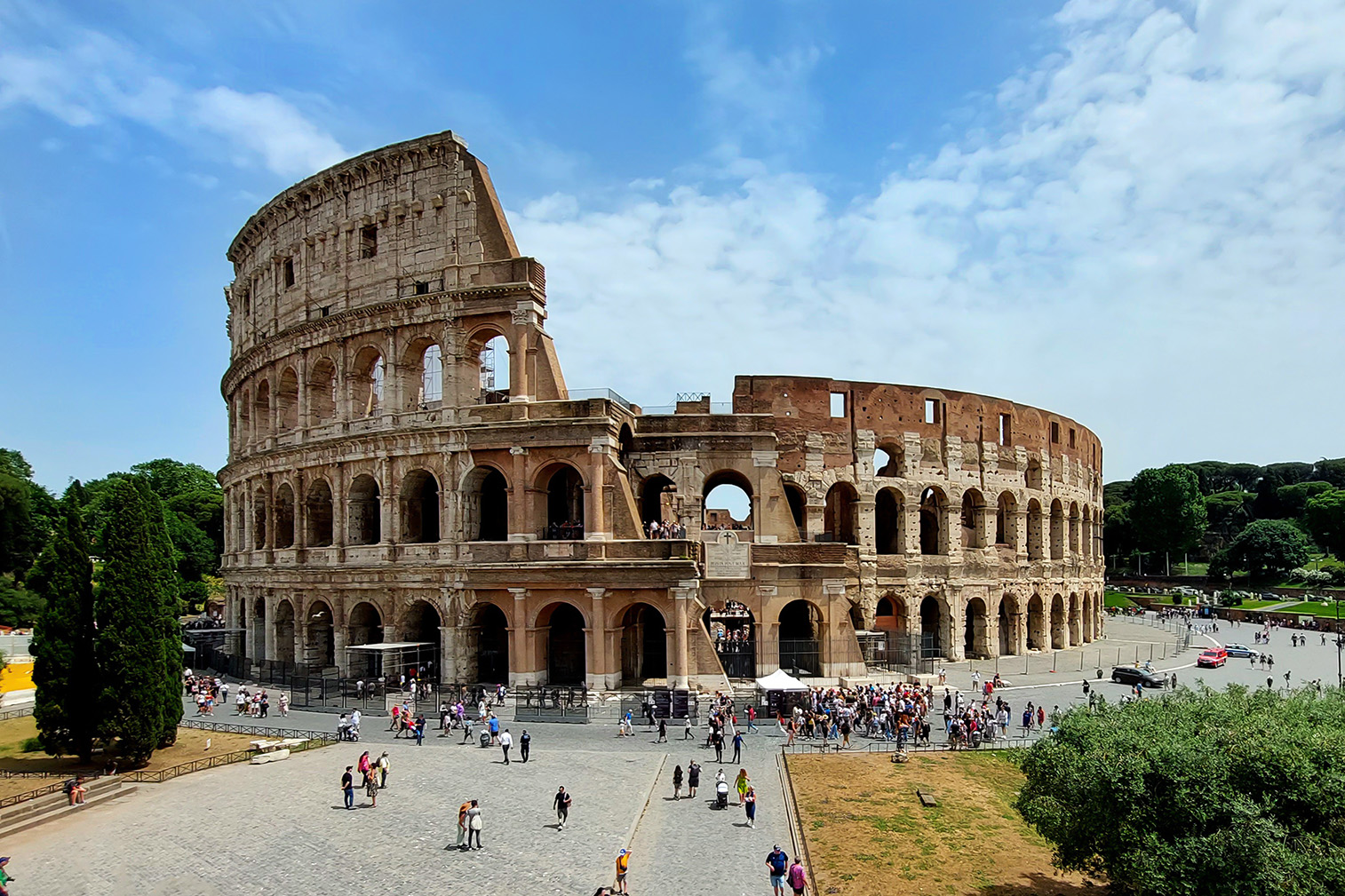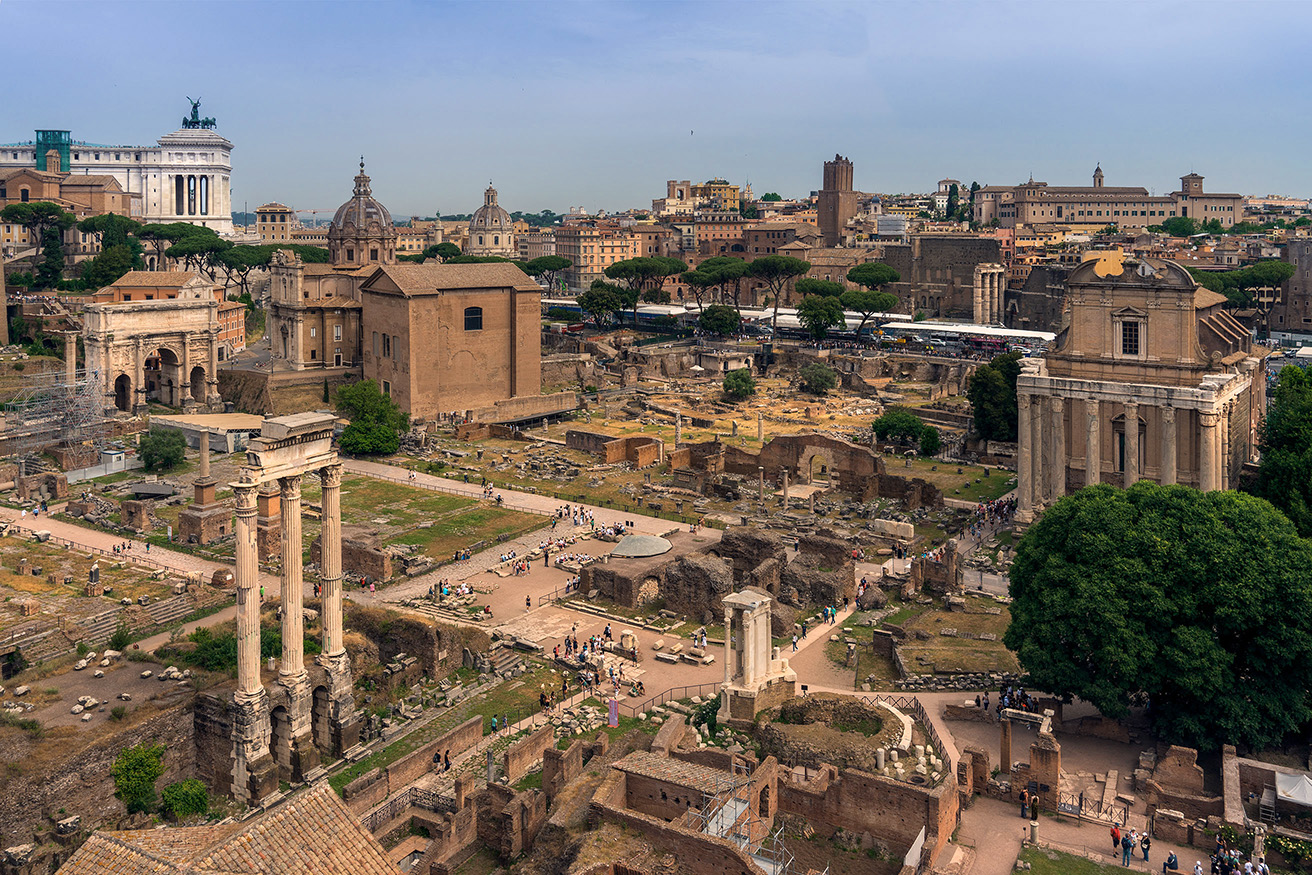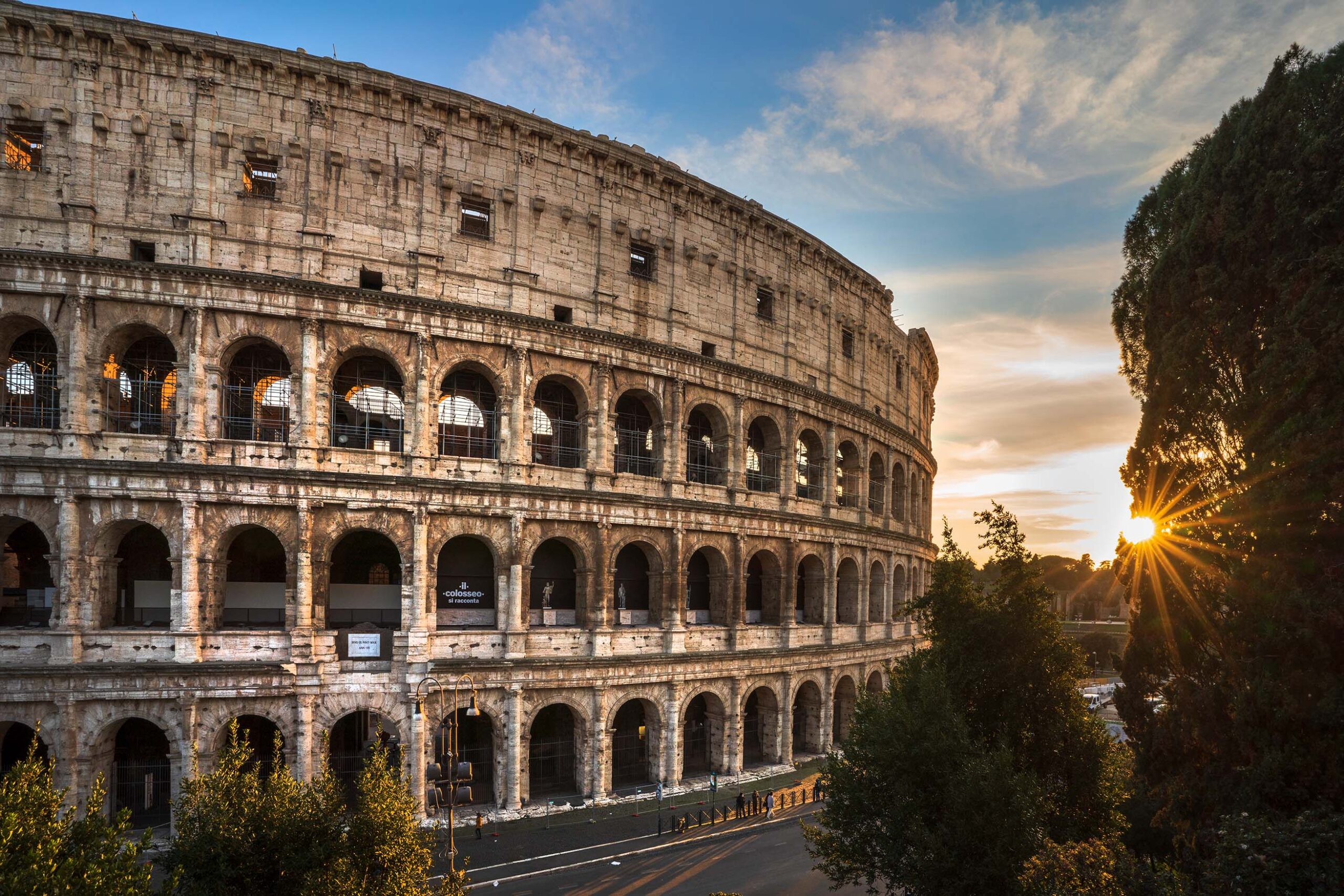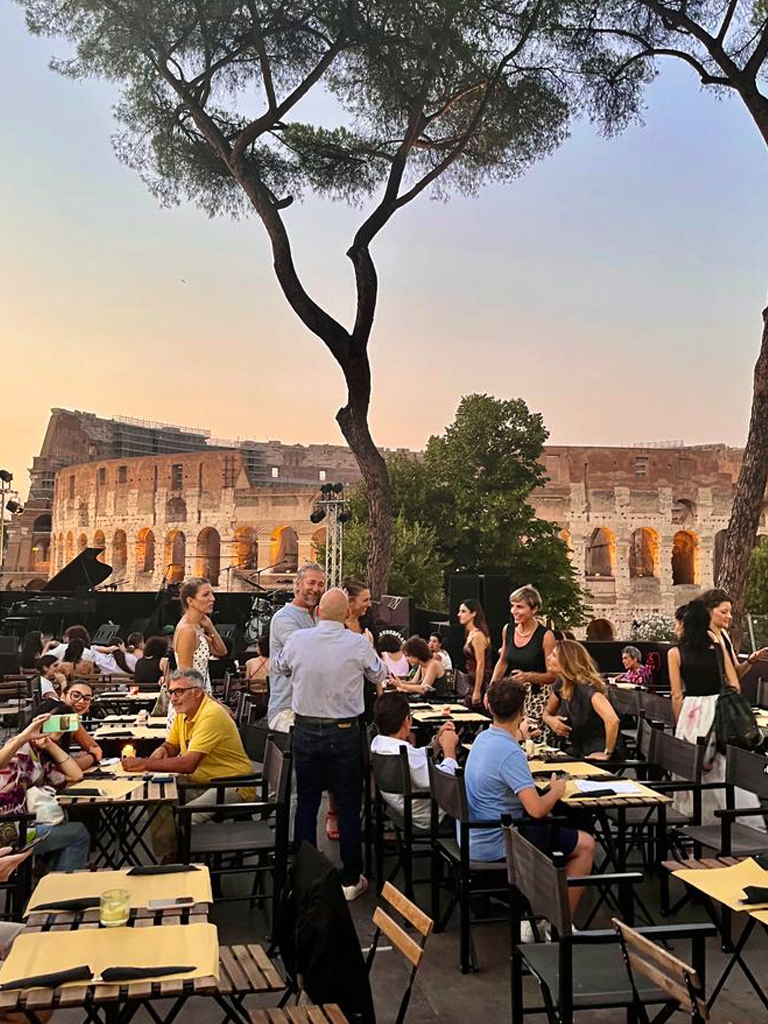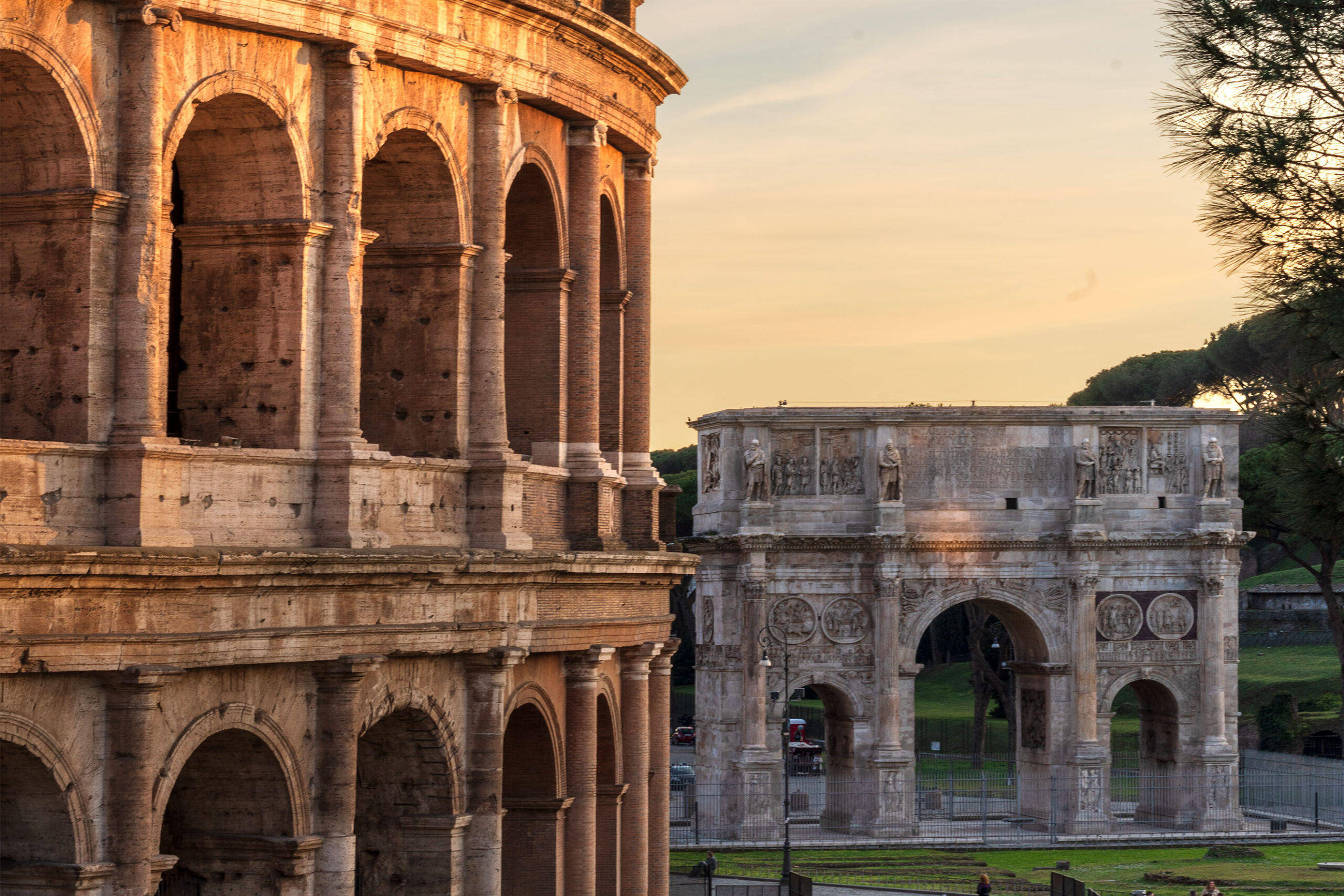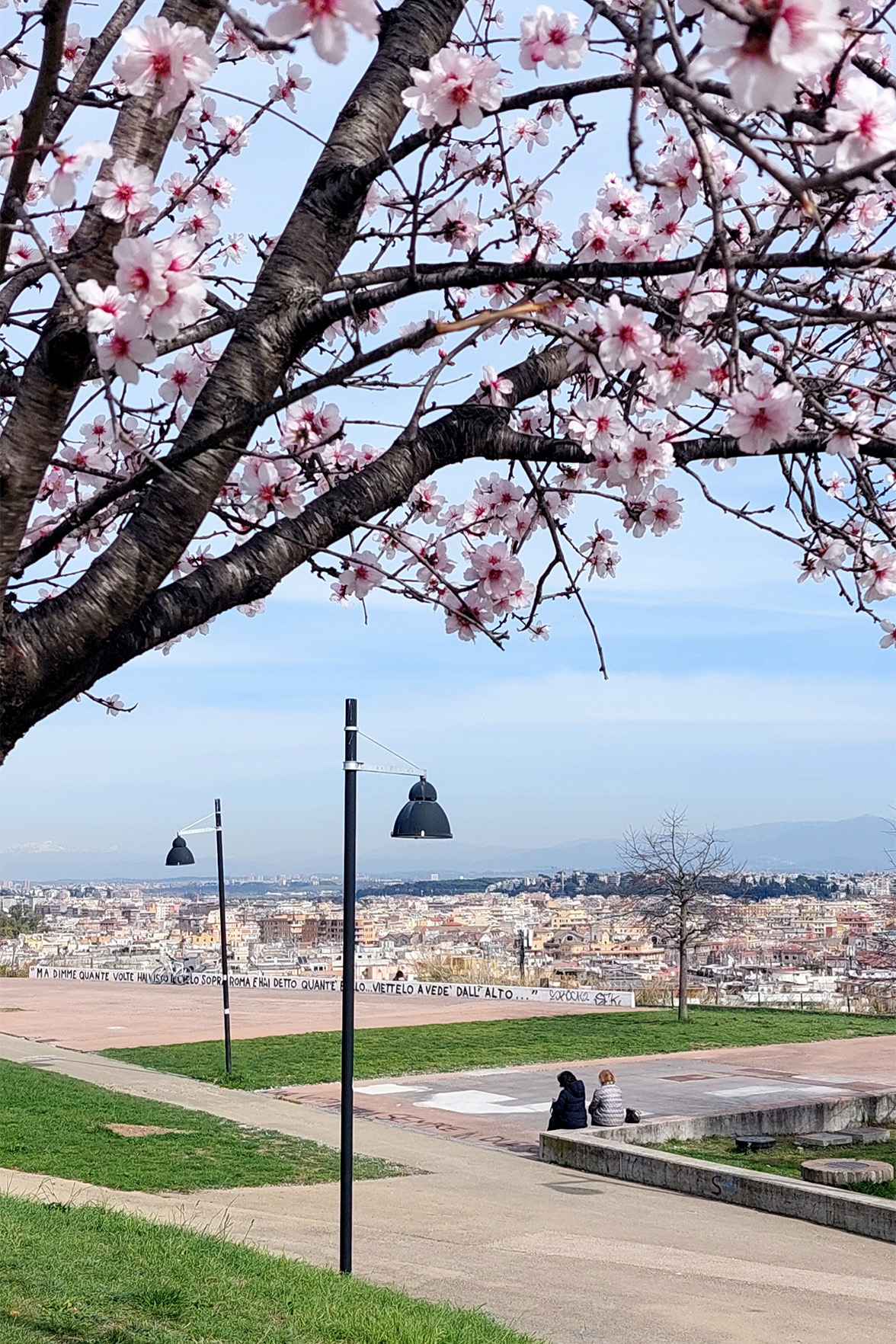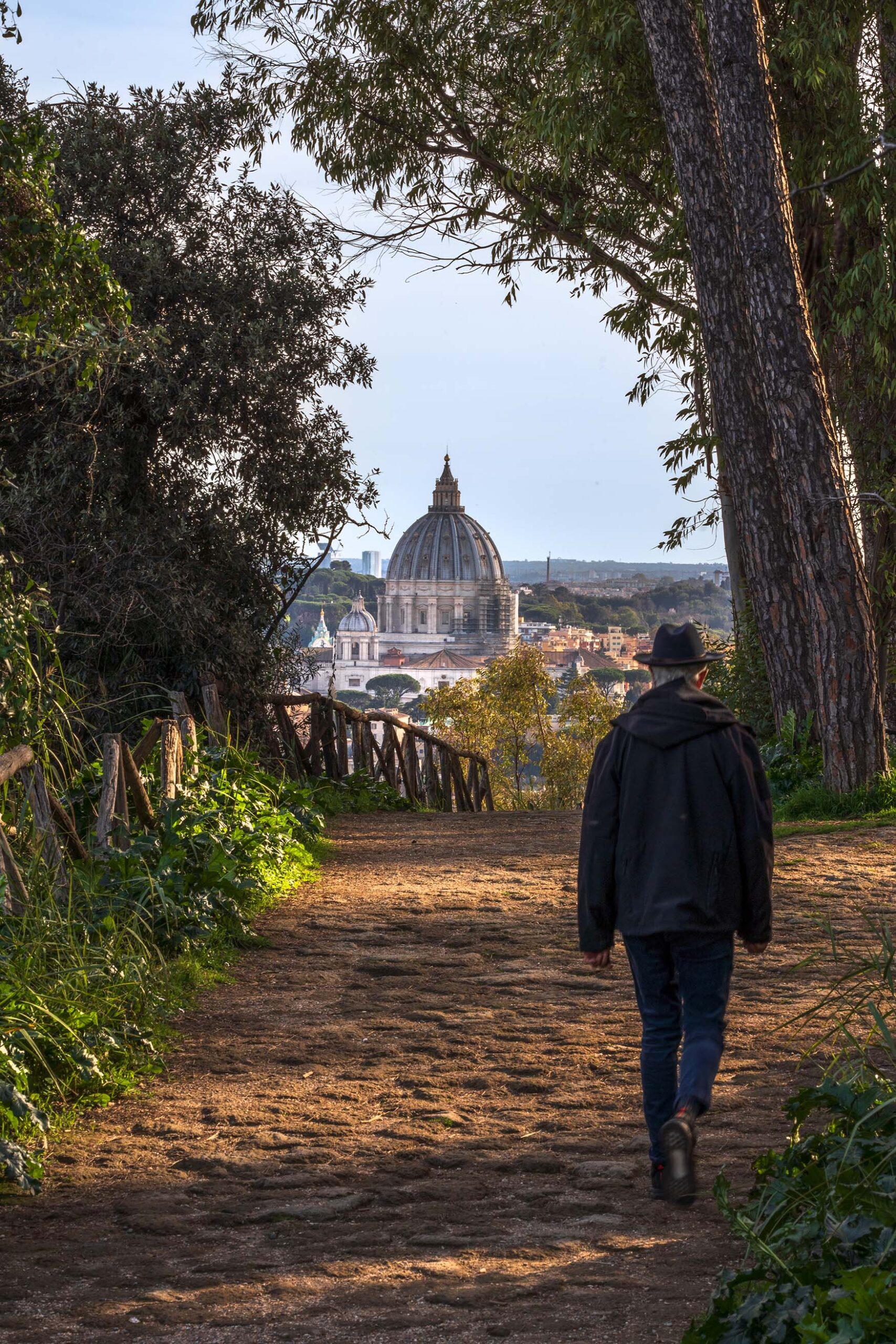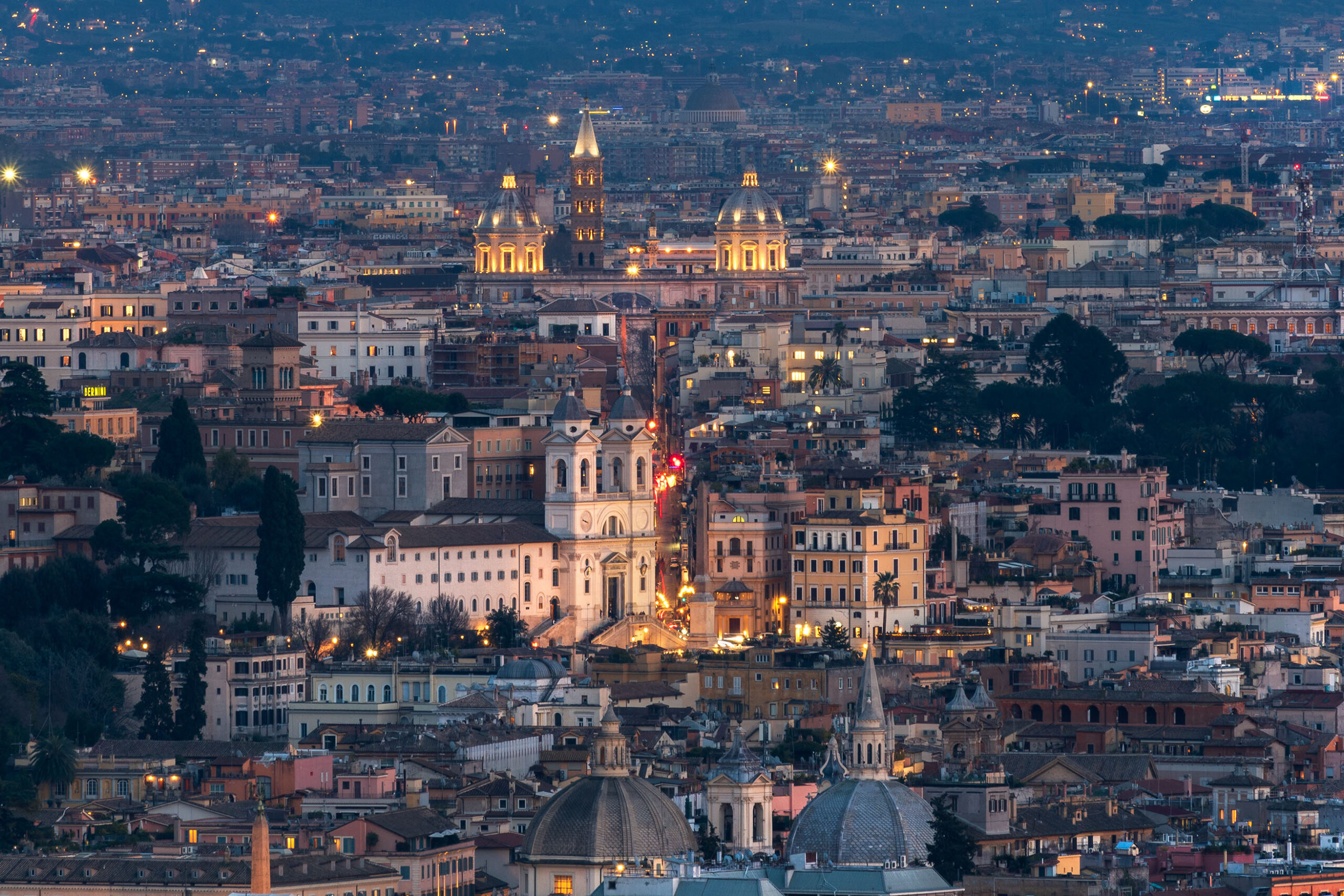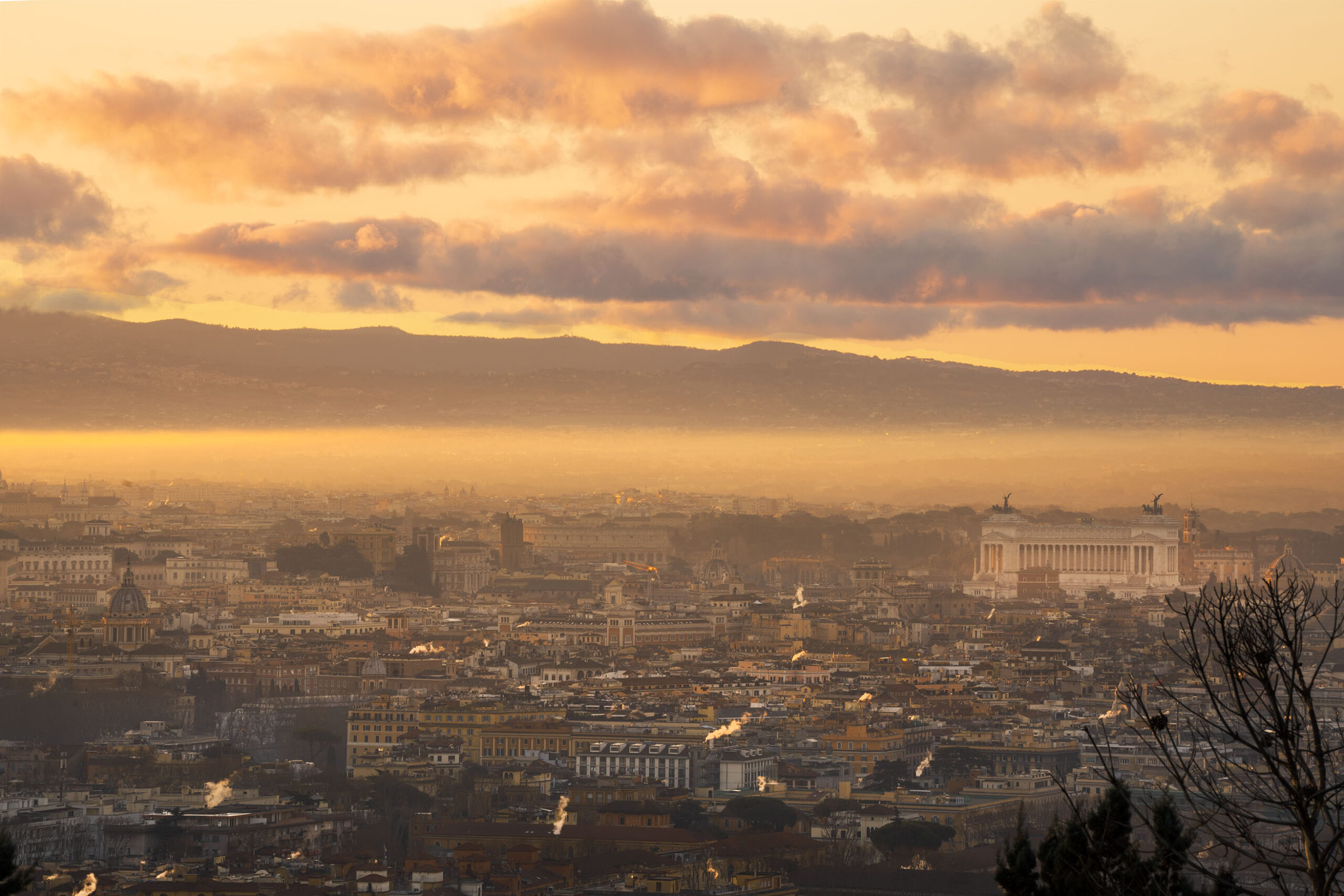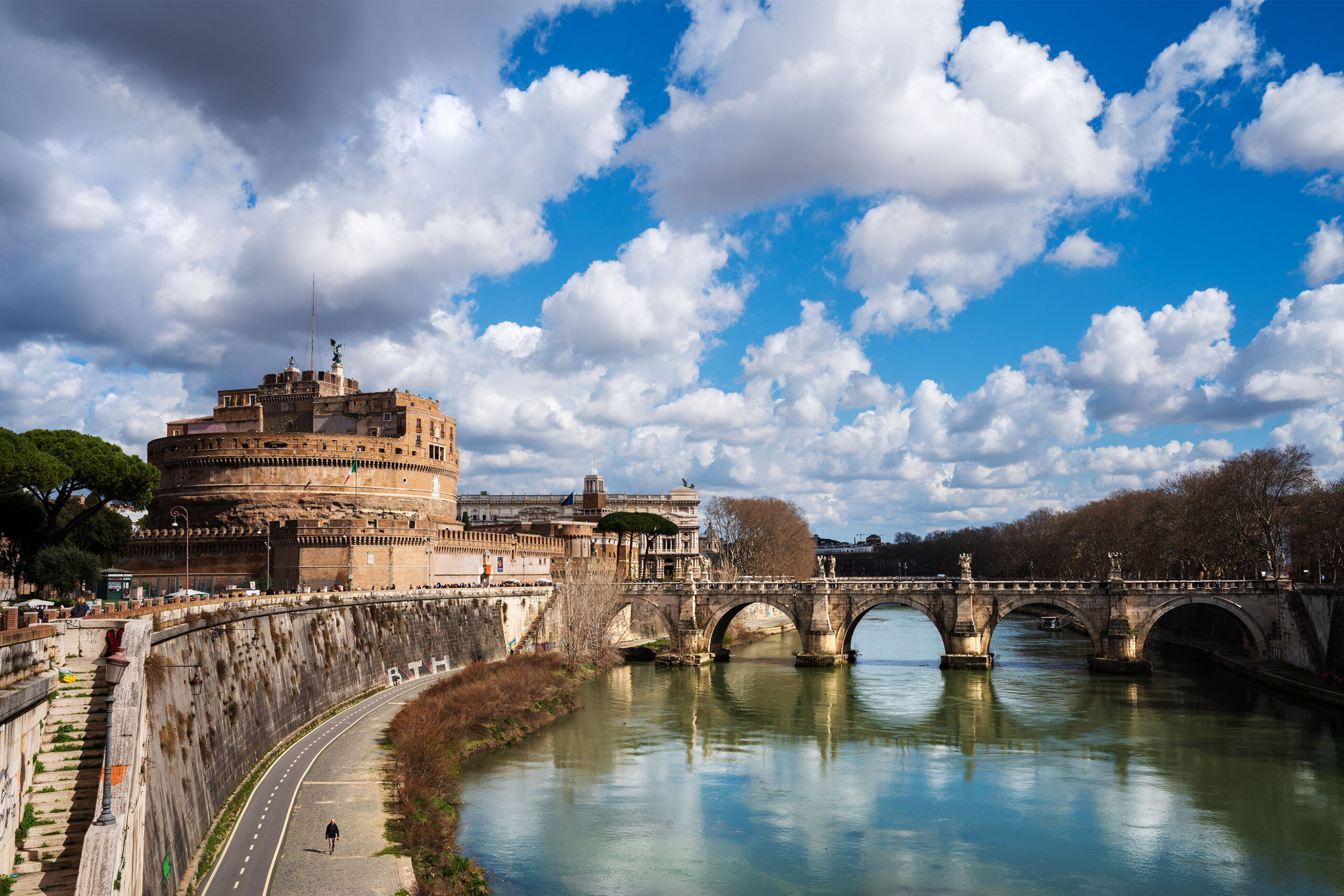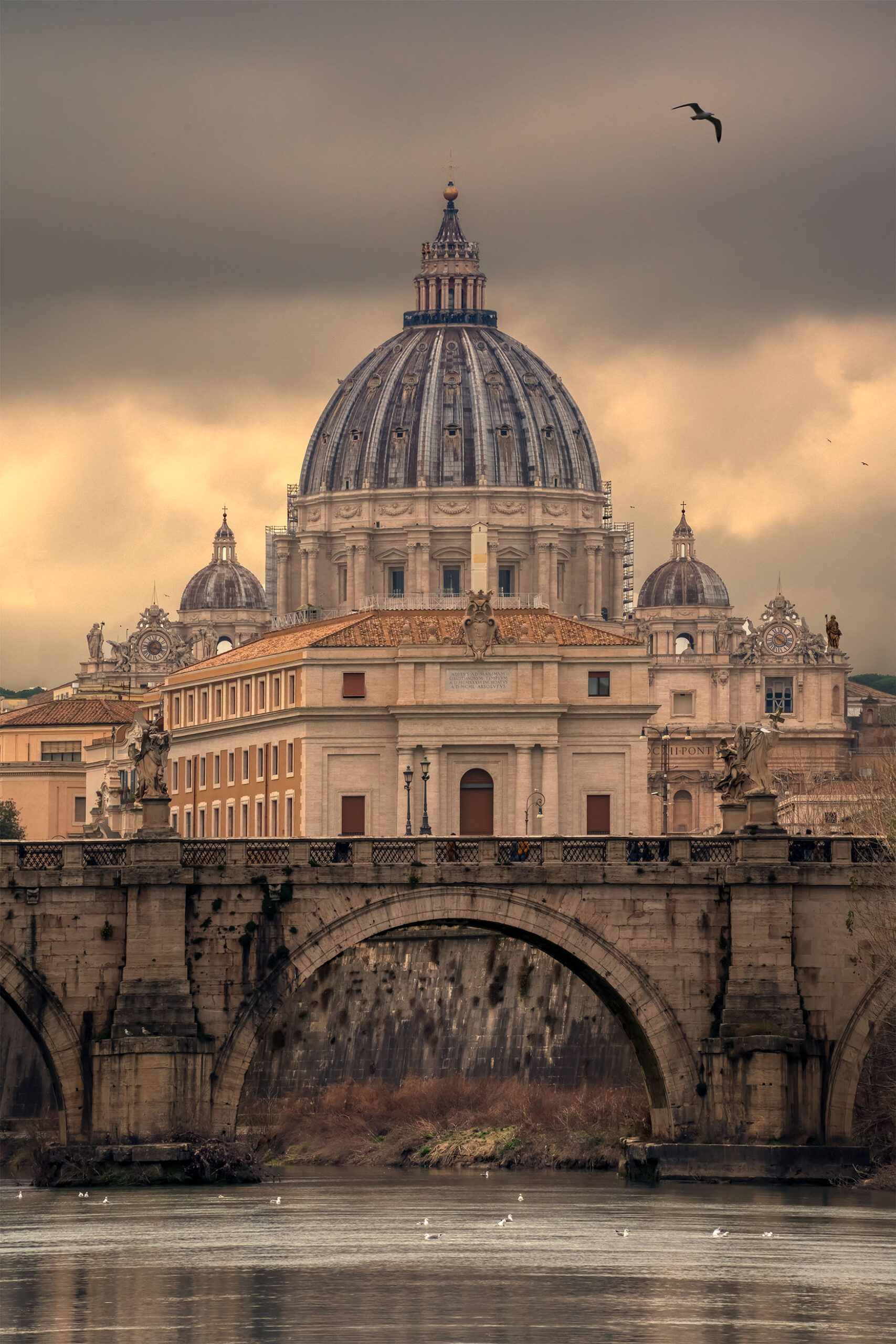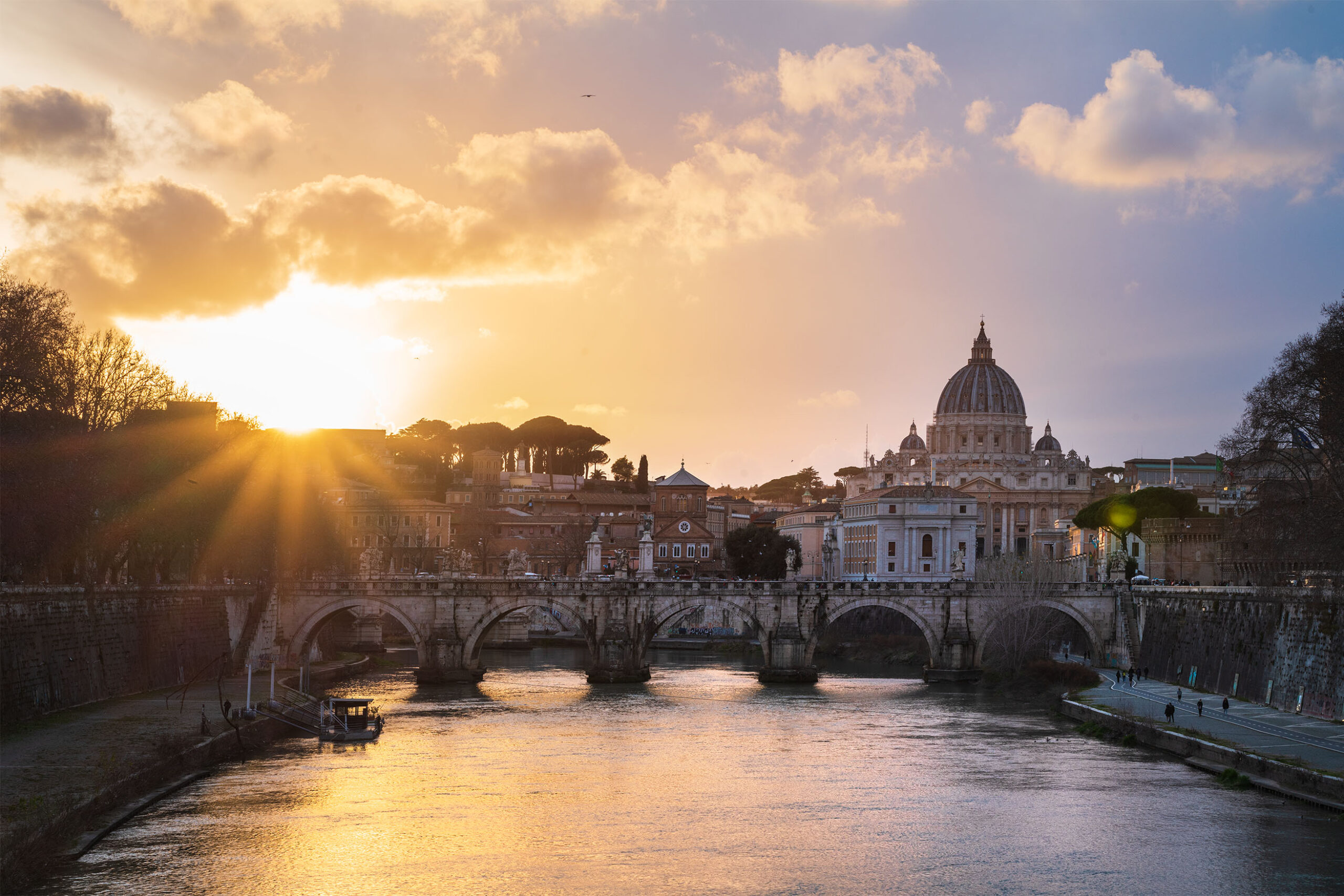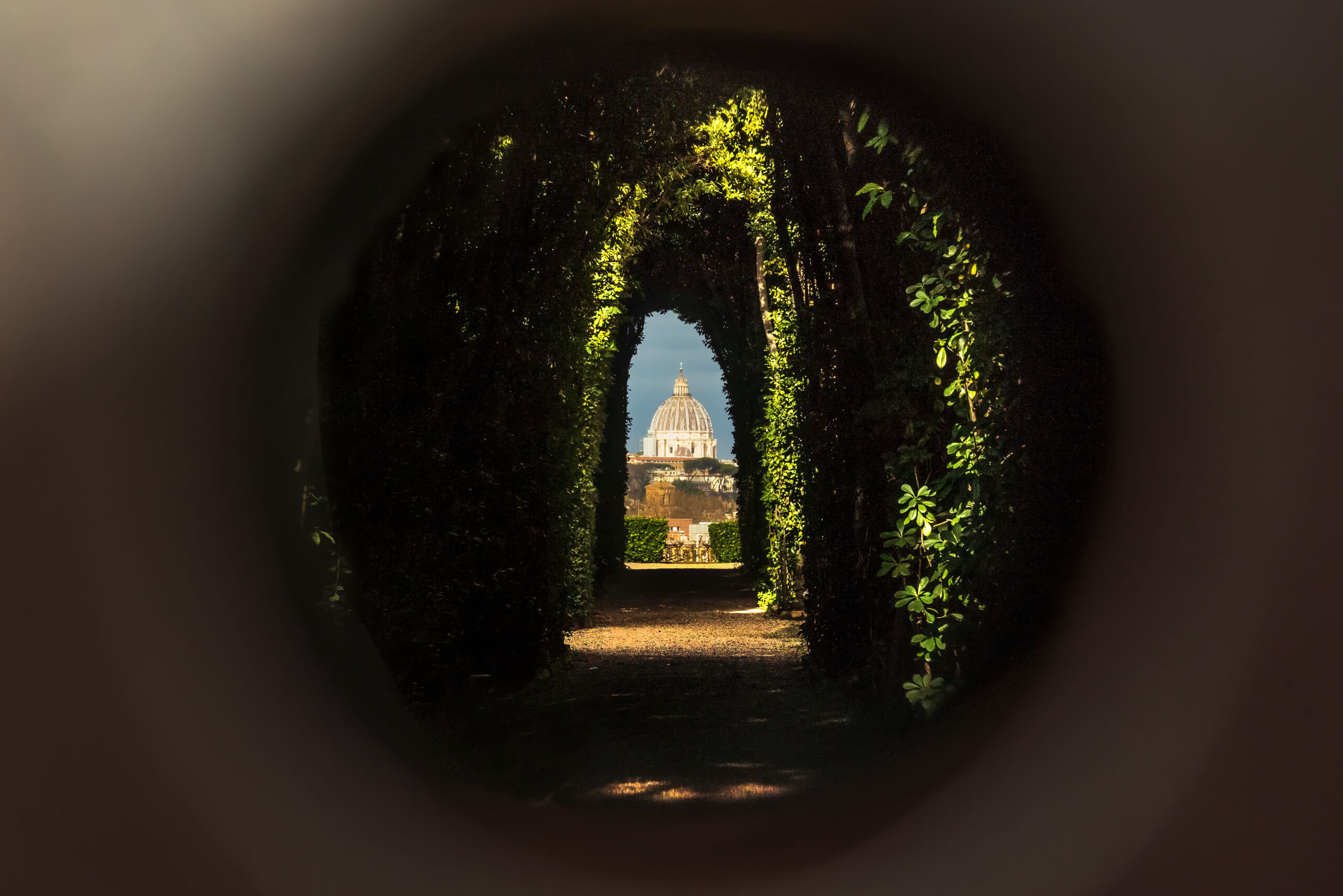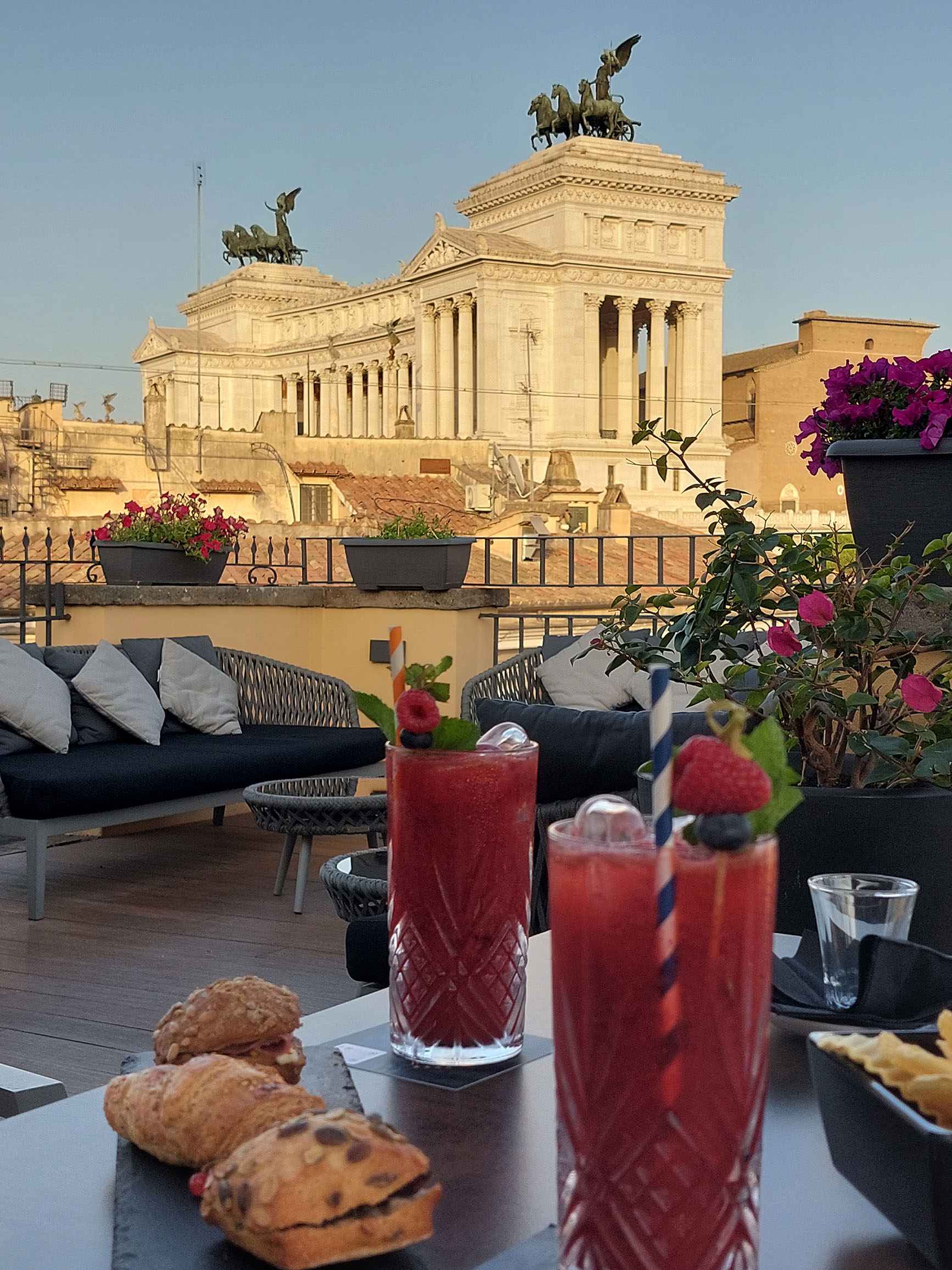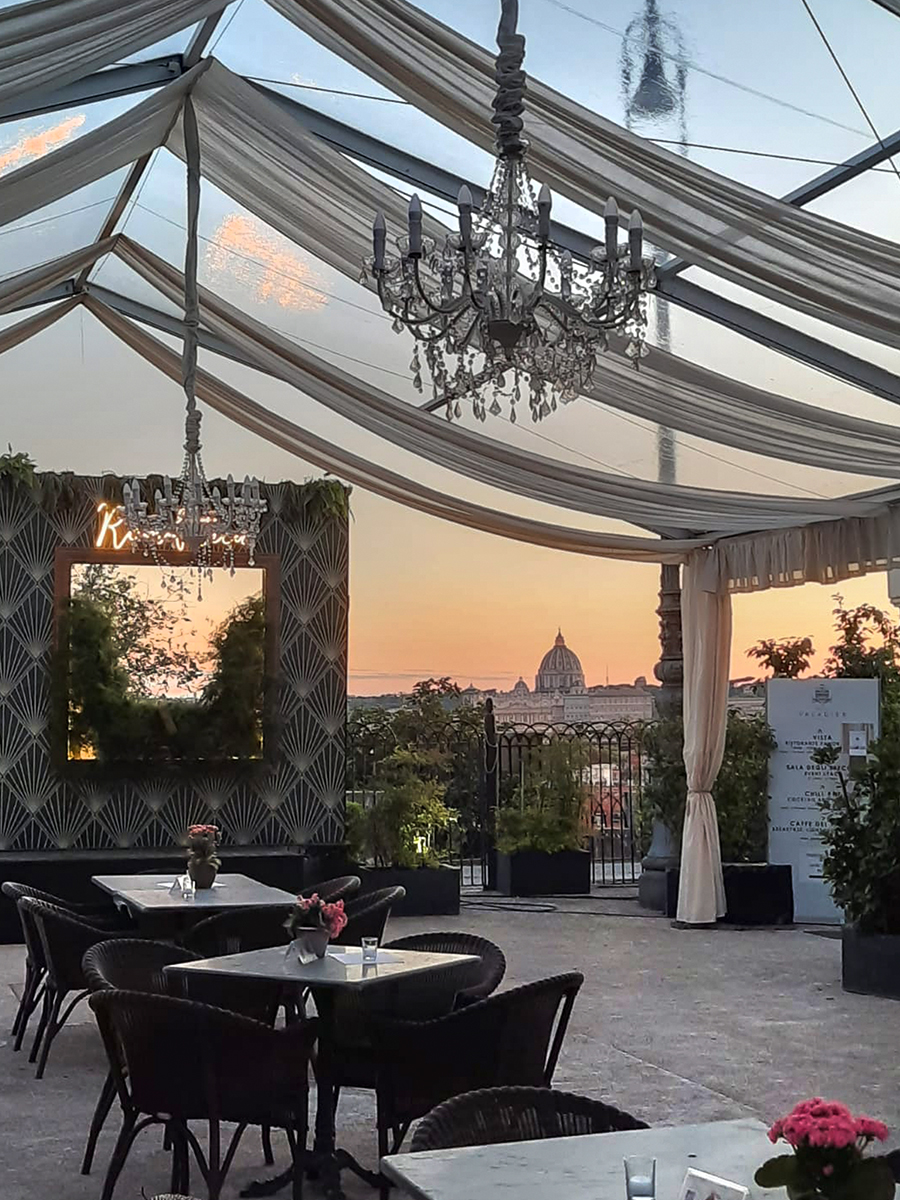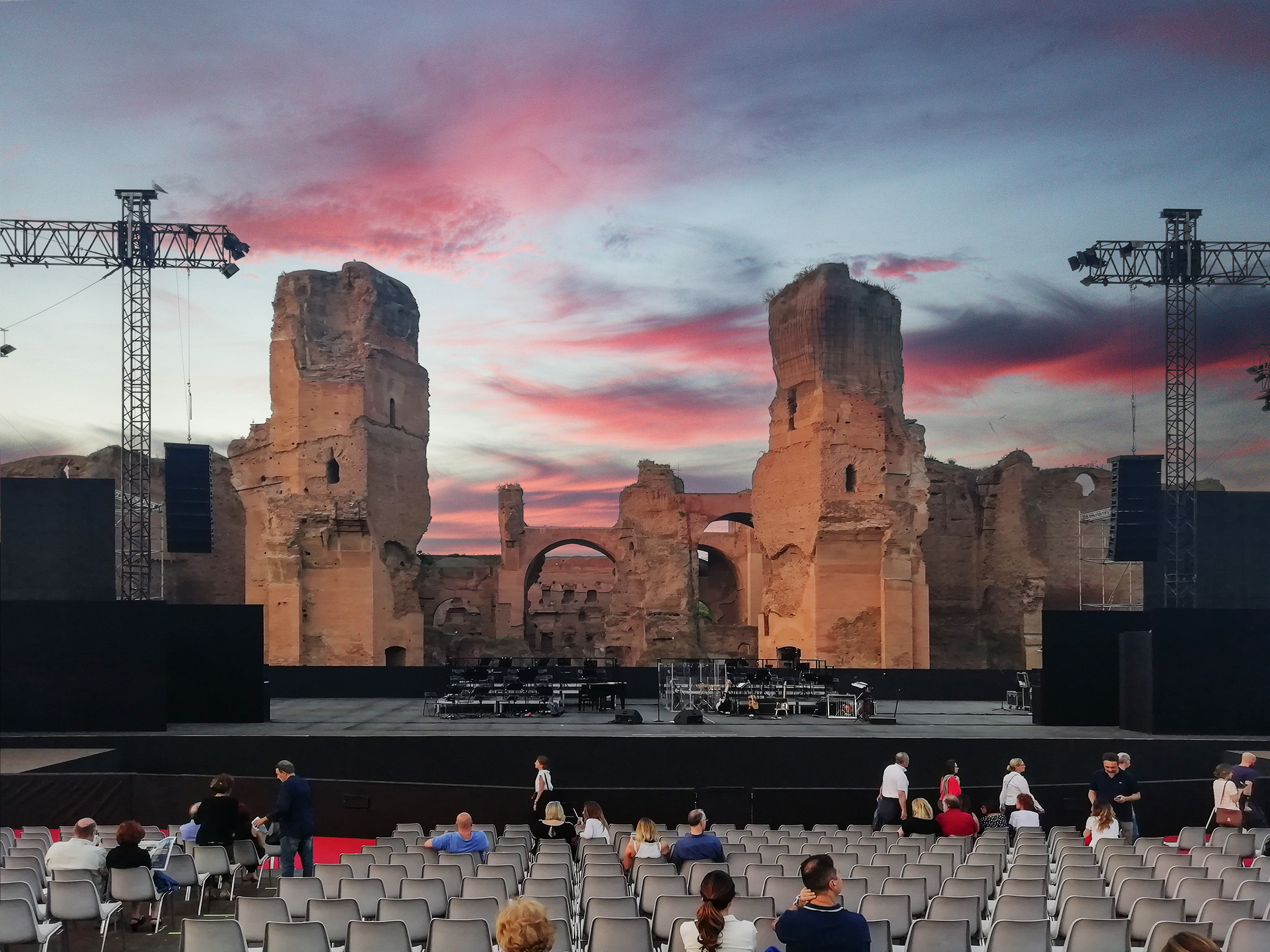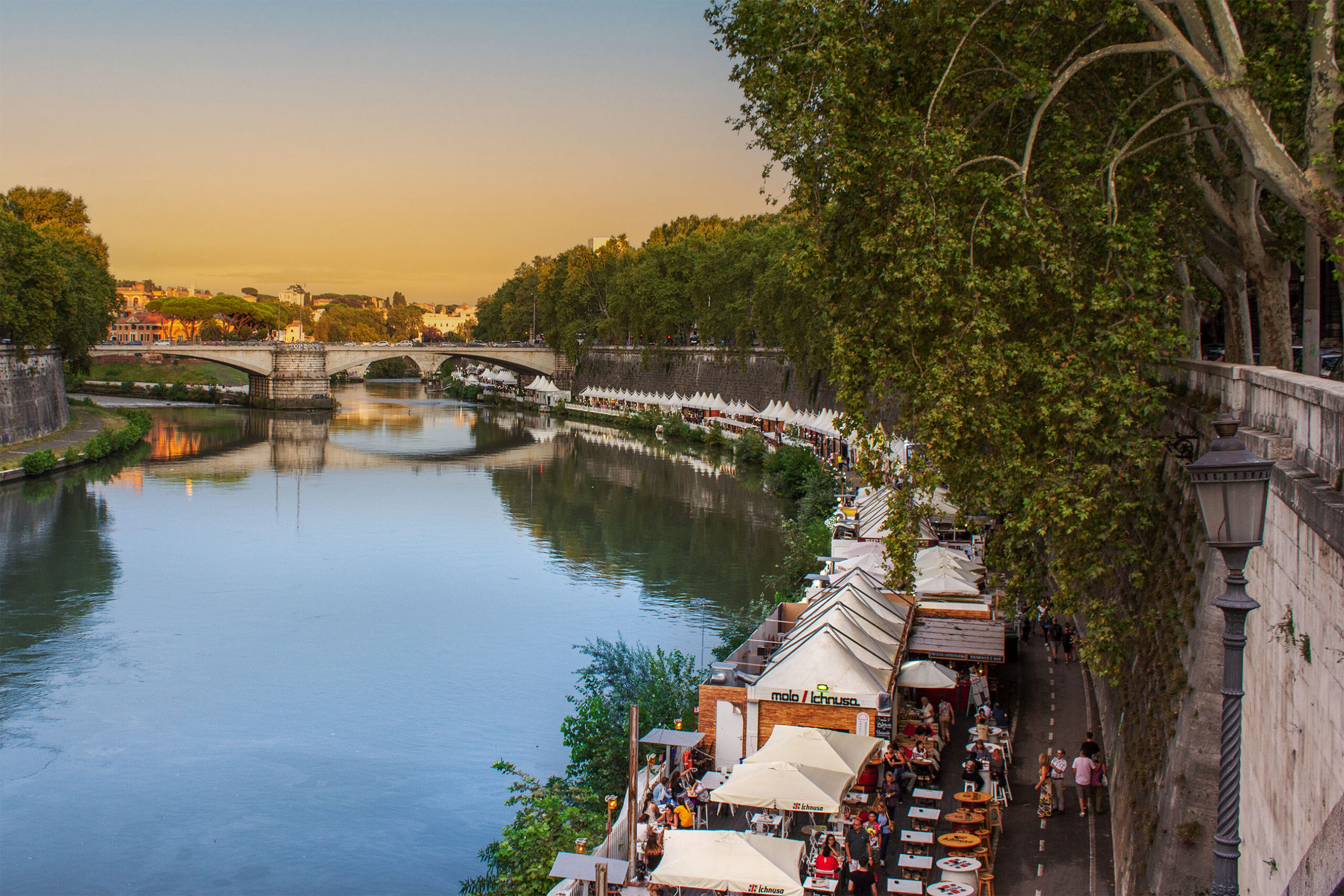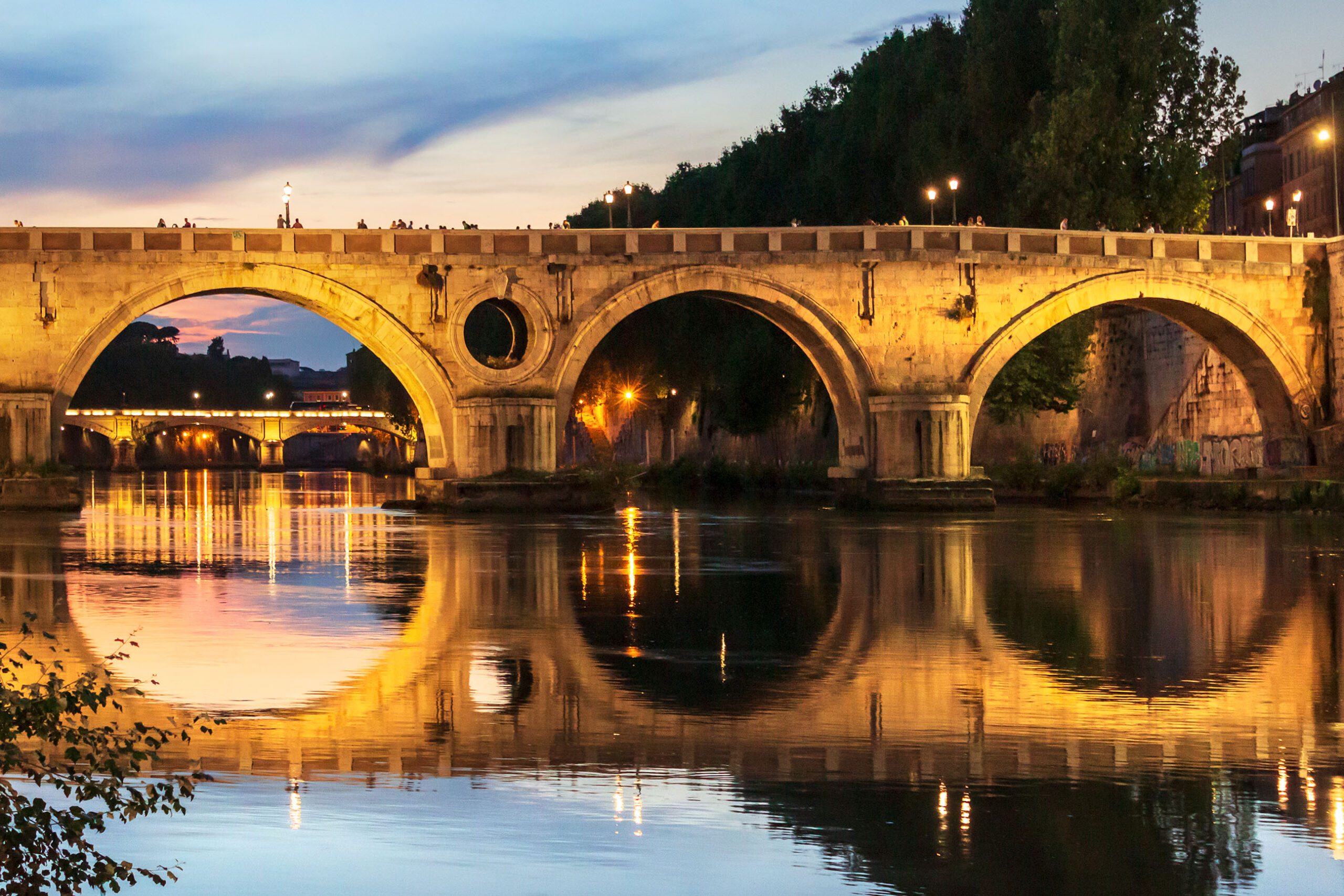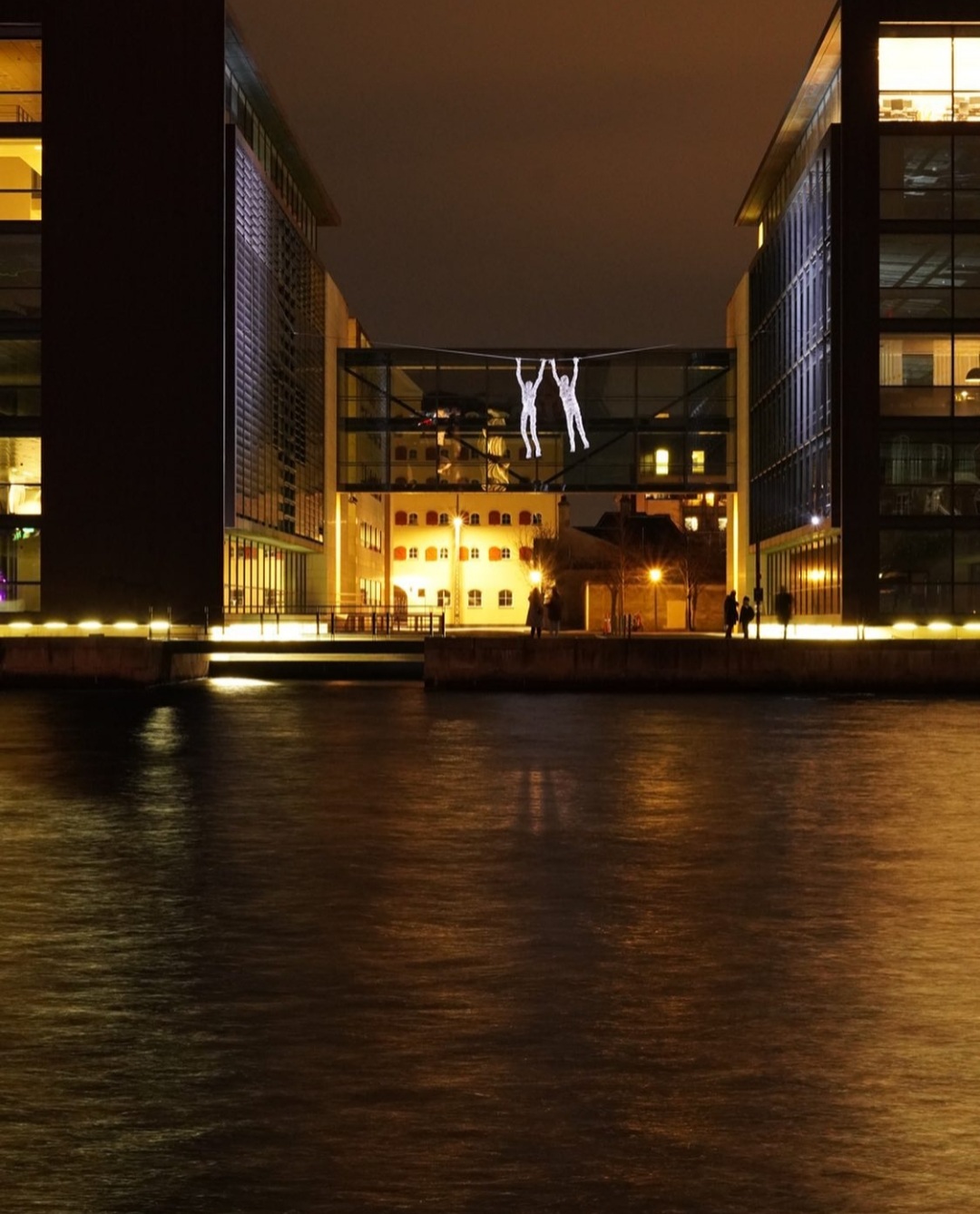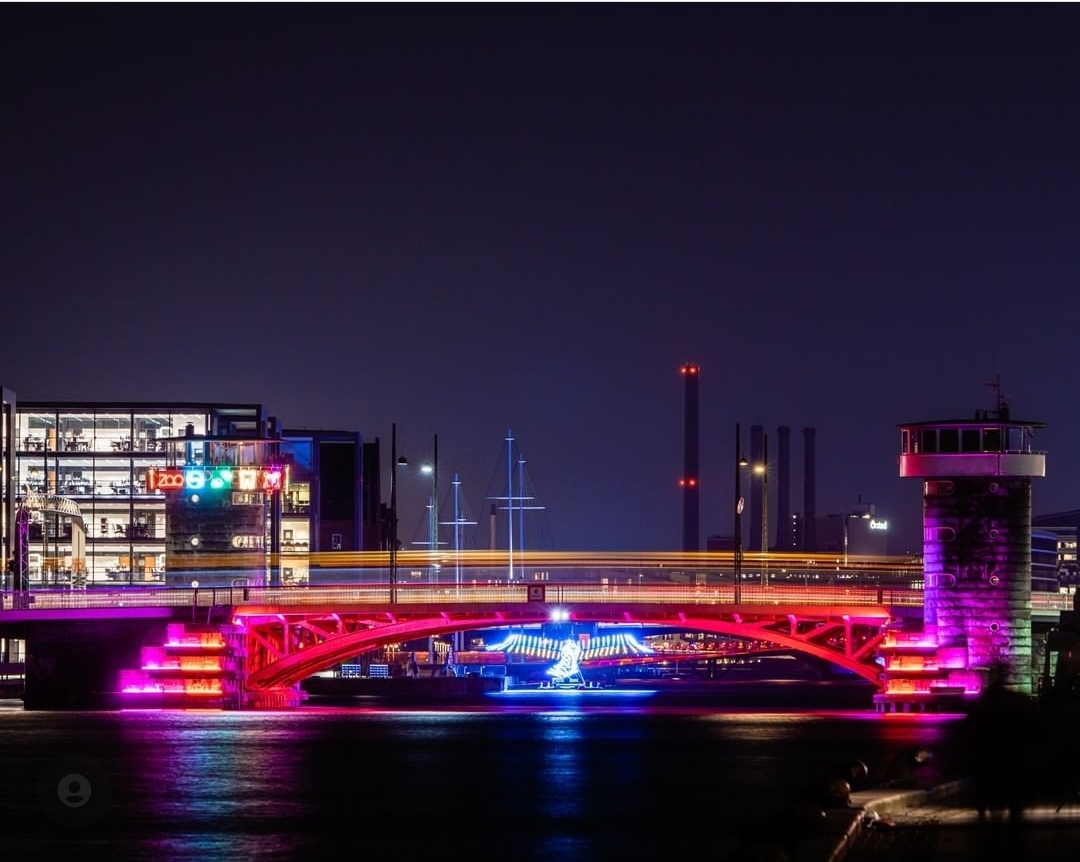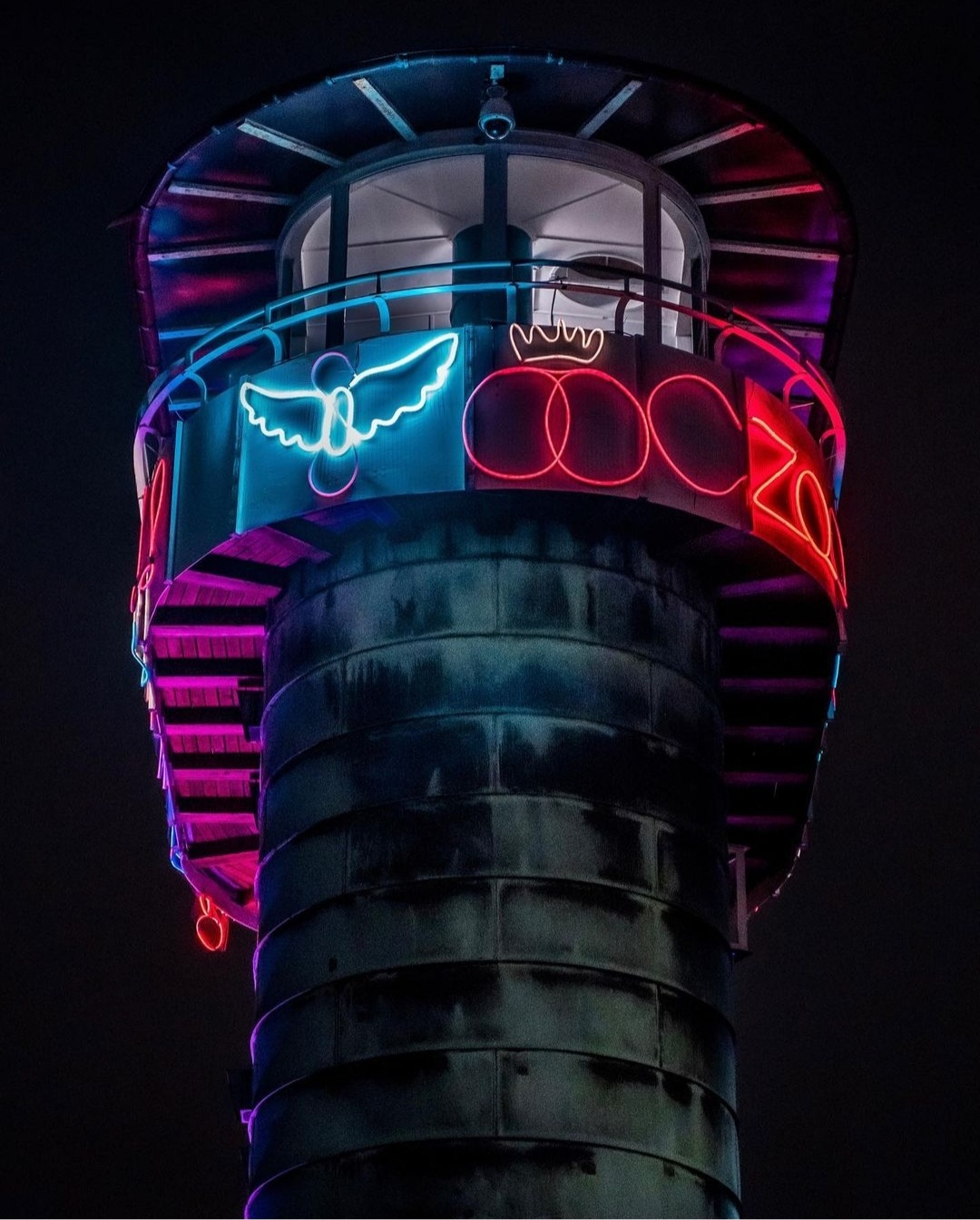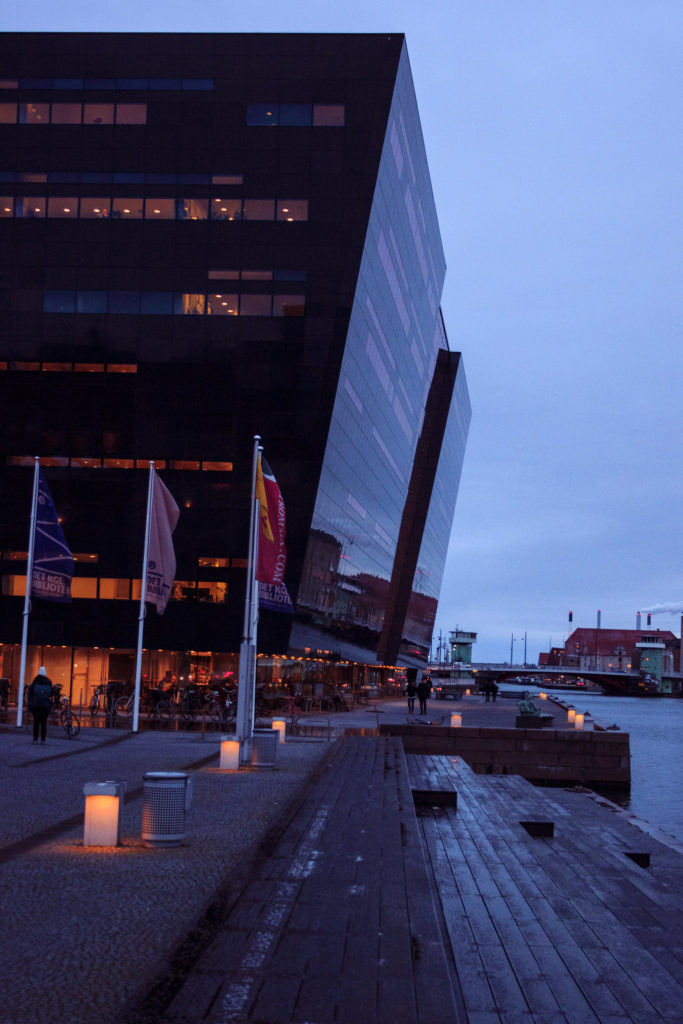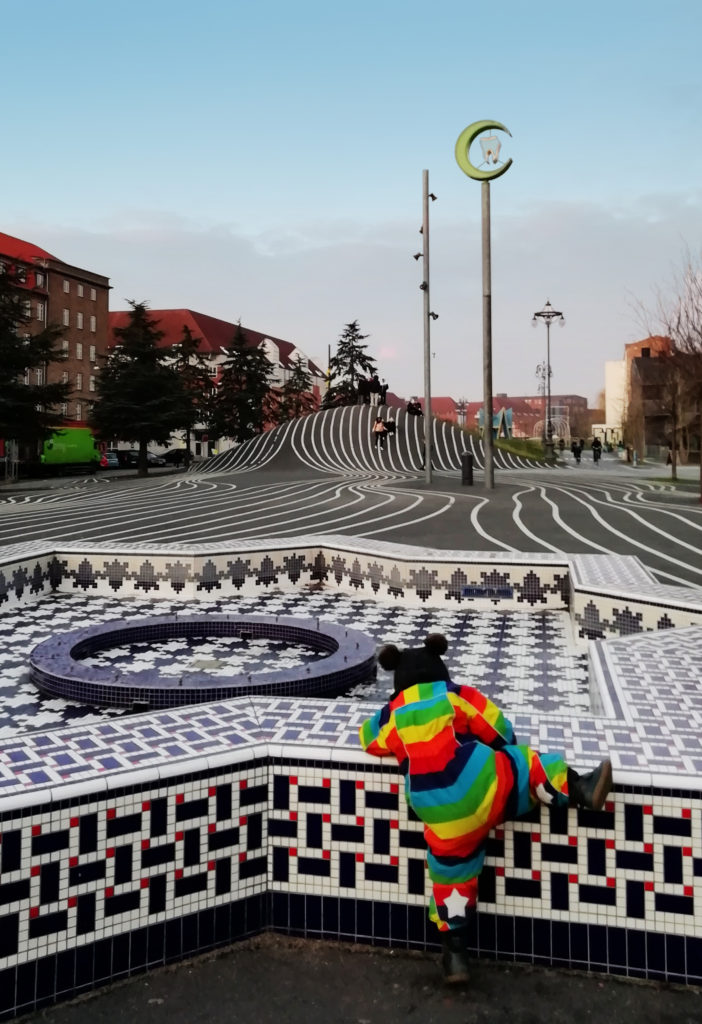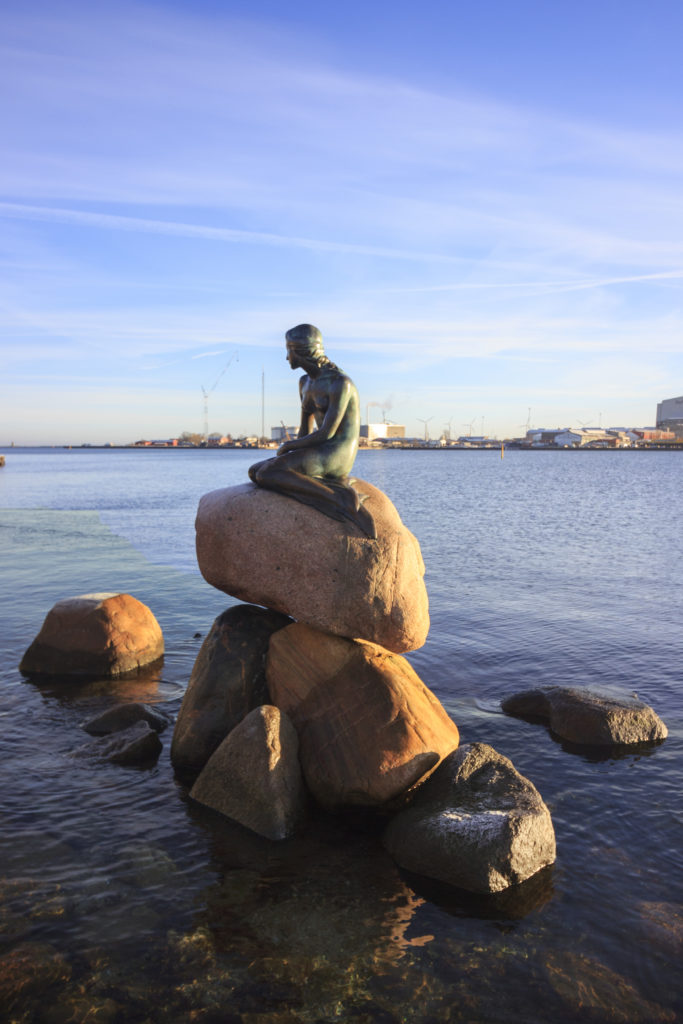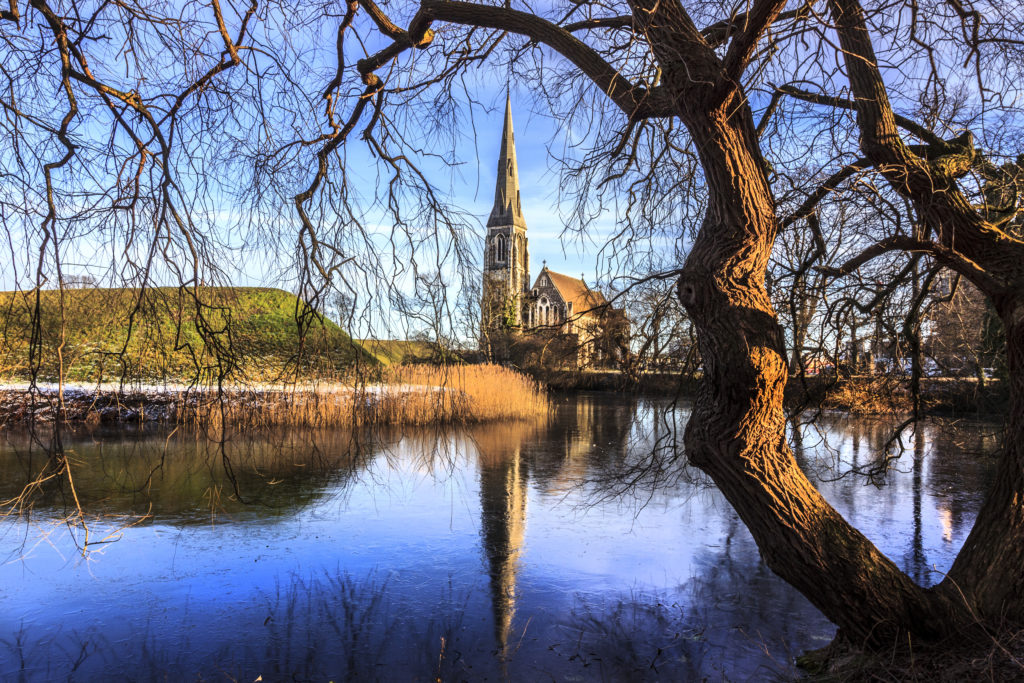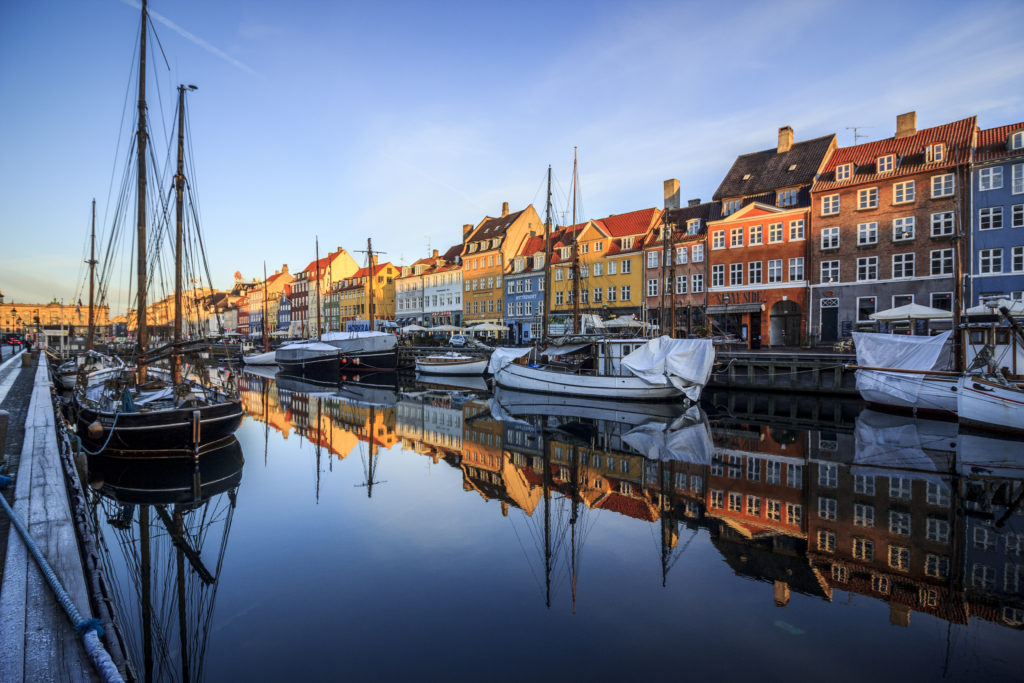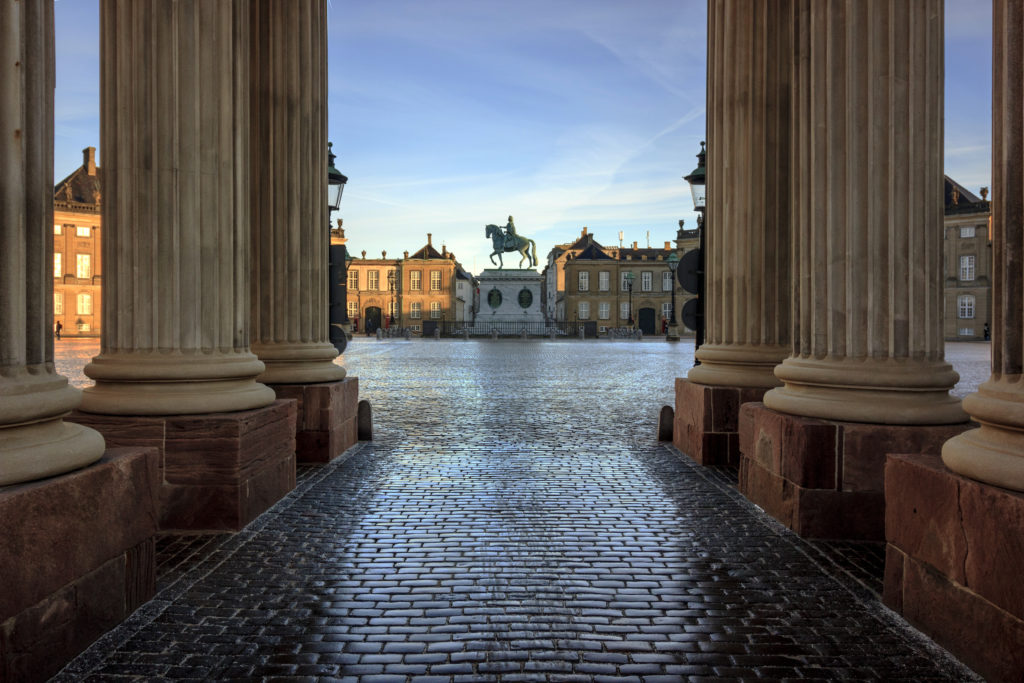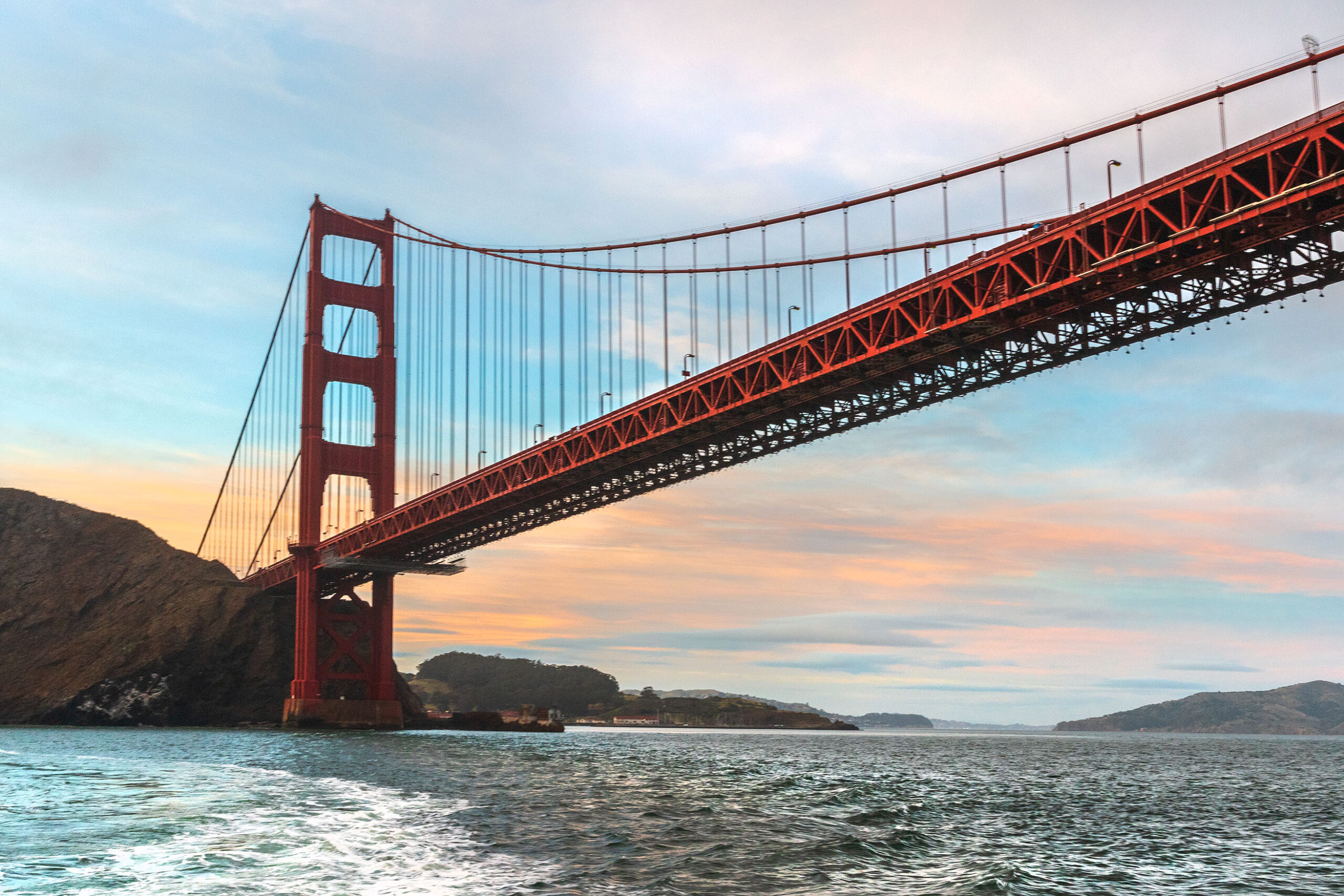
Come with us to discover the best places to photograph in San Francisco, follow our advice and take incredible photos!
San Francisco is an extraordinary city, which captures the heart of anyone who visits it.
In addition to its beauty, its thousand landscapes and its thousand faces, it’s the beauty, the kindness and the hospitality of its population that give it a special atmosphere.
San Francisco literally pulsates with life and transmits the character of its inhabitants, it’s cheerful, open, welcoming, varied, surprising, generous, chaotic and relaxing at the same time.
San Francisco is not a city you see, it’s a city you live.
So how to enclose all this in your photos?
Here is a list of spots not to be missed, together with our inevitable photo tips!
1. Chinatown and the Financial District
Starting from the central districts is the best way to dive into the heart of the city.
We have chosen to visit them with a free guided tour, which starts from Union Square, crosses Chinatown and the Financial District until you reach the Embarcadero on the bay.
The free walking tours can be found in many cities around the world, last about two hours, and thanks to the guidance of a passionate local, who will reveal anecdotes and curiosities to you, they offer a unique experience and are the best way to start discovering your new destination!
The San Francisco tour didn’t disappoint us, on the contrary it really thrilled us and left us with a great desire to discover even more about this fantastic city.
First stop, the streets of Chinatown, the largest Chinese community outside Asia and also the oldest in the United States, the one that has defined the style of Chinatowns, copied all over the world.
A riot of colours, voices, shop signs and the characteristic fire escapes on the building facades.
From here we move on to the Financial District, the neighborhood that represents the economic development of the city, with its emblematic Montgomery Street and the Transamerica Pyramid. This neighborhood was born out of the filling of a bay area, where commerce flourished.
In fact, it’s said that, under the foundations of the skyscrapers, there are still the ancient boats on which the first fixed settlements were built!
The buildings that can be admired now were almost all rebuilt after the strong earthquake of 1906, which destroyed a large part of the city.
Photo tips: focus on the main attractions, the facades full of signs and colors of Chinatown and the main buildings of the Financial District.
Use the zoom to capture details, isolate and strengthen them.
Look for a glimpse between the skyscrapers, or stay under them, well centered with respect to the facade, and raise the camera upwards, to emphasize the lines that soar towards the sky.
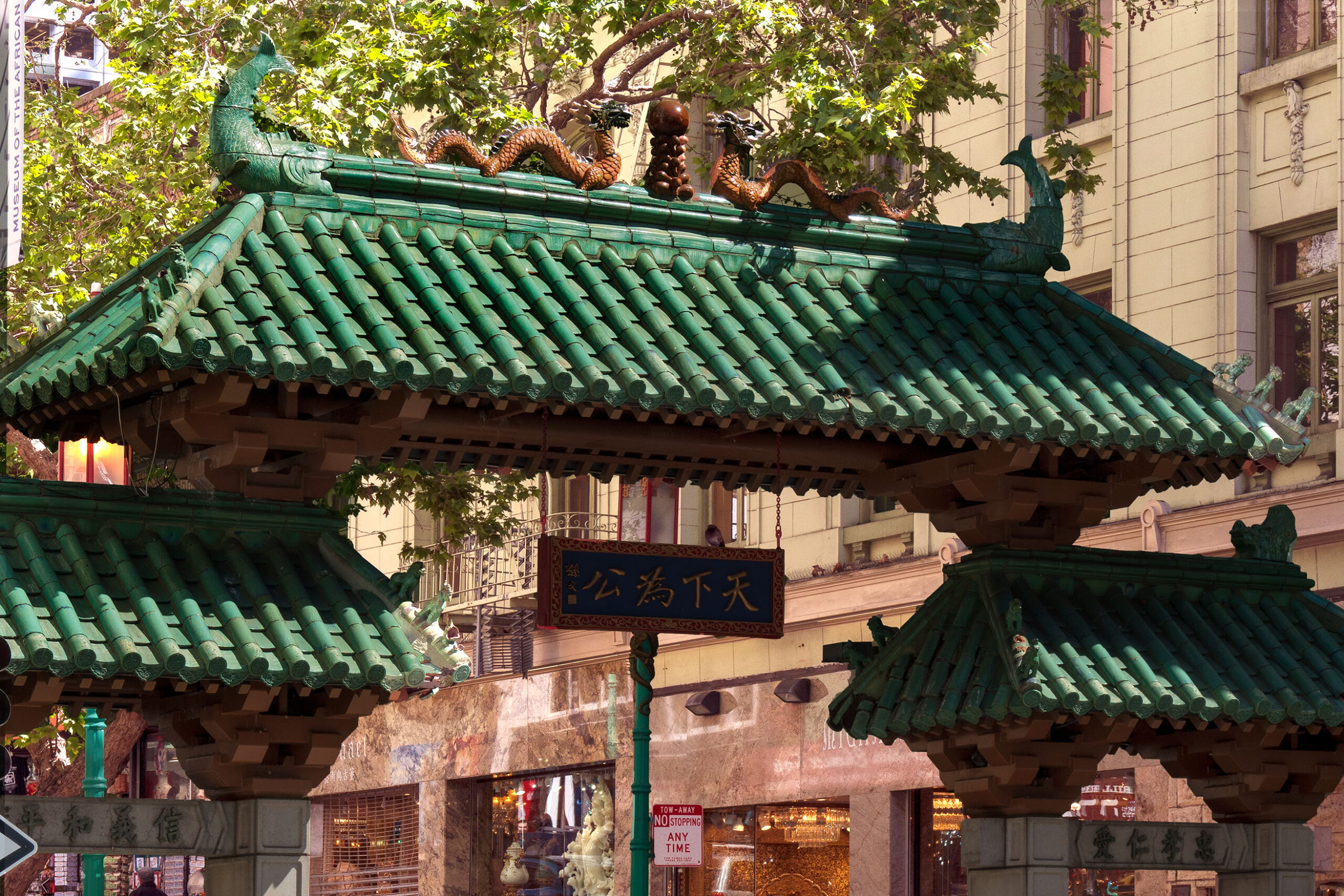
@giadaantonini_photography 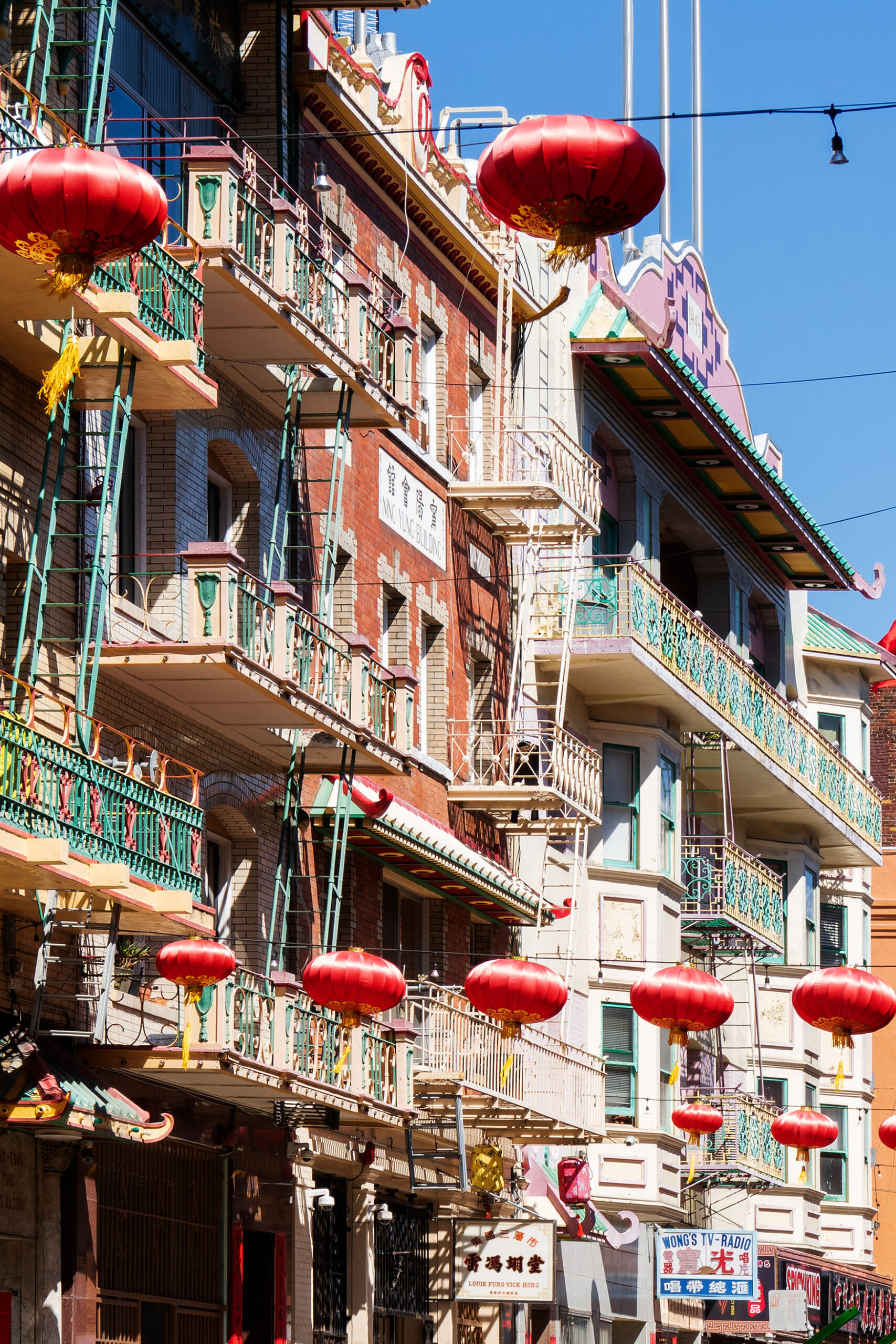
@giadaantonini_photography 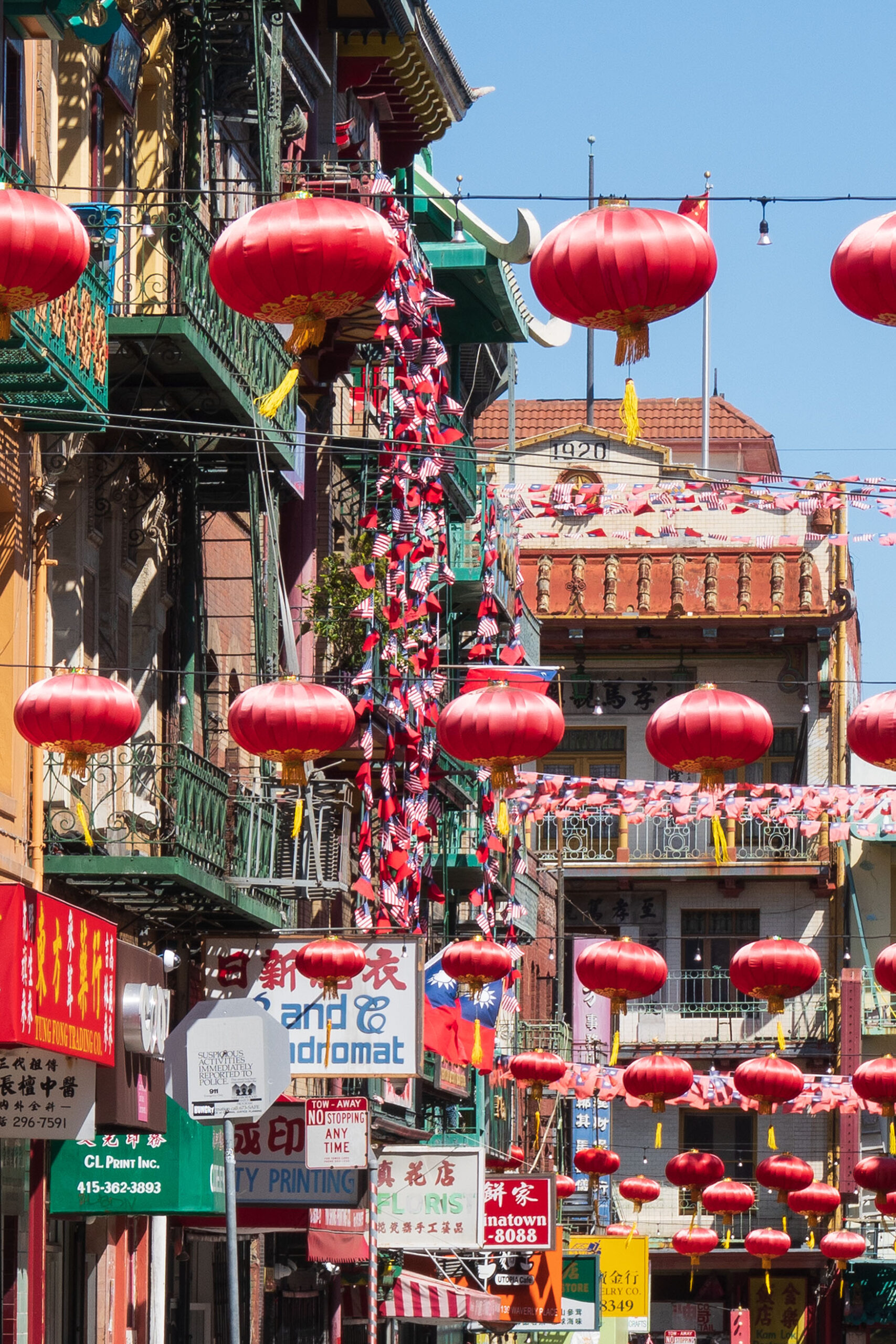
@giadaantonini_photography 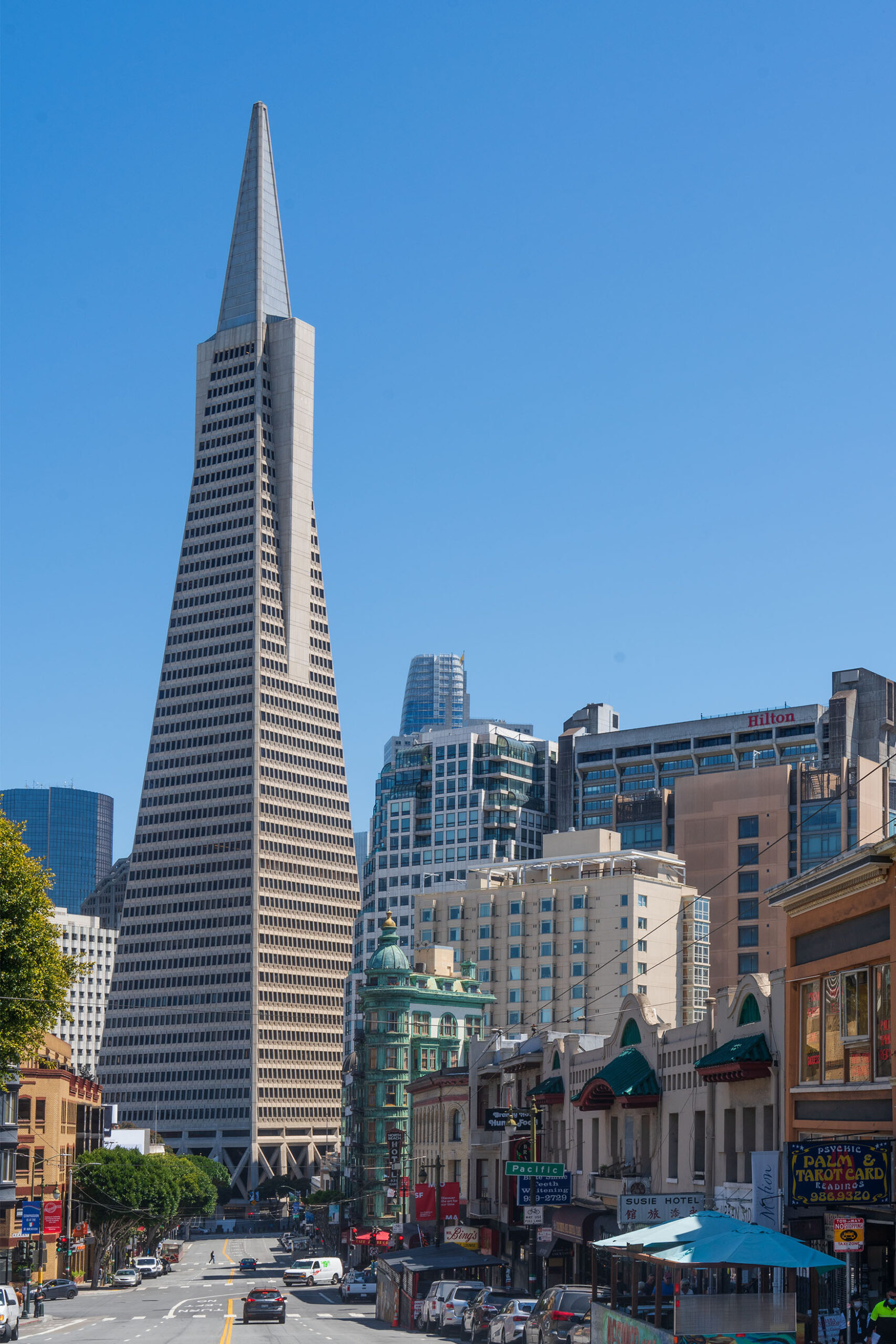
@giadaantonini_photography
2. San Francisco Bay
From the Ferry Building to the Maritime National Historical Park, passing through the three main districts, the Embarcadero, Fisherman’s Wharf and Fort Mason, the bay area of San Francisco is a place to be fully experienced in all its aspects.
Between the shops, street food, fish markets, clubs, museums, walks along the Piers, seal watching at Pier 39, the bay offers a wide variety of attractions and is the hub of outdoor life open air of the city.
In Fort Mason, the Ghirardelli Square is also not to be missed, located in the complex of an old Italian chocolate factory, which has now become one of the most famous attractions in the city.
The last district to visit is Marina, very elegant with its luxury villas with a breathtaking design, overlooking the water.
We suggest you enjoy a walk on Marina Boulevard, where the locals love to spend the last hours of light of the day, jogging, relaxing, walking their dogs on the immense expanse of greenery that separates the villas from the sea.
A fun way to visit the whole bay, also considering its extension, is to rent a bike and ride the beautiful cycle paths that cross the various districts, stopping at the points of greatest interest.
In this way, perhaps at sunset, you can also get to the beach near the Golden Gate Bridge, or cross the bridge and continue to the wonderful town of Sausalito, and then go back on a ferry that is also used to transport bikes.
Photo tips: here you could focus on different elements, use the zoom to capture the details of the street food stalls and the market, or the wide angle to capture the lively context of the Piers.
Spend some of your time photographing the seals at Pier 39, trying to isolate just a few of them, but in different poses. Also linger in the quieter Piers, where you will find colorful moored boats to capture.
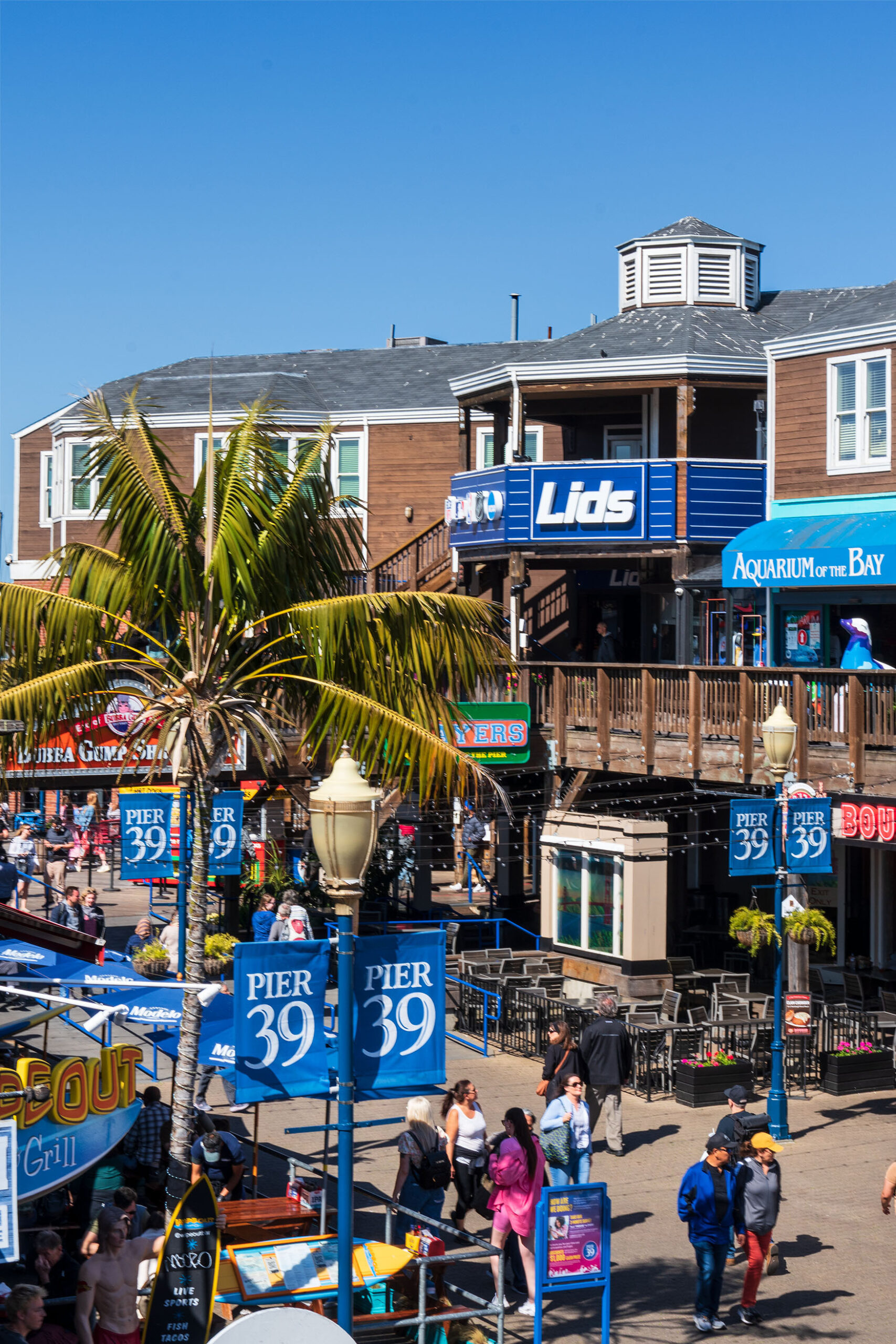
@giadaantonini_photography 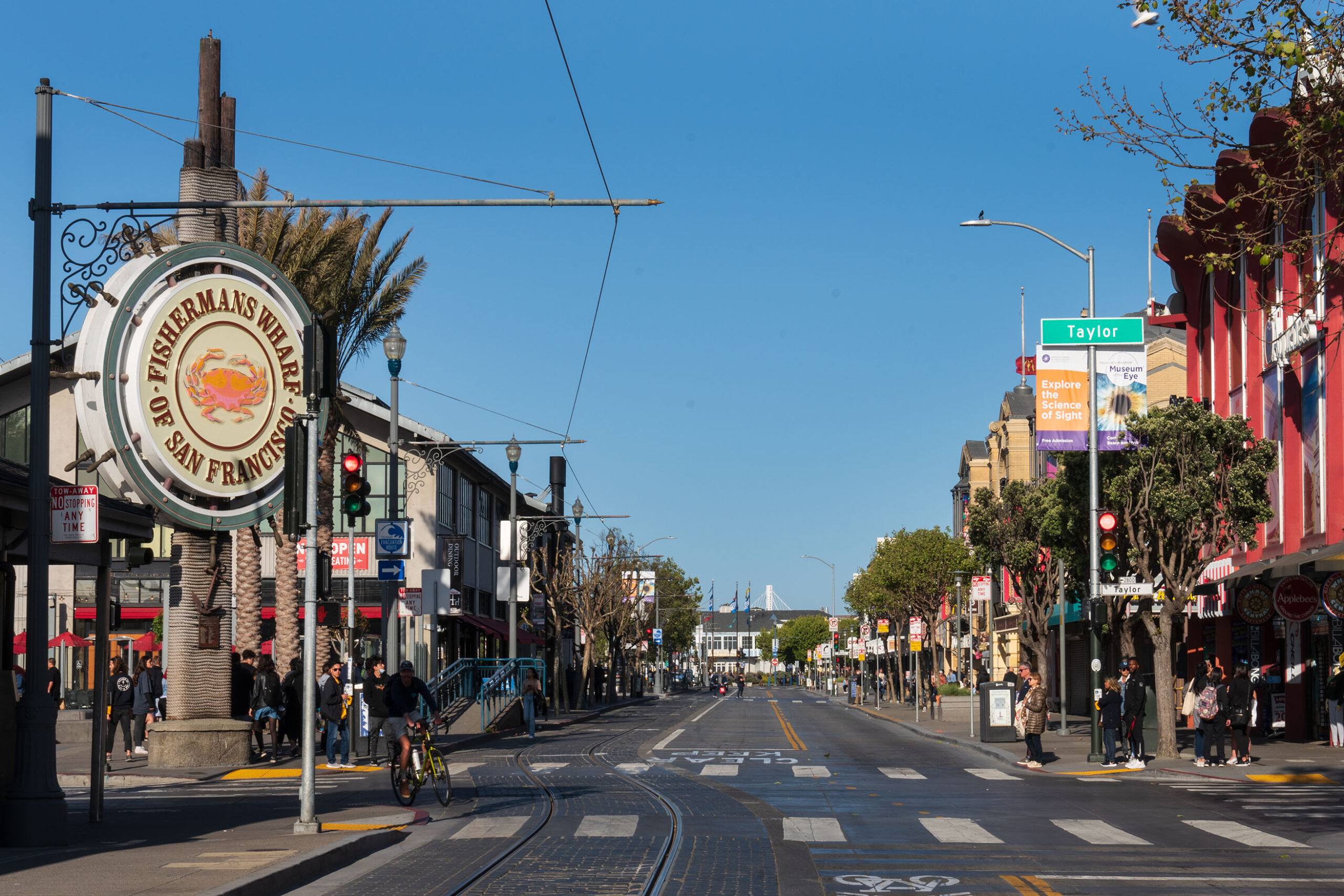
@giadaantonini_photography 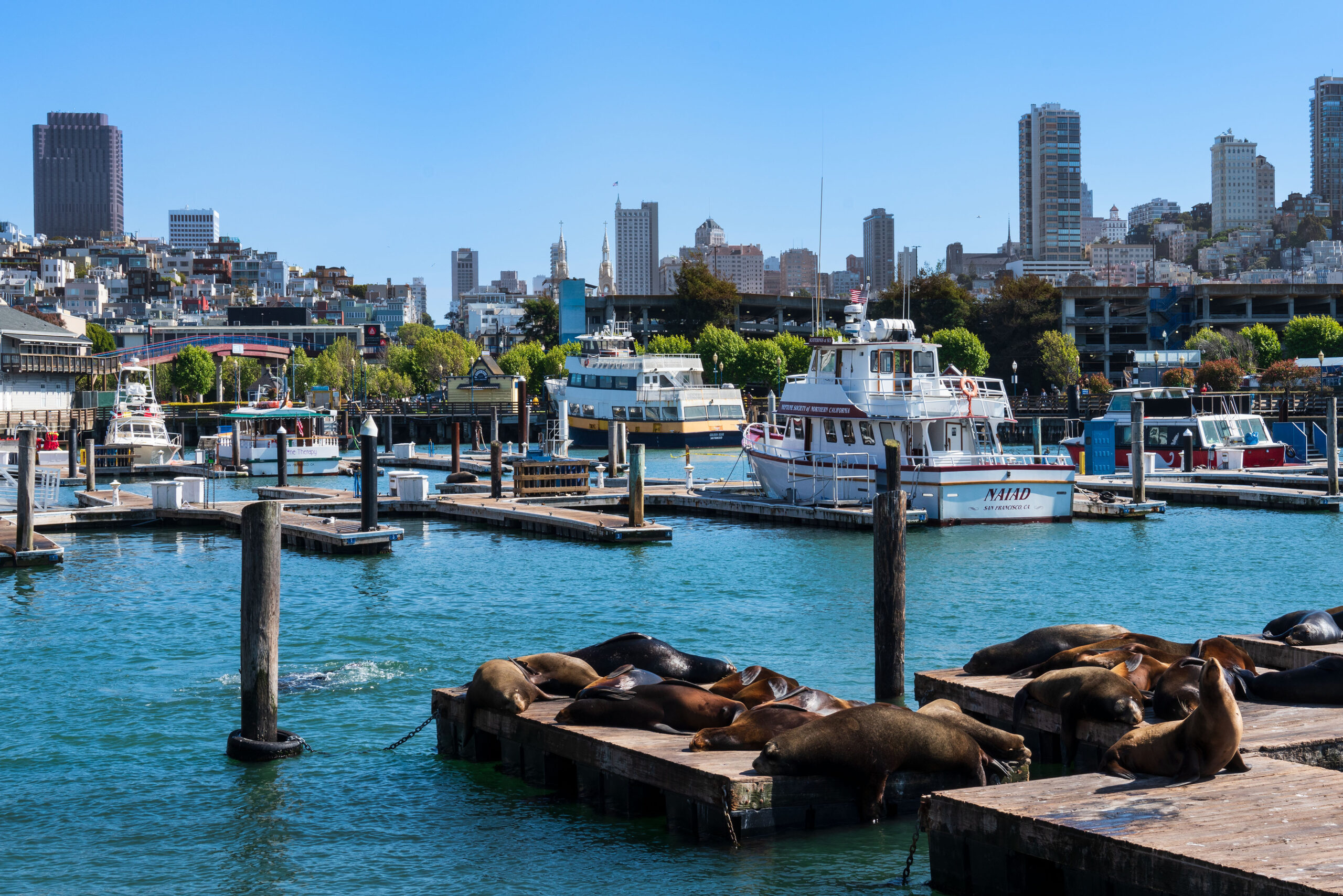
@giadaantonini_photography 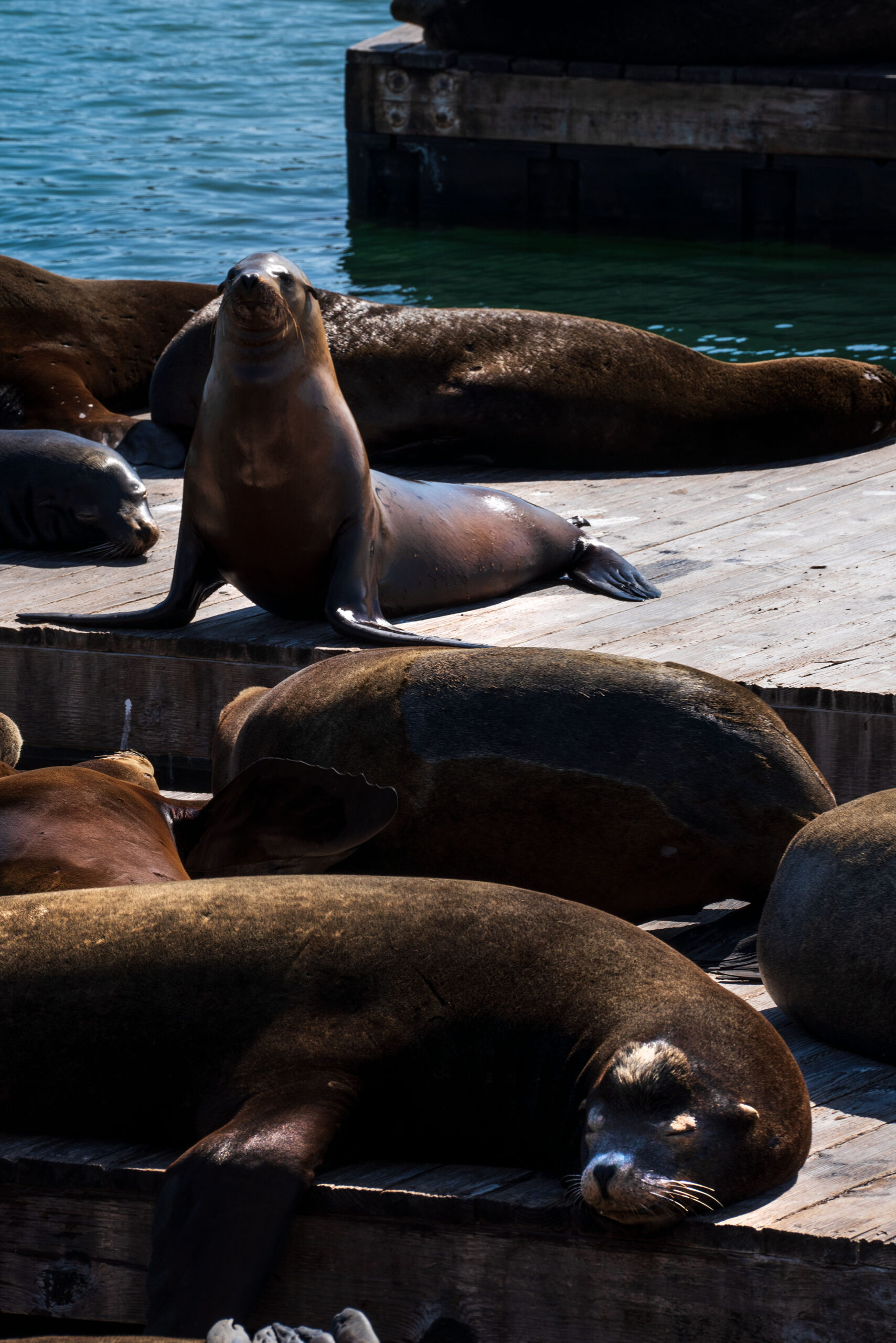
@giadaantonini_photography
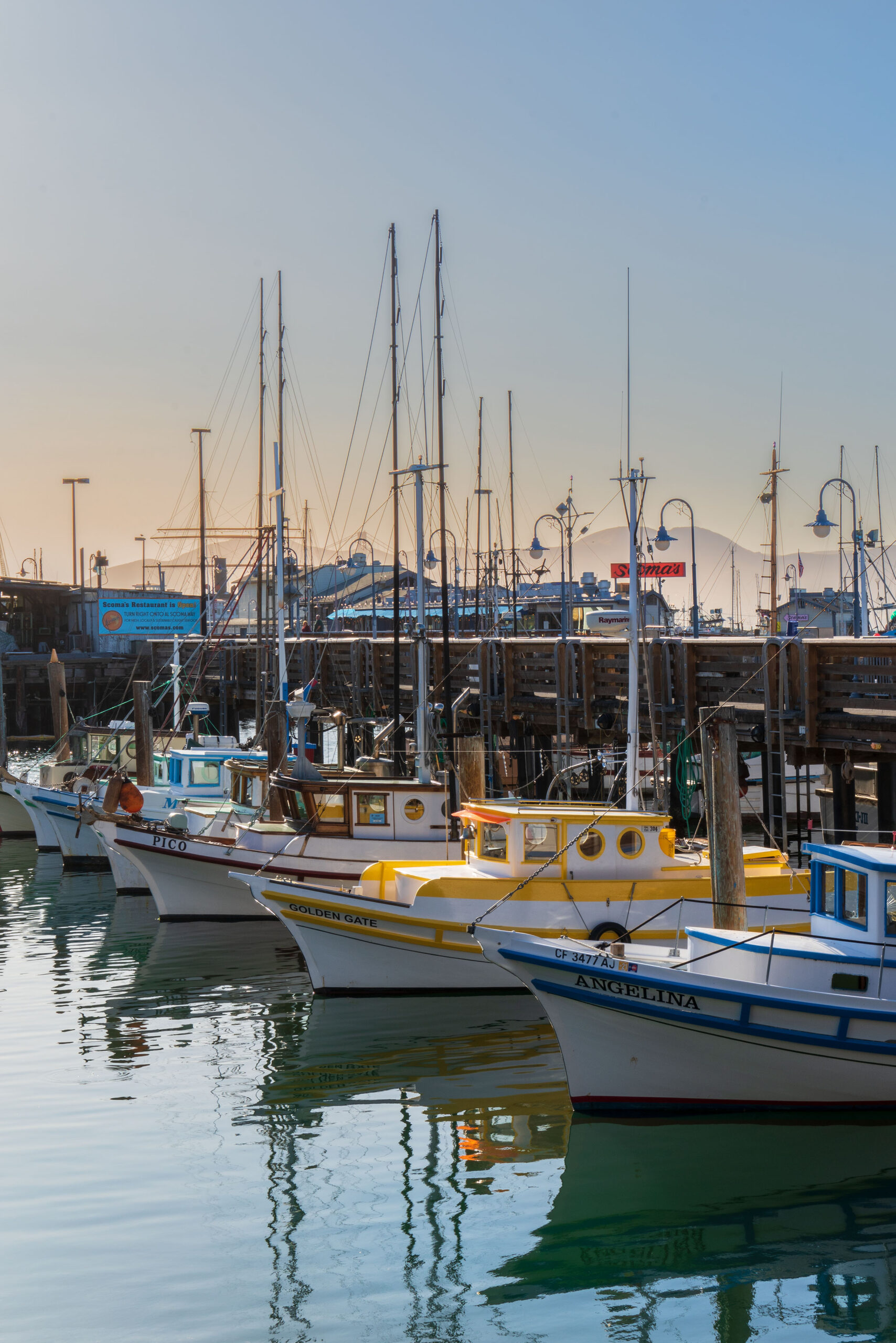
@giadaantonini_photography 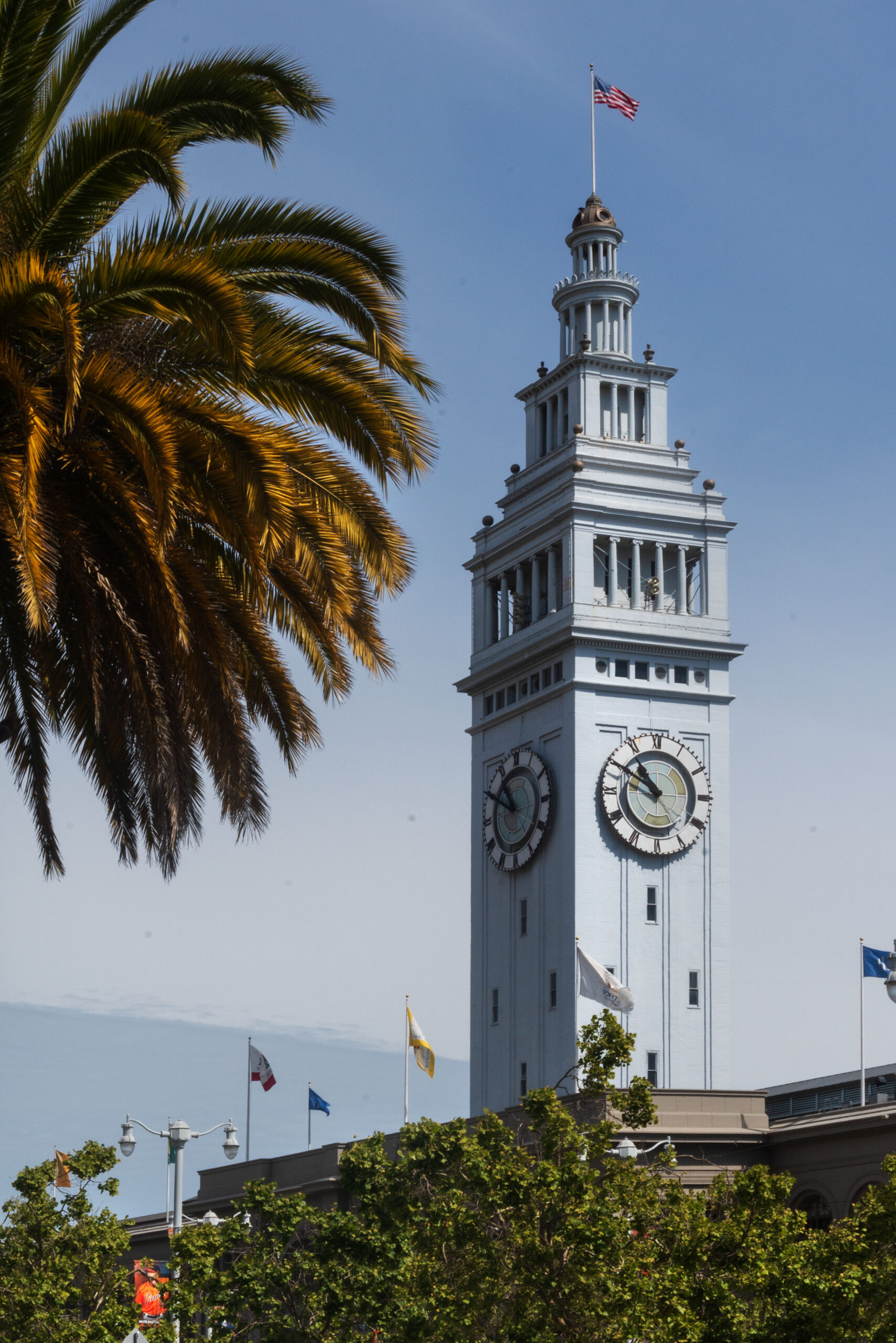
@giadaantonini_photography
3. Little Italy and Castro
In the North Beach district there is Little Italy, a historic and vibrant neighborhood dedicated to Italian culture and cuisine.
Here don’t miss the Beat Museum, with records, books, posters, photographs and magazines dating back to the period of the Beat movement and the City Lights Bookstore, the operational center of the Beat Generation.
A short distance away, you will find the Vesuvio Cafè, a meeting point not only for exponents of the Beat Generation, but also for artists such as Bob Dylan, Paul Kantner and Francis Ford Coppola.
There are also some interesting murals and other historic Italian venues along Columbus avenue. At the Caffè Trieste, for example, Francis Ford Coppola wrote the script for The Godfather.
Not far away, you can take a tour of Pioneer Park, accessed via the charming Greenwich Steps. Along the climb you will be able to meet the characteristic colored parrots that inhabit the park.
Once at the top, you will come to Coit Tower, one of the city’s landmarks, where you can go up to admire the view.
Another district to absolutely visit is the lively Castro, home of the LGBT community, where the rainbow flag was born, whose shades can be found on the buildings, in the murals, in the pedestrian crossings.
Castro Street is the heart of the neighbourhood, where shops and clubs open up at the foot of the typical and colorful Victorian row houses.
Photo tips: as in other neighborhoods, focus on the most famous attractions, the details of the buildings, the most important features that can tell the story of that place.
The colors of Castro and the Italian clubs of Little Italy, for example.
Use mostly zoom, or a medium aperture, if you’re close enough.
Remember not to tilt the camera, to avoid distortion of the vertical lines.
To learn more about this and other composition tips, read this article.
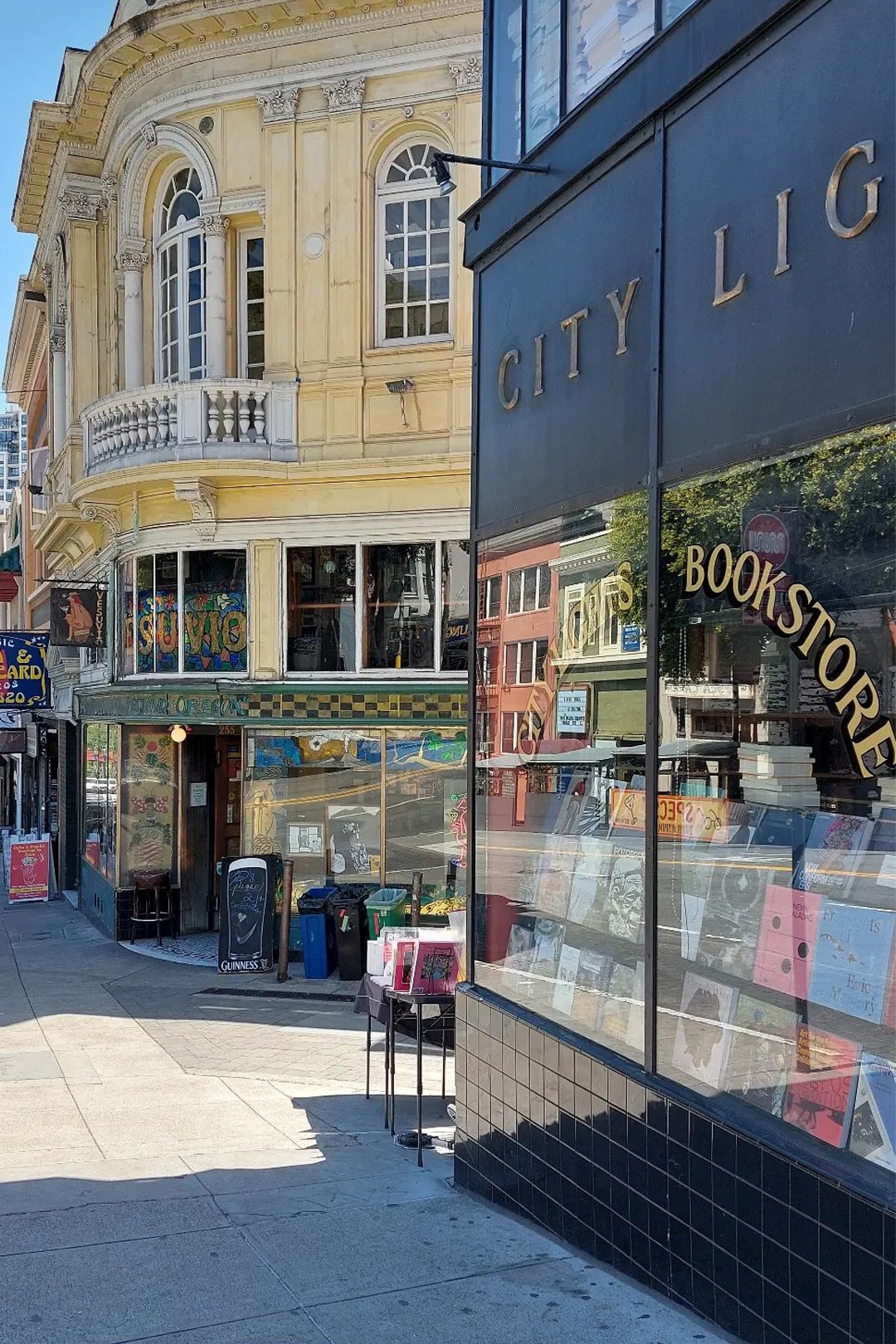
@giadaantonini_photography 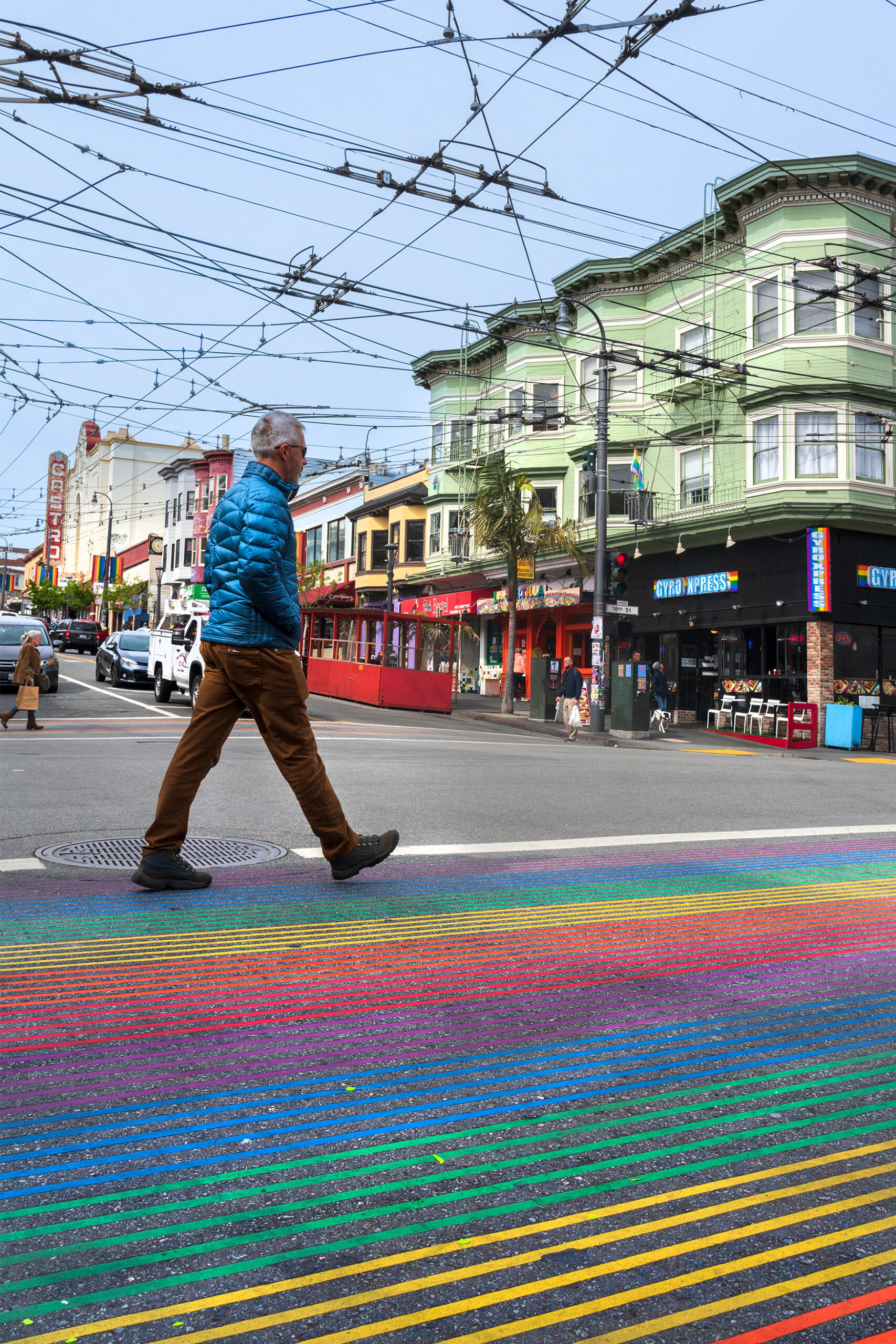
@giadaantonini_photography
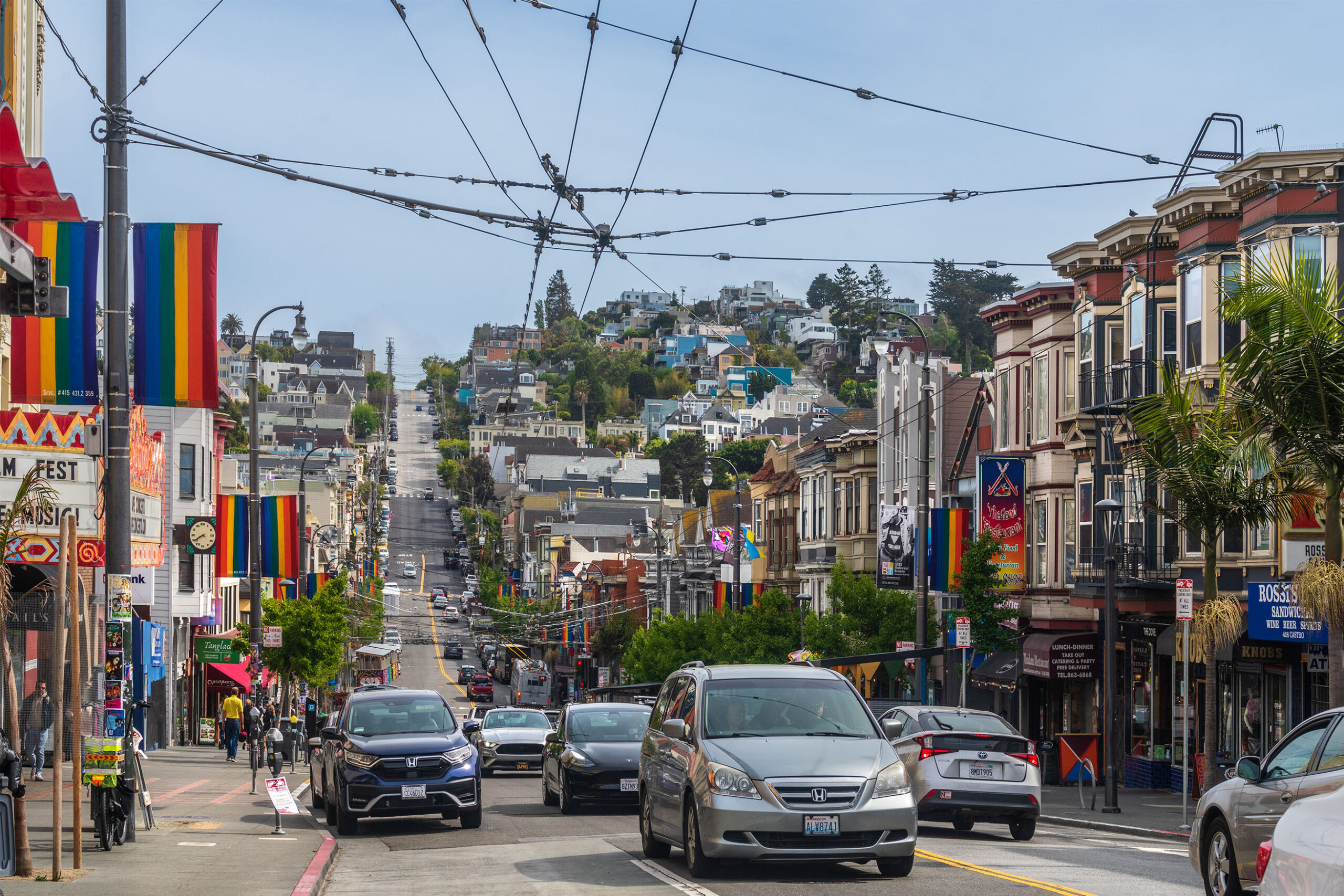
@giadaantonini_photography
4. Alamo Square and the Painted Ladies
San Francisco’s colonial and Victorian architecture is truly fascinating.
The small villas in the Marina area and along the internal streets of the city prove it.
But the most famous and immortalized are certainly the Painted Ladies, also known as the Seven Sisters.
You can find them in Alamo Square, a lovely hillside garden, where the locals love to stroll in the afternoon.
These seven terraced houses, painted in different colors, built at the end of the 19th century, have become the symbol of the Victorian style in California and represent a perfect postcard of the city.
Photo tips: for a shot that expresses the contrast between the style of the Victorian houses and the skyscrapers, go up to the highest point of Alamo Square.
Here, beyond the roofs of the Painted Ladies, there will be a wonderful view of the Financial District and the tallest buildings.
This is the best place to shoot, either using a medium aperture or a zoom to capture some details.
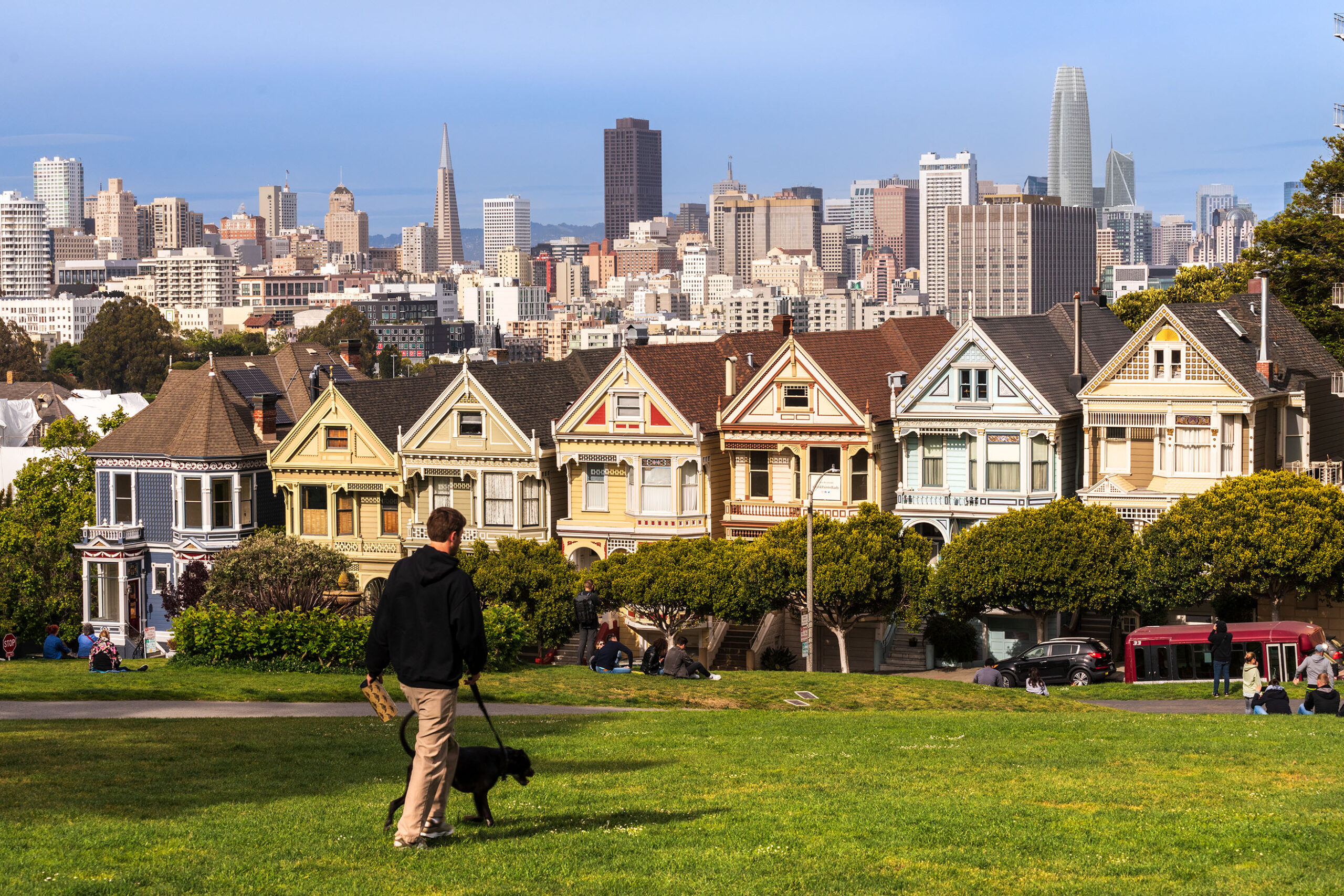
@giadaantonini_photography
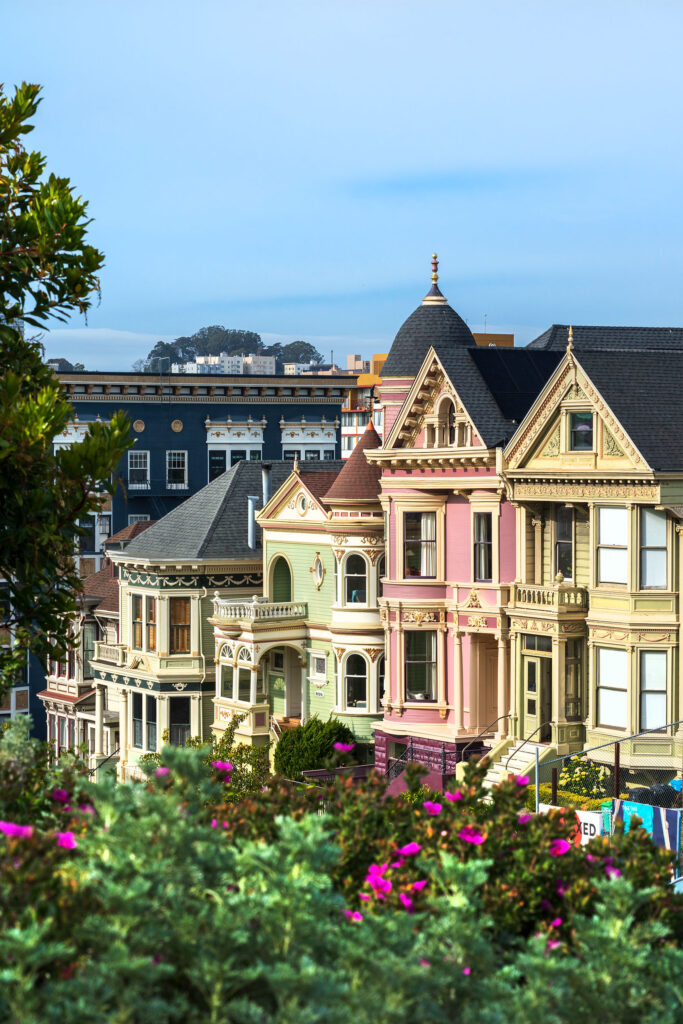
5. The secret gardens
One of the peculiarities of San Francisco are the secret gardens, gardens built on platforms suspended between the skyscrapers, to give the neighborhood a pedestrian space and some greenery.
Often, in fact, the buildings are so dense that there is not enough space on the ground floor apart from the street, or that they only leave narrow and shady spaces.
For this reason, these gardens are often created, some private, others accessible but often hidden, almost invisible.
They are real oases of peace, where thousands of employees can relax during their lunch break, take a walk or work outdoors.
An example is the suspended path of Whaleship Plaza. Going along it, you arrive at a terrace overlooking the bay and the Embarcadero.
Recently built and absolutely not to be missed is the incredible Salesforce Park in the Bay Area, suspended over a bus interchange station, with its futuristic design and its immense botanical garden that literally leaves you breathless.
Photo tips: wide angle is one of the best ways to capture the beauty of these places enclosed by skyscrapers and to render their proportions.
At Salesforce Park you can also try macro photography, to capture the thousands of vegetation species present.
Play also with the light between the skyscrapers and its reflections on the glass facades.
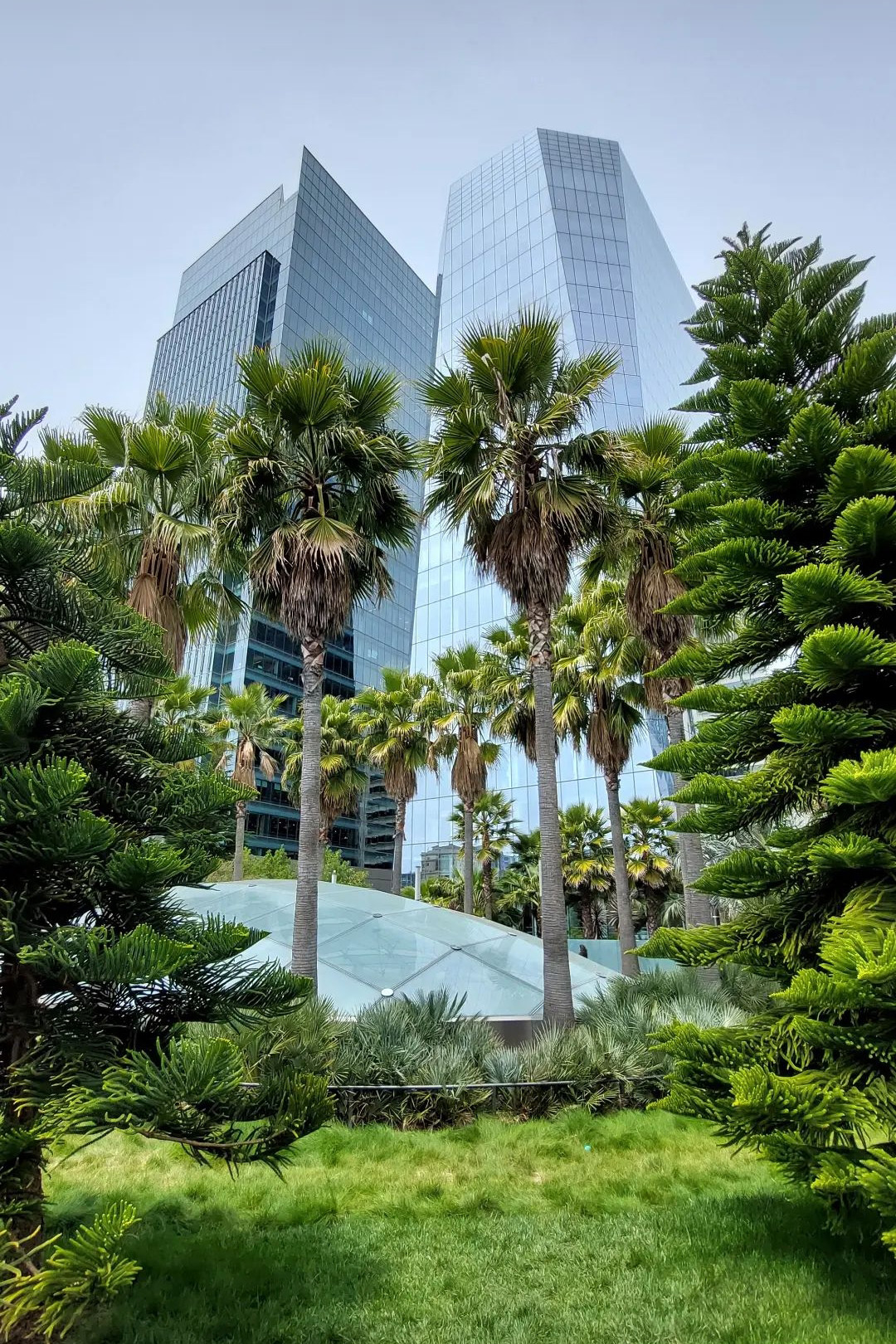
@giadaantonini_photography 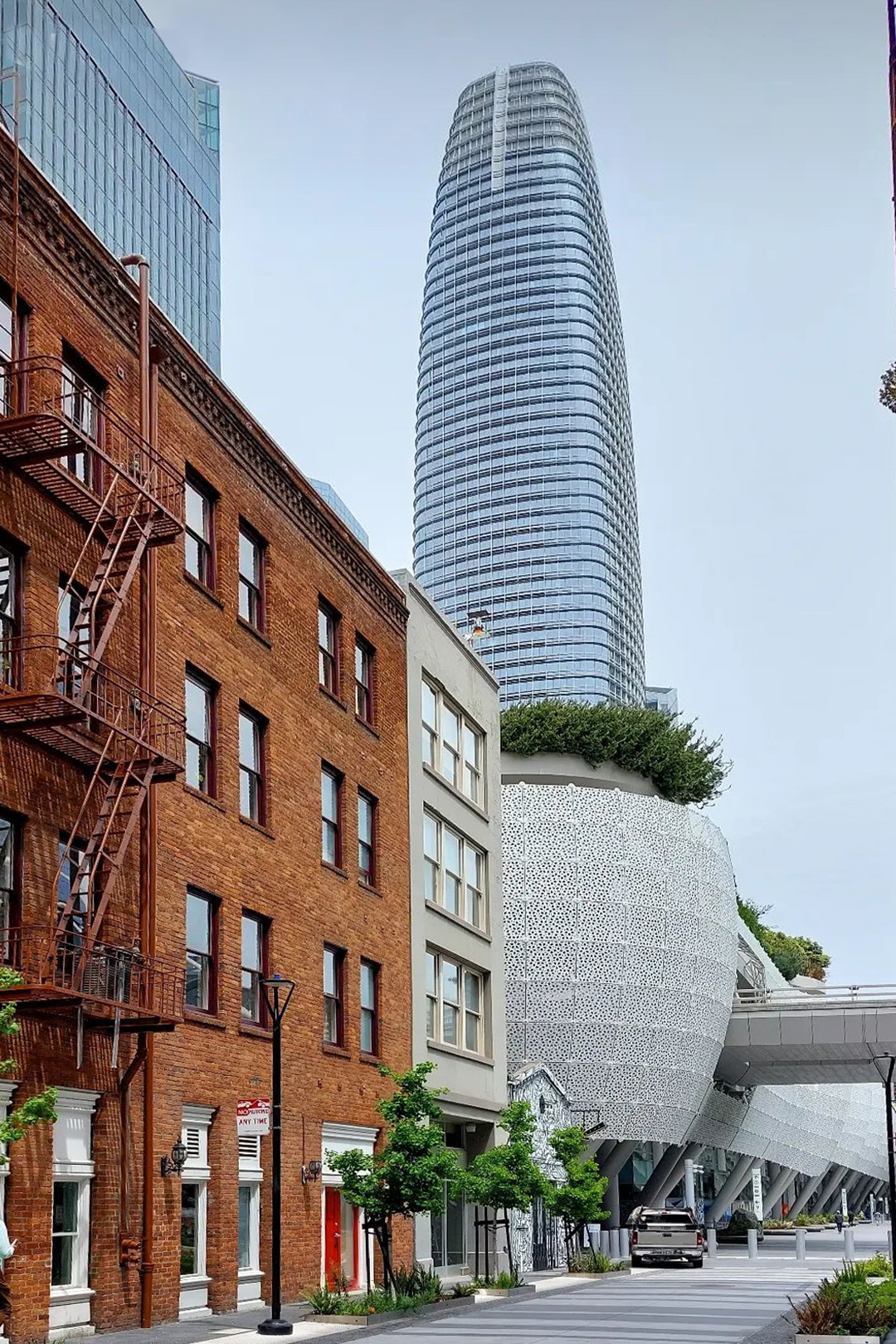
@giadaantonini_photography 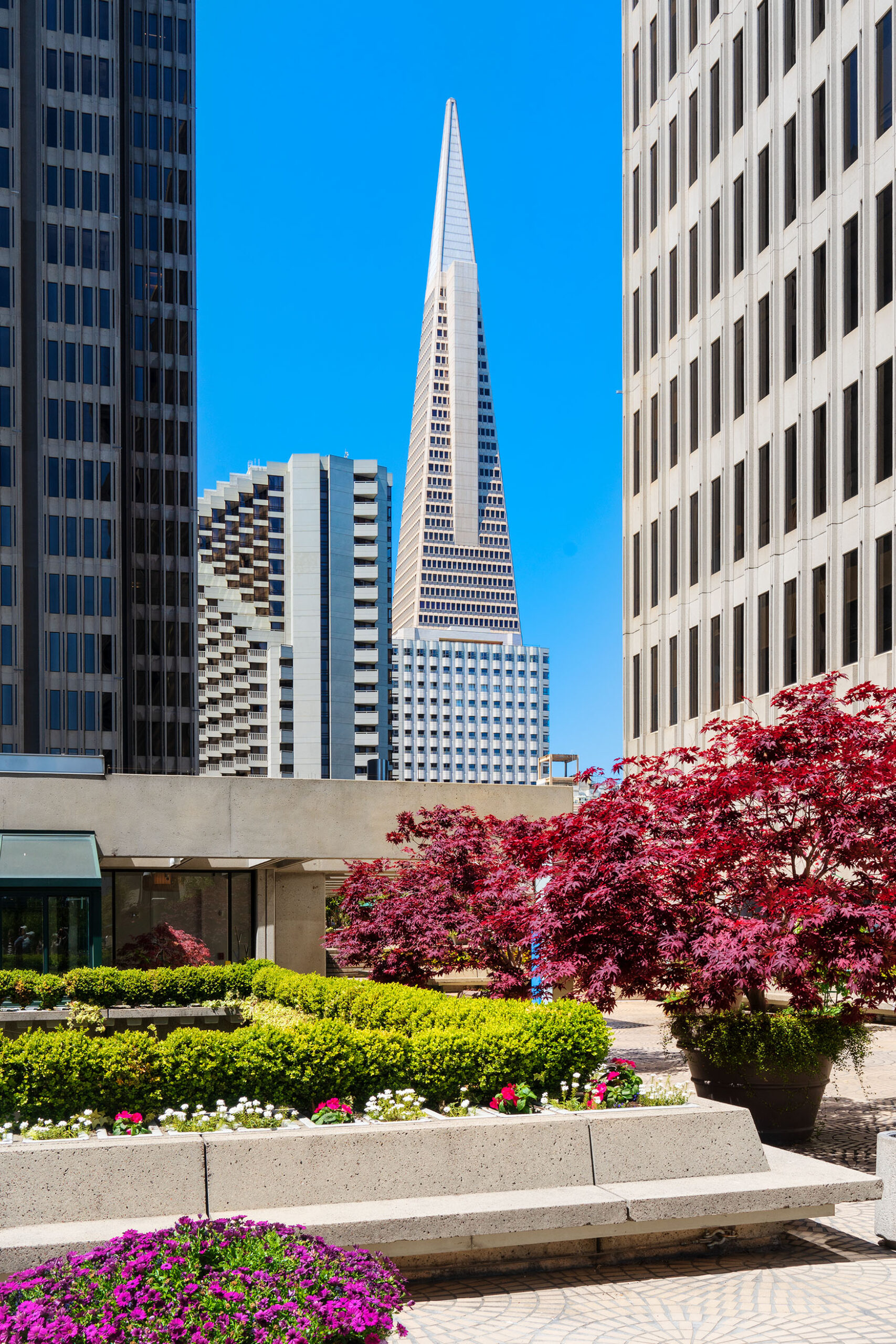
@giadaantonini_photography 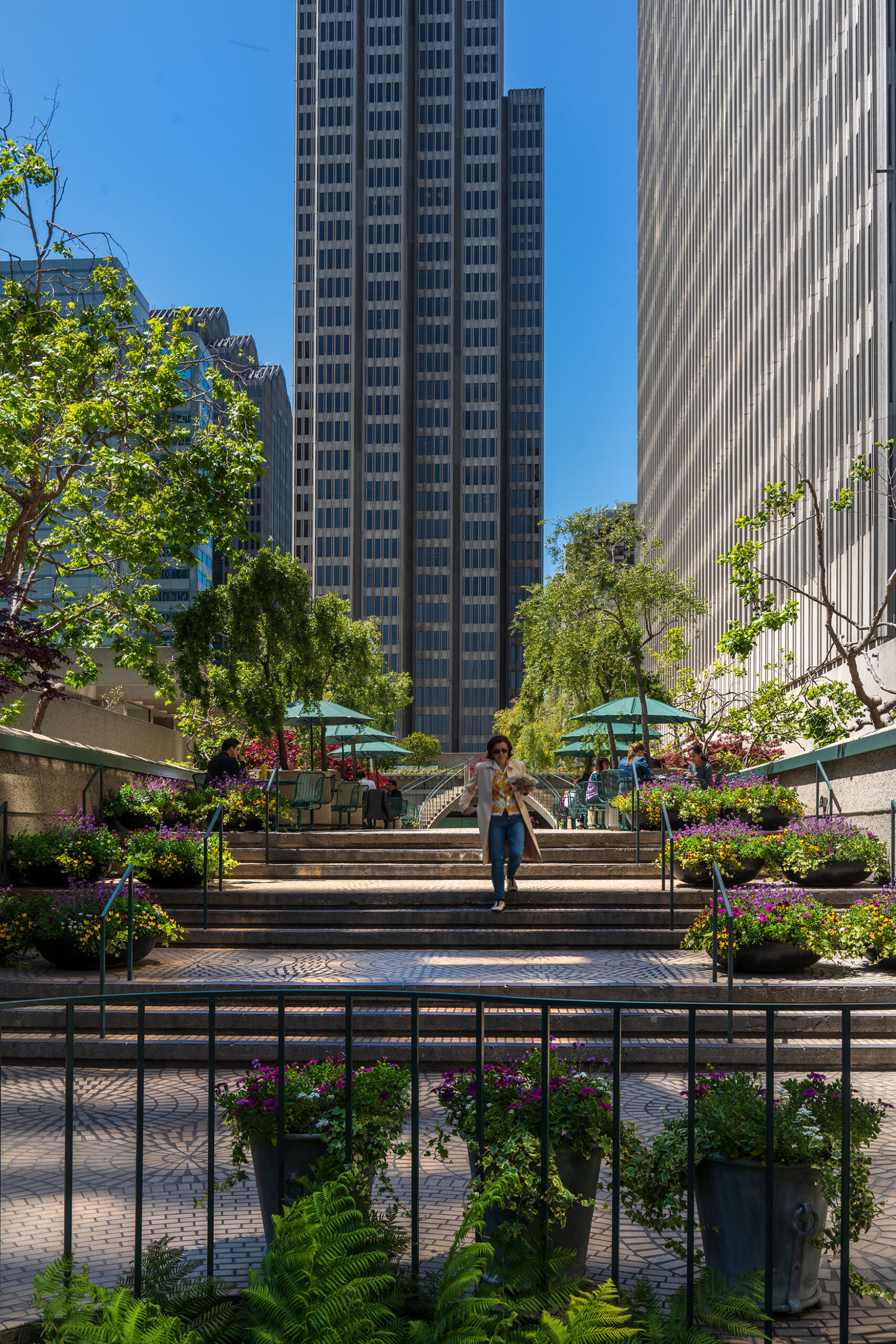
@giadaantonini_photography
6. The cable cars
If you’re in San Francisco, you absolutely have to take a ride and discover the city’s magic from cable cars. They are the famous old open trams, where you sit on the edge, facing the landscape, because the center is occupied by the old driving mechanism that the driver controls with skill.
The cumulative day ticket allows an unlimited number of trips, ideal for enjoying the city from every angle.
Starting from one of the final stations, such as that of Ghirardelli Square or Powell station, you will cross the streets and the ups and downs that have made them famous all over the world.
From Powell station, get off at the Hyde St. & Lombard St. stop, just to admire and photograph this road, universally famous for its continuous curves that soften the steep climb.
On the sides of the road, you will find well-kept flowerbeds and accesses to luxurious villas.
One stop not to be missed is California Street, another postcard of the city, which offers an exciting perspective towards the Oakland Bay Bridge in the background.
Also get off at Union Square, one of the city’s main squares. From here you can go up to the Cheesecake Factory roftoop and, in addition to delighting your palate with a good slice of dessert (we also recommend the pizza margherita, really good and cheap!), you can admire and photograph the view over the square, perhaps with the lights of the sunset.
Photo tips: first of all, take a complete ride on the cable car, to study the best spots to photograph. While on the go, use fast shutter speeds to capture some interesting sights.
If you stop on California Street, paying close attention to the traffic, when the traffic light for cars is red (so as to be safe), stand in the center of the roadway to take a symmetrical photo of the road with the skyscrapers to the sides and the bridge in the background.
Try playing with the optical effects given by the ups and downs of the road (with the zoom you will be able to lose the proportions and create interesting effects).
Bring the camera close to the road surface for original images.
Take a cable car ride even with the evening lights. Often at the stop lights you will be able to capture fascinating panoramas.
If you are not stationary and do not have a support, do not use long shutter speeds, even if there is little light. In this case, try with a big aperture and raise the ISO (based on the quality of your camera), or use your smartphone, which can more easily guarantee you quality shots in those light conditions.
Lombard street is very difficult to photograph up close.
Try, therefore, to capture it with the zoom from afar, in particular from the intersection of Lombard St. and Stockton St.
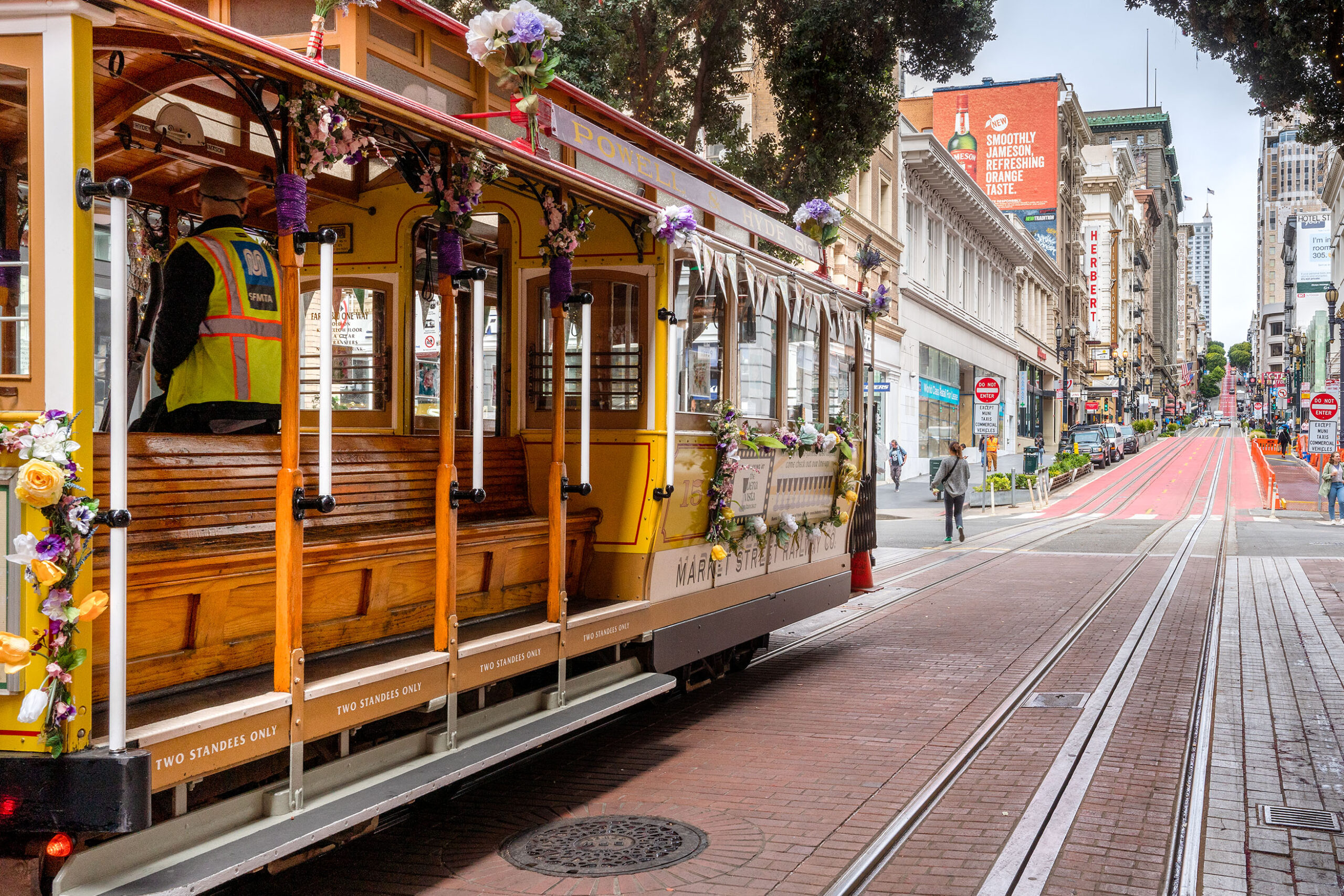
@giadaantonini_photography 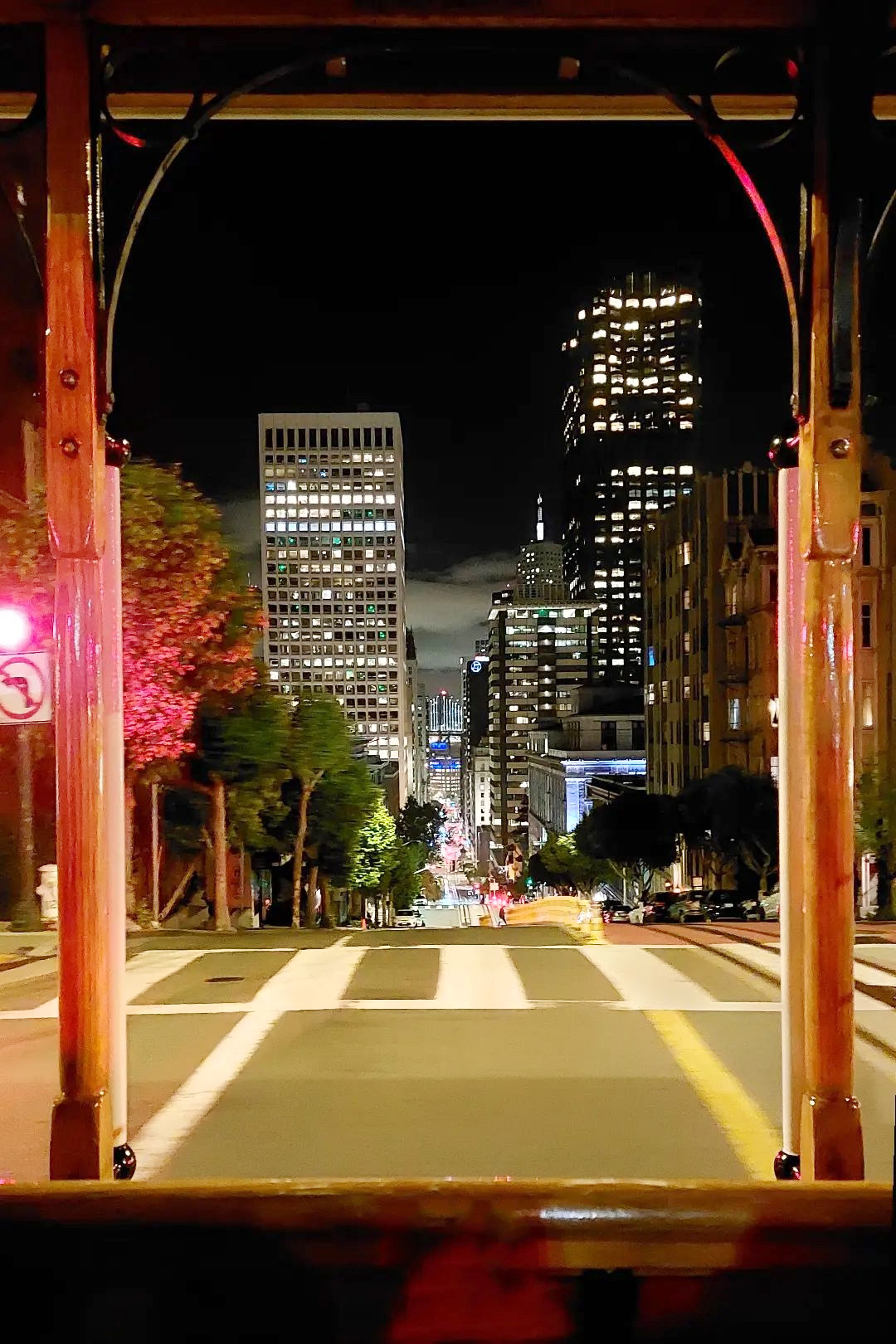
@giadaantonini_photography 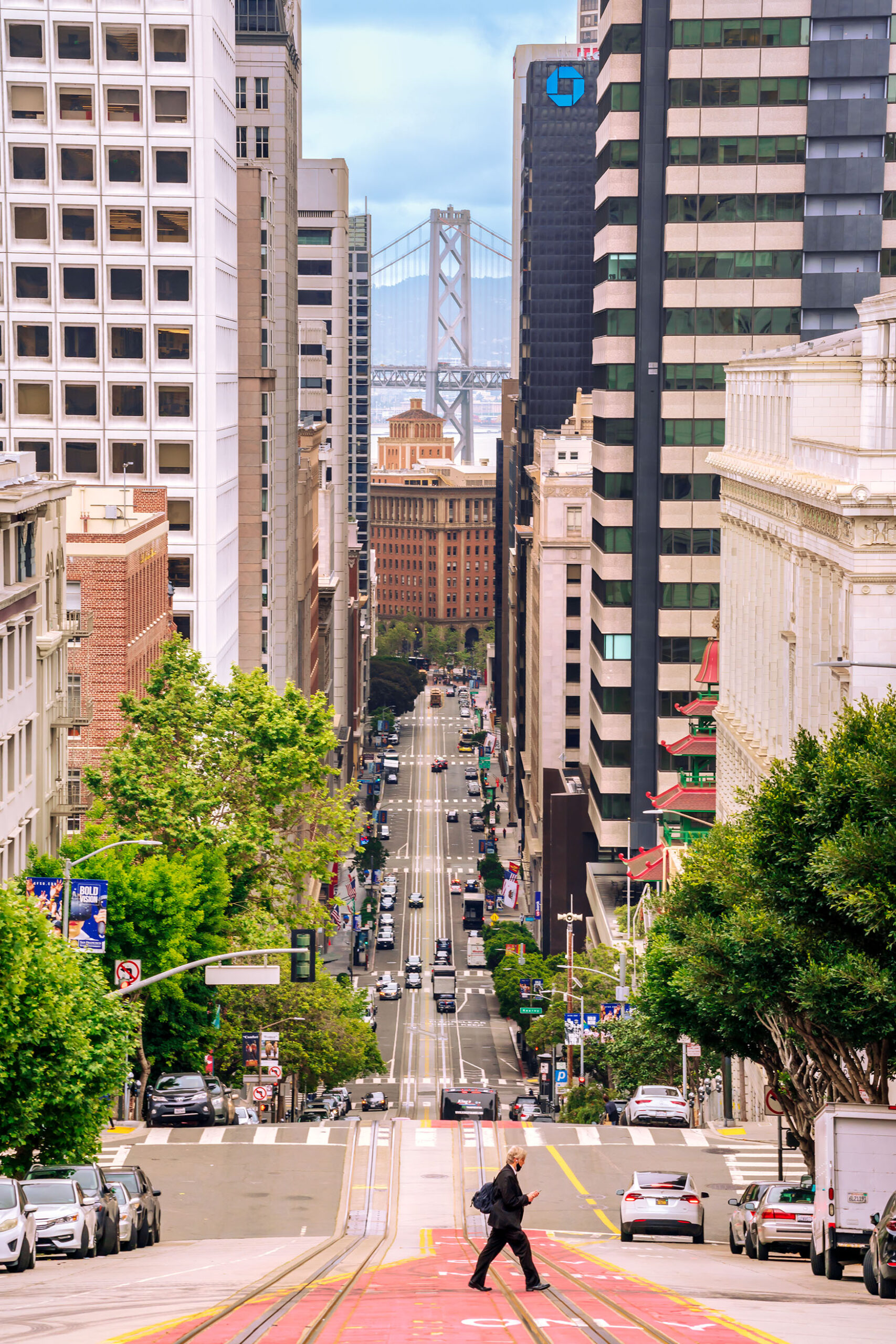
@giadaantonini_photography 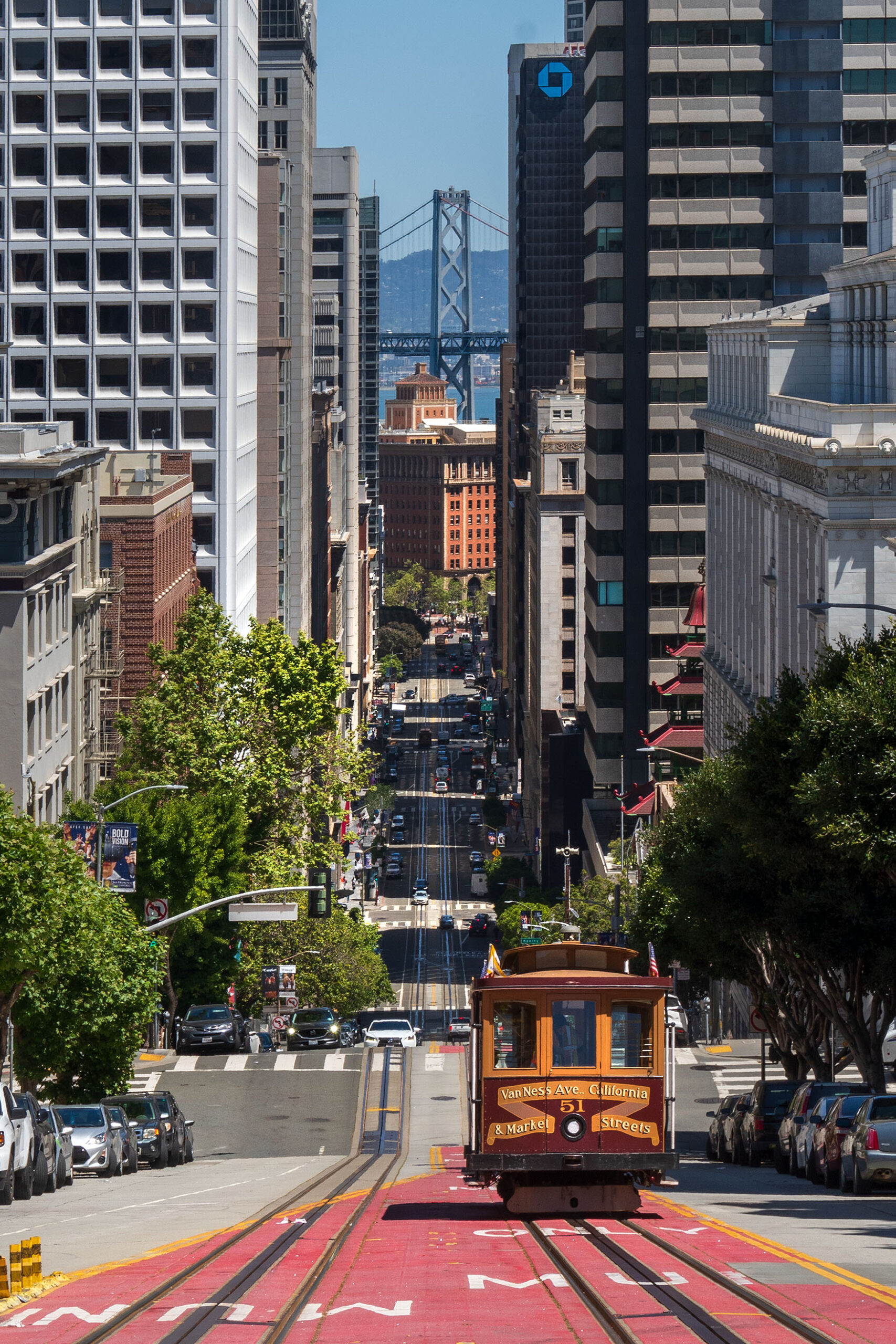
@giadaantonini_photography 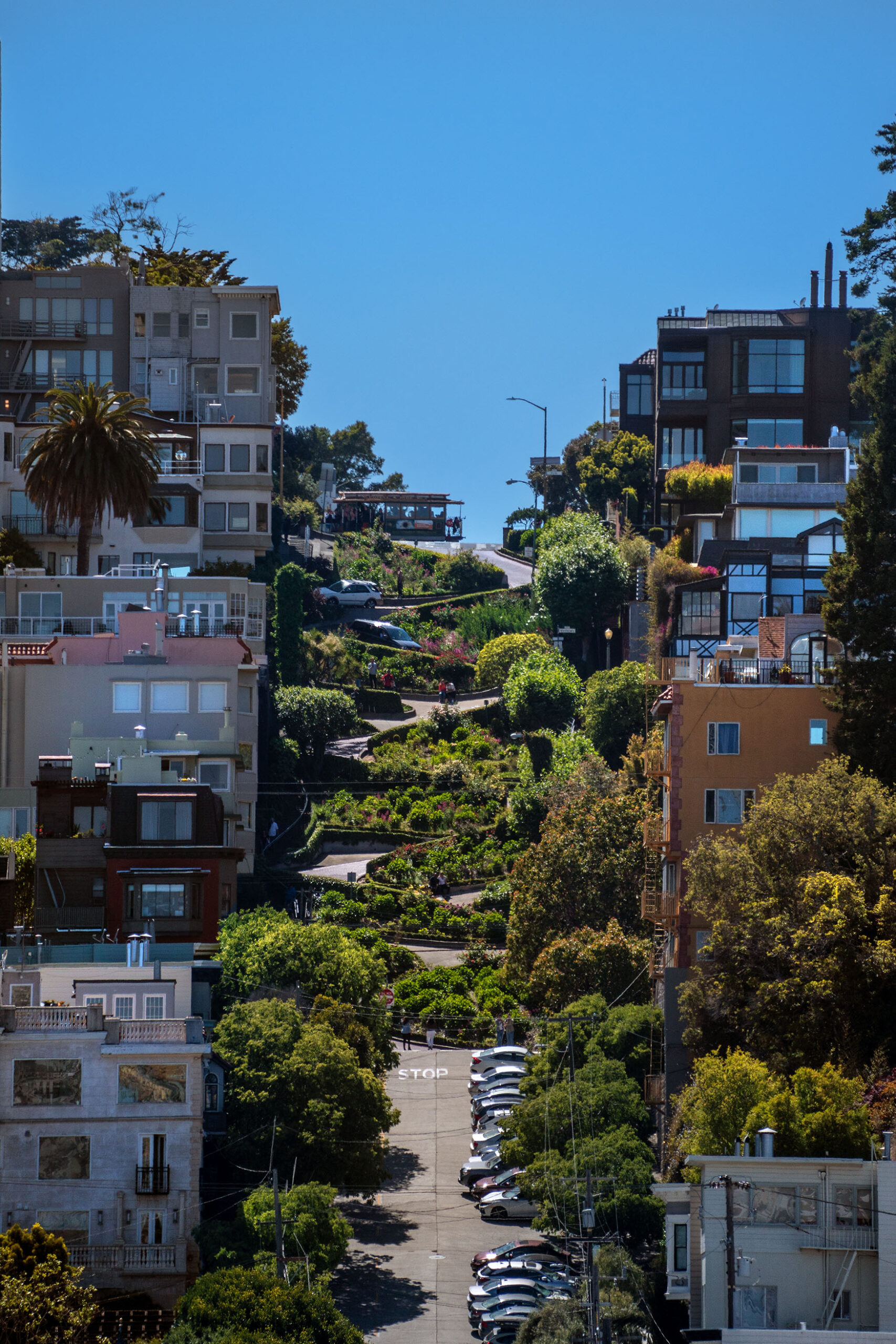
@giadaantonini_photography 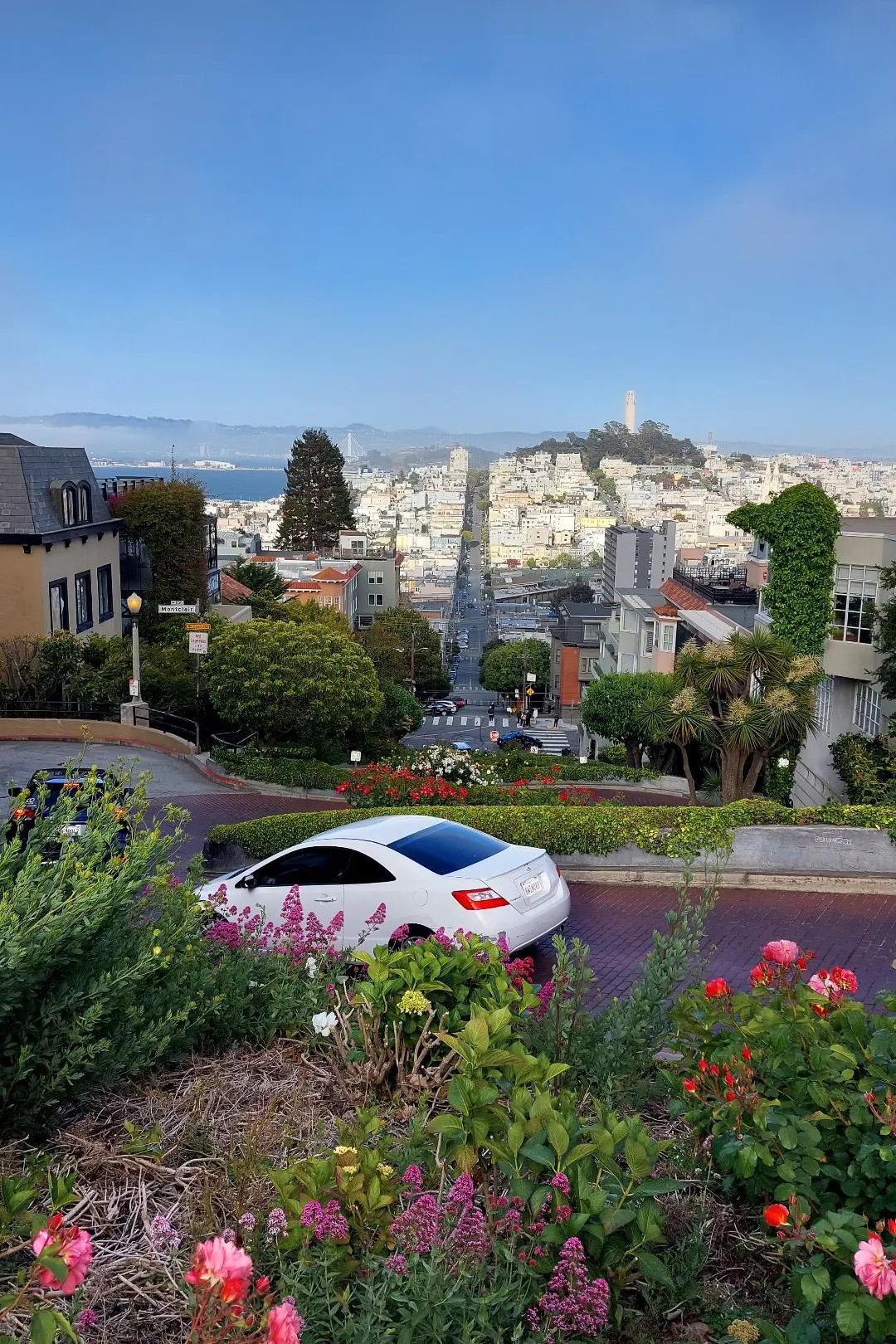
@giadaantonini_photography 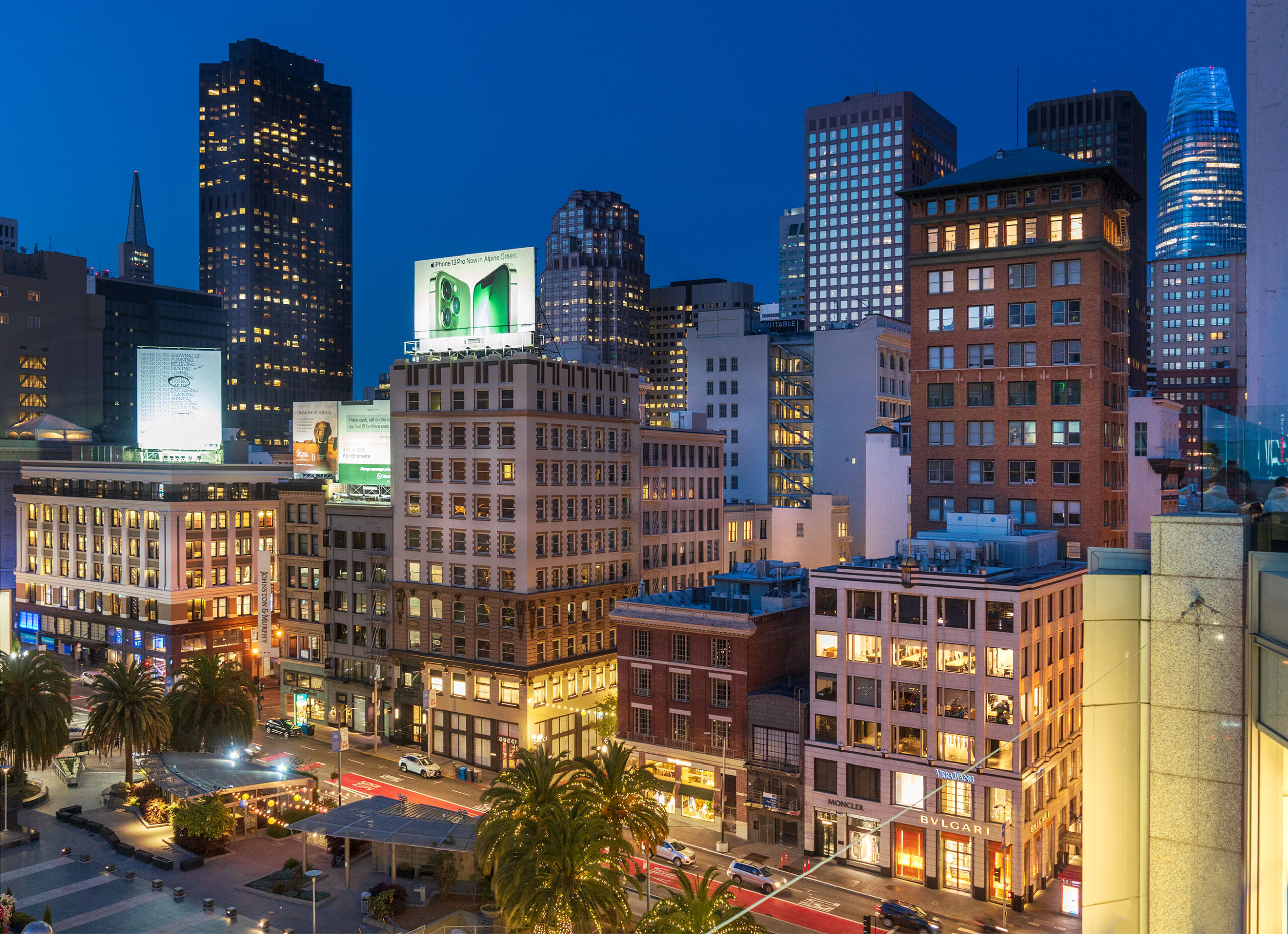
@giadaantonini_photography
7. The panoramic hills
To admire the view over the city, if you feel like walking a bit, you can choose to climb one of these three hills overlooking the city and the bay: Twin Peaks, Mt. Davidson or Mount Sutro. We chose the former and the view was truly breathtaking!
These hills can be reached easily by bus and the walks are quite easy.
If, on the other hand, you have a car or a motorcycle, or even a bike if you’re fit, a panoramic road not to be missed is the Colzenman road, on the other side of the bay, in the Marin Headlands.
The road is accessible by crossing the Golden Gate Bridge. From here you can go on panoramic treks on foot or by bike, or you can simply enjoy a breathtaking view of the bridge and the entire San Francisco skyline from above.
Photo tips: as with all panoramic points, use a medium aperture to capture the entire panorama, and a good zoom, especially in the absence of mist, to isolate some emblematic buildings.
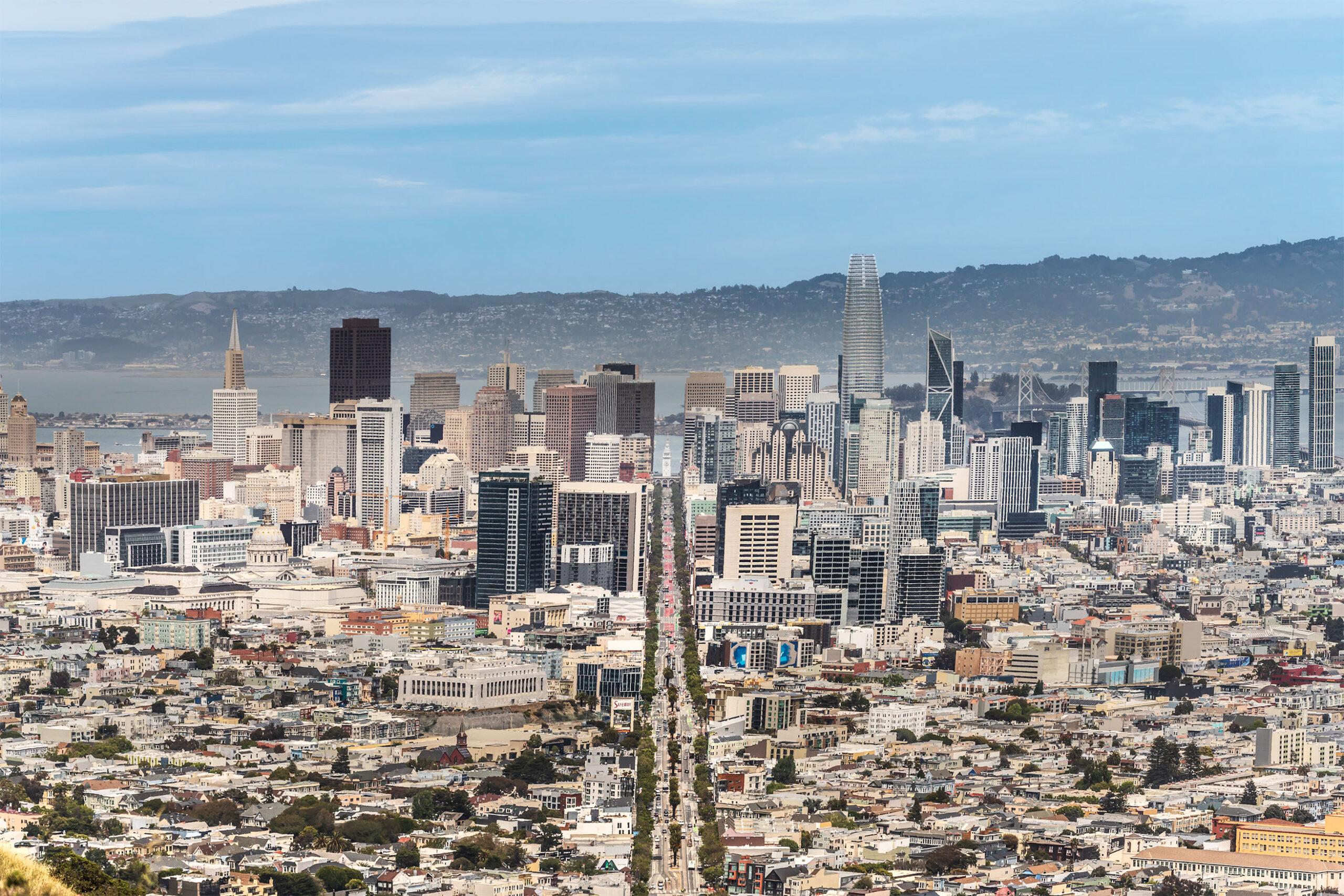
@giadaantonini_photography 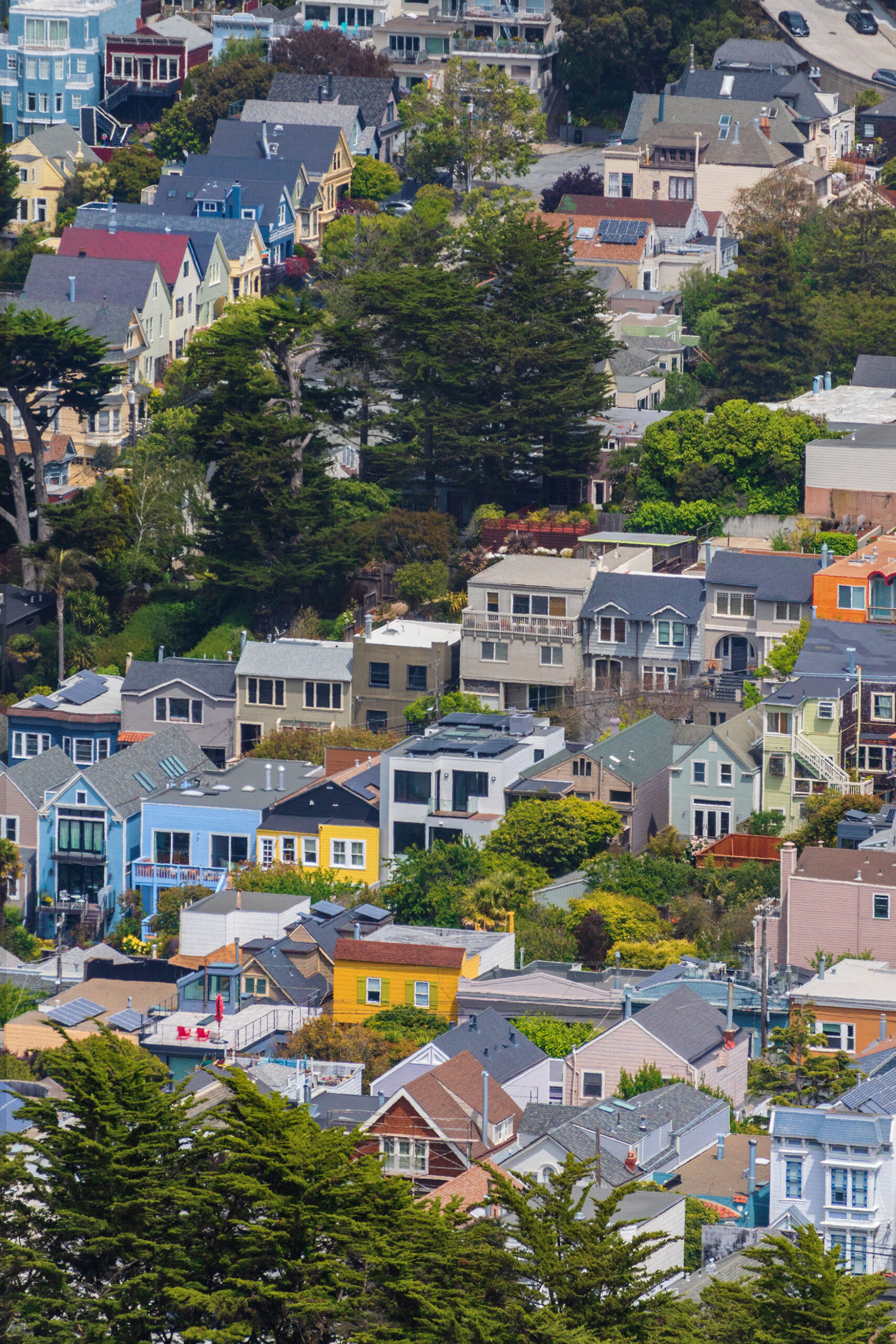
@giadaantonini_photography 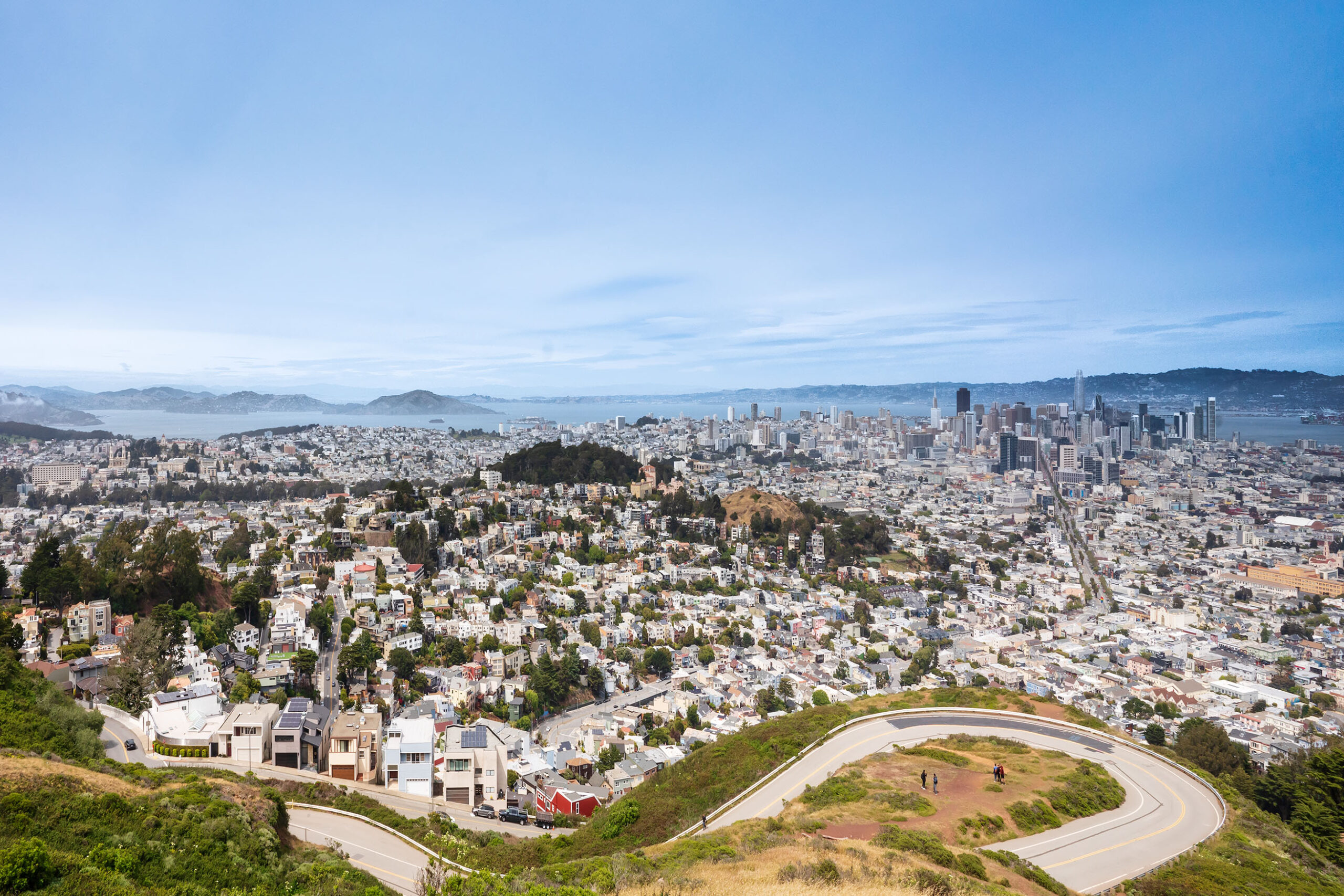
@giadaantonini_photography
8. The Golden Gate Bridge and the Presidio
The Golden Gate Bridge is the undisputed symbol of the city and the most fascinating spot, with its famous red color and often shrouded in fog.
When it was finished in 1937, it was the longest suspension bridge in the world.
Crossing the bridge offers a unique emotion. It is possible to do it on foot, by bike or by car, checking the opening hours of the cycle and pedestrian gates.
In addition to crossing it, it’s possible to admire it in all its splendor from different locations.
First of all from the beaches, the Golden Gate Beach and the Baker Beach.
Secondly, there are many suggestive viewpoints from Presidio Park (Golden Gate Overlook, Pacific Overlook, Golden Gate Viewpoint).
We recommend that you rent a bike to visit the park, which is very extensive, dedicating at least half a day to it.
The park was established on the site of an old Spanish fort, where the US Army later settled.
Visiting Presidio is like entering another world and going back in time, getting lost among the historic military lodges, surrounded by well-kept gardens.
Here you can walk in lush nature, visit museums, such as the really exciting Walt Disney Family Museum, or admire the views towards the bay and the bridge.
Presidio is certainly among the most fascinating places in the city!
Photo tips: being able to photograph the bridge is not easy, as it is often enveloped in a very thick fog, which does not make it visible even up close!
Therefore, take advantage of the first clear day to visit it, otherwise you might not succeed. Choosing the location you prefer, such as the beaches for example, you can use the wide angle to capture both the water and the bridge in its entirety and use long exposure to create a silk effect on the water (remember to bring with you the tripod!).
Wherever you stop, use the zoom to capture some details of the incredible structure of the bridge. If you are lucky, at sunset time, you will be able to take wonderful photos.
Use the grid, both in your smartphone and in your camera, to best compose the image with the rule of thirds (find out more in this article).
In case of fog, when it starts to thin out, you will be able to take exciting shots of the structure suspended in the mist, in a magical atmosphere.
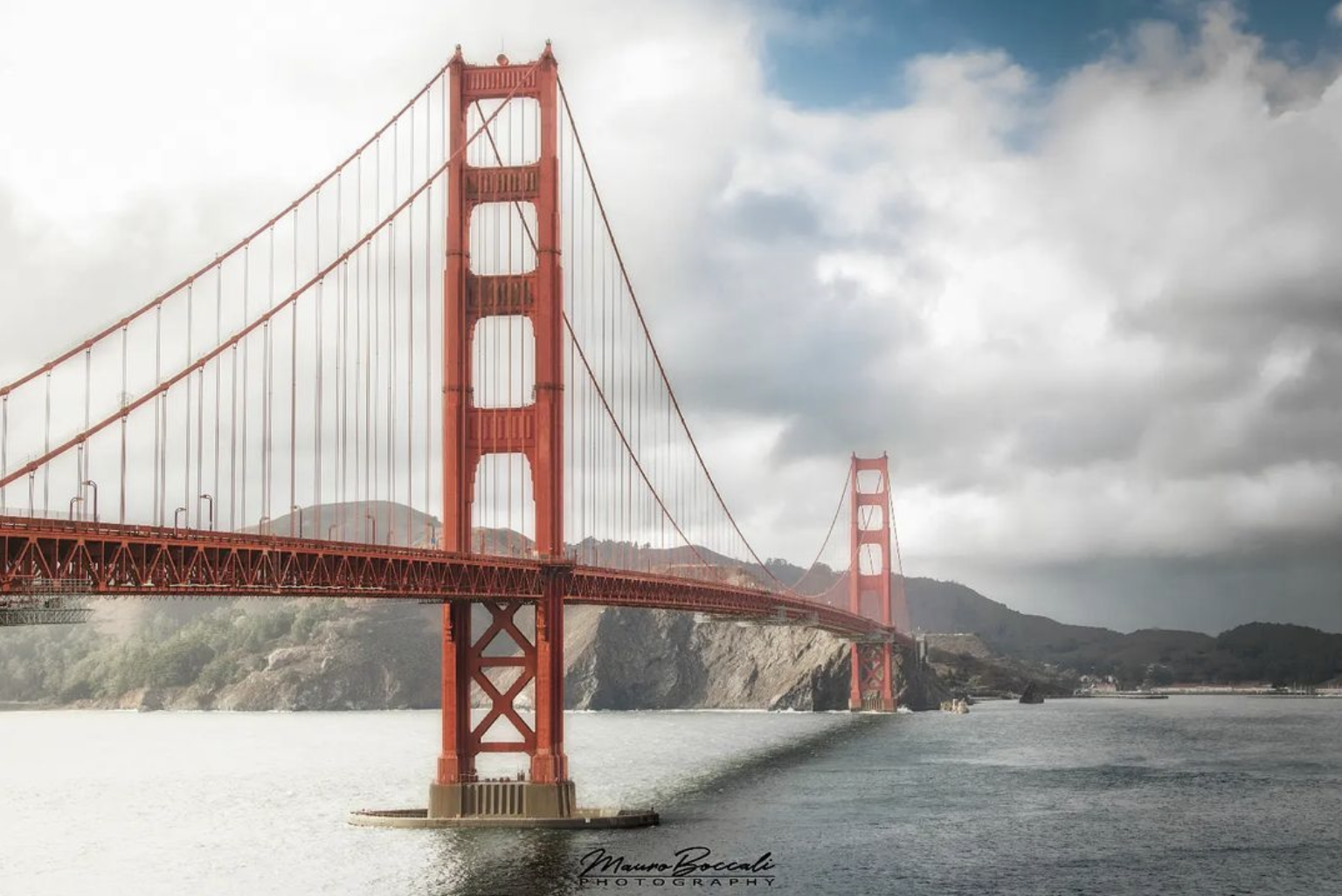
@mauro.boccali.ph 
@giadaantonini_photography 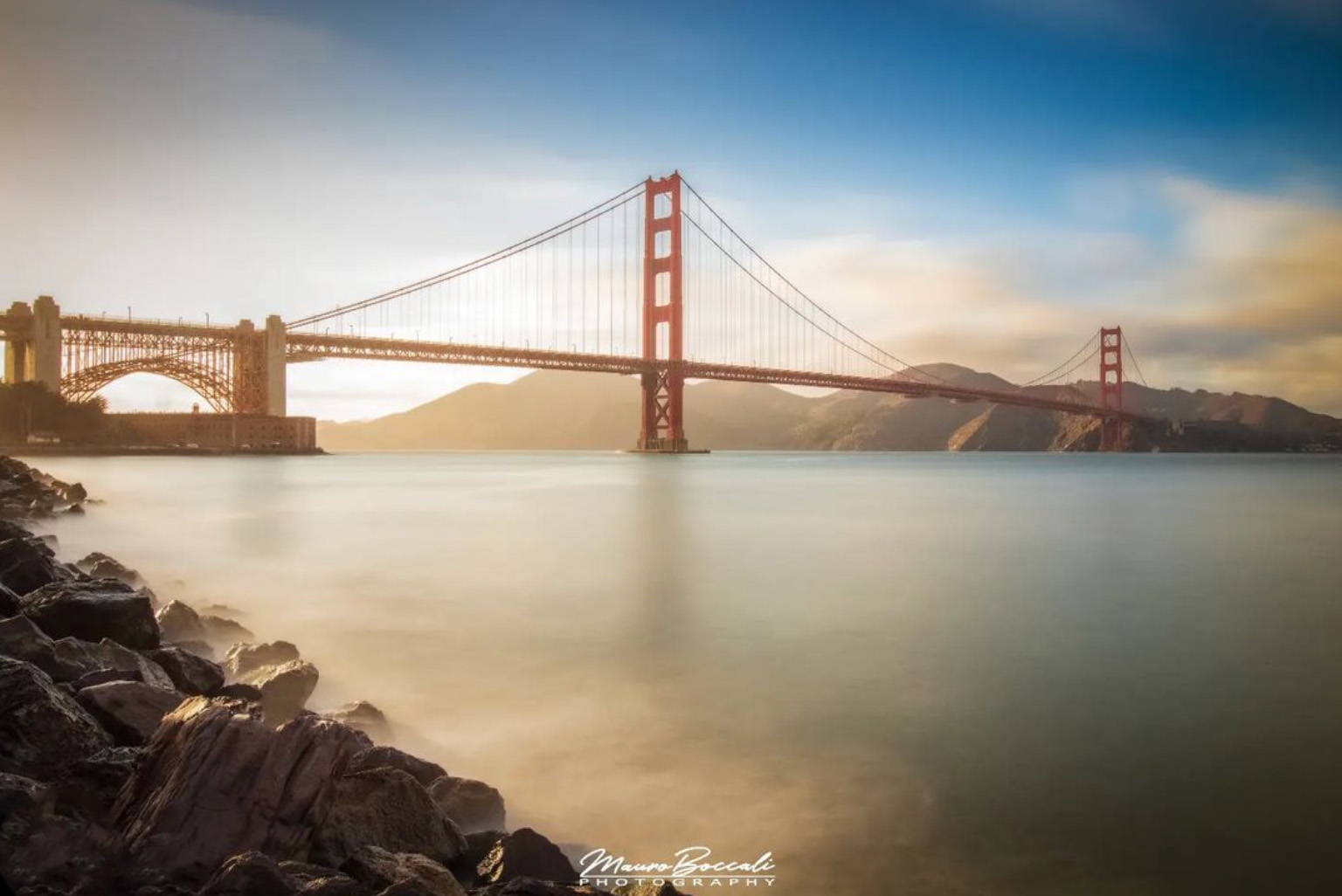
@mauro.boccali.ph 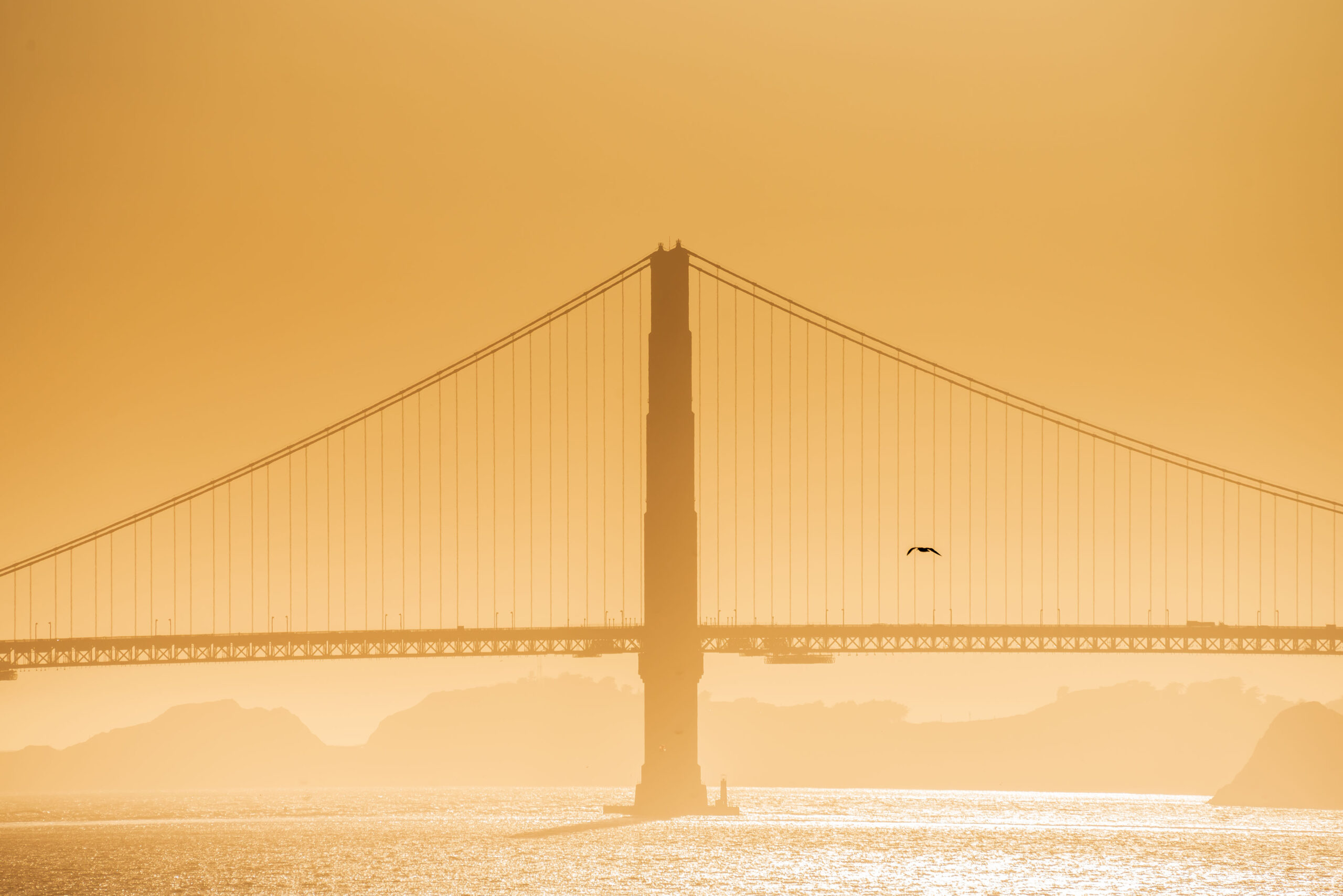
@giadaantonini_photography
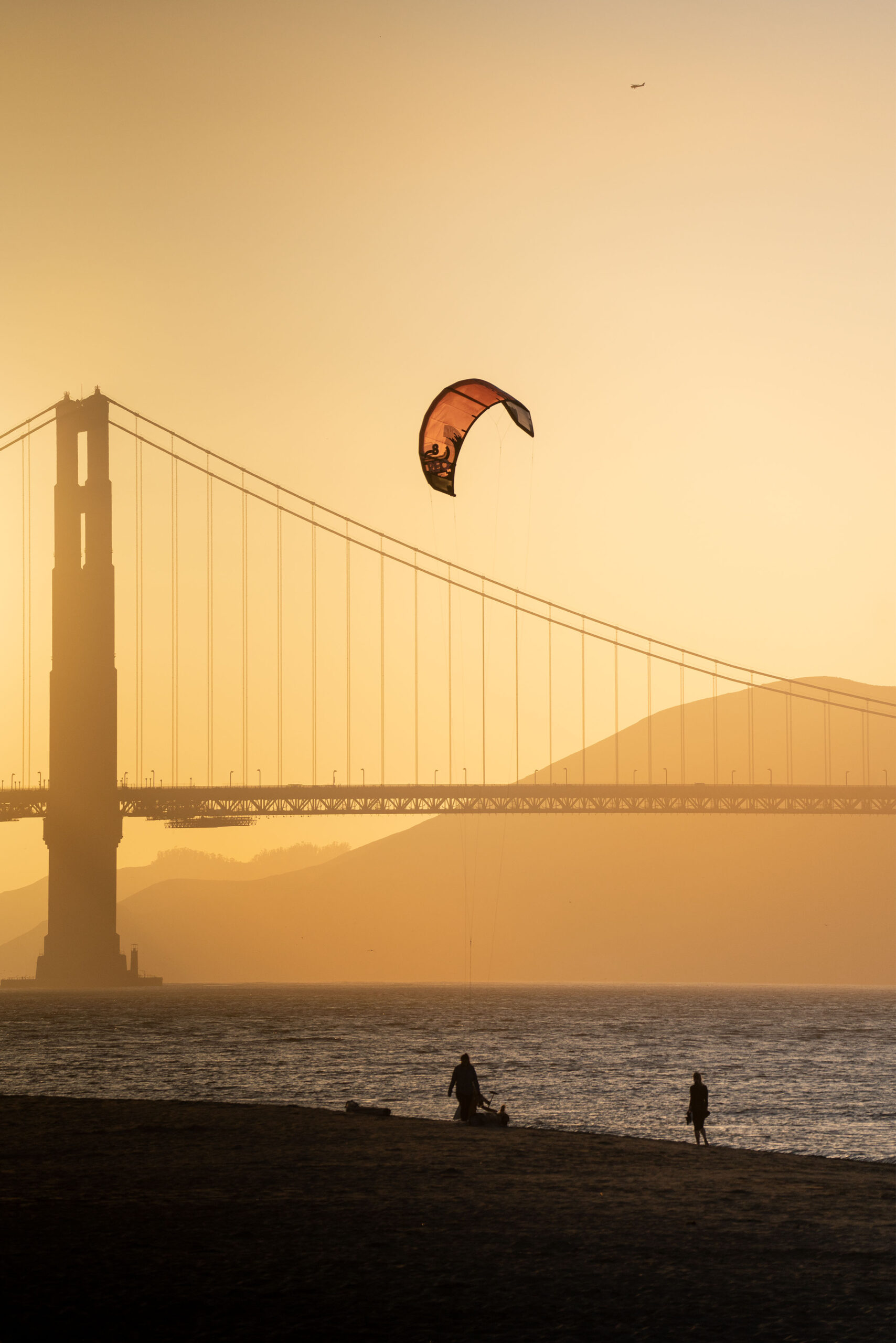
@giadaantonini_photography 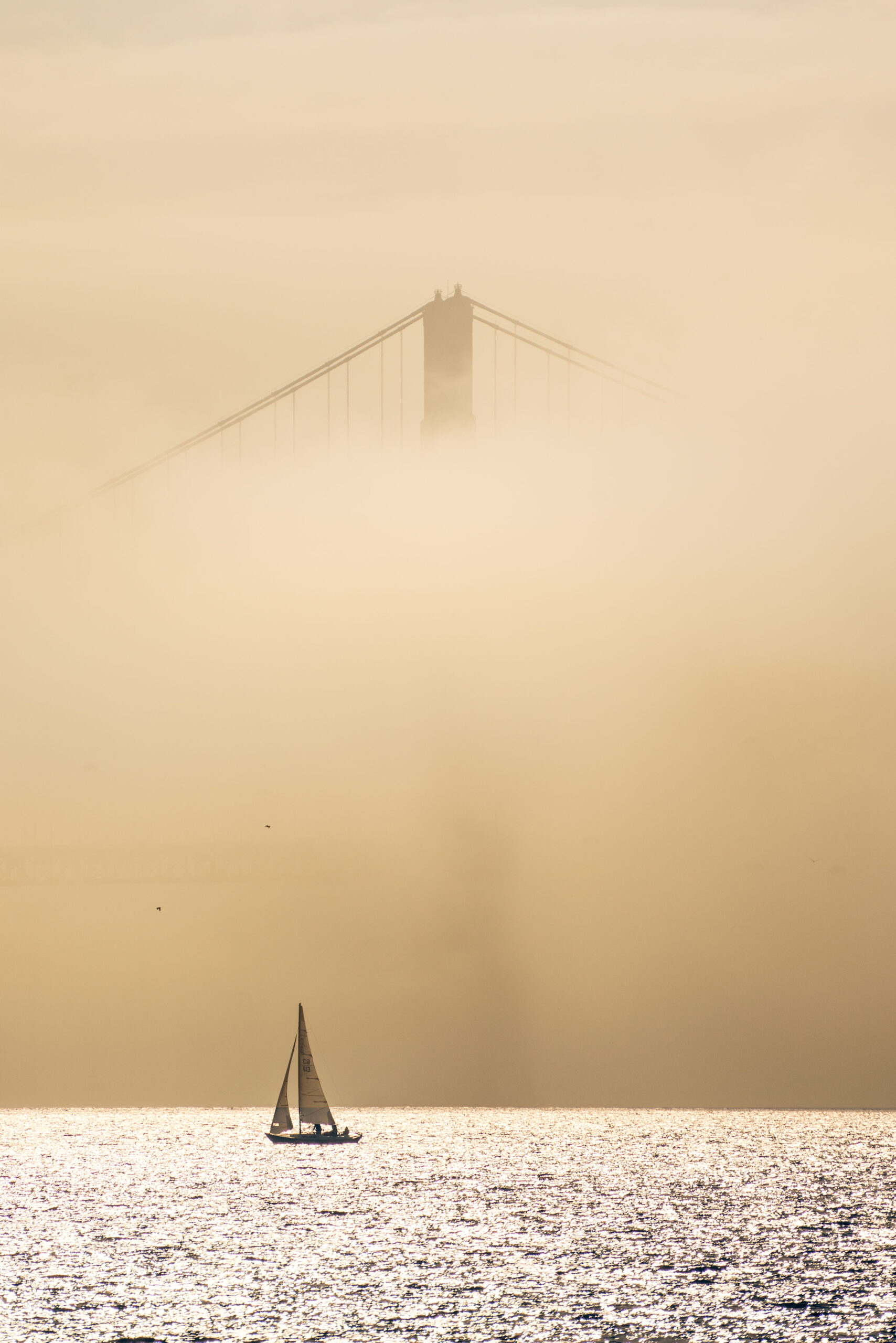
@giadaantonini_photography
Typical houses in the Presidio Park.
9. Alcatraz
In addition to the city, in a visit to San Francisco you can’t miss the tour of Alcatraz, the famous maximum security prison, built on the island of the same name. The tour includes the crossing and the guide on the spot. The visit is very impressive and deserves a few hours.
The boat ride will allow you to see up close and pass under the Golden Gate Bridge. If you book the visit in the afternoon and the weather is good, on your return you will be able to enjoy beautiful sunsets over the bay.
Photo tips: take a few photos as you approach with the boat. It will be the only moment in which to grasp the whole island and the structure of the prison in its entirety.
Also turn your attention to the breathtaking skyline of San Francisco.
Once on the island, concentrate on the most emblematic details, or take symmetrical photos inside the prison rooms with the wide angle, to render the seriality of the small cells that follow one after the other.
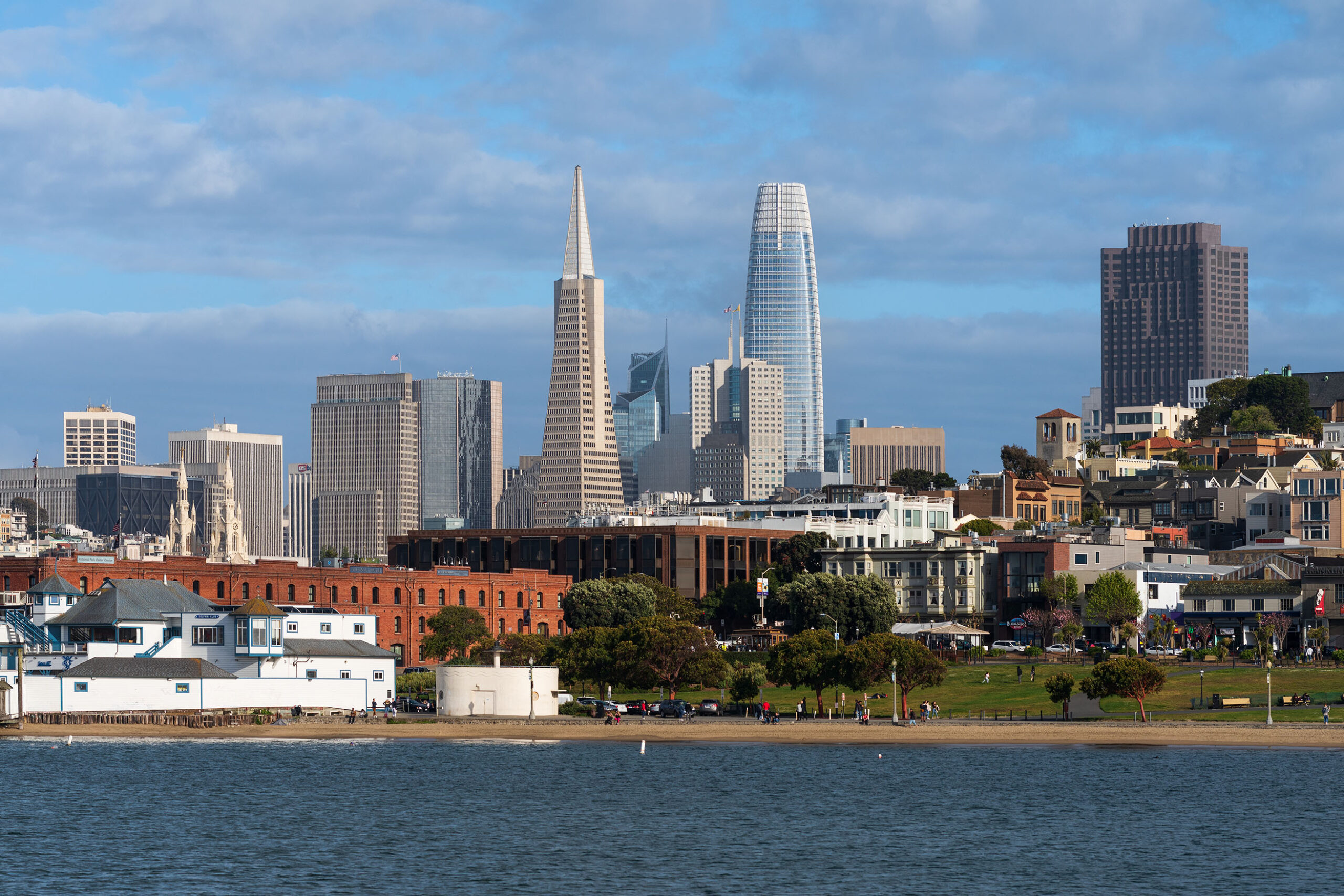
@giadaantonini_photography 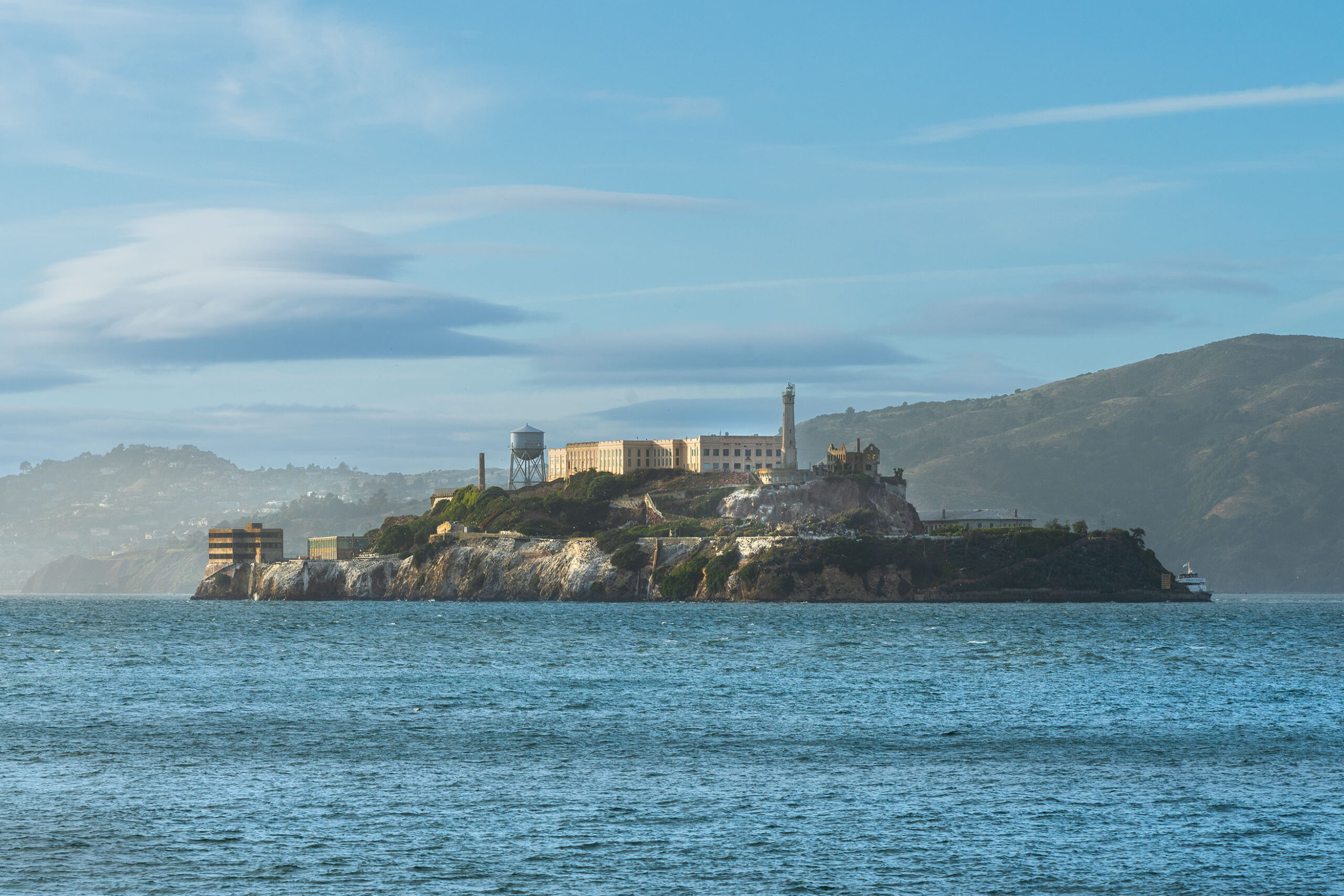
@giadaantonini_photography 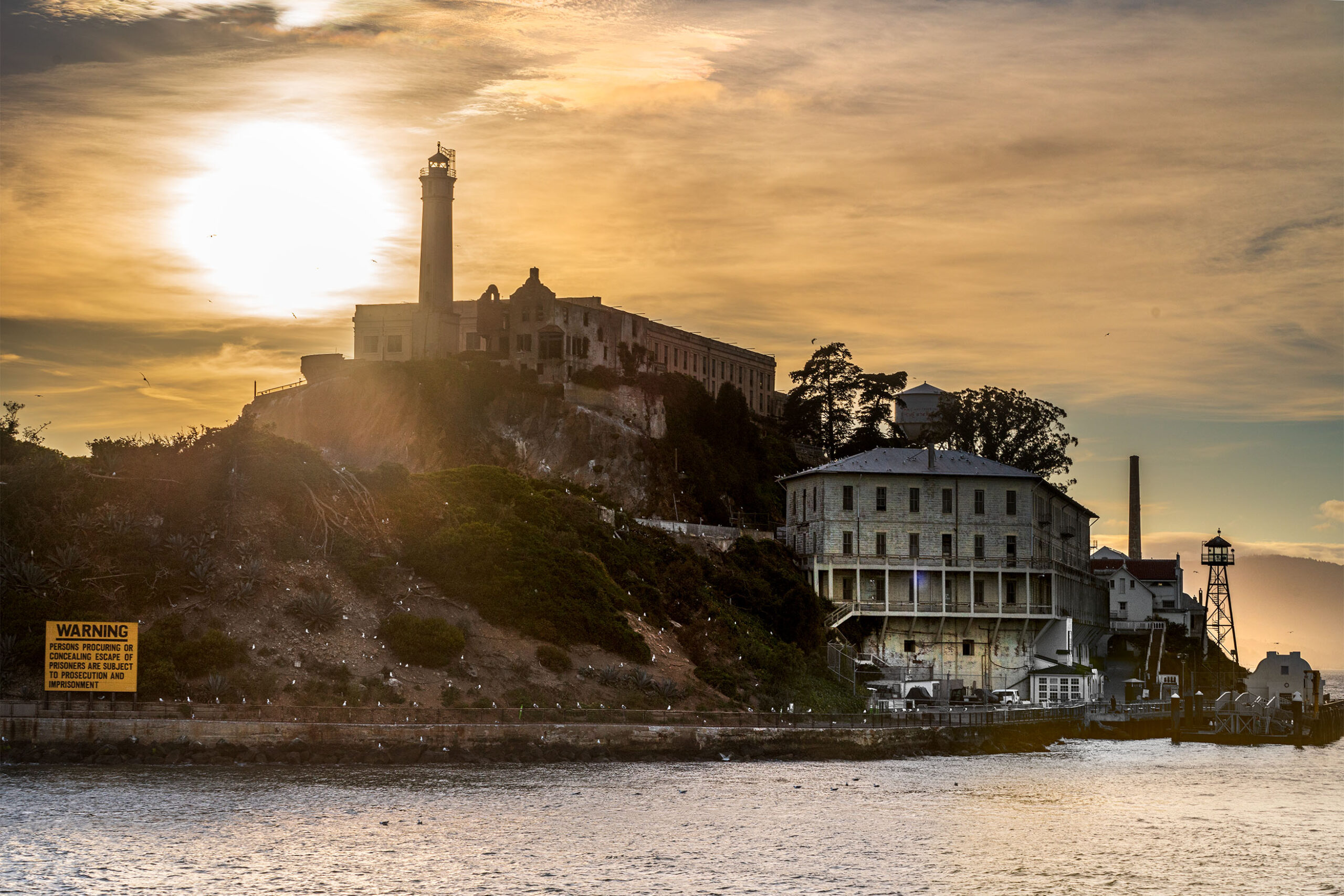
@giadaantonini_photography 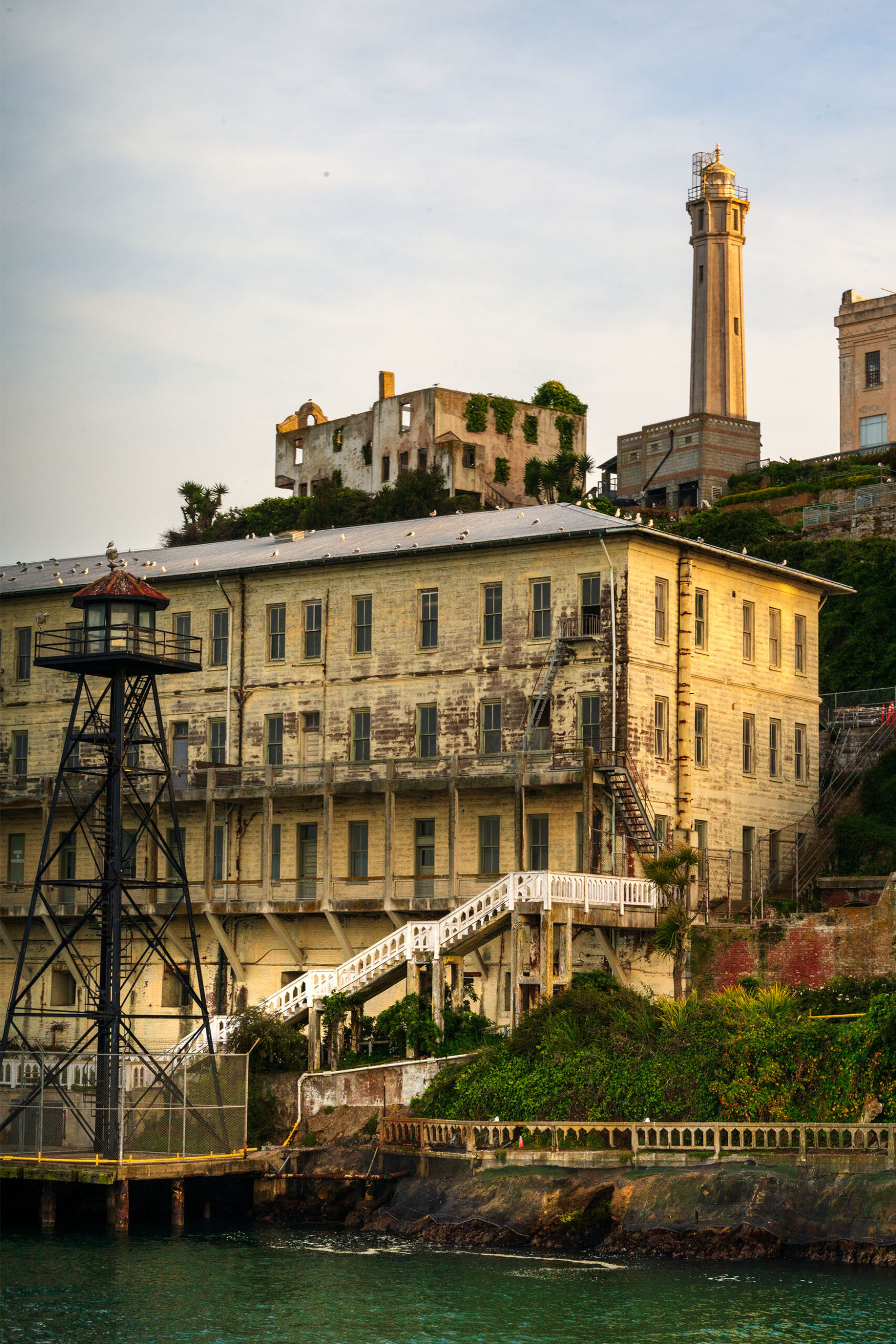
@giadaantonini_photography 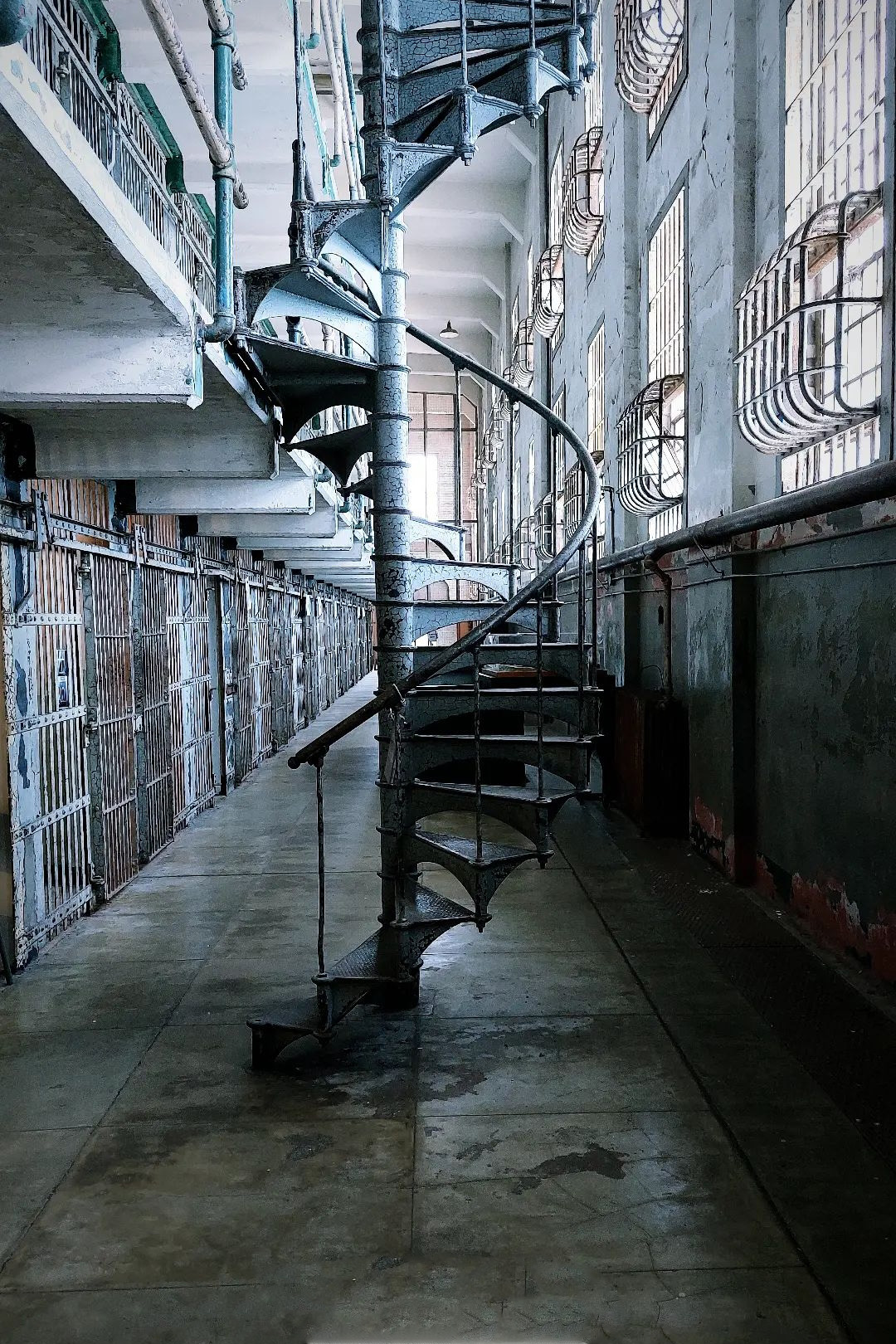
@giadaantonini_photography 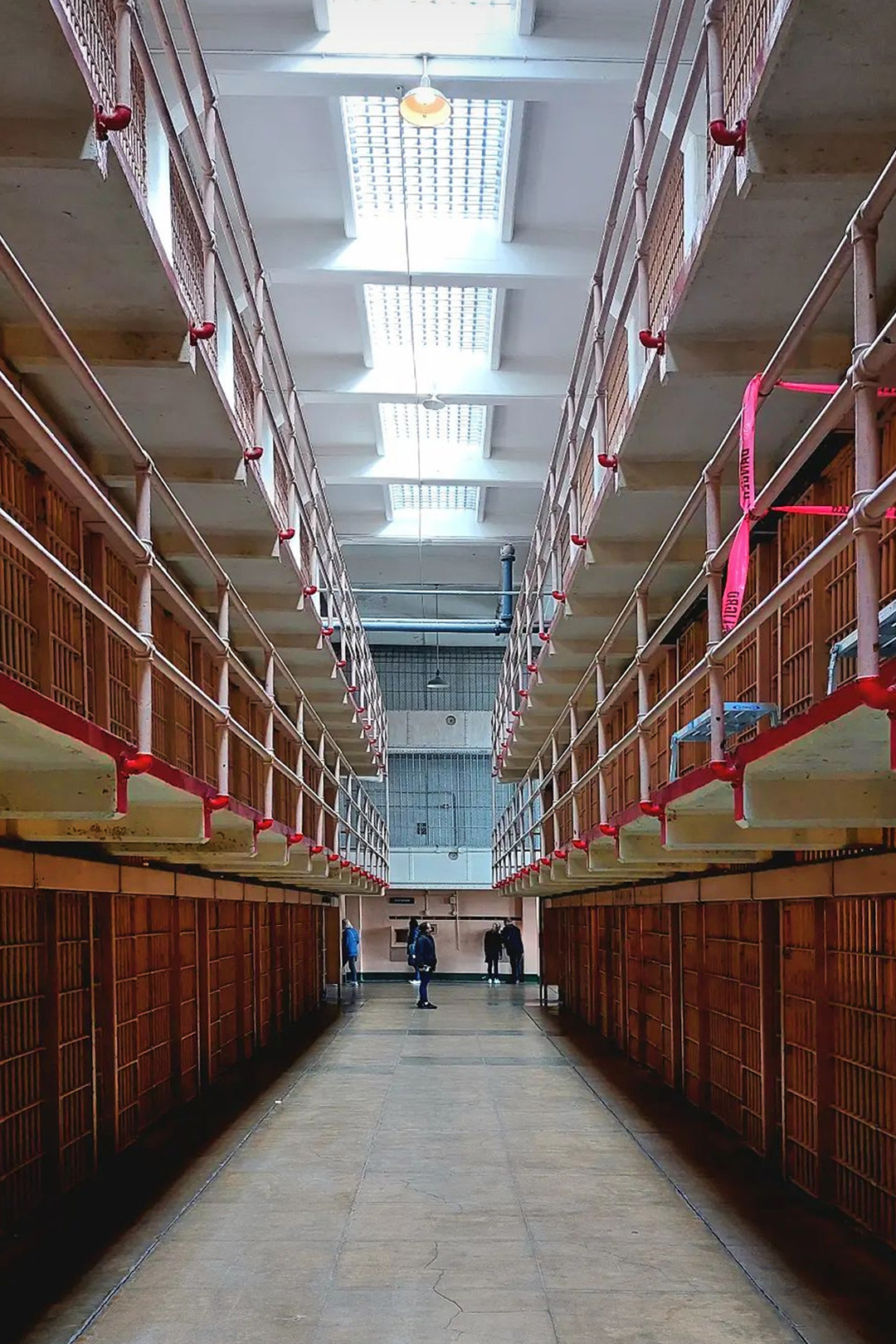
@giadaantonini_photography
10. Sausalito and the Muir Woods National Monument
In Marin county, on the other side of San Francisco bay, crossing the Golden Gate, you quickly arrive at a small and elegant town, Sausalito, from which you can admire the San Francisco skyline.
Many choose to get there by bike, crossing the bridge, and then returning by boat, but there are also many half-day guided tours which, in addition to Sausalito, allow you to visit the Muir Woods National Monument, with its wonderful giant sequoias.
Photo tips: in Sausalito, take some photos of the immense marina, where you will find hundreds of boats docked, of the main street, with its shops and characteristic buildings, and of the San Francisco skyline in the distance.
At Muir Woods National Monument, catch the light that penetrates the redwoods, the succession of majestic trunks, or turn the camera upwards, using the wide angle, to highlight the immense height of the trees.
Include some human subjects in your photos, to give an idea of the proportions between people and nature.

@giadaantonini_photography 
@giadaantonini_photography 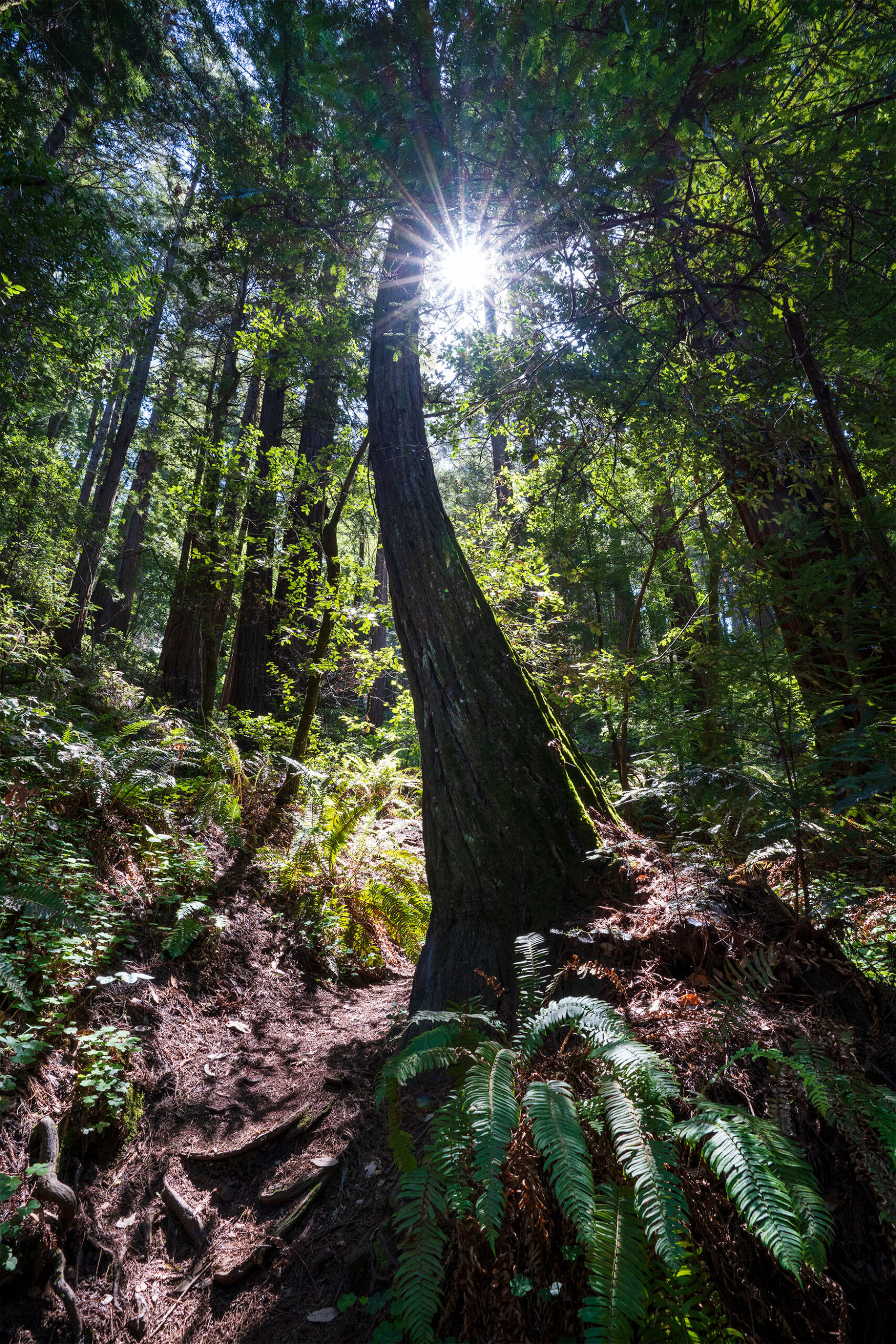
@giadaantonini_photography 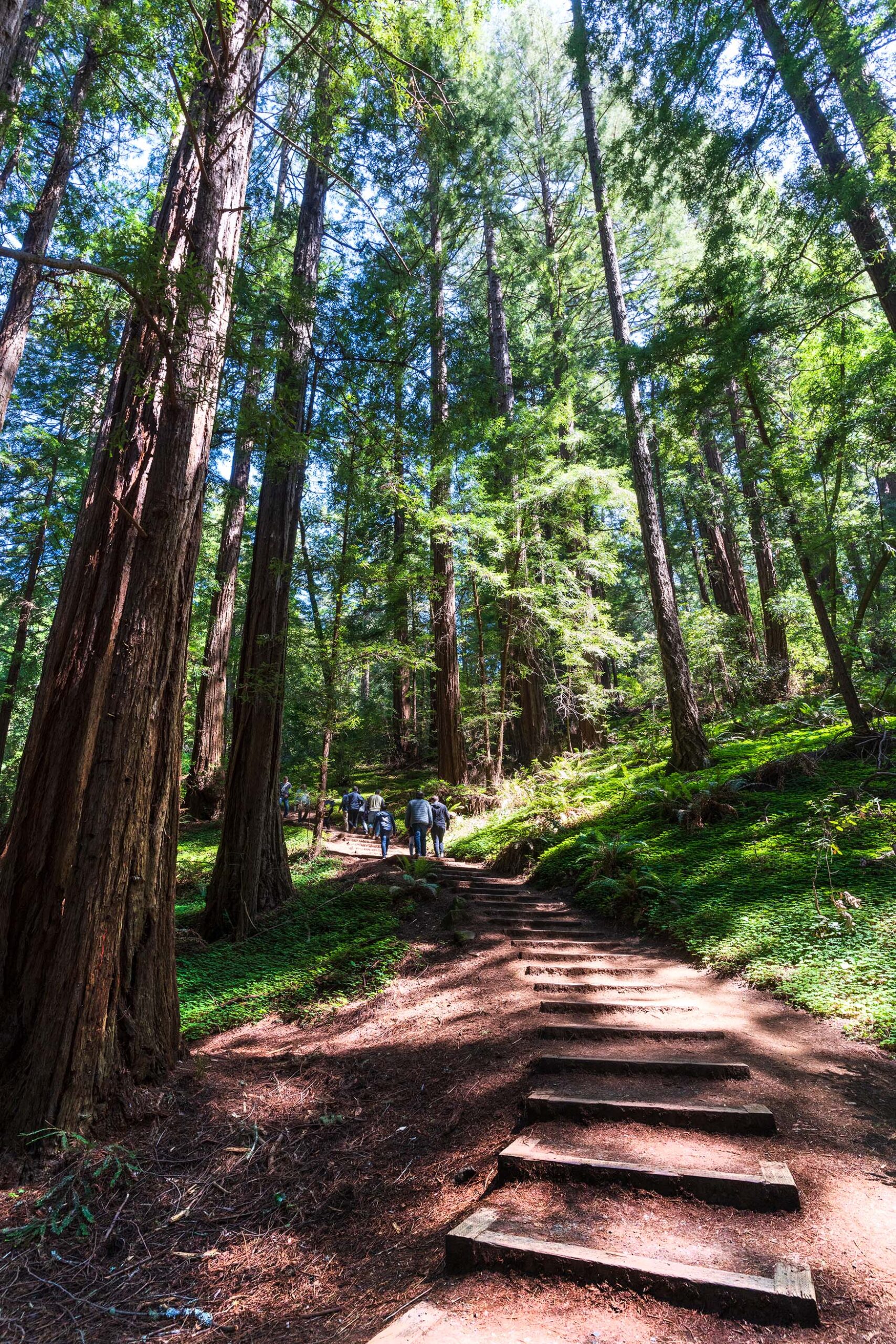
@giadaantonini_photography
What are you waiting for?
Follow our tips and get ready for your next rip to San Francisco!
If you like our article, write it in the comments and share it!
To not miss the next article and all the other travel and photography tips, subscribe to our newsletter!
Follow us on Instagram and Facebook and share your pics with the tag @imagomap or the hashtag #imagomap!

